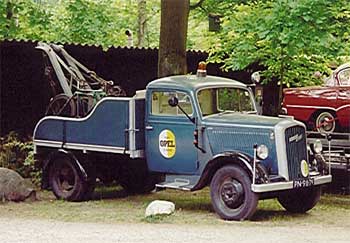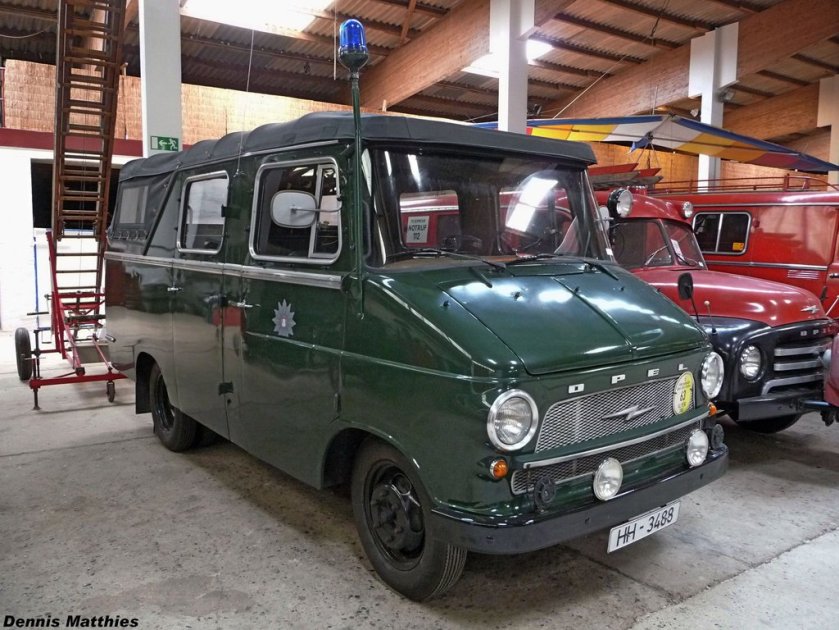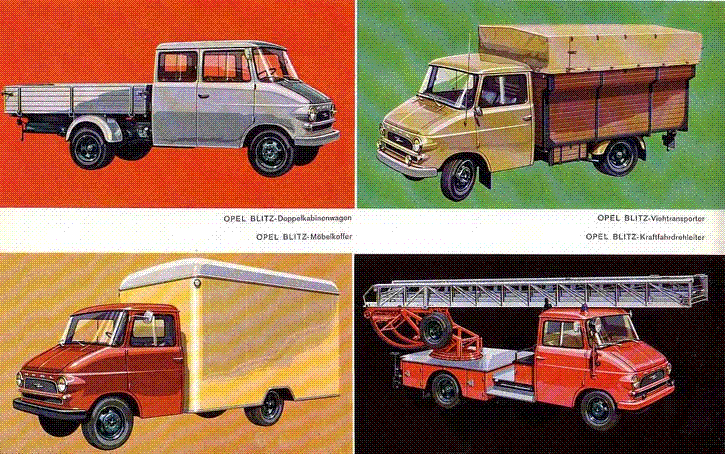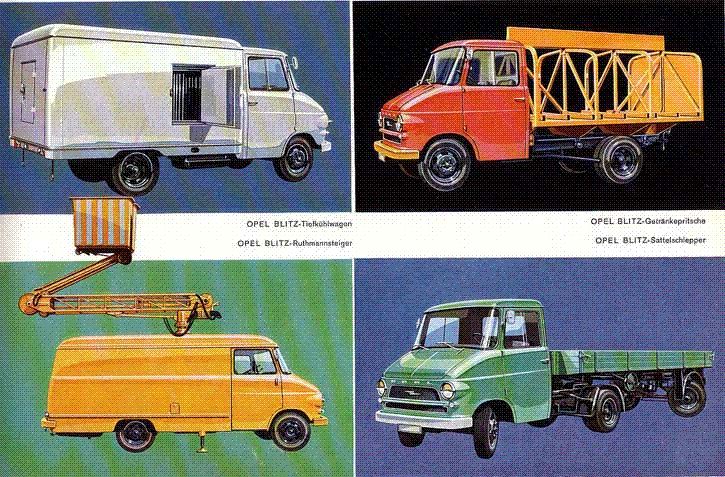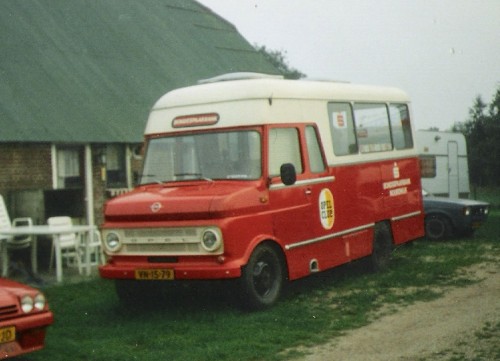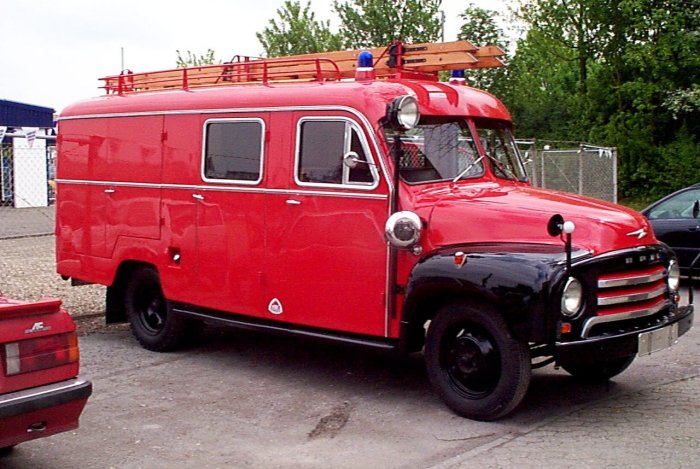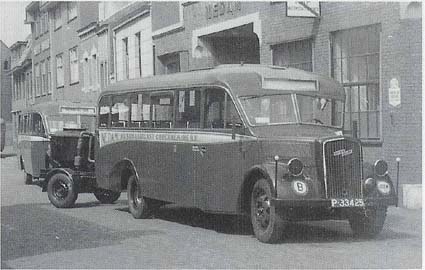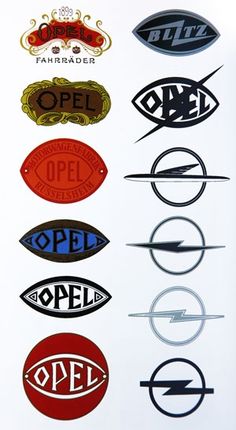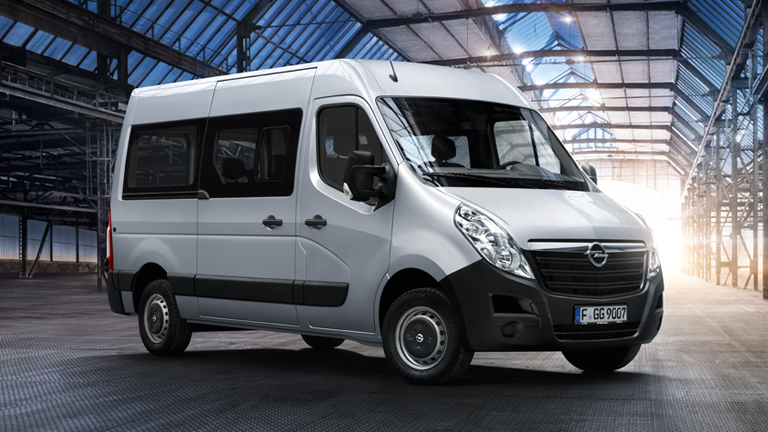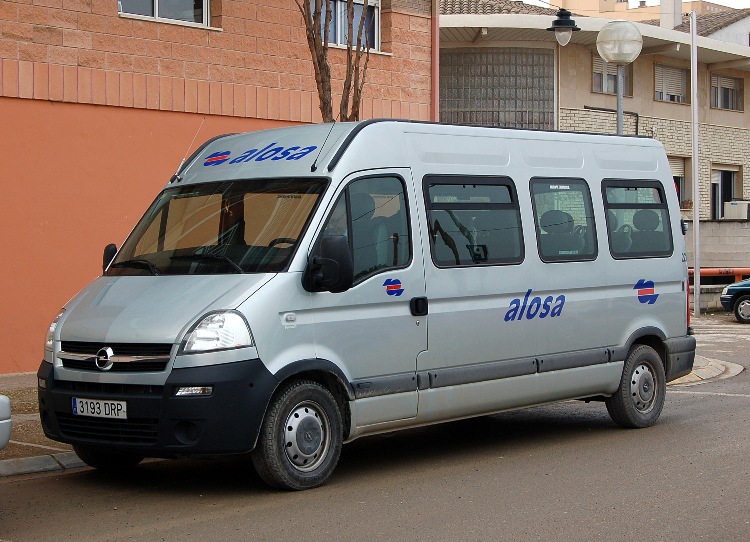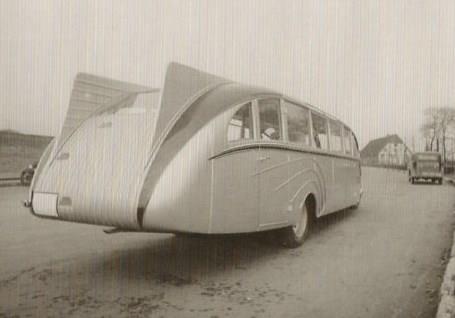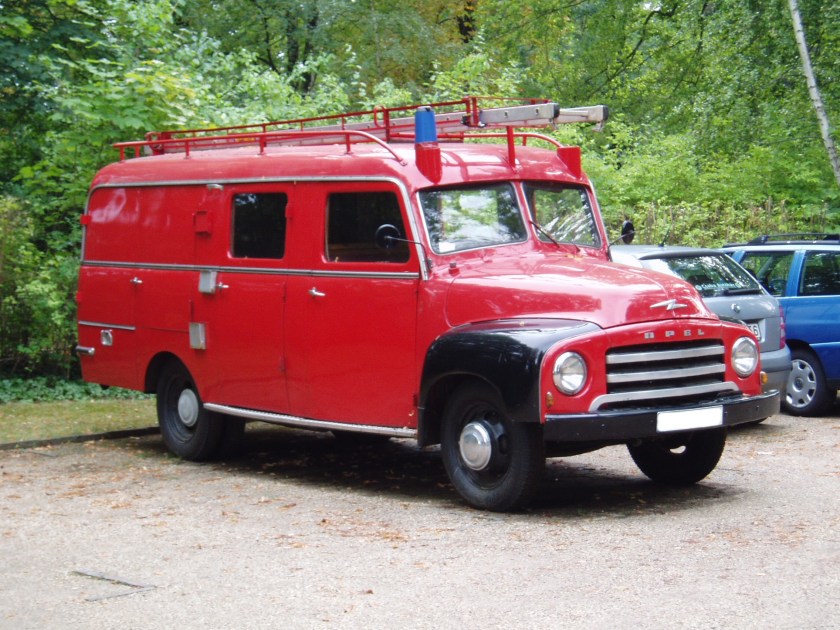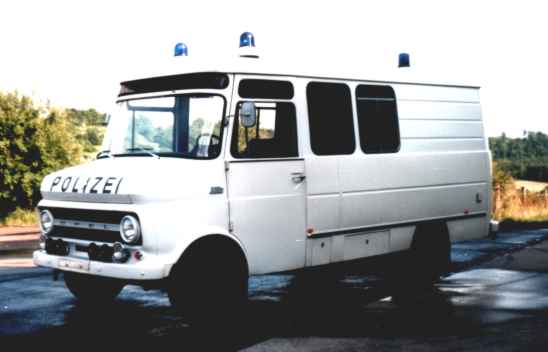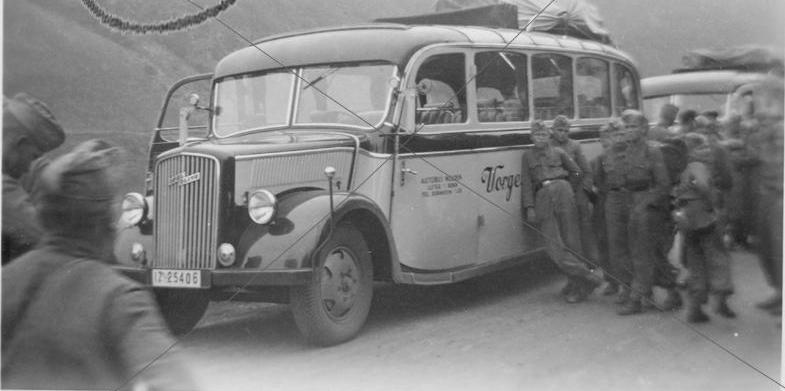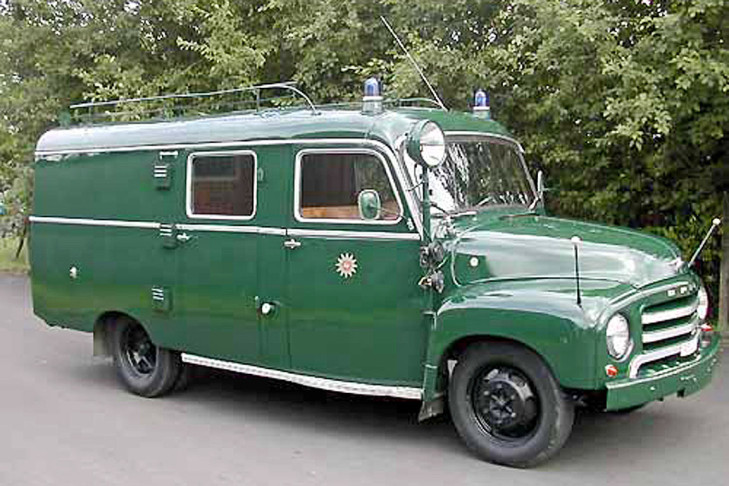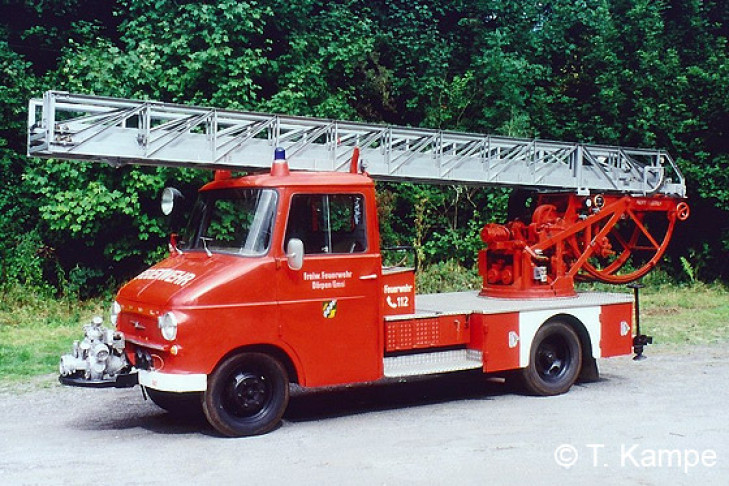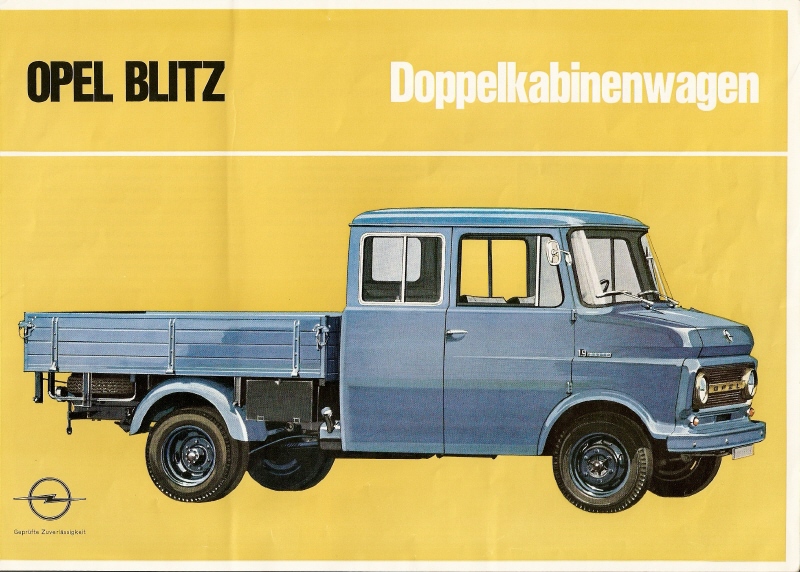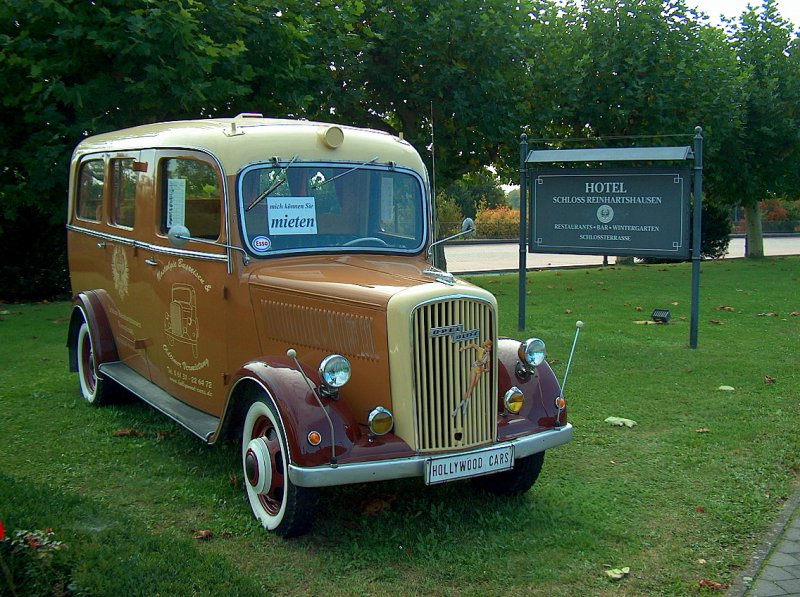Bedford Vehicles by Vauxhall
|
|
 |
|
| Industry | Automotive |
|---|---|
| Fate | Sold and renamed |
| Successor | AWD Trucks |
| Founded | 1930 |
| Defunct | 1986 |
| Headquarters | Luton, United Kingdom |
|
Area served
|
Worldwide |
| Products | Trucks, buses, car-derived vans |
| Parent | Vauxhall Motors |
Bedford Vehicles, usually shortened to just Bedford, was a brand of vehicle produced by Vauxhall Motors, which was ultimately owned by General Motors (GM). Established in 1930 and constructing commercial vehicles, Bedford Vehicles was a leading international lorry brand, with substantial export sales of light, medium, and heavy lorries throughout the world. It was GM Europe‘s most profitable venture for several years.
Bedford’s core heavy trucks business was divested by GM as AWD Ltd in 1987, whilst the Bedford brand continued to be used on light commercial vehicles and car-derived vans based on Vauxhall/Opel, Isuzu and Suzuki designs. The brand was retired in 1991; subsequent GM Europe light commercials were branded as either Vauxhall or Opel, depending on the market.
History
Until 1925, General Motors (GM) assembled trucks in Britain from parts manufactured at their Canadian works. This enabled them to import vehicles into Britain under Imperial Preference, which favoured products from the British Empire as far as import duties were concerned. Such trucks were marketed as “British Chevrolet”.
In 1925, GM took ownership of Vauxhall Motors, production was transferred from Hendon to Luton, Vauxhall’s headquarters, production commencing there in 1929.
1930s
The AC and LQ models were produced at Luton from 1929 to 1931, and styled as the “Chevrolet Bedford”, taking the name from the county town of Bedfordshire, in which Luton is located. The AC was bodied as a light van (12 cwt), and the LQ in a wide variety of roles, including a lorry, ambulance, van and bus versions. The name “Chevrolet” was dropped, and the first “Bedford” was produced in April 1931. This vehicle, a 2-ton lorry, was virtually indistinguishable from its LQ Chevrolet predecessor, apart from detail styling of the radiator, and was available as the WHG with a 10 feet 11 inches (3,330 mm) wheelbase, or as the WLG with a longer wheelbase of 13 feet 1 inch (3,990 mm). However, the Chevrolet LQ and AC continued in production alongside the new product for a further year. In August 1931, a bus chassis was added to the range, and was designated WHB and WLB.
A large part of Bedford’s original success in breaking into the UK and British Empire markets lay in the overhead-valve (OHV) six-cylinder Chevrolet engine, now known as Chevrolet Stove Bolt 6 – well ahead of its time, this smooth running inline six-cylinder engine formed the basis of Bedford and Vauxhall petrol engines almost until the marque ceased building trucks and buses.
In April 1932, a 30 cwt lorry was introduced, together with a 12 cwt light delivery van, designated as the WS and VYC models respectively. Bedford continued to develop its share of the light transport market, with the introduction of the 8 cwt ASYC and ASXC vans, a close derivative of the Vauxhall Light Six car. The AS series of vans continued in production until 1939.
Bedford introduced the 3 ton WT series in November 1933. Again, a short wheelbase WHT (9 feet 3 inches (2,820 mm)), or long wheelbase WLG (13 feet 1 inch (3,990 mm)) version was offered. A change in design of the WLG produced the WTL, with its cab, internal combustion engine and radiator moved forward to allow a 14 feet (4.3 m) bodylength. In 1935, the WTB bus version appeared, and the WS and VYC models were updated – the latter being redesignated BYC as it was fitted with the engine and synchromesh gearbox of the Big Six Vauxhall cars. The 5–6 cwt HC light van was introduced in 1938, based on the Vauxhall Ten car, and the WT and WS acquired a newly styled grill.
Mid -1939 saw a complete revamp of Bedfords; with only the HC van continuing in production. The new range consisted of the K (30–40 cwt), MS and ML (2–3 ton), OS and OL (3–4 ton), OS/40 and OL/40 (5 ton) series, and the OB bus. Also on offer was a new 10–12 cwt van, the JC, derived from the new J Model Vauxhall car. Many of the trucks sold by Bedford between June and September 1939 were requisitioned for military use on the outbreak of the Second World War; many were abandoned after the retreat from Dunkirk, rendered useless to the enemy by removing the engine oil drain plug and running the engine. Because the German armed forces in 1940 were, contrary to their popular image, desperately short of motor transport, many of these captured Bedfords were repaired and pressed into service alongside Opel Blitz (also part of GM) trucks by the German armed forces – although the Bedfords mainly filled second-line roles, including civil defence.
Production of the new range ceased, apart from a few examples made for essential civilian duties, when Bedford went onto a war footing. Production resumed in 1945.
Second World War
The war-time Bedford QL, with the driver perched above the engine in a forward control cab, foreshadowed post-war truck designs.
In 1935, Bedford began the development of a 15 cwt truck for the British War Office. This entered service as the MW in 1939, and 65,995 examples had been built by the end of the Second World War in 1945. The MW appeared in a bewildering range of roles, as a water tanker, general duties truck, personnel carrier, petrol tanker, wireless truck and anti-aircraft gun tractor – among others.
The War Office designated 15 cwt vehicles, such as the MW, as trucks, and larger vehicles as lorries.
The 1939 K-, M-, and O-series lorries were quickly redesigned for military use. This was largely a matter of styling, involving a sloping bonnet with a flat front with headlights incorporated and a crash bar to protect the radiator in a minor collision. The military versions were designated OX and OY series, and again were put to a wide range of tasks, including mobile canteens, tankers, general purpose lorries, and a version with a Tasker semi-trailer used by the Royal Air Force to transport dismantled or damaged aircraft. This variant was popularly known as the “Queen Mary“. A number of 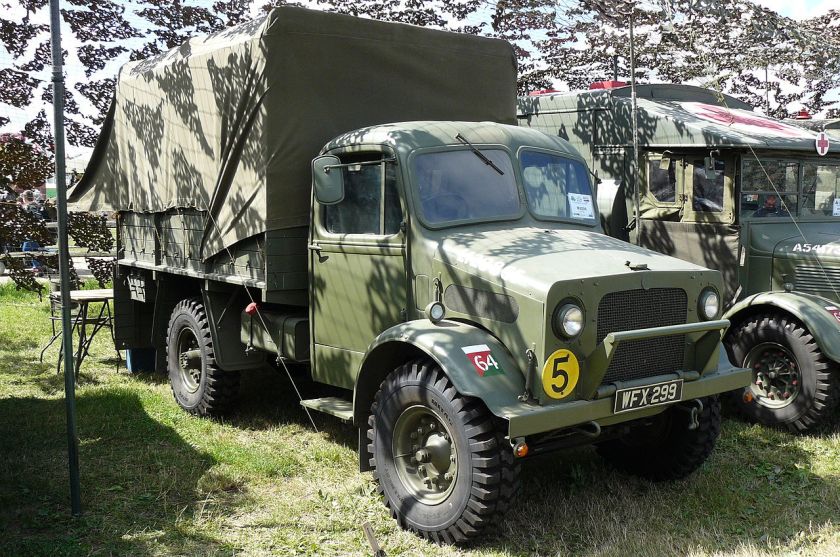 Bedford OXD 1.5 ton chassis were converted to make the Bedford OXA armoured vehicle. A total of 72,385 OY and 24,429 OX lorries were built. The Armadillo was an OY fitted for airfield defence with Lewis guns and an ex-aircraft COW 37 mm gun.
Bedford OXD 1.5 ton chassis were converted to make the Bedford OXA armoured vehicle. A total of 72,385 OY and 24,429 OX lorries were built. The Armadillo was an OY fitted for airfield defence with Lewis guns and an ex-aircraft COW 37 mm gun.
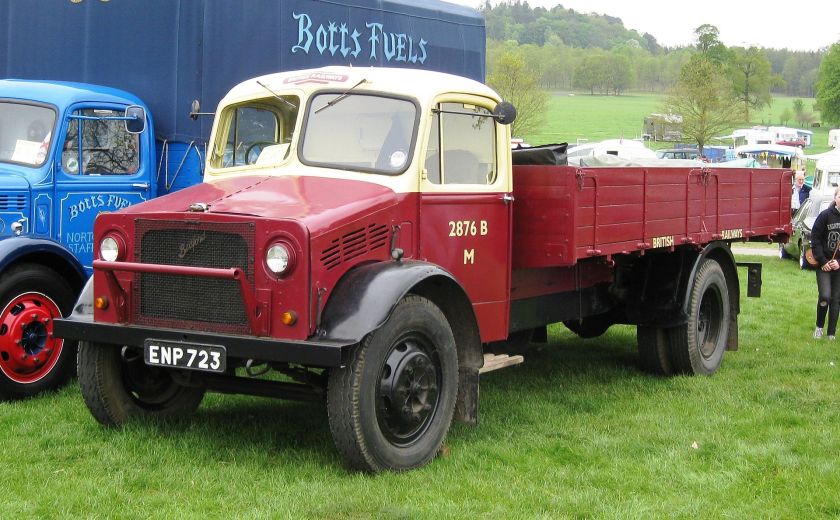 1945 Bedford OY series truck (probably OYD) 3519cc
1945 Bedford OY series truck (probably OYD) 3519cc
Bedford supplied numerous trucks and tanks to the Soviet Union during the Second World War.
A radical departure from Bedford’s design norms came in October 1939, with the development of a four-wheel drive, forward control lorry, which entered service in March 1941 as the QL, quickly nicknamed the “Queen Lizzie”. As with the MW and OY / OX models, the QL went on to serve in a large number of roles, such as artillery tractor, gun porter, command vehicle, wireless lorry and petrol tanker, as well as the troop-carrying QLD, the most common variant. An experimental version used the track unit of a bren gun carrier, or Universal Carrier, as an answer to the German half-track vehicles, which had superior cross-country capability. Production ran at around 12,000 units per year between 1942 and 1944. Many QLs and other Bedford Second World War military vehicles served with the British Army, and other forces into the 1960s, and many others were purchased for civilian use after the war.
After the evacuation of Dunkirk in June 1940, the British Army had around 100 tanks, most of which were obsolete and inferior to the German tanks of the day. Vauxhall Motors was given one year to design and produce a suitable heavy tank. In May 1941, the Churchill tank went into production at Luton, some 5,640 units and 2,000 spare engines being produced at Luton, and other sites under contract to Vauxhall. The resultant need to continue truck production brought about the development of the new Bedford Dunstable plant, which came online in 1942.
For wartime production the OB was temporarily replaced by the “utility” OWB, with which Bedford became the only British manufacturer authorised to build single-deck buses during hostilities.
Apart from vehicle manufacture during the Second World War, Vauxhall Motors produced steel helmets, rocket bodies, and top-secret components for Frank Whittle‘s jet engine.
1950s
The HC 5–6 cwt van continued briefly after the war, and the JC 10–12 cwt was fitted with the column gear change; and engine from the Vauxhall L Model Wyvern in late 1948; and became the PC. 1952 saw the launch of the Bedford CA light commercial, a range of vans and pick-ups similar in concept and size to (although pre-dating)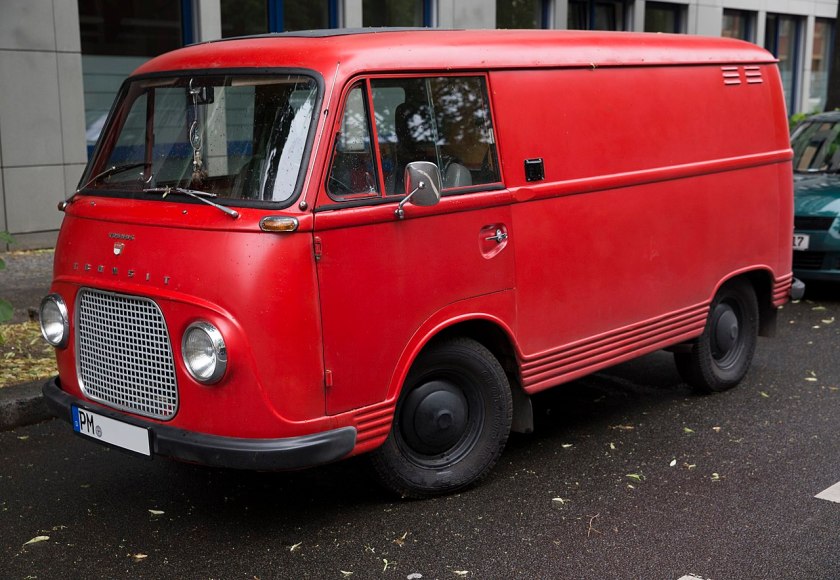 the Ford Transit of 1965. These were semi-forward control, having a short bonnet with the rear of the engine protruding into the cab. Engines were the Vauxhall-based 1,508 cubic centimetres (92.0 cu in) OHV in-line four petrol engine, with the option of a Perkins 4/99 or 4/108 diesel engine later on. Performance was adequate for the time, a maximum speed of 60 miles per hour (97 km/h) being attainable with the petrol engine, and offering fuel economy of 25 miles per imperial gallon (11 L/100 km; 21 mpg‑US). The van initially featured a three-speed column gearchange, changing later on to a four-speed column change.
the Ford Transit of 1965. These were semi-forward control, having a short bonnet with the rear of the engine protruding into the cab. Engines were the Vauxhall-based 1,508 cubic centimetres (92.0 cu in) OHV in-line four petrol engine, with the option of a Perkins 4/99 or 4/108 diesel engine later on. Performance was adequate for the time, a maximum speed of 60 miles per hour (97 km/h) being attainable with the petrol engine, and offering fuel economy of 25 miles per imperial gallon (11 L/100 km; 21 mpg‑US). The van initially featured a three-speed column gearchange, changing later on to a four-speed column change.
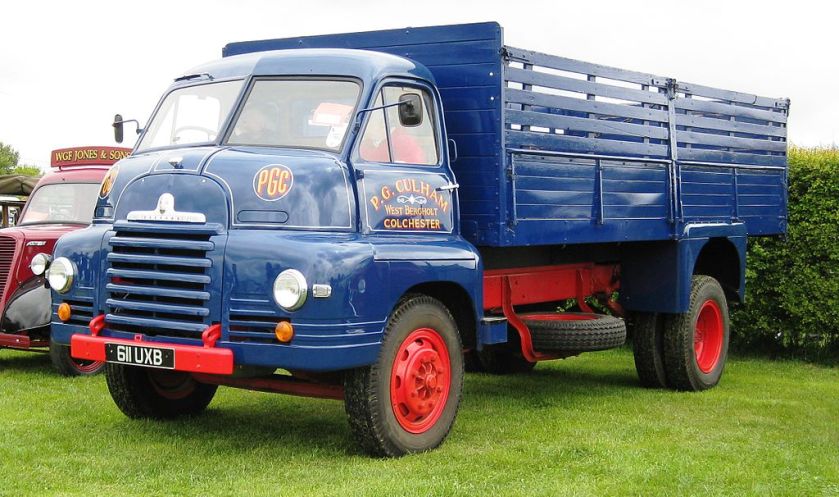
1954 Bedford S Type 3600cc Battlesbridge
The CA was a huge seller both at home and in various overseas markets. The standard panel van was available in short- and long-wheelbase forms, and was also sold as chassis cab / chassis cowl, and became a popular basis for ice-cream vans, ambulances and camper vans. Known affectionately as “the Tilley”,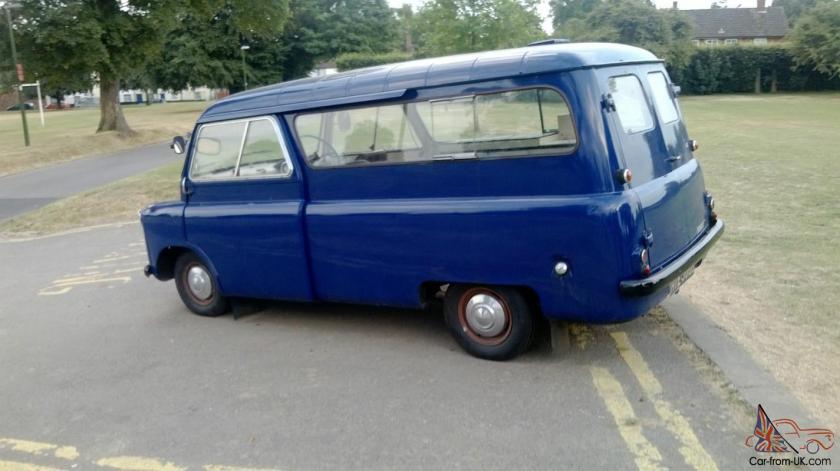 the CA enjoyed a very long production span, with only minor tweaks throughout its life, including the replacement of the two piece windscreen of earlier models with a single sheet. Production ended in 1969.
the CA enjoyed a very long production span, with only minor tweaks throughout its life, including the replacement of the two piece windscreen of earlier models with a single sheet. Production ended in 1969.
The CA was replaced by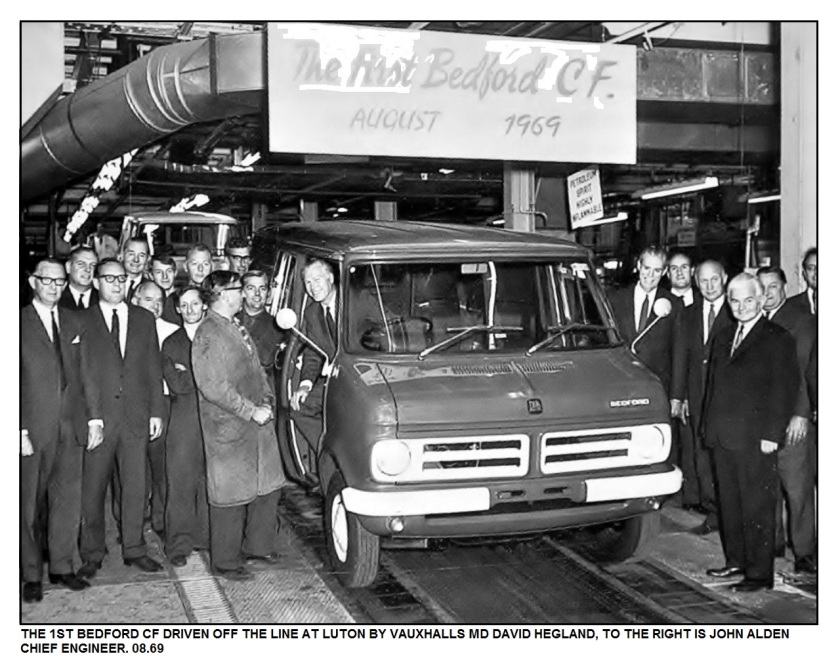
the CF, a completely unrelated vehicle using new overhead camshaft (OHC) engines, which was to have a much harder time proving itself thanks to the Ford Transit.
Perhaps the major event of the 1950s, was the transfer of all non-car based commercial vehicle manufacture to the former Vauxhall shadow factory at Boscombe Road, Dunstable. Bedford Dunstable plant, dating originally from 1942, was extensively rebuilt and extended between 1955 and 1957, when all production lines were said to be over a mile long. Subsequently, all commercial vehicle manufacture would be concentrated there, with only vans and car-based commercials remaining at the Luton plant. Production of the Bedford commercial vehicle range remained there until production ceased in the 1980s.
The 1950s also saw the launch of the popular S type trucks, the so-called Big Bedfords, which brought Bedford into the 7-ton range. The S series was immortalised in RL form – a four-wheel drive, high ground clearance version, as the “Green Goddess” emergency fire tender, used by the Auxiliary Fire Service until 1968, then until 2004 over 1,000 were held in reserve by the Home Office for use in the event of fire-service industrial action or other serious emergencies. They were disposed of by the Home Office in 2005. Several have found new homes in African countries that lack a developed fire-fighting service, such as Kenya. The C series of 1957 was a forward-control derivative of the S series, and outwardly very similar to it.
These vehicles were available in rigid and tractor units, with either petrol or diesel engines. The UK military were a huge customer for Bedford RLs using a 4.9-litre straight six petrol engine. Many RLs found their way into the armed forces of Commonwealth countries and later into civilian use.
Alongside the S series trucks, the SB bus was released in 1950, and immediately became a big seller in India, Pakistan, Australia, New Zealand and Africa, as well as in the UK. The SB chassis was also used as a basis for specialised vehicles, such as mobile libraries, fire engines, and civil defence control units. The largest fleet of SB buses in the world belonged to New Zealand Railways Road Services, with 1280 SB buses built between 1954 and 1981.
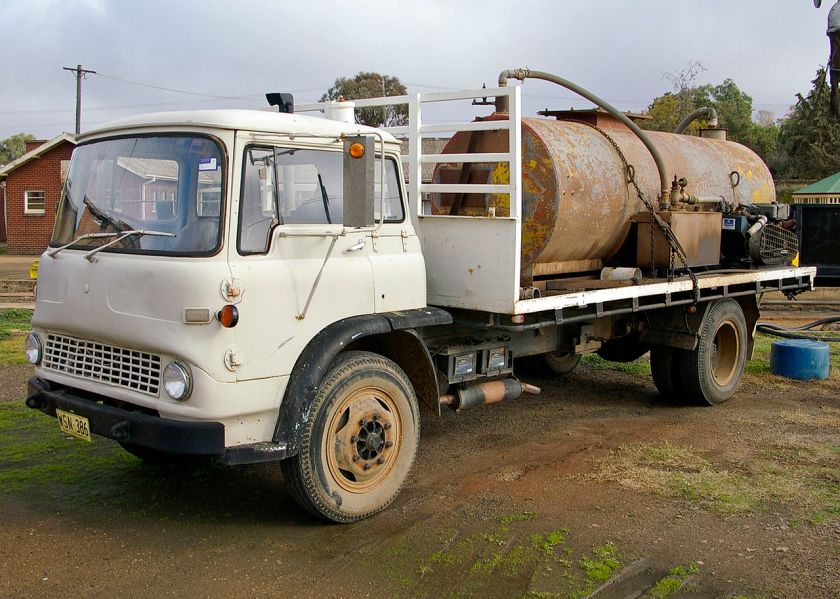 The Bedford TK range replaced the S type in 1959, but the RL continued in production until 1969, when it was replaced by the M type, which used the basic cab of the TK and the mechanicals of the RL with minimal changes.
The Bedford TK range replaced the S type in 1959, but the RL continued in production until 1969, when it was replaced by the M type, which used the basic cab of the TK and the mechanicals of the RL with minimal changes.
The pre-war K, M and O types continued in production alongside the heavier S types until 1953. Vauxhall had already gone for a transatlantic styling with its E Model Wyvern and Velox saloons, and Bedford followed suit with its mid-range of trucks in 1953. Designated as the TA series, the new range were mechanically very similar to their predecessors, but featured a new Chevrolet-inspired cab. The ‘T’ designation meant “truck”, so the range is generally referred to as the A series. Numbers 2, 3, 4 and 5; as in A2, etc., identified the weight rating. A factory-fitted Perkins diesel engine was an option. The TA (A) series was updated in 1957, and became the TJ, or J series.
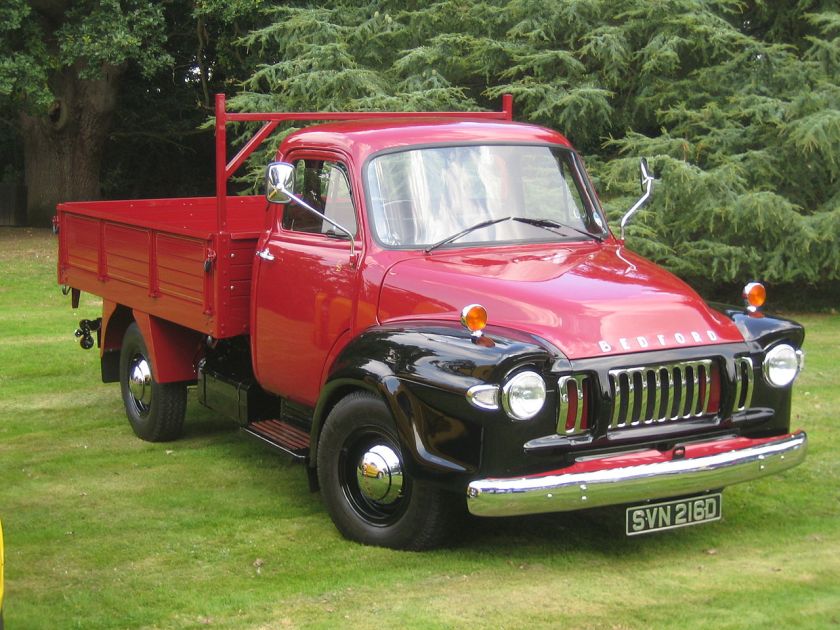 1966 Bedford TJ tipper truck
1966 Bedford TJ tipper truck
The Bedford TJ normal control light truck was introduced in 1958, available with either petrol or diesel engines. Although never a big seller in the home market (with the exception of Post Office Telephones), it was a big export earner in developing countries, due to its basic layout and specification, and remained in production (for export markets only) until production of Bedford vehicles ceased.
1960s and 1970s
The Bedford TK range was produced in large numbers since 1959, and served as the basis for a variety of derivatives including fire engines, military vehicles, horse-boxes, tippers, flat-bed trucks, and other specialist utility vehicles. A Post Office Telephones version used for installing telegraph poles was known as the Pole Erection Unit. The British Armed Forces still use four-wheel drive Bedford MKs – a variant of the TK.
Available with four and six-cylinder petrol and diesel engines, the TK was the quintessential light truck in the UK through most of the 1960s and 1970s, competing with the similar Ford D series. It was available in rigid form, and also as a light tractor unit, normally using the Scammel coupling form of trailer attachment.
The Bedford KM was a similar vehicle, using the same cab, but with a slightly restyled front end, and was marketed for heavier-duty applications than the TK, i.e. 16 tons and over. Many developing countries still use ageing Bedfords every day, their robust nature and simple engineering endearing them as highly useful vehicles in demanding terrain.
From 1961 to 1968, General Motors Argentina manufactured Bedford trucks and buses (based on a truck) in a plant at San Martin.
In 1967, a Bedford SB3 chassis with Plaxton‘s Panorama cab was used in the construction of seven custom mobile cinema units that toured British factories for the Ministry of Technology to “raise standards”. The body was custom fabricated from extruded aluminium by Coventry Steel Caravans. One of these restored units is used as a vintage mobile cinema. The vehicle dubbed ‘The Reel History Bus’ was used in the Melvyn Bragg BBC TV series, Reel History of Britain showing little known or totally unseen archive film of historical events, to the surviving participants and their families on board. They showed their reaction and interviewed audience members about their often newly jogged memories of events. The Vintage Mobile Cinema has appeared on The One Show and George Clarke’s Small Spaces, and continues to appear around the UK.
The smaller Bedford CF was less successful, competing directly with the market-dominating Ford Transit, although used by many of Britain’s major utility companies, including British Telecom and British Gas plc. However, the CF was much less popular with fleet operators than the Transit, which was more popular with its drivers and seen as cheaper to operate and maintain. Part of the reason for the CF’s relative unpopularity was the use of the slant 4 SOHC petrol engine from the FD and FE Vauxhall Victor – which was notoriously rough running, had high fuel consumption, and was susceptible to cam belt breakage. However, the CF became very popular as a base of special-bodied ice cream vans and mobile shops. The later CF2 used the more reliable Opel Ascona engine.
In Australia, the GM subsidiary of Holden began assembling the CF series with in-line six-cylinder engines borrowed from their passenger car range, in competition against Ford Australia’s version of the Transit van which had been re-engineered to accommodate in-line six-cylinder engines from the antipodean Ford Falcon.
Bedford’s smallest products, car-derived vans,
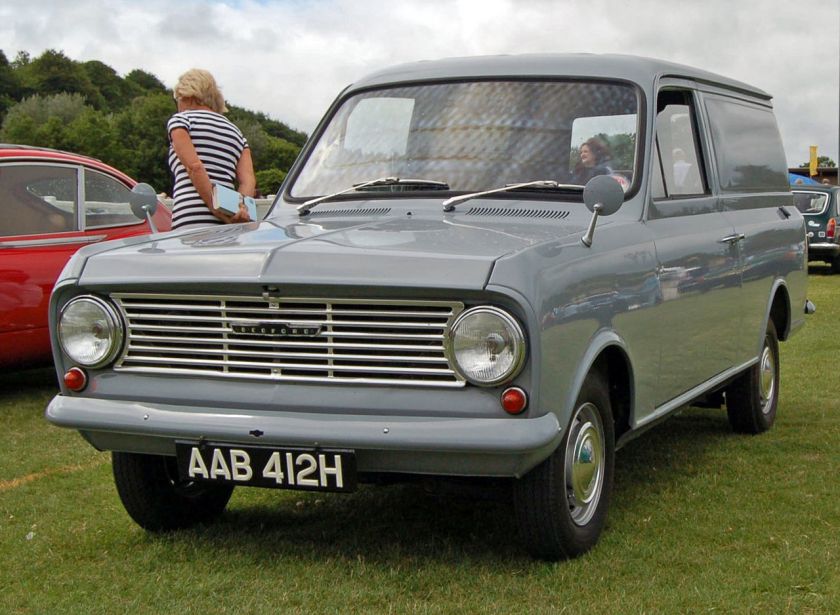 1968 Bedford HA Van, with the 1159cc engine were the Bedford HA van, which substantially outlived
1968 Bedford HA Van, with the 1159cc engine were the Bedford HA van, which substantially outlived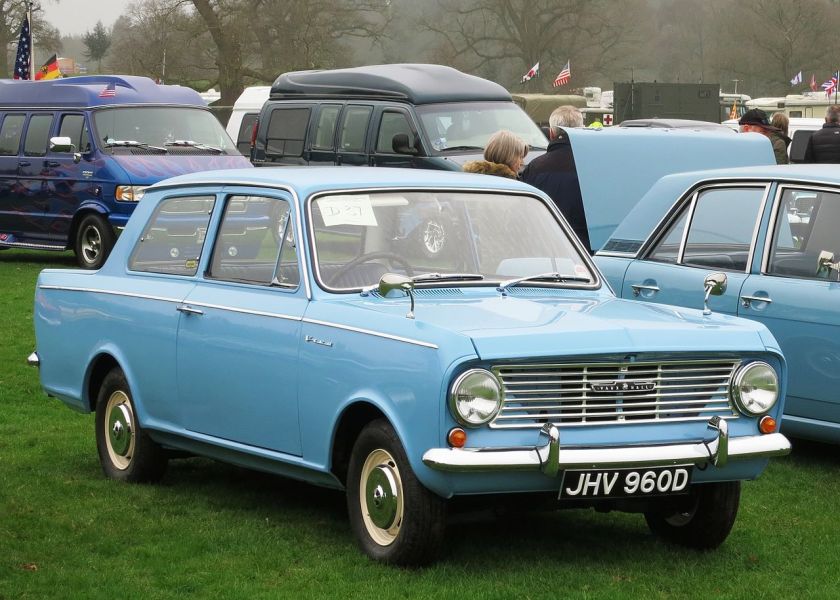 1966 Vauxhall Viva HA 1057cc the Vauxhall Viva HA on which it was based, and
1966 Vauxhall Viva HA 1057cc the Vauxhall Viva HA on which it was based, and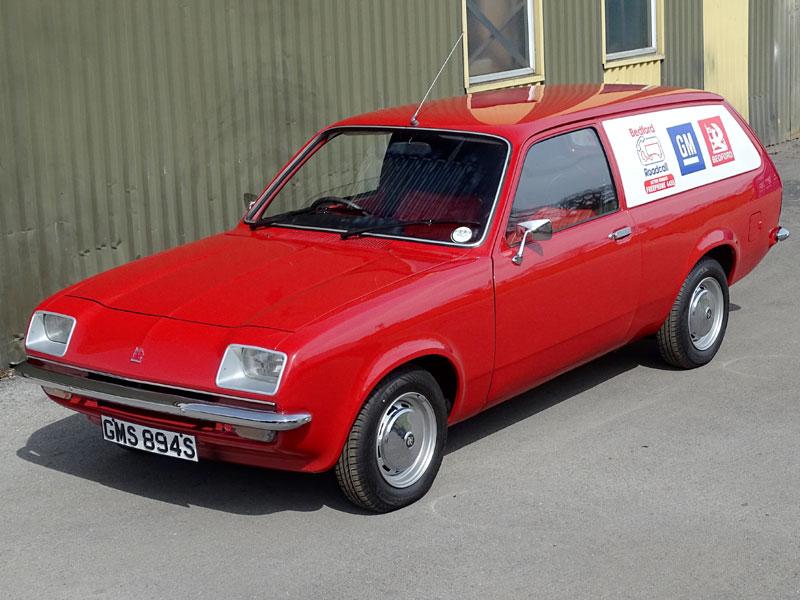 1978 Bedford Chevanne the Bedford Chevanne, a short-lived variant of
1978 Bedford Chevanne the Bedford Chevanne, a short-lived variant of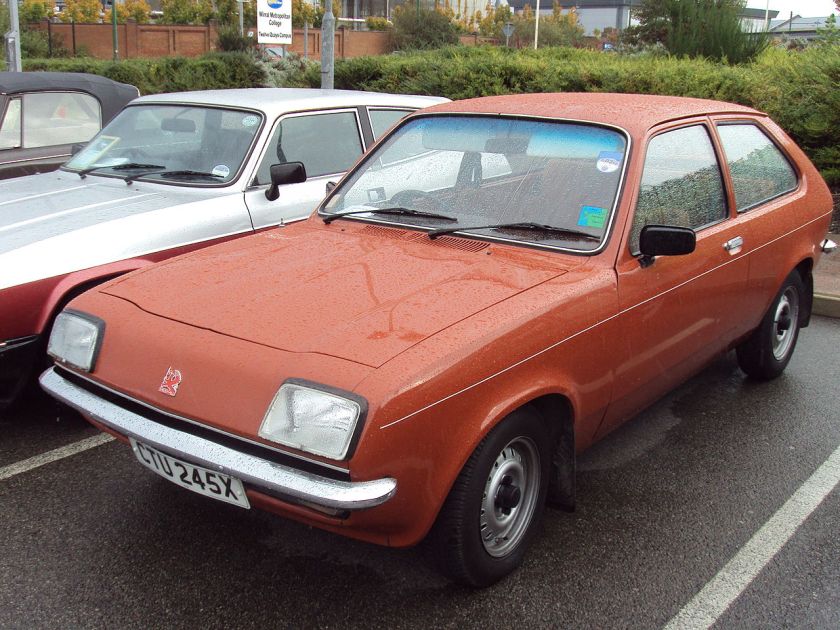 the Vauxhall Chevette. An estate conversion of the HA van by Martin Walter was marketed as
the Vauxhall Chevette. An estate conversion of the HA van by Martin Walter was marketed as
the Bedford Beagle. This was further developed into a camper van, the Roma, again by Martin Walter.
The company also made a number of bus chassis, its low price catering for the cheaper end of the coach market.
1980s
The TK/KM/MK range remained the mainstay of production throughout the 1960s and ’70s, but with little serious product investment the range became increasingly outdated. In 1982, the TL range was introduced almost completely replacing the TK, although its military equivalents continued in production for the UK Ministry of Defence. In reality a long overdue update of the TK, the TL was never as popular as the model range it succeeded. This was largely due to more modern products offered by other companies (increasingly from the likes of Volvo, MAN and Mercedes-Benz).
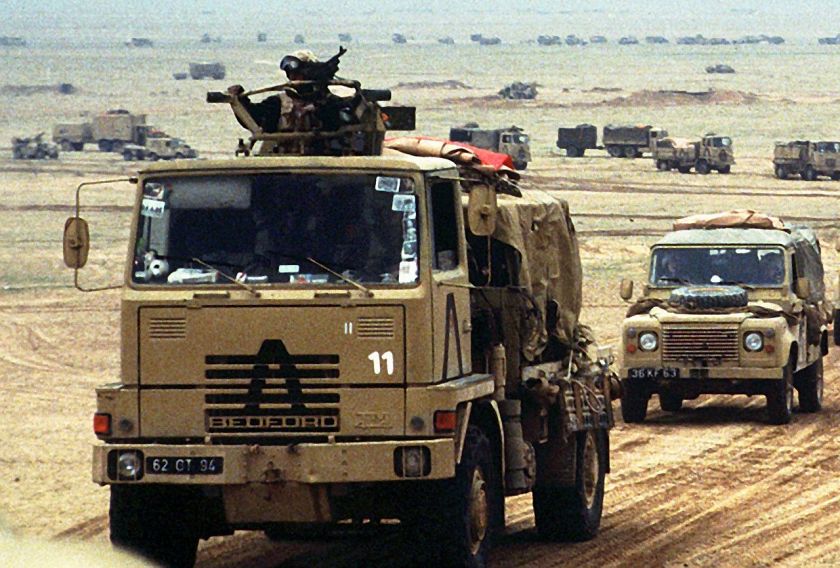 The Bedford TM was the largest of all the modern Bedfords, with payloads available up to 42 tonnes GTW permissible. The TM was available with either GM or Detroit Diesel engines and enjoyed a small but loyal customer base, but could never compete with the volume producers, primarily Volvo and Scania. Turkey’s Genoto assembled Bedfords under license.
The Bedford TM was the largest of all the modern Bedfords, with payloads available up to 42 tonnes GTW permissible. The TM was available with either GM or Detroit Diesel engines and enjoyed a small but loyal customer base, but could never compete with the volume producers, primarily Volvo and Scania. Turkey’s Genoto assembled Bedfords under license.
A major blow came when Bedford failed to win the UK Ministry of Defence contract to produce the standard 4–ton 4×4 GS (general service) truck for the British forces, although in extensive tests the Bedford candidate had been the equal of the Leyland (later Leyland-DAF) candidate, and the British Army expressed a preference to continue the trusted relationship with Bedford trucks.
The reasons for this decision were seen by many as political, as the Army 4–tonner contract was seen by the Thatcher government as essential for the long-term survival of Leyland, and the formation of Leyland-DAF. The implications of the decision were also noted by GM in Detroit, who had already been refused permission to buy the Land-Rover division of British Leyland, which they had intended to operate in tandem with the Bedford Truck division as a major force in the military and civilian 4×4 market.
In addition to this setback, by the middle of the decade, the more technologically advanced competition from other truck manufacturers was eating heavily into sales. In reality, the Bedford truck range, still largely based on the 1960 TK range, had become increasingly outdated when compared with the opposition, leading to a deep decline in non-military sales. It was therefore announced by GM that Bedford would stop production of all commercial vehicles, and the Dunstable plant would close in 1986.
From there on in, the Bedford name continued as “badge engineering” on smaller light commercials only, with the car based Astravan, the CF van (until 1986), and finally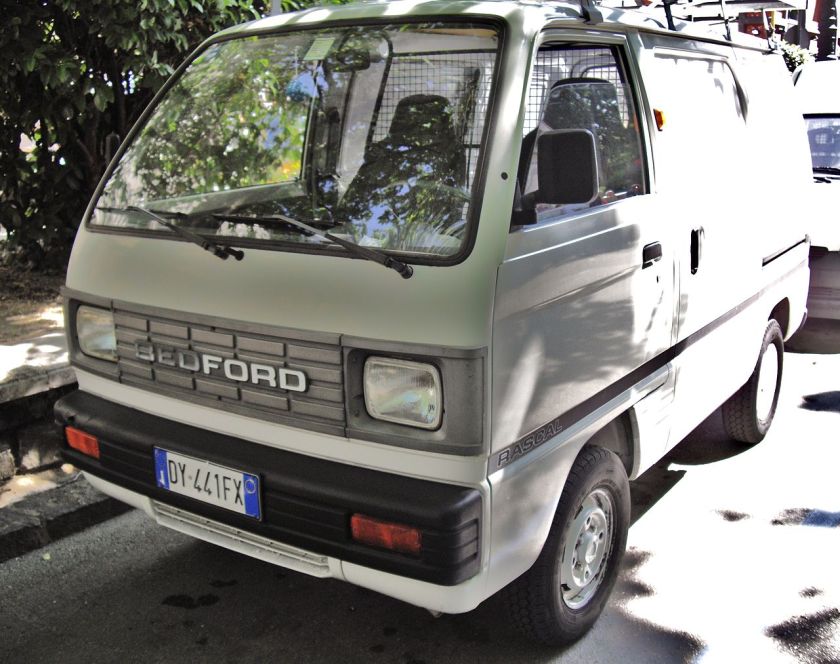 the Suzuki-based Bedford Rascal microvan and Isuzu based Bedford Midi van range – later to be called the Vauxhall Midi.
the Suzuki-based Bedford Rascal microvan and Isuzu based Bedford Midi van range – later to be called the Vauxhall Midi.
Isuzu and IBC
Bedford’s first partnership with Isuzu came in 1976 when it marketed a rebadged version of the Isuzu Faster pickup truck as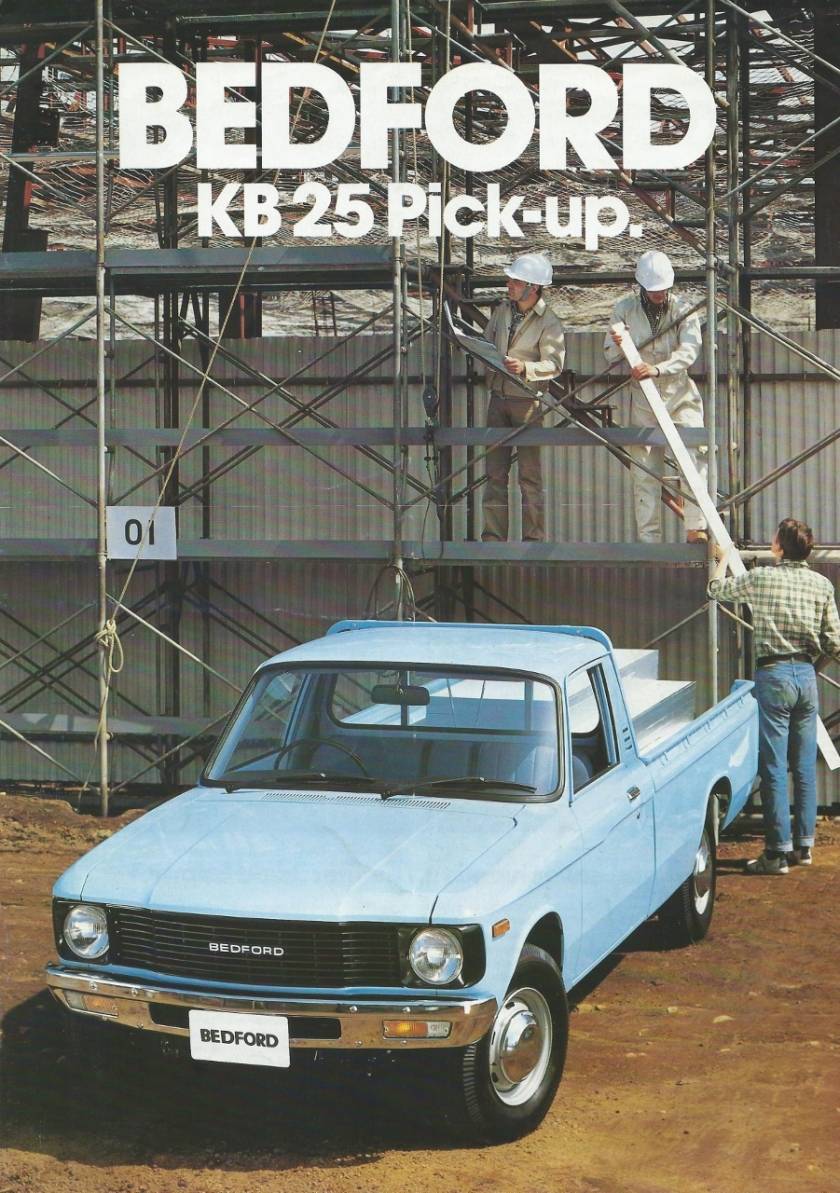 the Bedford KB. The vehicle was never a strong seller in Britain, (subsequent generations were badged as the Bedford/Vauxhall Brava), but it did pave the way for further collaboration – culminating in the IBC venture.
the Bedford KB. The vehicle was never a strong seller in Britain, (subsequent generations were badged as the Bedford/Vauxhall Brava), but it did pave the way for further collaboration – culminating in the IBC venture.
In 1986, the Bedford van factory in Luton was reorganised as a joint venture with Isuzu. The resulting company, IBC Vehicles (Isuzu Bedford Company Ltd), produced a locally built version of the Isuzu Fargo in 1985 (badged as the Bedford Midi).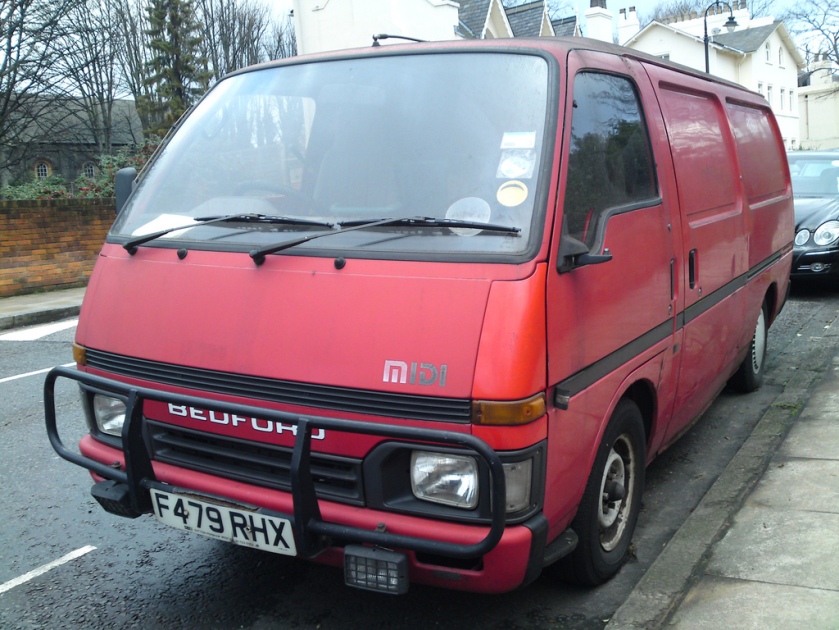 1989 BEDFORD MIDI 1.9 VAN
1989 BEDFORD MIDI 1.9 VAN
In 1991, this was followed by a European version of the Isuzu MU Wizard called the Frontera, and a rebadged Renault Trafic van called the Arena, sold under the Vauxhall and Opel brand names. The Bedford name was dropped completely, as were all of its preceding range apart from the Midi, which was sold for a few years as the Bedford Seta.
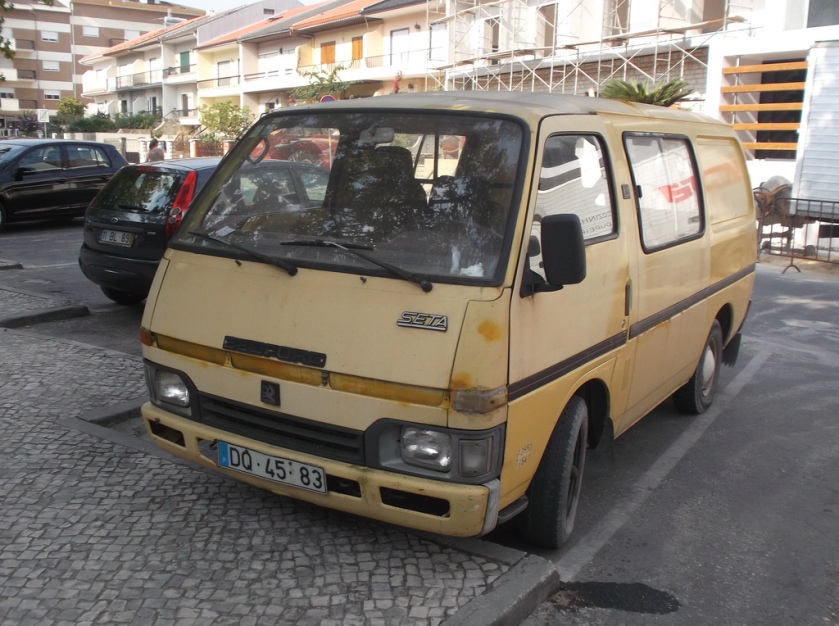 1987 Bedford SETA
1987 Bedford SETA
In 1998, GM bought Isuzu out of the IBC partnership. The plant now operates as GMM Luton, and produces the Vauxhall / Opel Vivaro, Renault Trafic and Nissan Primastar.
David John Bowes Brown and AWD
AWD Bedford TM 6-6 (6×6) 14000 kg Truck
The Bedford trucks site in Dunstable and business was sold in 1987 to AWD Ltd, a company owned by David John Bowes Brown. The AWD name was used as GM would only allow the use of the Bedford name for military trucks. David John Bowes Brown was the designer in 1973 of the then DJB D250 Articulated Dump Truck, built in Peterlee, England, by DJB Engineering Ltd. DJB was renamed Artix in 1985 when the trucks were rebadged as Caterpillar. Artix itself was sold to Caterpillar in 1996.
AWD continued with the TL and TM range. The AWD Bedford TK (a rebadged and modernised version of the Bedford TK / MK range) was also produced and supplied to the British military. Due to cheaper competition and the virtual collapse of the UK market in which AWD competed in 1989/90, the company went into receivership in 1992 and was bought by dealer network Marshall of Cambridge.
Logo
An older version of the Bedford badge with Griffin logo
Bedford used the Griffin logo of Vauxhall Motors, derived from the heraldic crest of Falkes de Breauté, who was granted the Manor of Luton by King John. By marriage, he acquired property in London, known as Fulk’s Hall, which over time, came to be the locality of Vauxhall, the original home of Vauxhall Motors. The griffin returned to Luton in 1903 when Vauxhall Motors moved there. The Bedford version of the logo differed from the Vauxhall version in that the Griffin did not hold a flag – although later versions of the logo showed the Griffin holding a flag carrying a letter “B” (for Bedford) instead of a “V”.
Products
List of products produced at Bedford / IBC Vehicles Luton:
Bedford models
Bedford VAL
Bedford TJ J3
Very approximately in size order
Bedford HA (based on Vauxhall Viva)
Bedford Beagle (estate version of HA; see Vauxhall Viva, above)
Bedford Chevanne (based on Vauxhall Chevette)
Bedford Astra (based on Vauxhall Astra Mk 1 then Mk2 estate)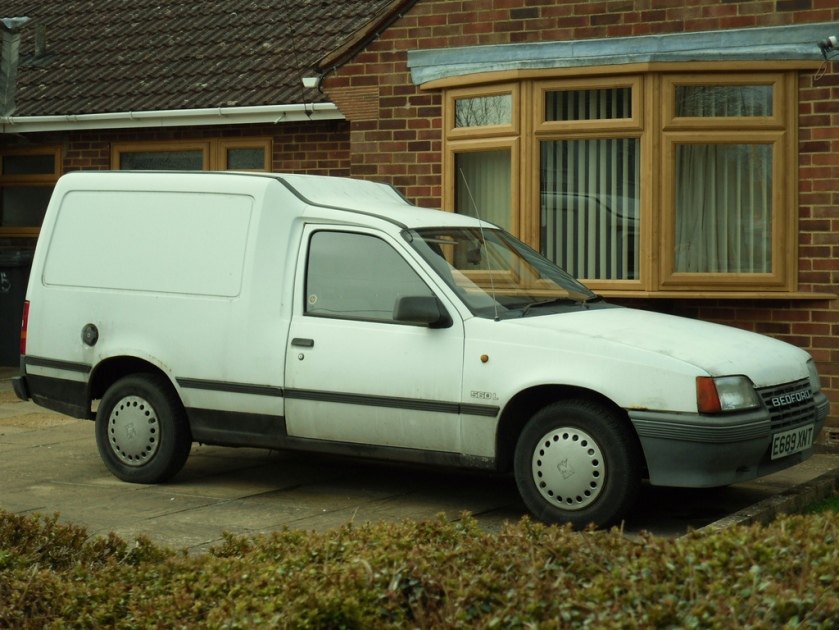 1988 Bedford Astramax 1.3 Van Bedford Astramax (high-cube version of Mk2 Astra shape)
1988 Bedford Astramax 1.3 Van Bedford Astramax (high-cube version of Mk2 Astra shape)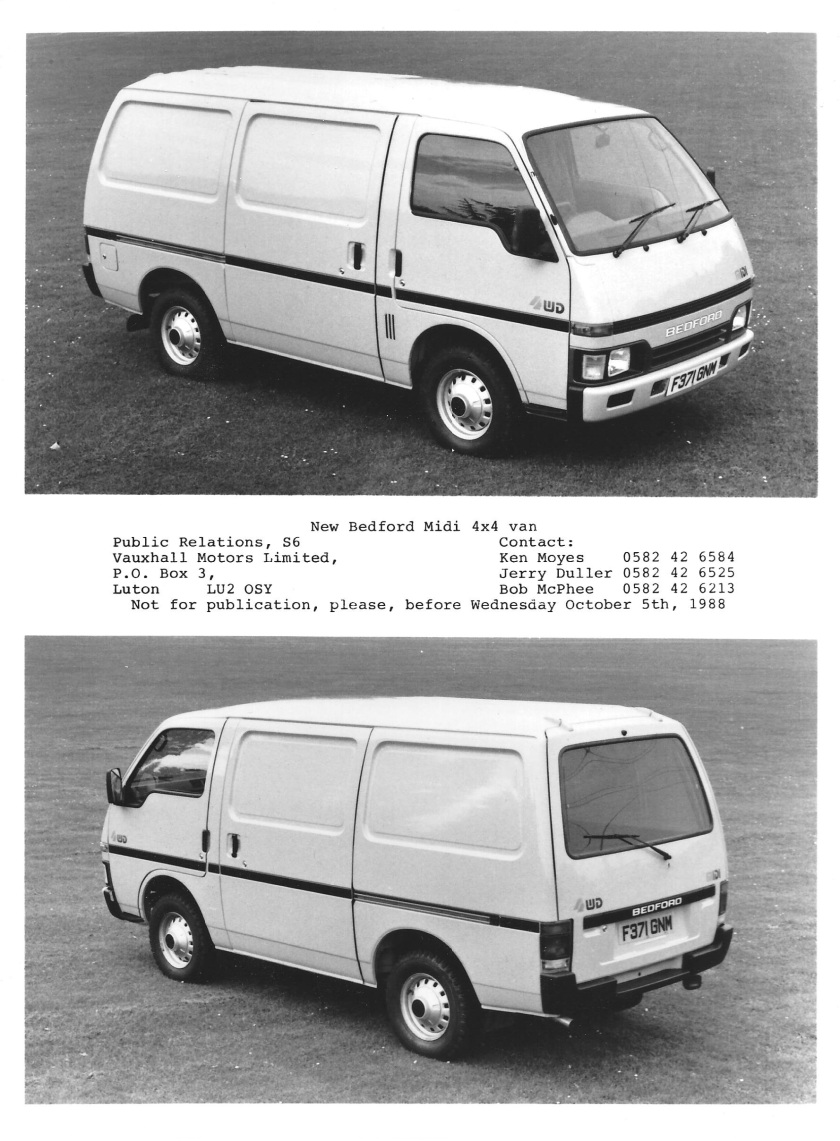 1988 bedford midi 4×4 Bedford Midi
1988 bedford midi 4×4 Bedford Midi
Bedford CF and Opel Bedford Blitz
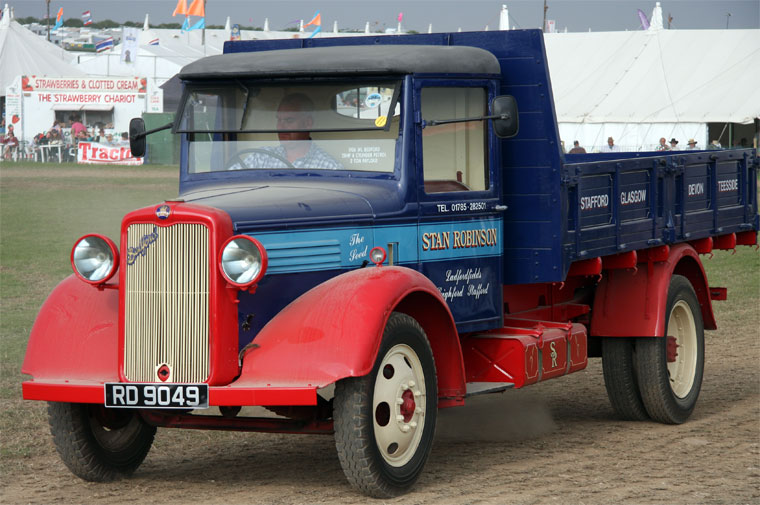 Bedford WL. 27hp. Reg No RD 9049 Bedford W series
Bedford WL. 27hp. Reg No RD 9049 Bedford W series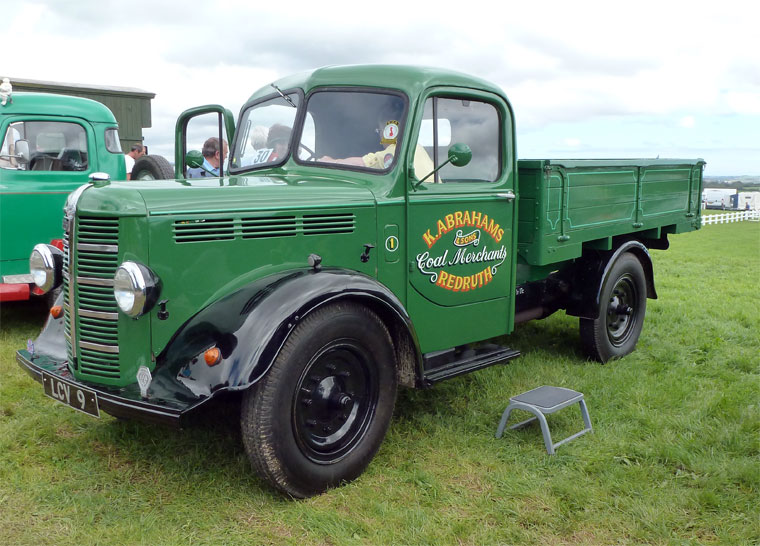 Bedford K series
Bedford K series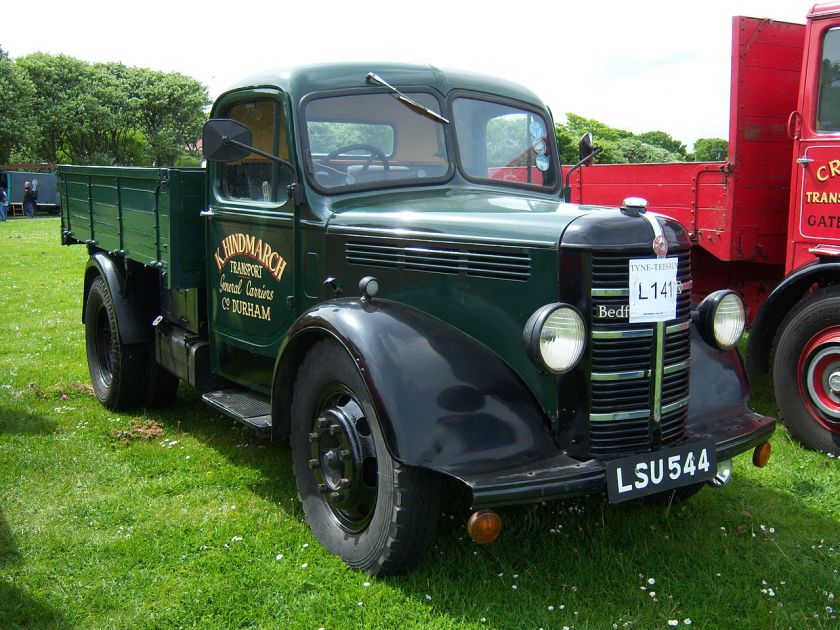 1948 Bedford MSD (LSU 544) dropside Bedford M series
1948 Bedford MSD (LSU 544) dropside Bedford M series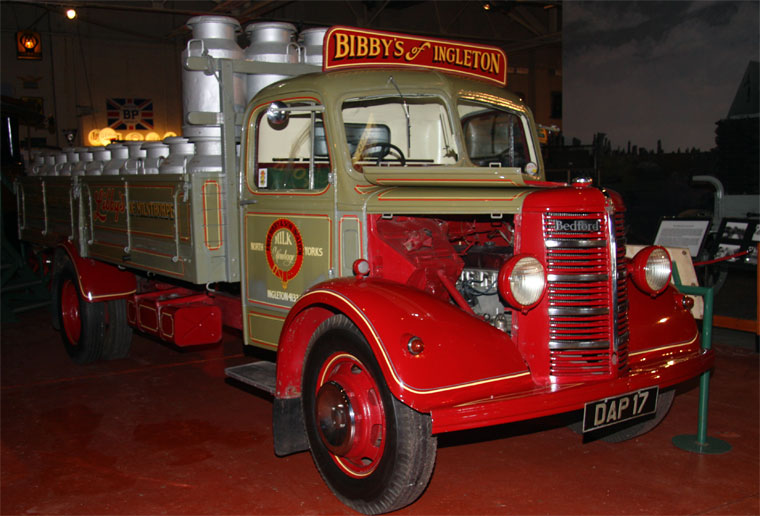 Bedford OLAD. Reg No DAP 17 Bedford O series
Bedford OLAD. Reg No DAP 17 Bedford O series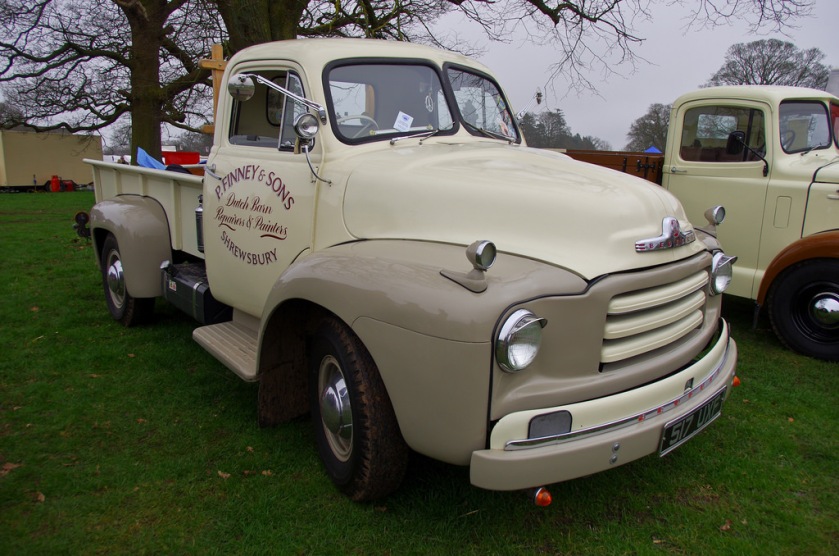 1955 Bedford A-Series 1-ton pickup (2800cc) Bedford A series
1955 Bedford A-Series 1-ton pickup (2800cc) Bedford A series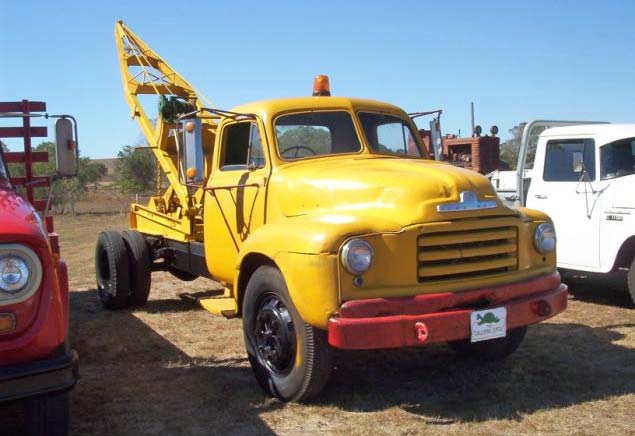
1950s Bedford D Series Crane Truck Bedford D series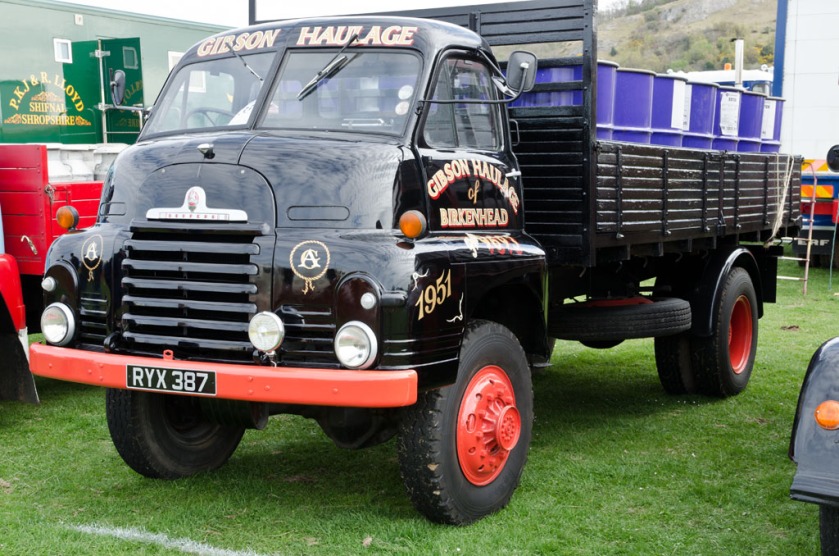 1956 Bedford S truck Bedford S series
1956 Bedford S truck Bedford S series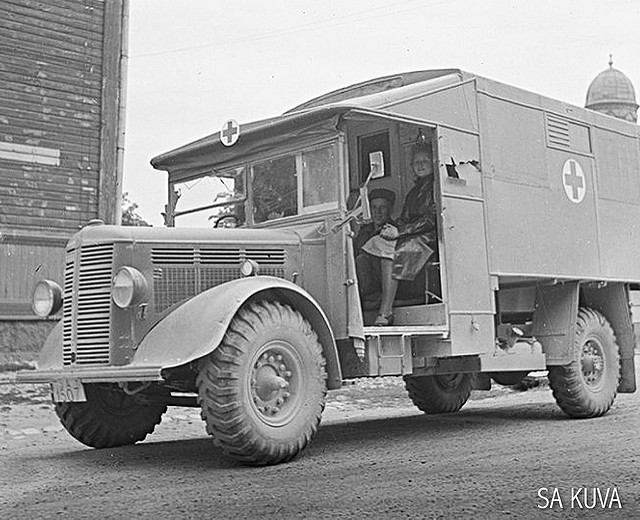
Finnish Bedford ML Ambulance
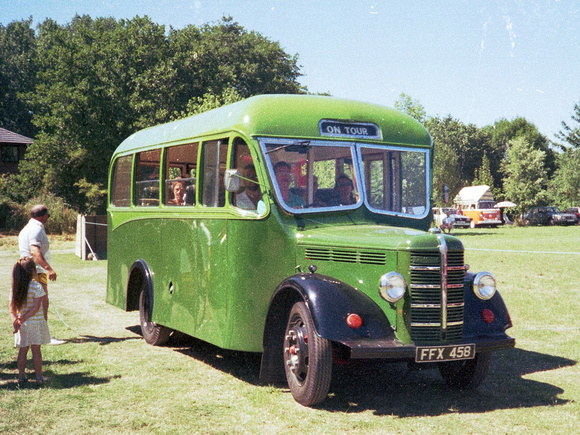
1952 Bedford MLC FFX458 Bedford ML (lorry and bus)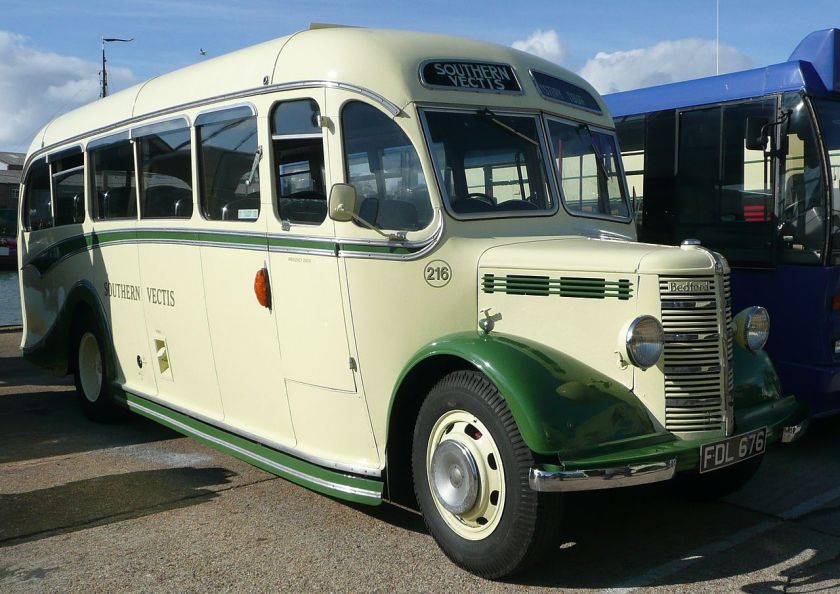 Bedford OB Southern Vectis 216 Bedford OB (bus)
Bedford OB Southern Vectis 216 Bedford OB (bus)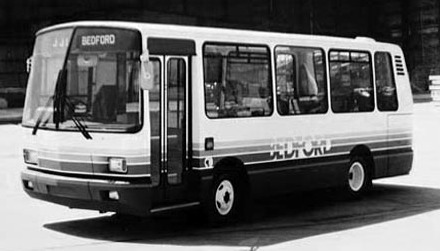
Bedford JJL bus Bedford JJL (bus)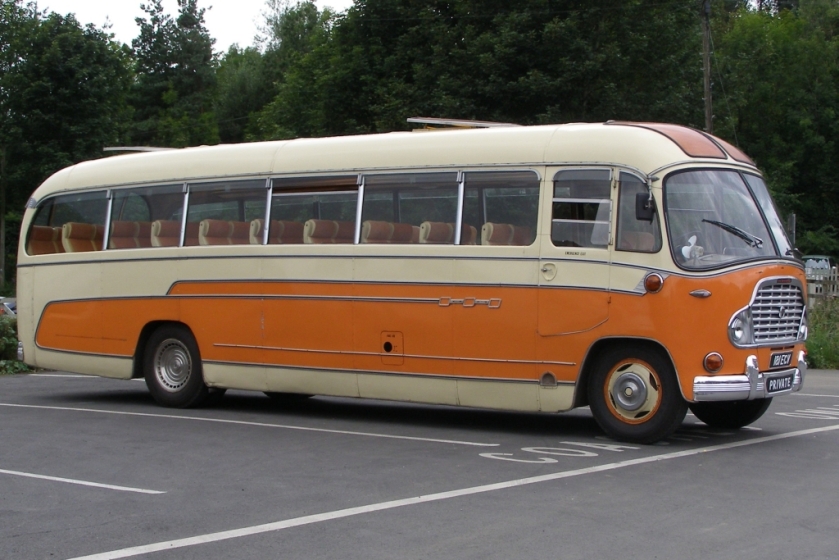 1959 Bedford SB-181ECV Bedford SB (bus)
1959 Bedford SB-181ECV Bedford SB (bus)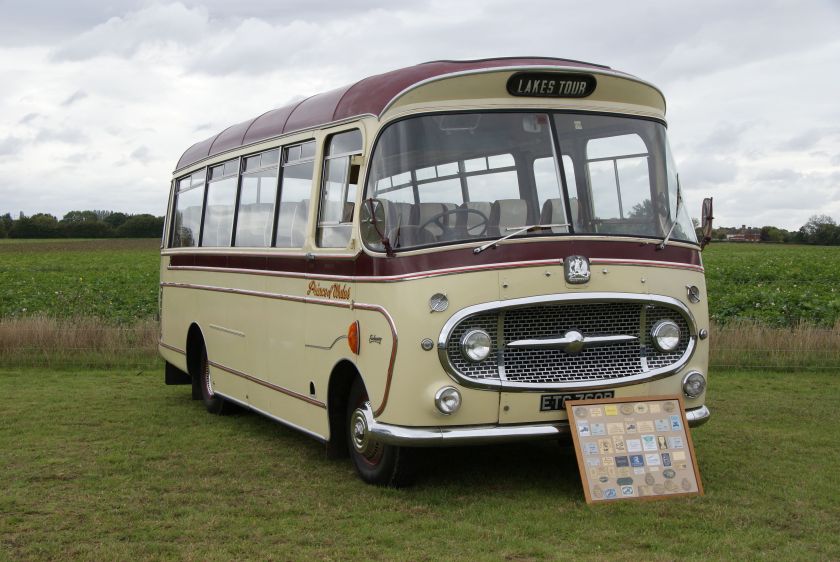 Bedford VAS Plaxton Embassy coach ETC 760B Bedford VAS (bus)
Bedford VAS Plaxton Embassy coach ETC 760B Bedford VAS (bus)
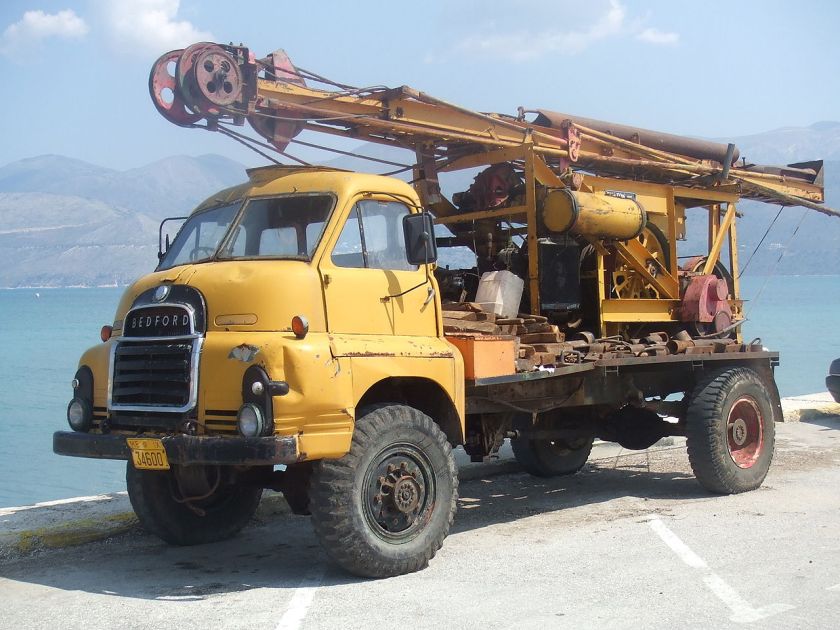 Bedford RL Truck, 4 Wheel Drive, with a Ruxton-Bucyrus hole, or well, Drilling Rig Bedford RL
Bedford RL Truck, 4 Wheel Drive, with a Ruxton-Bucyrus hole, or well, Drilling Rig Bedford RL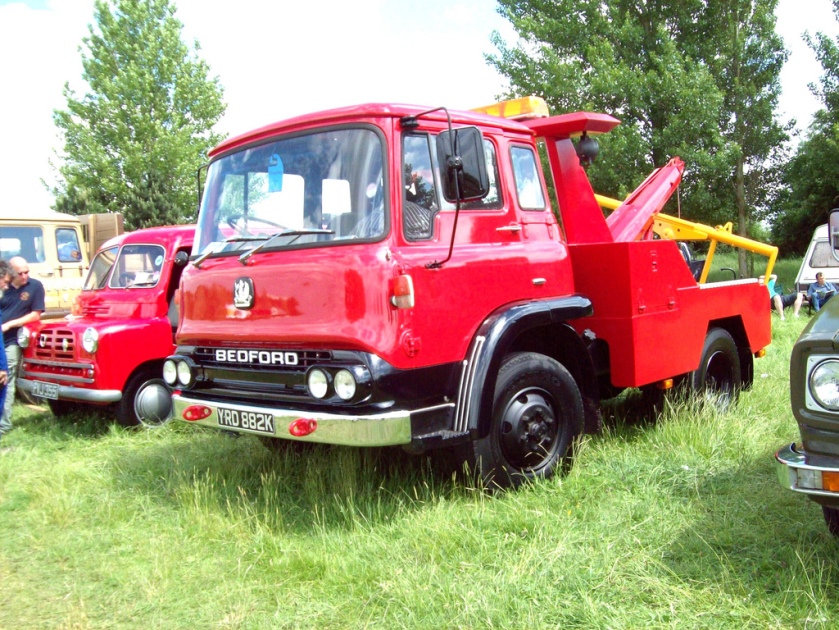 1971 Bedford TK Recovery Truck YRD 882K Bedford TK
1971 Bedford TK Recovery Truck YRD 882K Bedford TK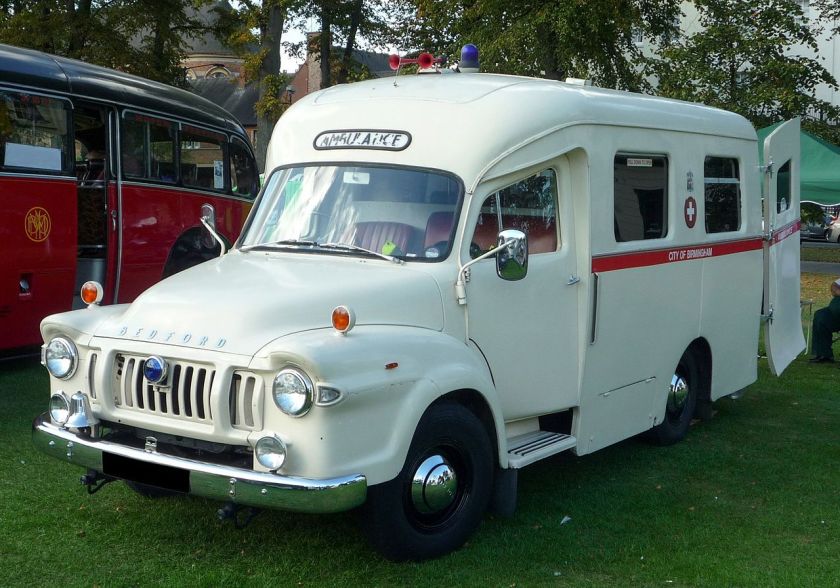 1966 Bedford J1 Ambulance Bedford TJ – J0 (often referred to as JO) and J1-J6
1966 Bedford J1 Ambulance Bedford TJ – J0 (often referred to as JO) and J1-J6
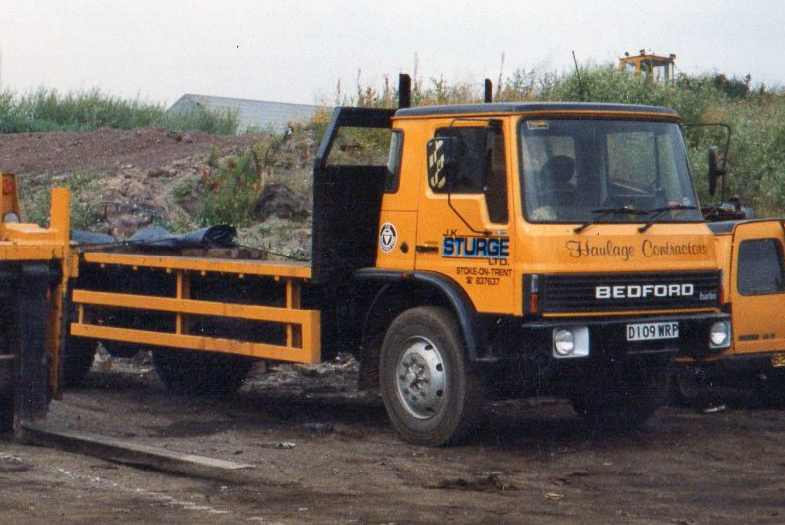 1986 Bedford TL with the 5.4 litre 105TD turbodiesel engine, belonging to haulage contractors J.K. Sturge Ltd Bedford TL
1986 Bedford TL with the 5.4 litre 105TD turbodiesel engine, belonging to haulage contractors J.K. Sturge Ltd Bedford TL
Bedford R Model
Impossible to find !!
Bedford RK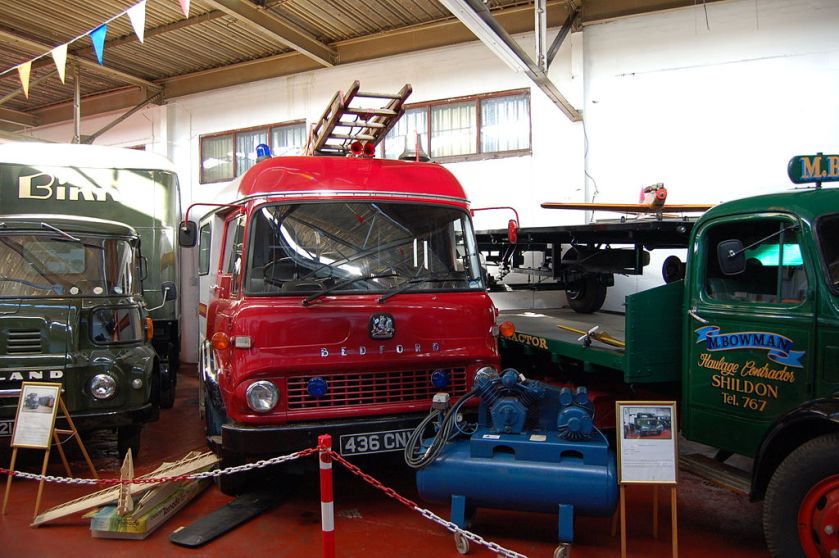 Bedford TK fire appliance Vintage Vehicles Shildon Bedford TK
Bedford TK fire appliance Vintage Vehicles Shildon Bedford TK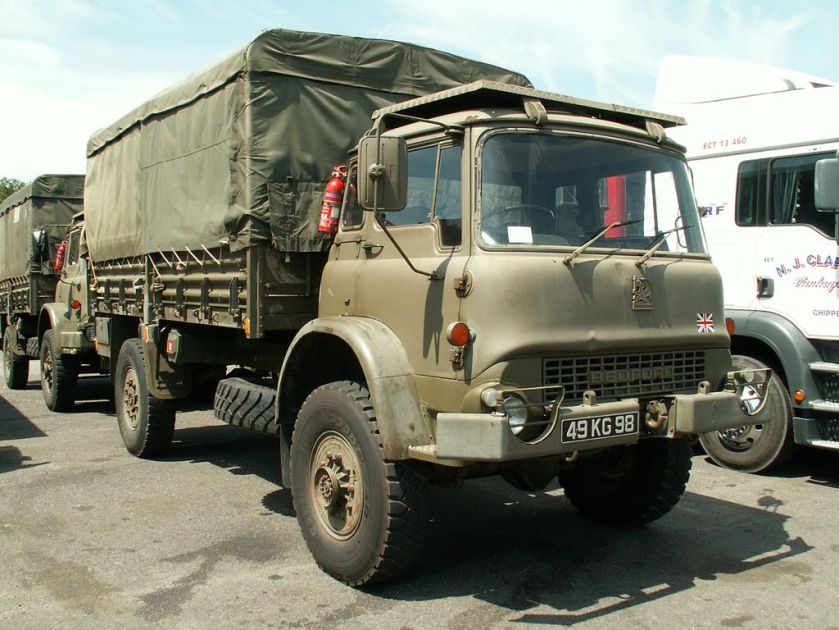 Bedford Mk, 4-ton class GS truck (MLC 10)
Bedford Mk, 4-ton class GS truck (MLC 10)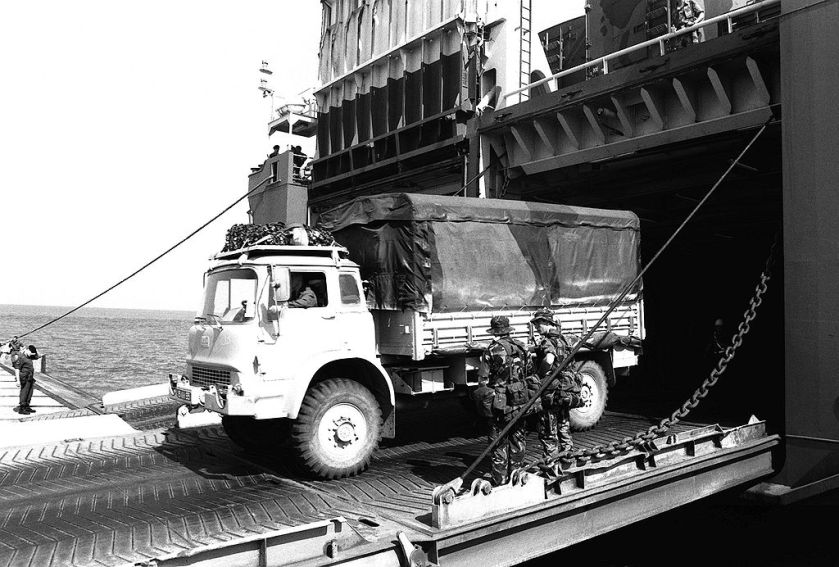 Bedford MK 4×4 truck Bedford MK
Bedford MK 4×4 truck Bedford MK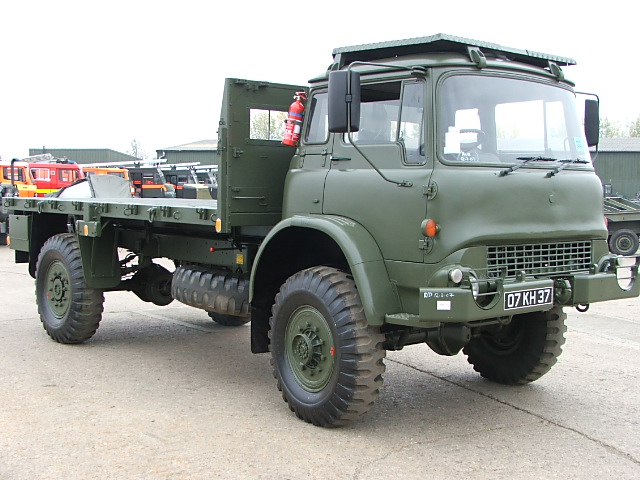 Bedford mj 2 truck
Bedford mj 2 truck
Bedford MJ 4×4 Drop Side Cargo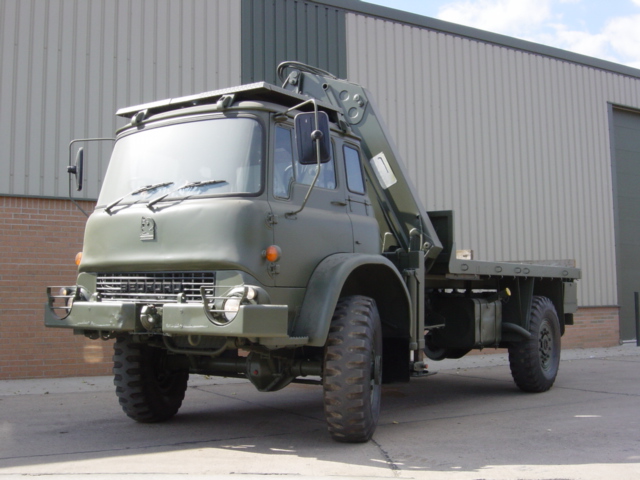
Bedford MJ 4×4 with Atlas crane 7 Atlas AK3000 crane with hydraulic outriggers Bedford MJ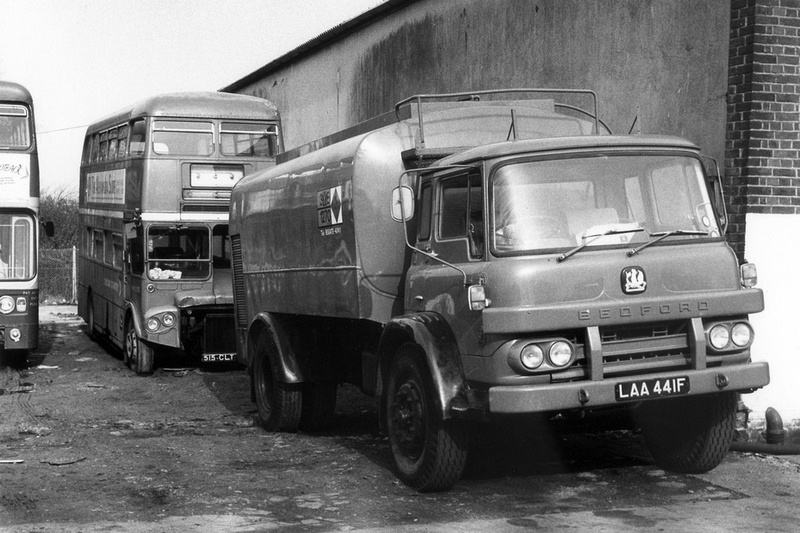 Bedford KM tankertruck
Bedford KM tankertruck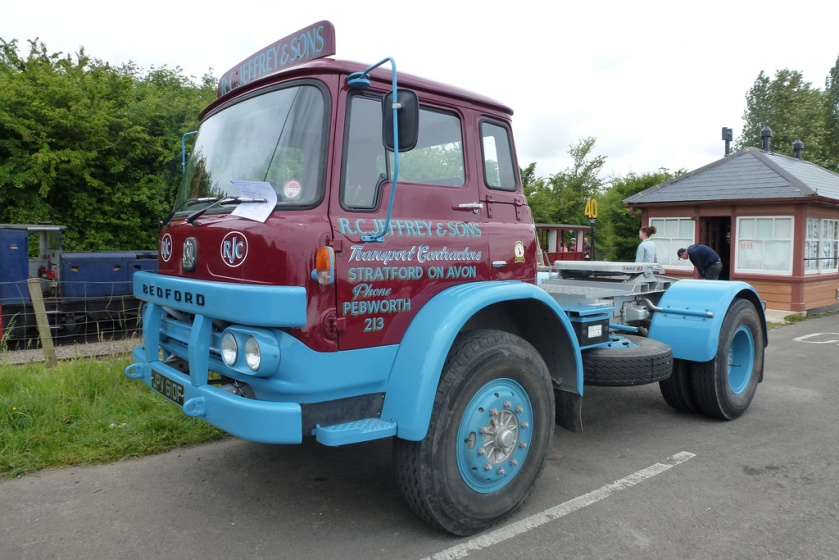 1967 Bedford KM tractor unit still active
1967 Bedford KM tractor unit still active
Bedford VAL (bus)
Bedford VAM (bus)
Bedford Y series (buses)(vertical mid-engine)
Eight metres
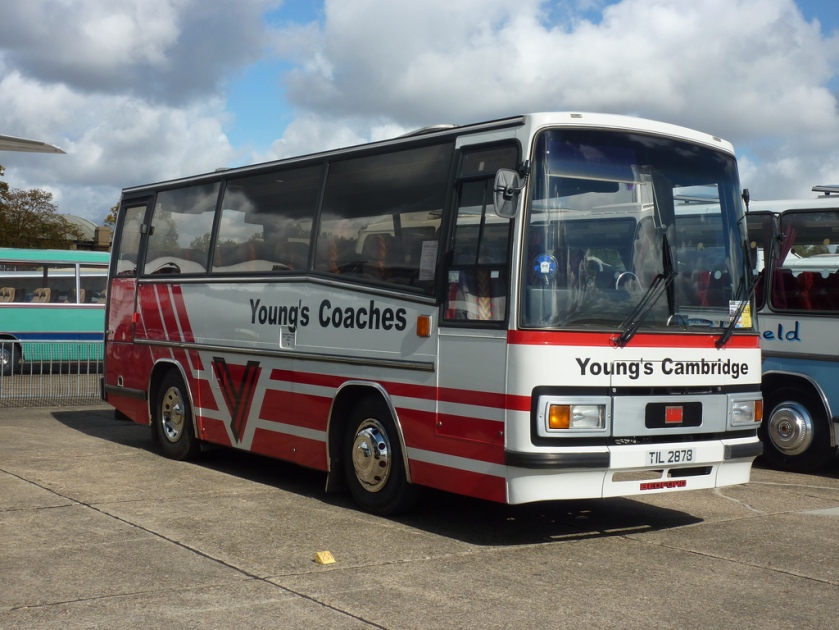 Bedford YMP Plaxton Paramount (C35F) – TIL 2878
Bedford YMP Plaxton Paramount (C35F) – TIL 2878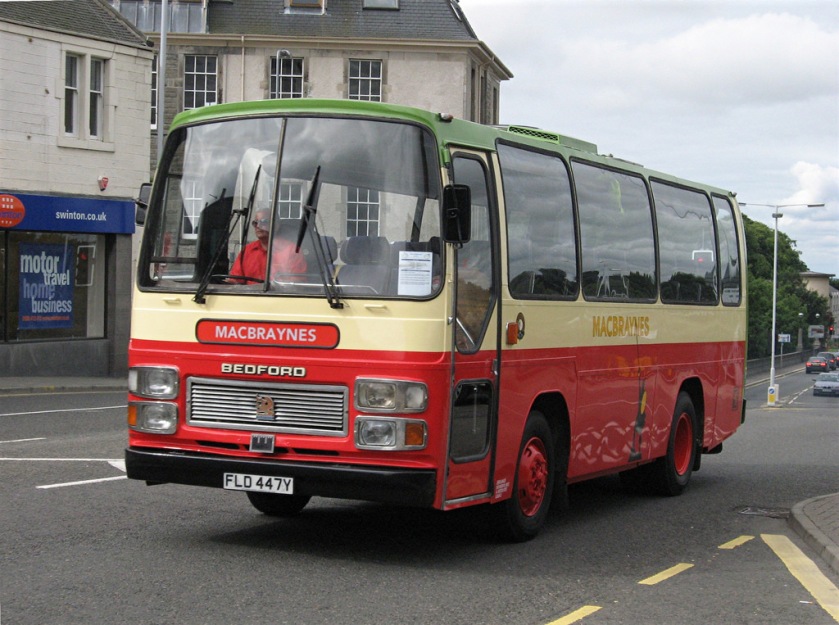 Bedford YMP FLD447Y with Plaxton body YMP/S
Bedford YMP FLD447Y with Plaxton body YMP/S
Ten metres
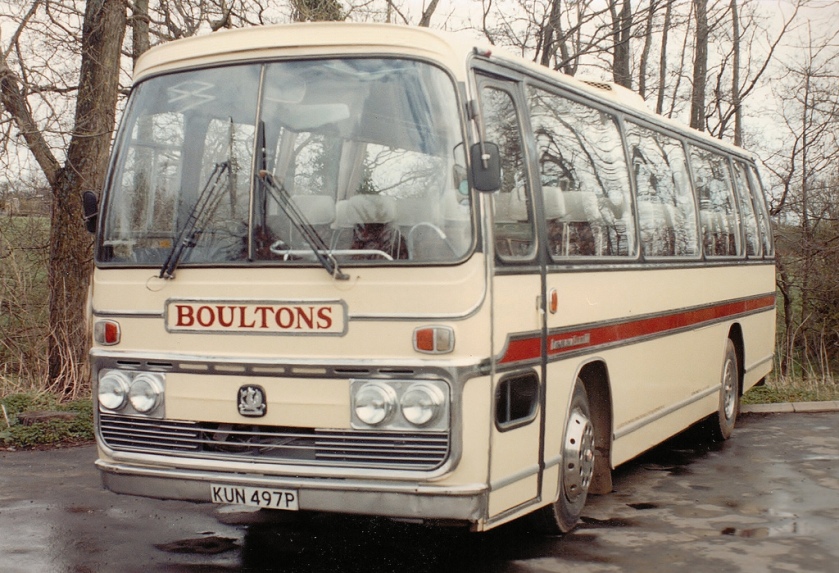 KUN 497P – Bedford YRQ Plaxton Panorama Elite III – C45F – Boulton, Cardington
KUN 497P – Bedford YRQ Plaxton Panorama Elite III – C45F – Boulton, Cardington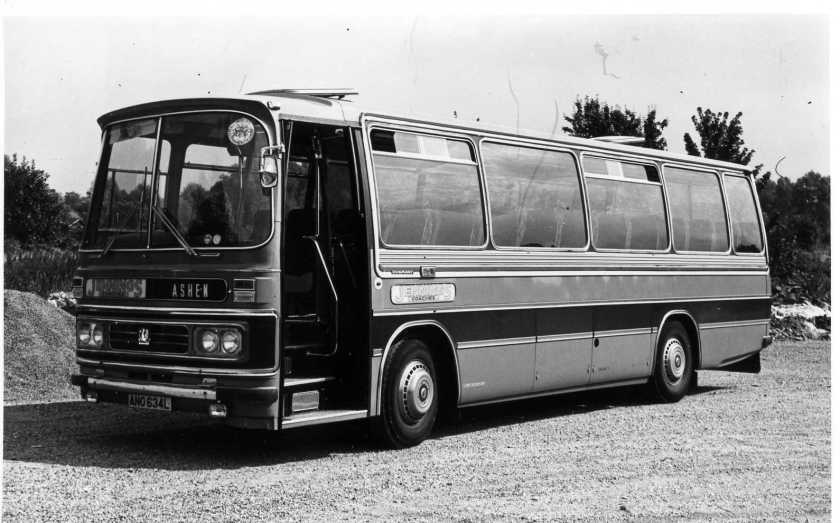 Springetts Bedford YRQ -Duple Dominant. Jennings Coaches of Ashen ANO 634L YRQ
Springetts Bedford YRQ -Duple Dominant. Jennings Coaches of Ashen ANO 634L YRQ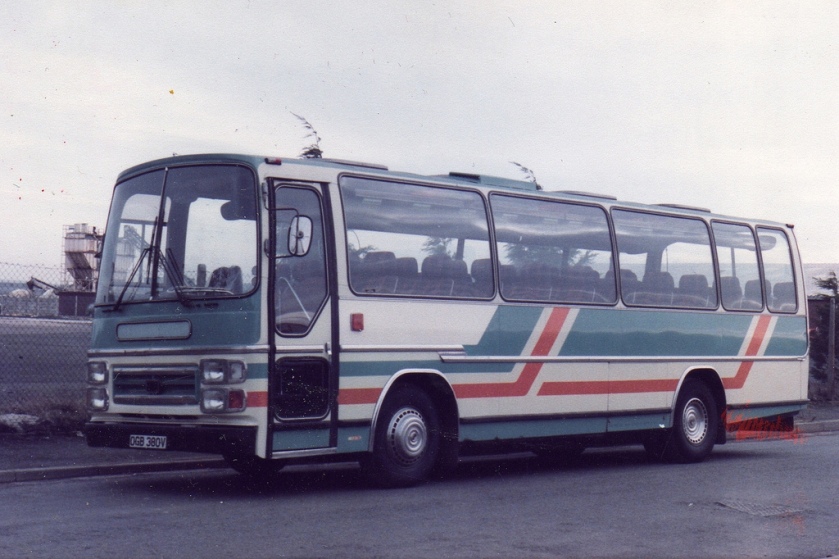 OGB 380V Bedford YLQ Plaxton Supreme
OGB 380V Bedford YLQ Plaxton Supreme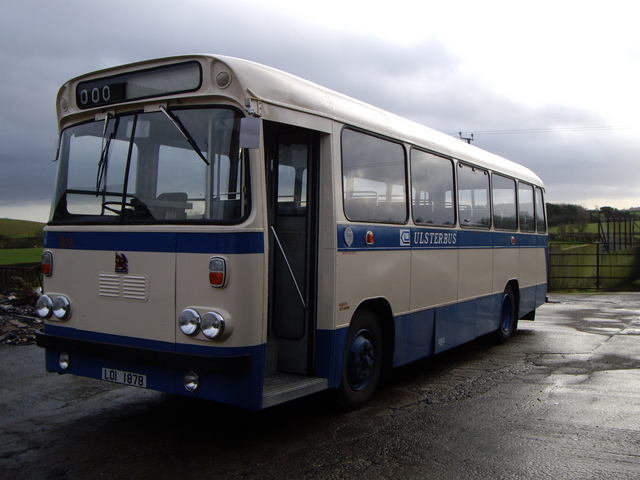
Bedford YLQ Alexander (Belfast) X Type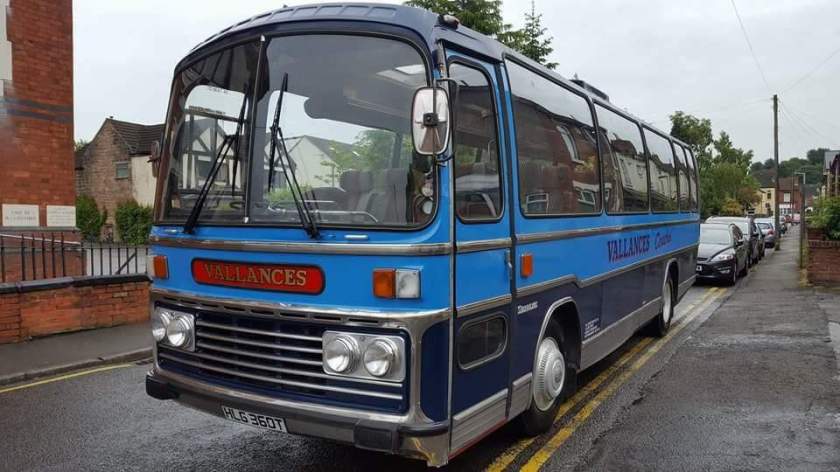 HLG 360T Bedford YLQ Plaxton Supreme YLQ
HLG 360T Bedford YLQ Plaxton Supreme YLQ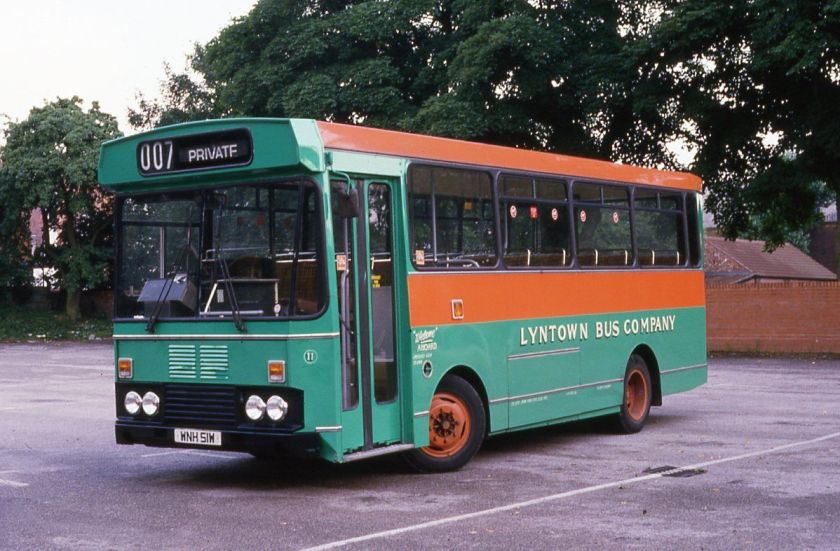 Bedford YMQ-S, WNH51W, Lyntown Bus Co
Bedford YMQ-S, WNH51W, Lyntown Bus Co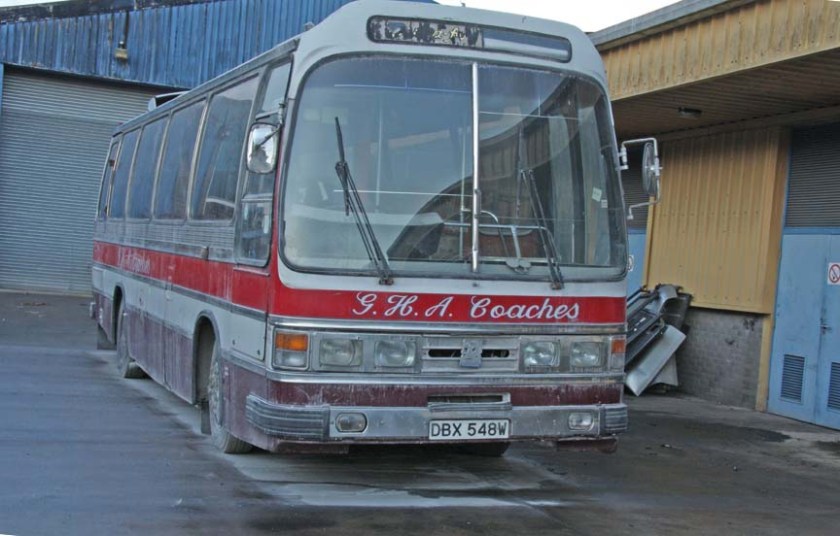 DBX 548W SEPT 1980 BEDFORD YMQ CLASSIC COACH WITH DUPLE DOMINANT IV BODY 43 YMQ
DBX 548W SEPT 1980 BEDFORD YMQ CLASSIC COACH WITH DUPLE DOMINANT IV BODY 43 YMQ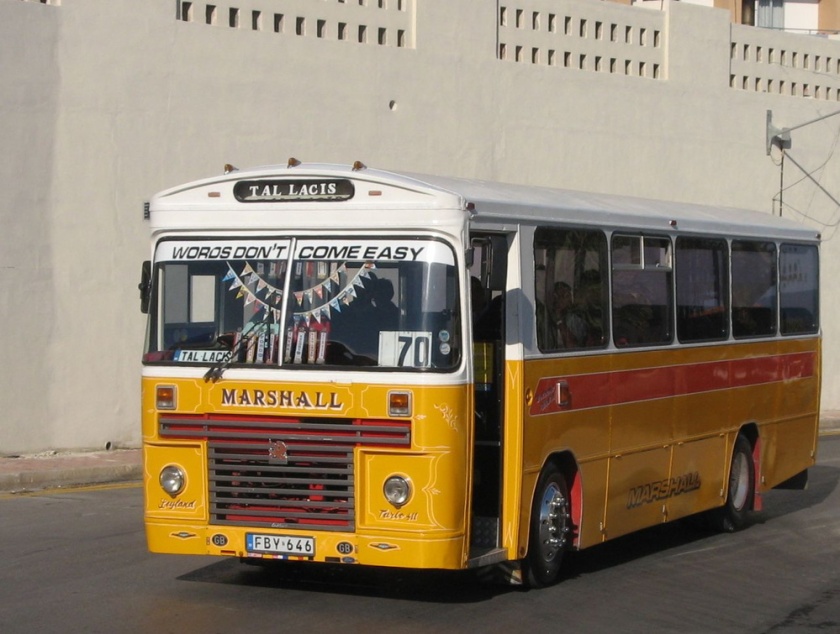 646 Bedford YMP-Marshall Ex A203 LCL
646 Bedford YMP-Marshall Ex A203 LCL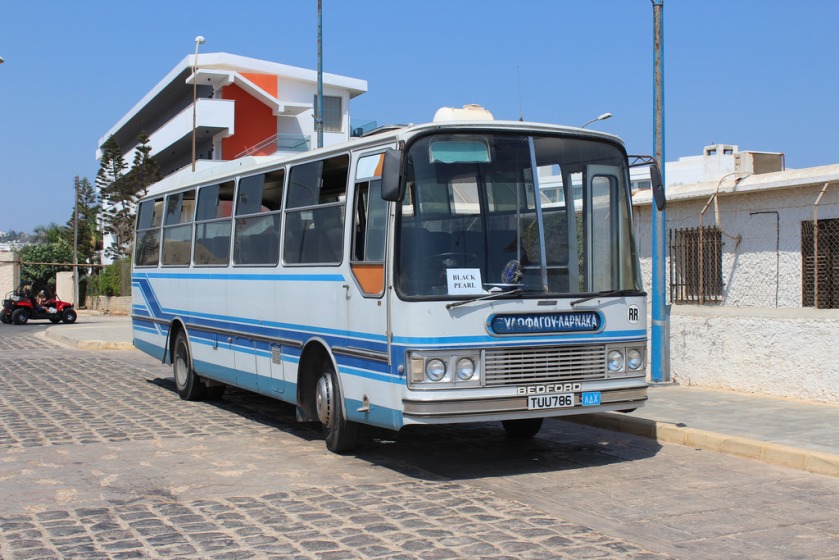 Cypriot Bedford YMP TUU 786 YMP
Cypriot Bedford YMP TUU 786 YMP
Eleven metres
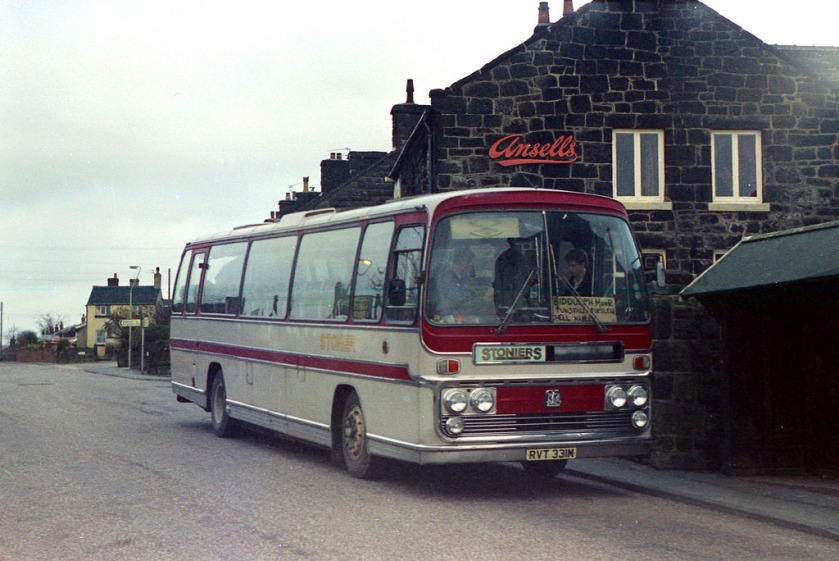 bus coach grant bedford yrt
bus coach grant bedford yrt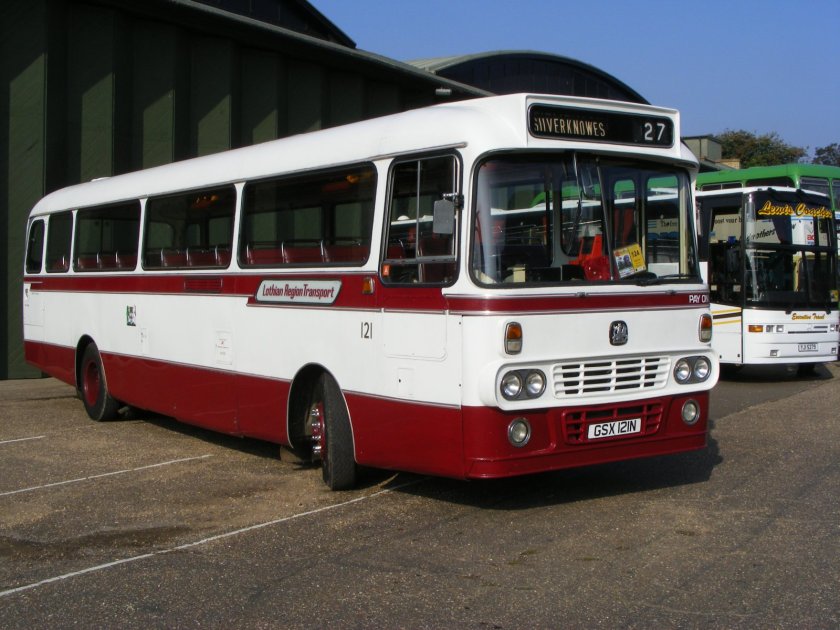 Edinburgh Corporation Transport preserved bus 121 Bedford YRT Alexander Y Type GSX 121N YRT
Edinburgh Corporation Transport preserved bus 121 Bedford YRT Alexander Y Type GSX 121N YRT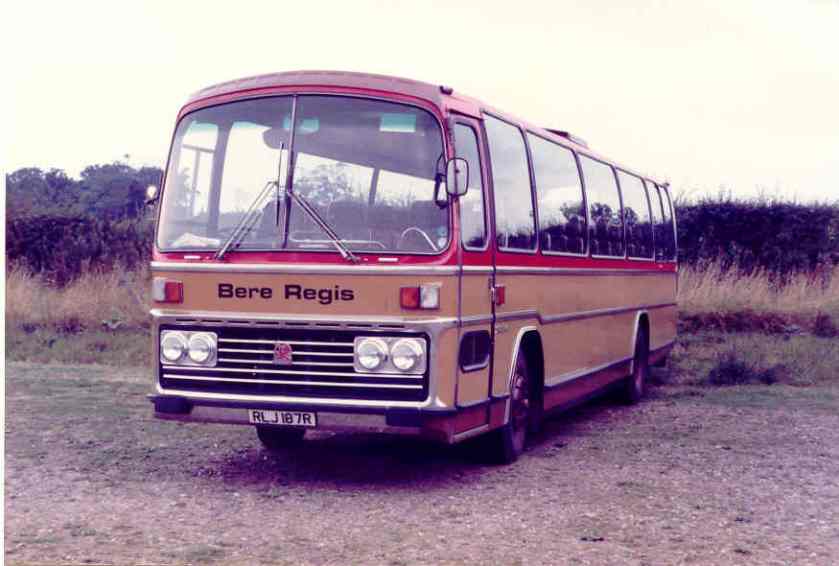 Emsworth & District OLJ 192W Bedford YMT-Plaxton
Emsworth & District OLJ 192W Bedford YMT-Plaxton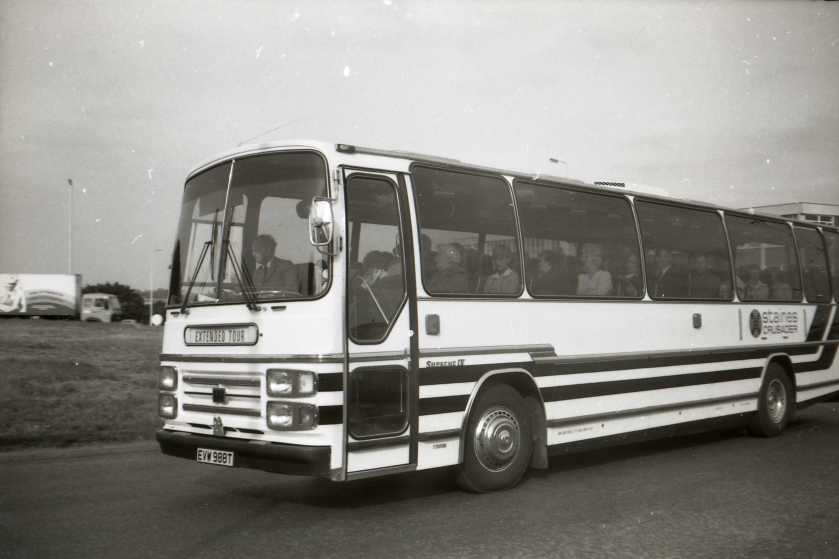 1979 Staines Crusader Bedford YMT – Plaxton, EVW 988T YMT
1979 Staines Crusader Bedford YMT – Plaxton, EVW 988T YMT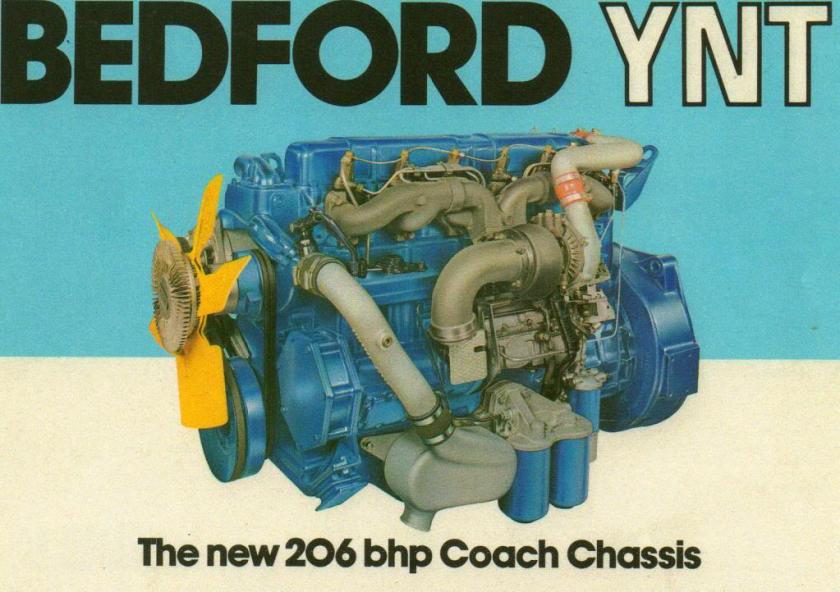 Bedford YNT Engine ad
Bedford YNT Engine ad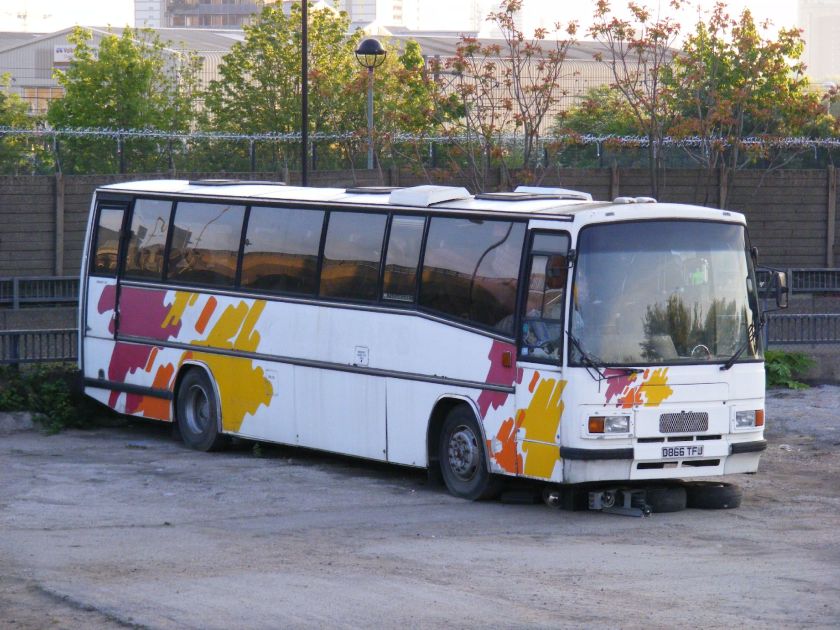 D866TFJ ex – Eastons of Norfolk Bedford YNT – Plaxton Paramount, E3 YNT
D866TFJ ex – Eastons of Norfolk Bedford YNT – Plaxton Paramount, E3 YNT
Twelve metres
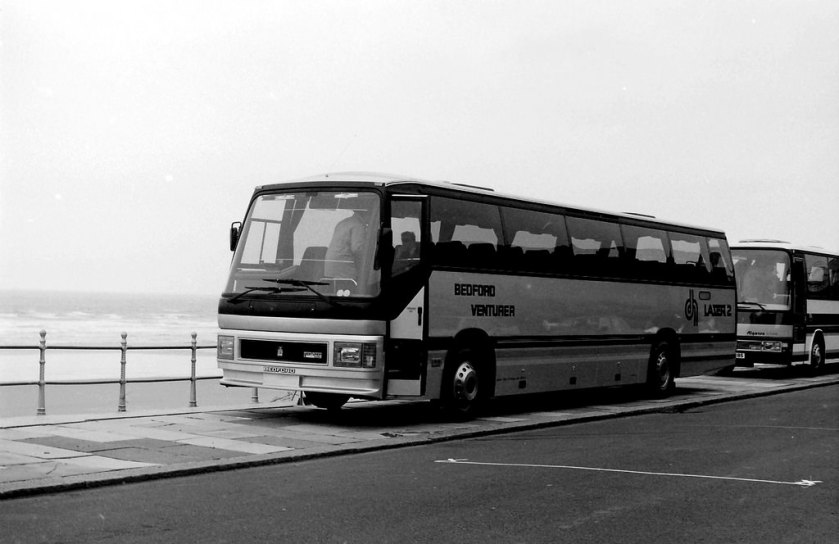 1985 Bedford YNV Venturer Laser 2 C57F Demonstrator
1985 Bedford YNV Venturer Laser 2 C57F Demonstrator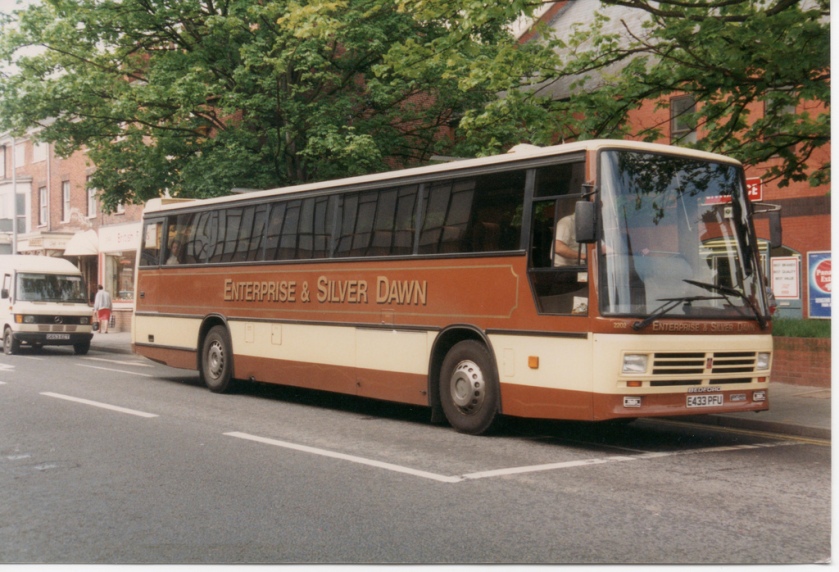 Enterprise & Silver Dawn 2202 E433 PFU Bedford YNV ‘Venturer’ Duple 320
Enterprise & Silver Dawn 2202 E433 PFU Bedford YNV ‘Venturer’ Duple 320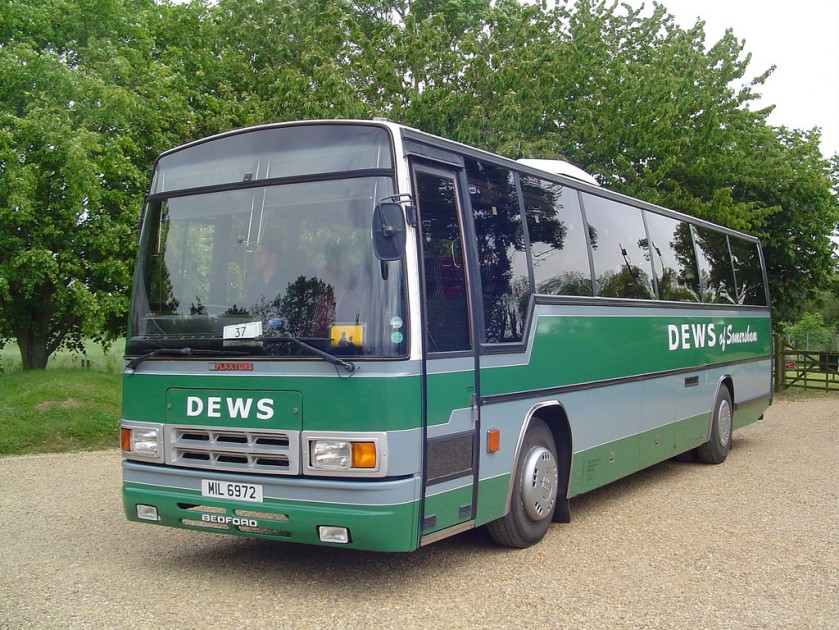 MIL 6972 (E908 EAY) Bedford YNV Plaxton Paramount YNV Venturer
MIL 6972 (E908 EAY) Bedford YNV Plaxton Paramount YNV Venturer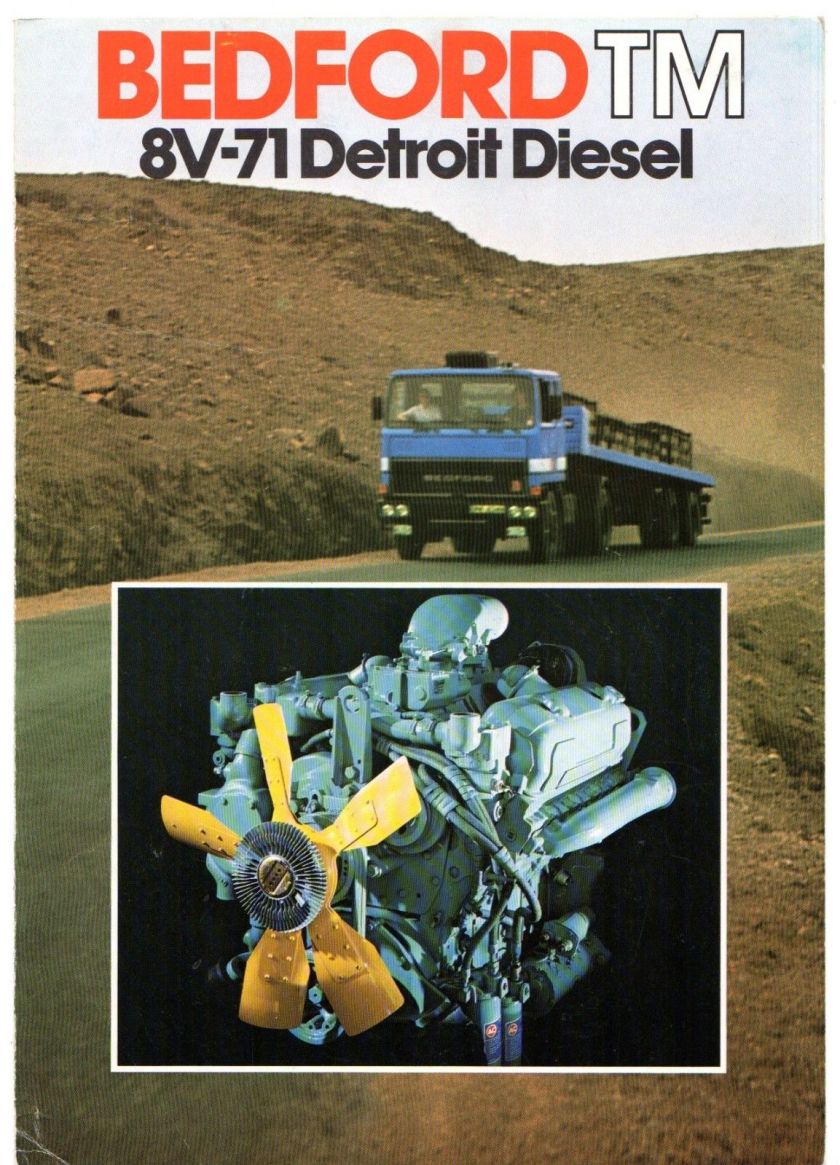 1976-77 Bedford TM 8V-71 Detroit Diesel UK Market Foldout Sales Brochure Bedford TM
1976-77 Bedford TM 8V-71 Detroit Diesel UK Market Foldout Sales Brochure Bedford TM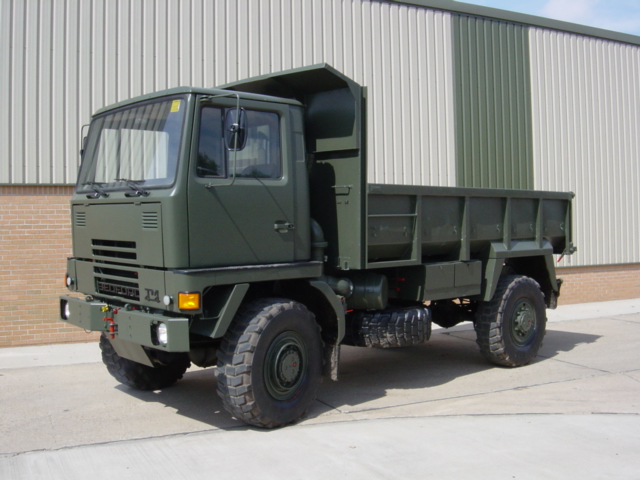 BEDFORD TM 4X4 TIPPER-4-20120823-094223 Bedford TM 4×4
BEDFORD TM 4X4 TIPPER-4-20120823-094223 Bedford TM 4×4
Vauxhall models
(some also sold as Opels and other GM brands)
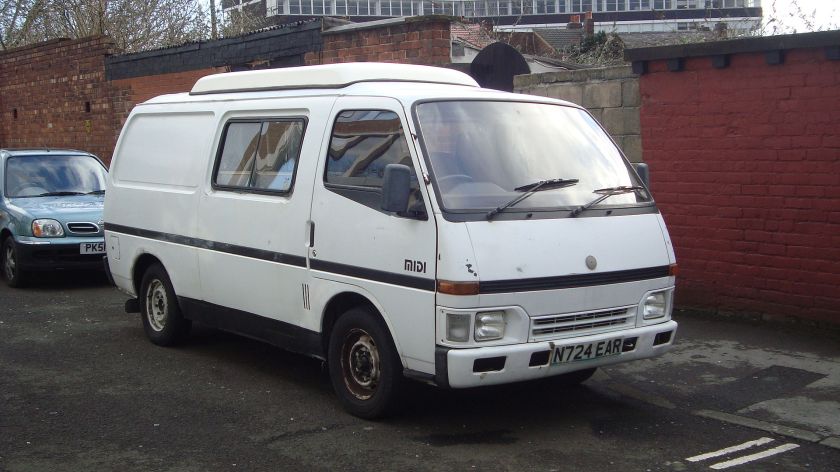 1996 Vauxhall Midi 2.4 Diesel (16115124668) Vauxhall Midi
1996 Vauxhall Midi 2.4 Diesel (16115124668) Vauxhall Midi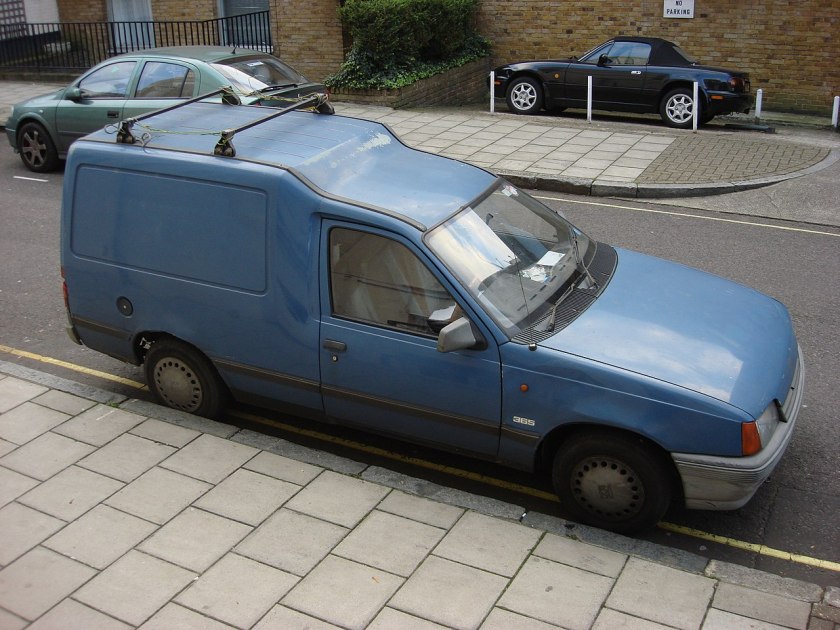 1990–1993 Vauxhall Astramax 365 Vauxhall Astramax
1990–1993 Vauxhall Astramax 365 Vauxhall Astramax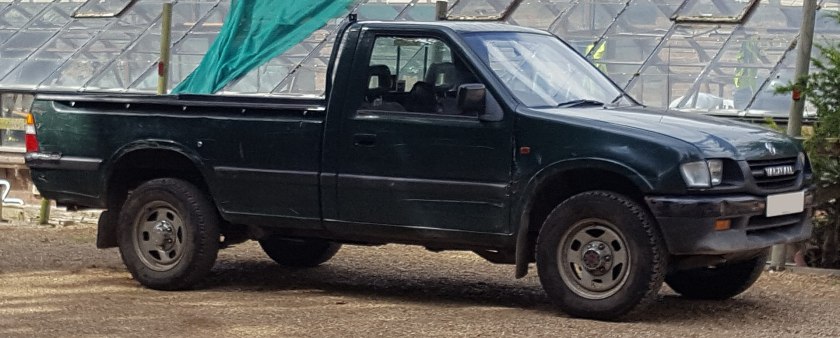 1999 Vauxhall Brava DI 4×4 2.5 Vauxhall Brava
1999 Vauxhall Brava DI 4×4 2.5 Vauxhall Brava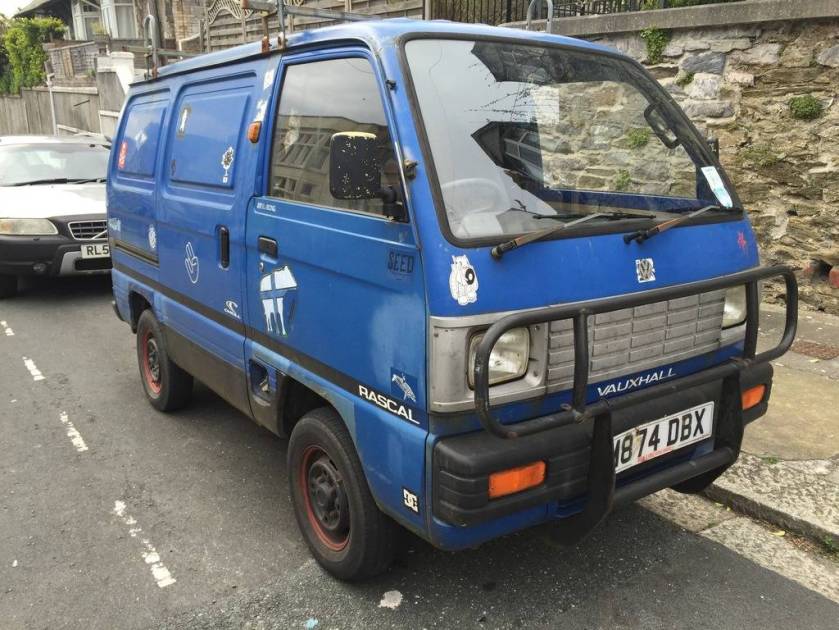 1993 Vauxhall Rascal Camper Conversion Vauxhall Rascal (a rebadged Bedford Rascal)
1993 Vauxhall Rascal Camper Conversion Vauxhall Rascal (a rebadged Bedford Rascal)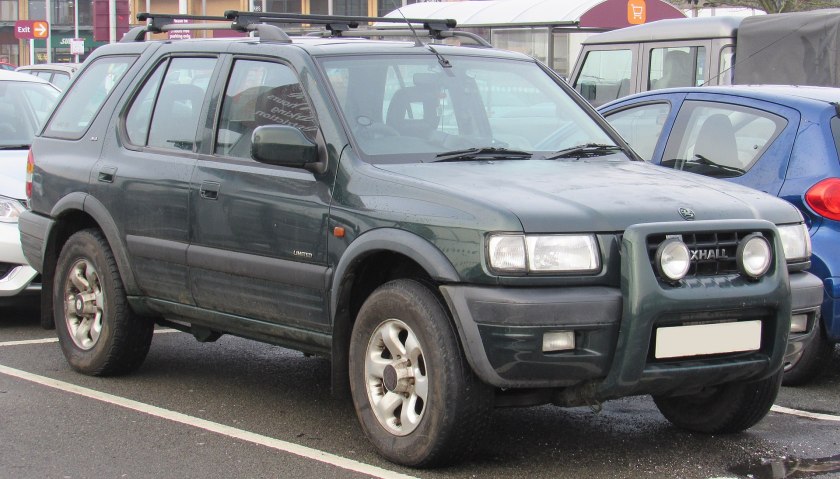 1999 Vauxhall Frontera Limited DTi Automatic 2.2 Vauxhall Frontera (a 4×4 SUV)
1999 Vauxhall Frontera Limited DTi Automatic 2.2 Vauxhall Frontera (a 4×4 SUV)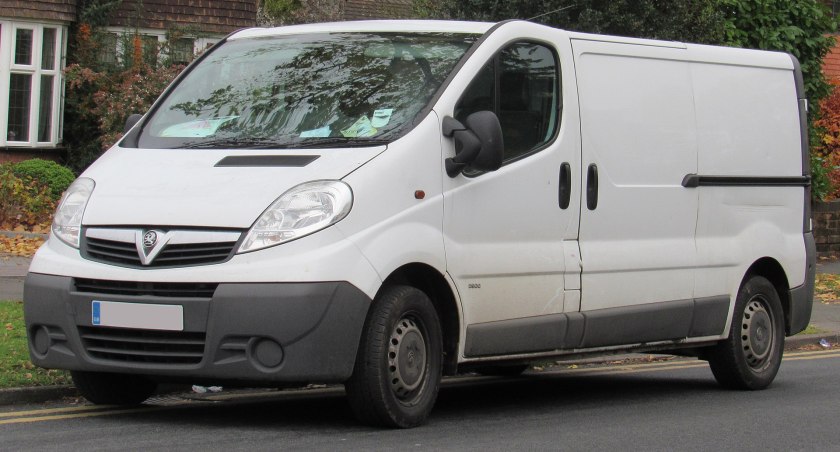 2012 Vauxhall Vivaro 2900 CDTi LWB facelift 2.0 Vauxhall Vivaro
2012 Vauxhall Vivaro 2900 CDTi LWB facelift 2.0 Vauxhall Vivaro
Renault models
Renault Trafic (platform-sharing version of Vauxhall and Opel Vivaro, also sold as Nissan Primastar)
Bedford bus sales totals 1931–1966
| Model | Wheelbase | Normal seating | Introduced | Completed | Home sales | Export sales | total |
|---|---|---|---|---|---|---|---|
| WHB | 10 ft. 11in. | 14 | 7/31 | 5/33 | 94 | 8 | 102 |
| WLB | 13 ft. 1in. | 20 | 7/31 | 9/35 | 1431 | 464 | 1895 |
| WTB | 13 ft. 11in. | 26 | 1/35 | 7/39 | 2556 | 664 | 3220 |
| OB | 14 ft. 6in. | 26 | 8/39 | 10/39 | 52 | 21 | 73 |
| OWB | 14 ft. 6in. | 32 | 1/42 | 9/45 | 3189 | 209 | 3398 |
| OB | 14 ft. 6in. | 29 | 10/45 | 11/50 | 7200 | 5493 | 12693 |
| SB | 17 ft. 2in./18 ft. | 33/41 | 10/50 | 14050 | 14727 | 28777* | |
| VAS | 13 ft. 8in. | 29/30 | 8/61 | 698 | 454 | 1152* | |
| VAL | 17 ft. 8in. | 49/52 | 8/62 | 776 | 128 | 904* | |
| VAM | 16 ft. 1in. | 45 | 8/65 |
The SB, VAS, VAL and VAM sales figures are to June 1965. Later production is not included in these figures.
Gallery
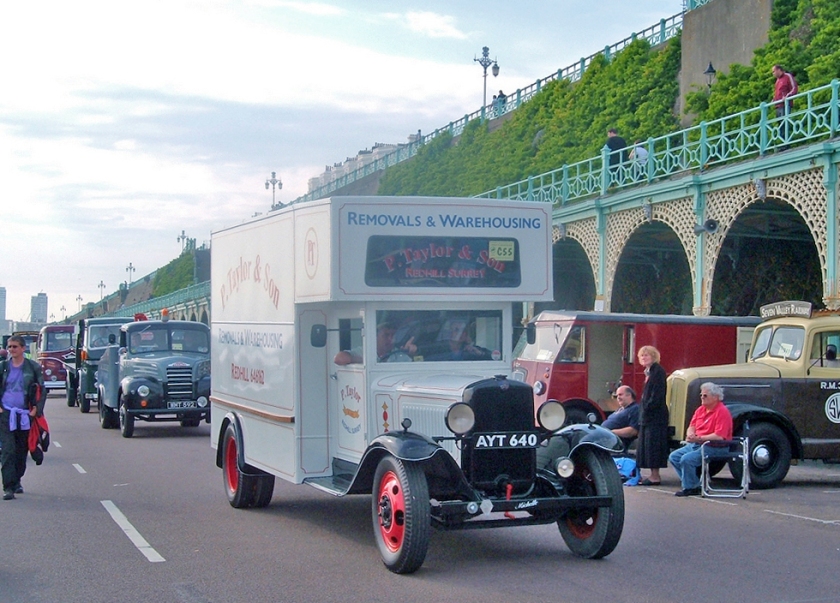
1933 Bedford two-ton Luton van
1959 Bedford SB with Duple body
Rare Bedford JJL early midibus
Bedford VAL twin steer coach
Bedford 4WD chassis cab with a chassis mounted drilling rig by Ruston-Bucyrus
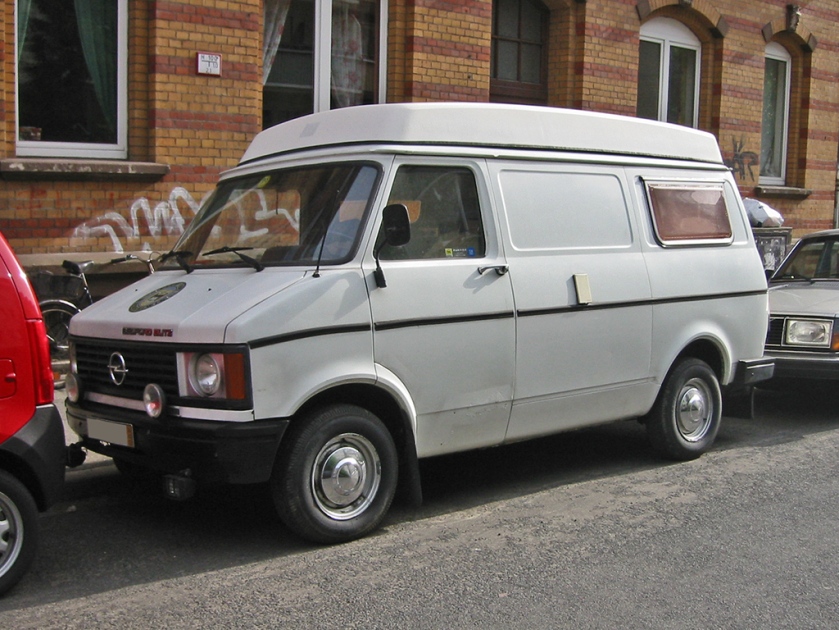
Bedford Blitz (German market name) / Bedford CF (UK designation)
Bedford coach (1950s)
Pictures from my own collection I collected the last years from www:
References
Jump up^ http://www.bedford-ca.com/
Jump up^ Classic and Vintage Commercials (magazine)
Jump up^ “Refurbishment of 1974 Bedford TK truck”. Heritage Commercials. Retrieved 12 March 2012.
Jump up^ http://camionargentino.blogspot.com.ar/2012/05/bedford-j6-nafta-y-diesel.html
Jump up^ http://camionargentino.blogspot.com.ar/2012/03/bedford-j6lz1.html
Jump up^http://www.bbc.co.uk/programmes/b00yw2wc/features/reelhistorybus
Jump up^ Kennett, Pat, ed. (September 1983). “Truckmonth: Snaps”. TRUCK. London, UK: FF Publishing Ltd: 18.
Jump up^ “European Heritage 1990–1999”. General Motors Europe.
Jump up^ “Company Profile”. Vauxhall.
Jump up^ Commercial Motor Archive http://archive.commercialmotor.com/article/3rd-december-1987/22/-awd-the-company-led-by-david-j-b-brown
Jump up^ Caterpillar Chronicle, by Eric C. Orlemann, pub by MBI, ISBN0-7603-0667-2
Jump up^ https://www.independent.co.uk/news/business/awd-sale-to-put-bedford-in-cambridge-1557330.html
Jump up^ Buses Illustrated: Ian Allen May 1966 page 192, 50,000 VEHICLES IN 35 YEARS Anniversary of first Bedford psv by Gavin A Booth
External links
General
http://bedfordportugal.blogspot.pt/
https://www.youtube.com/channel/UC6eo0xijNG7xQiAsND7fQBQ
CA-specific
www.btinternet.com/~ianswvan/ca1.htm
CF-specific
www.btinternet.com/~ianswvan/cf1.htm
Midi-specific
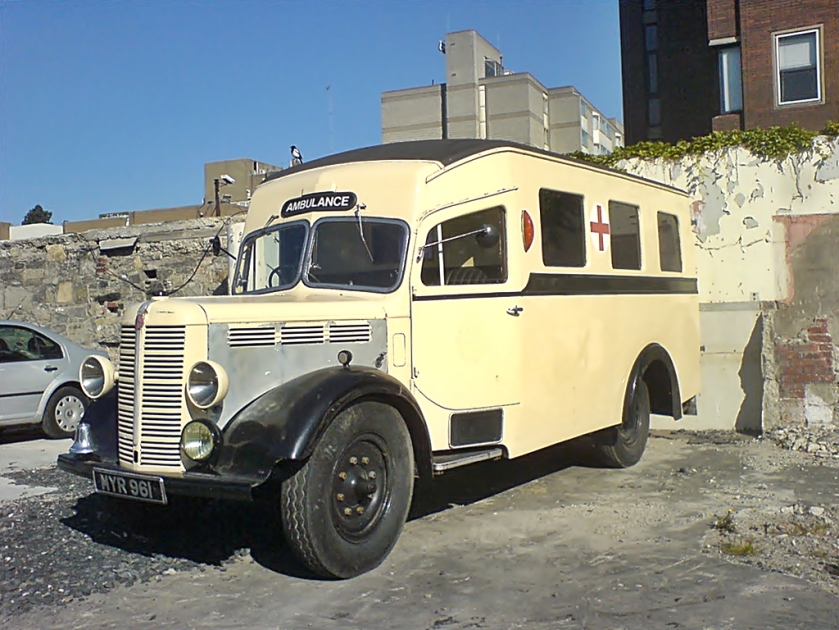
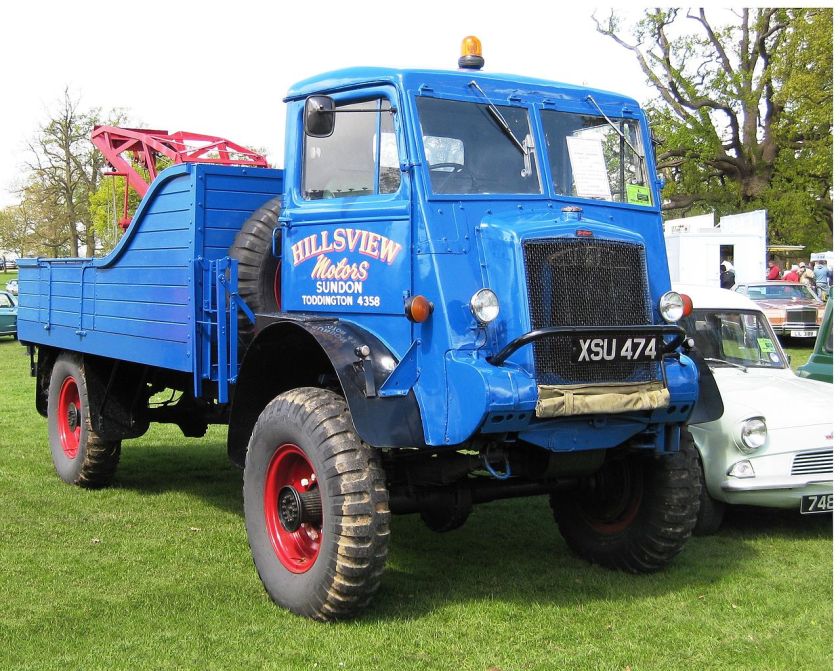
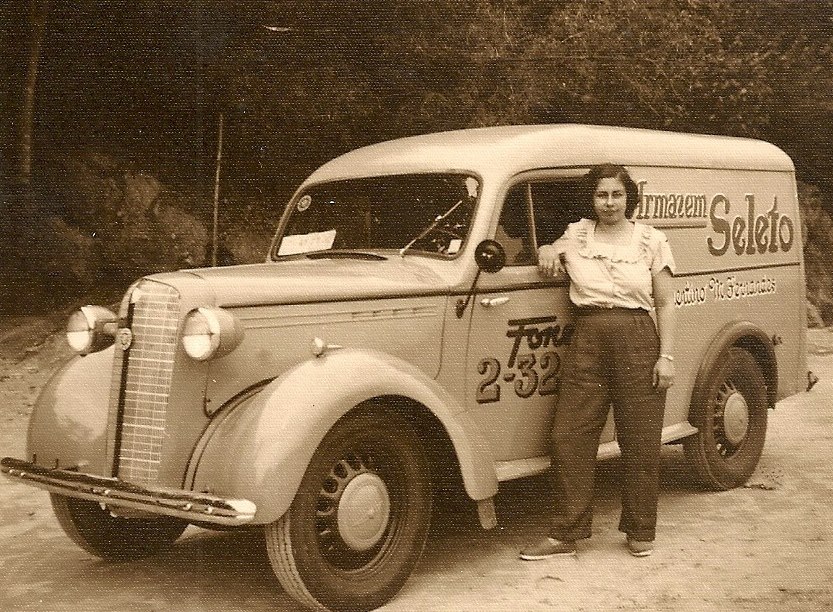
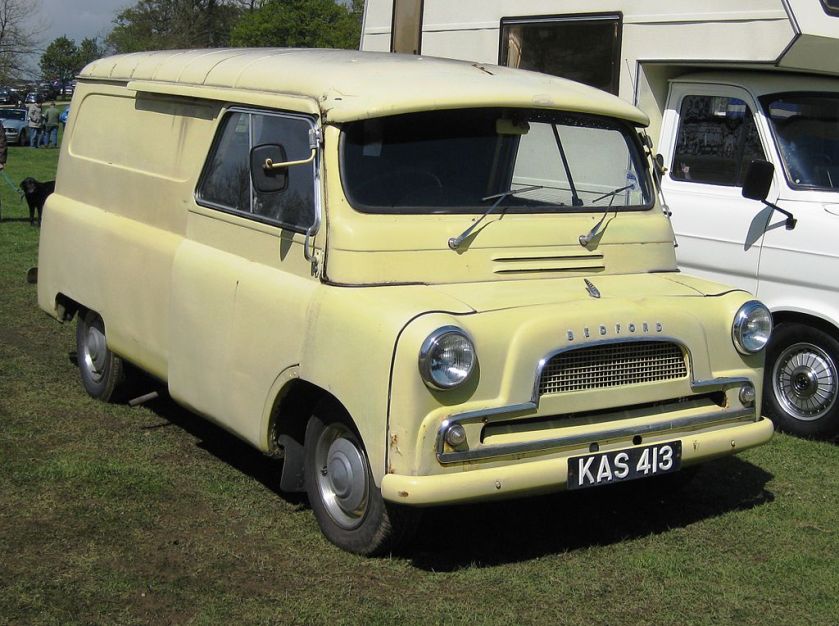
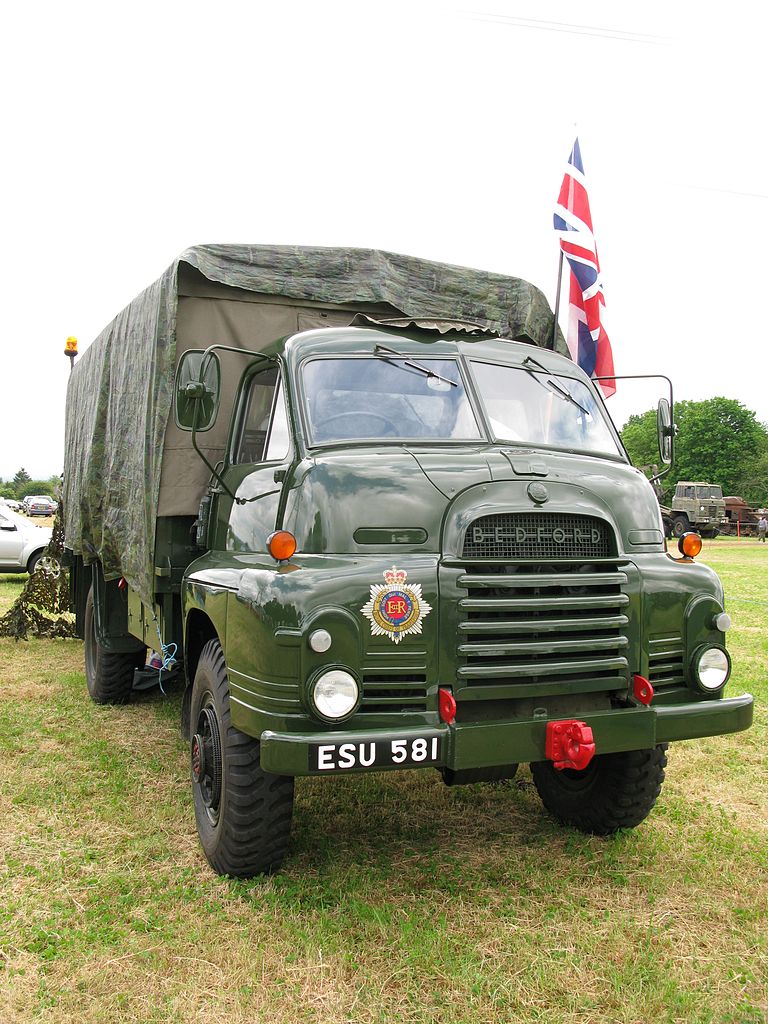

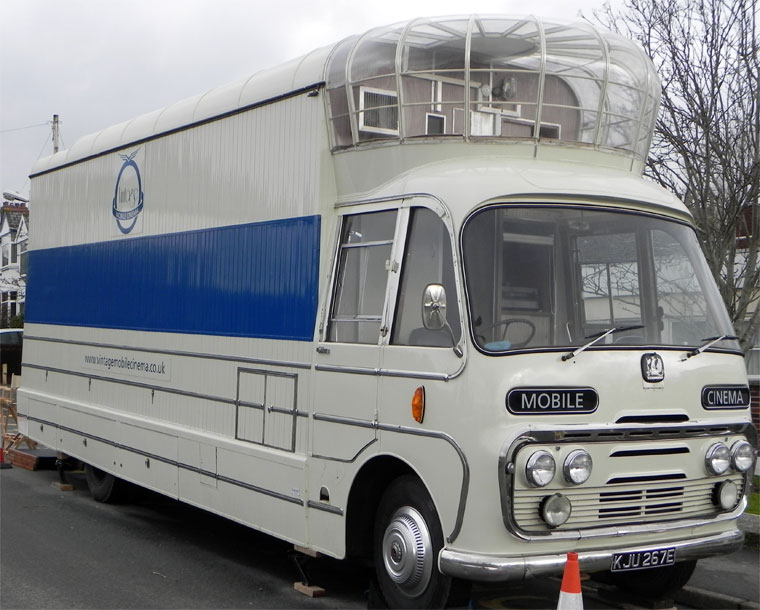
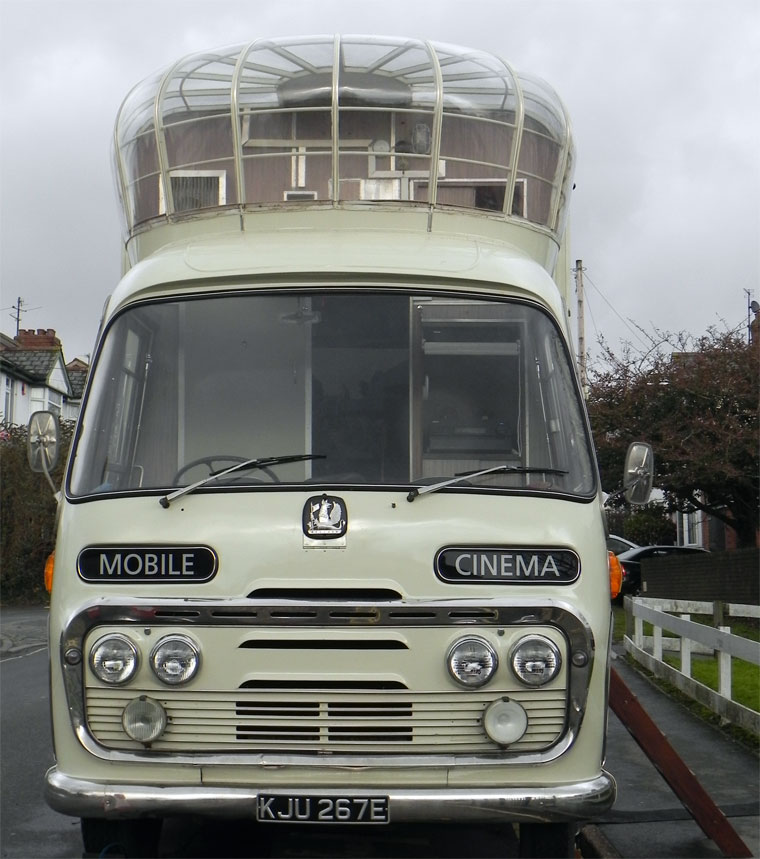





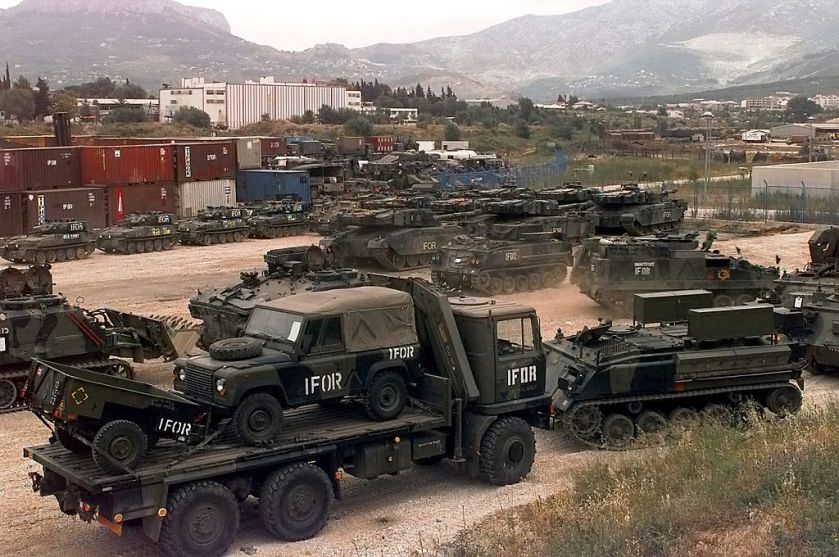

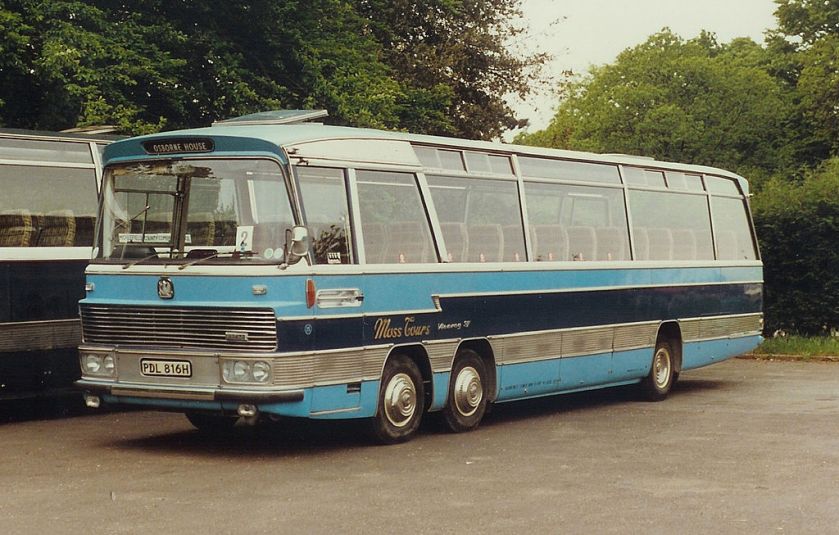
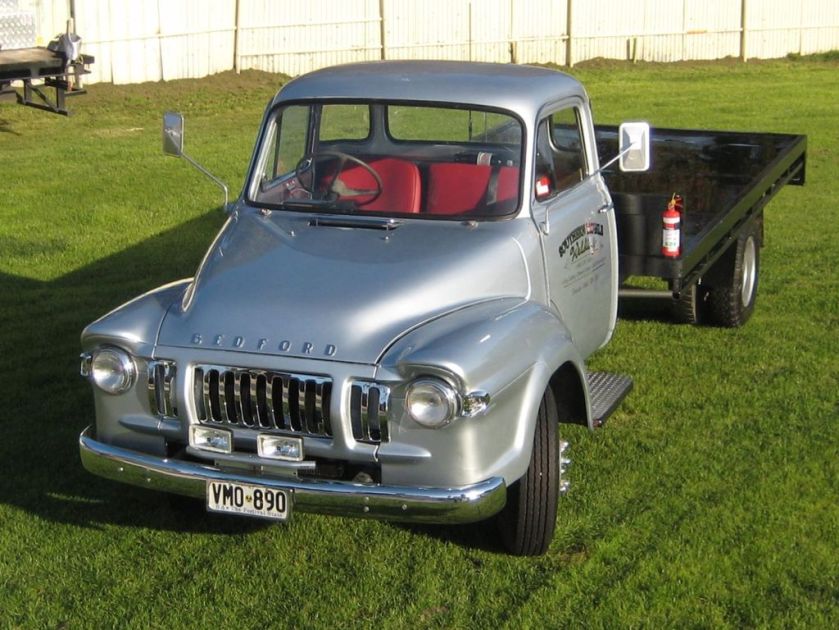
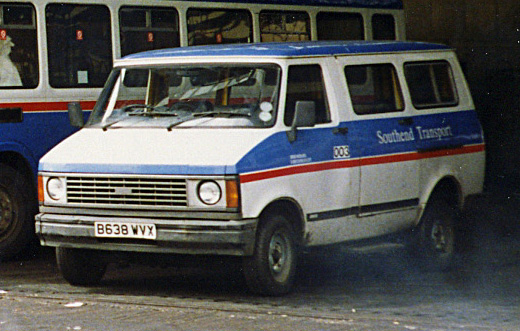
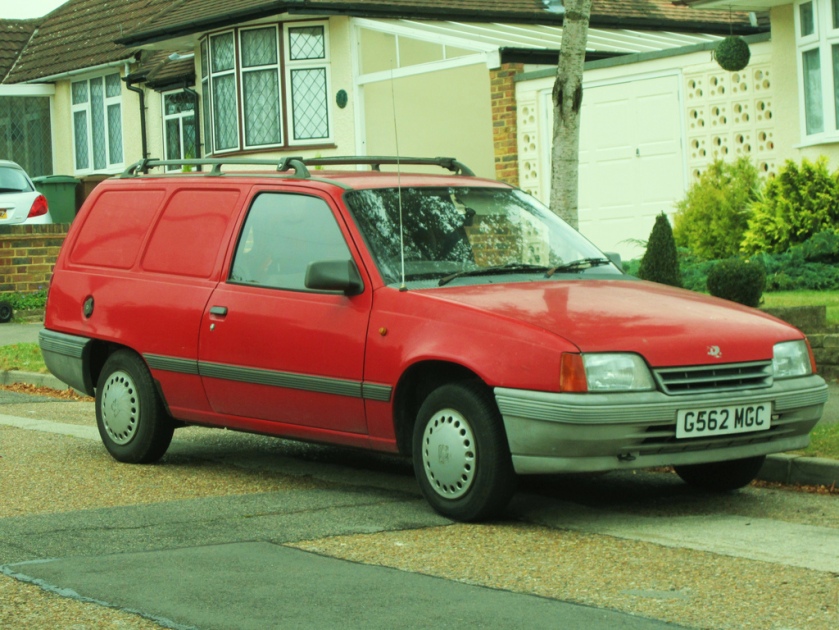












































































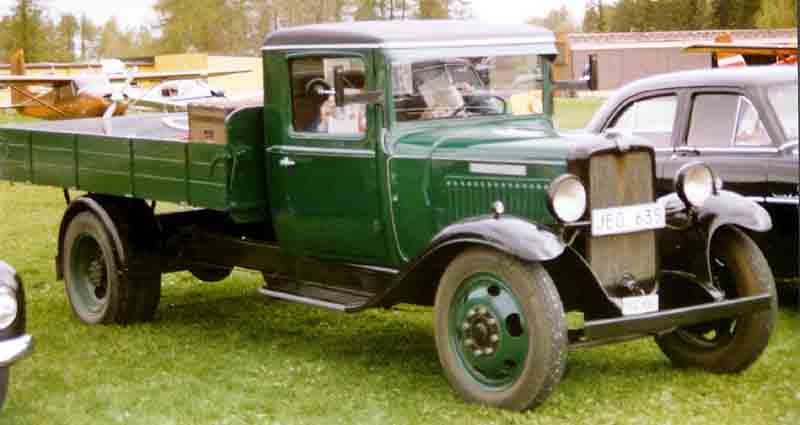
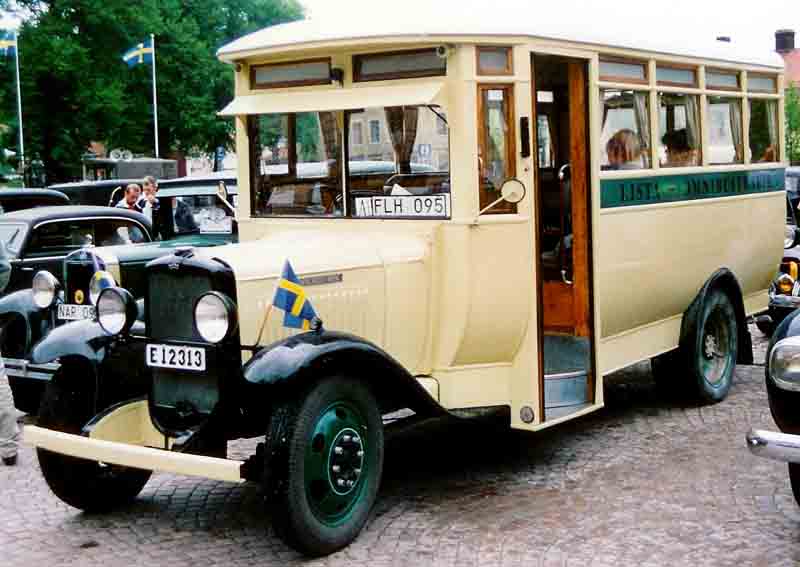
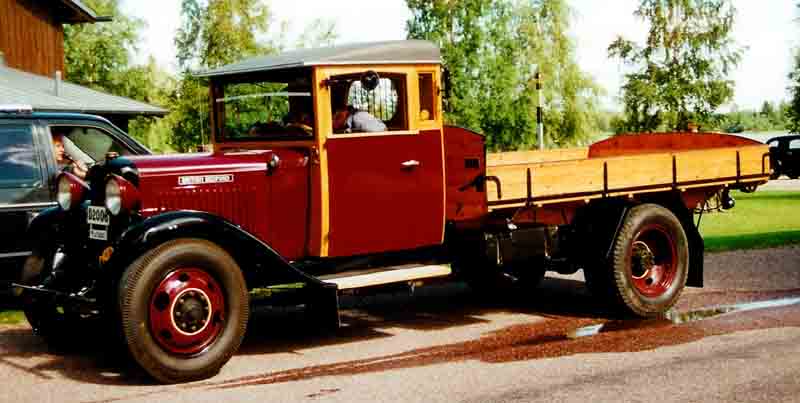
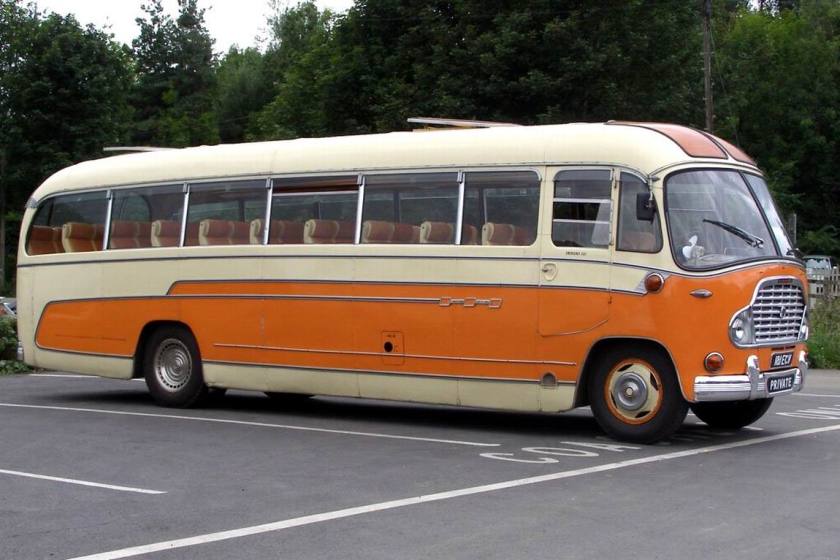
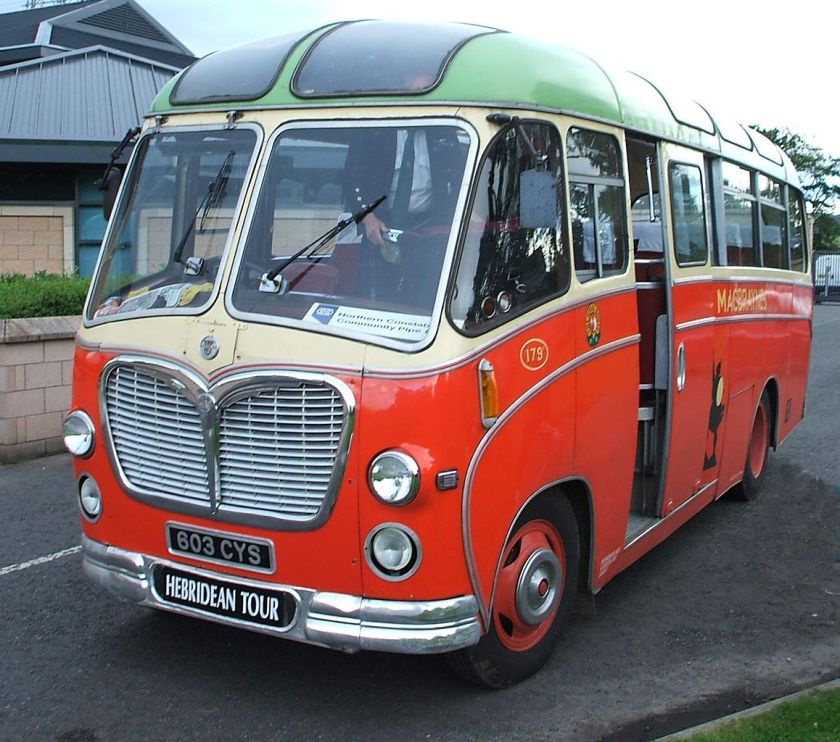
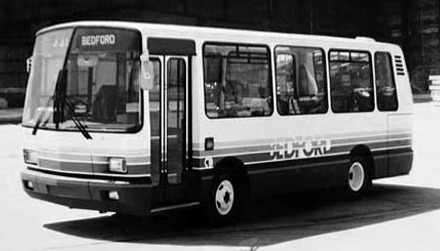
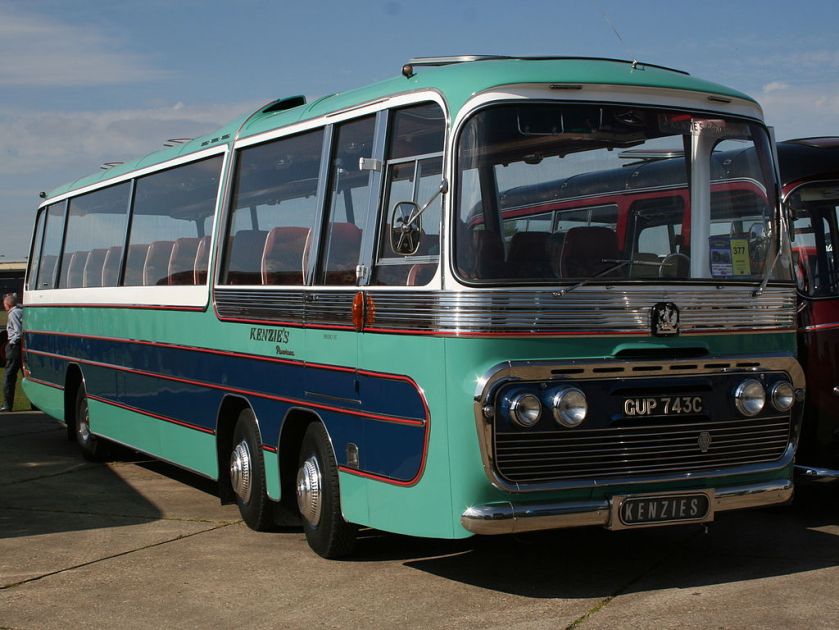
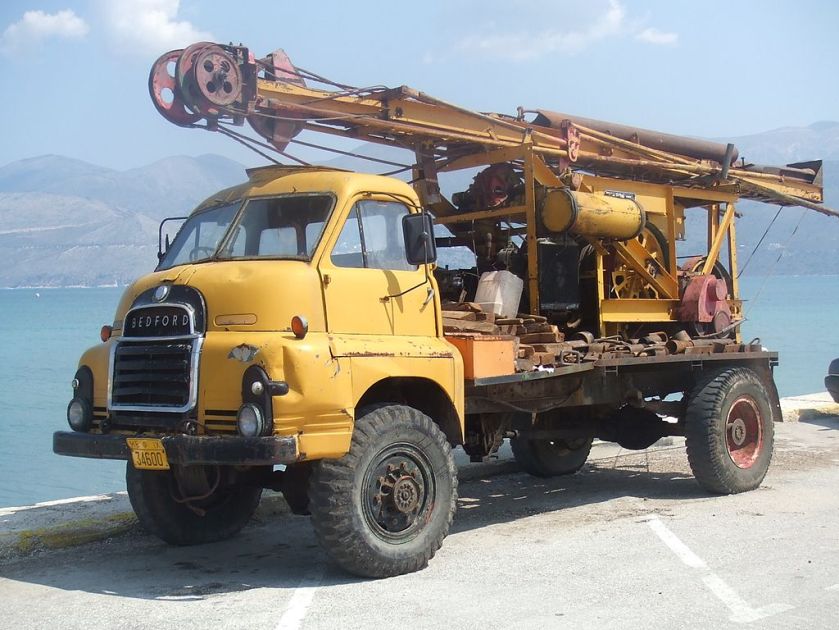
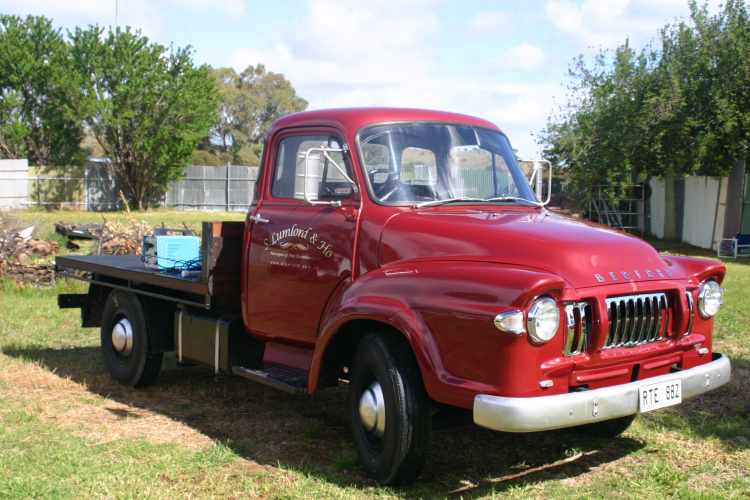
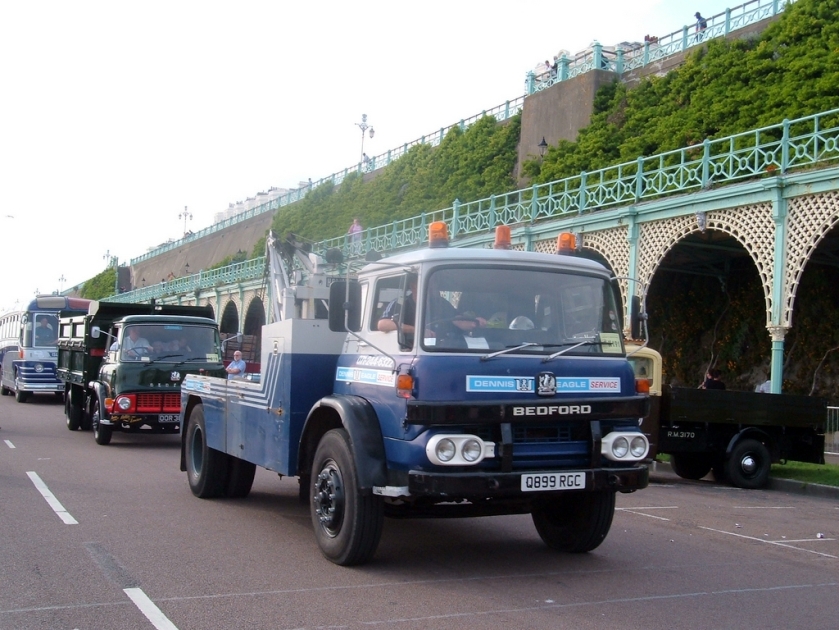
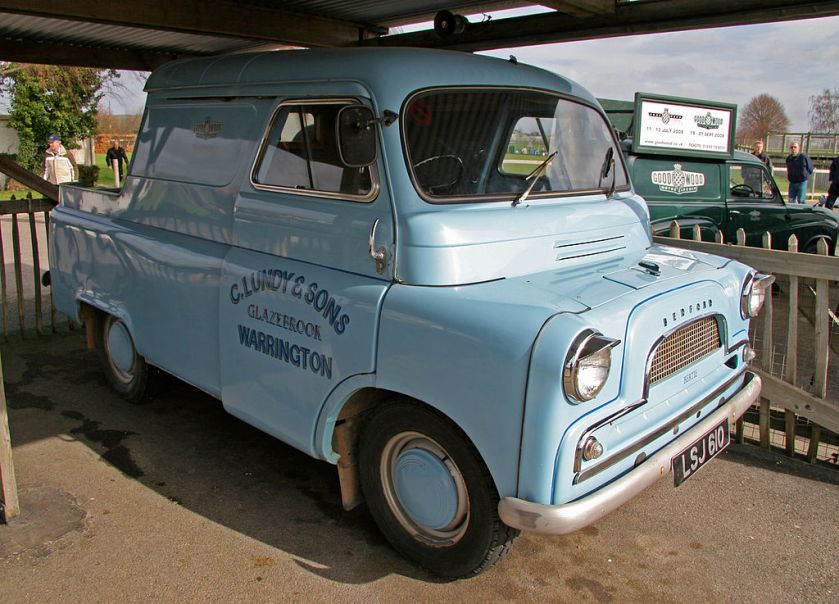
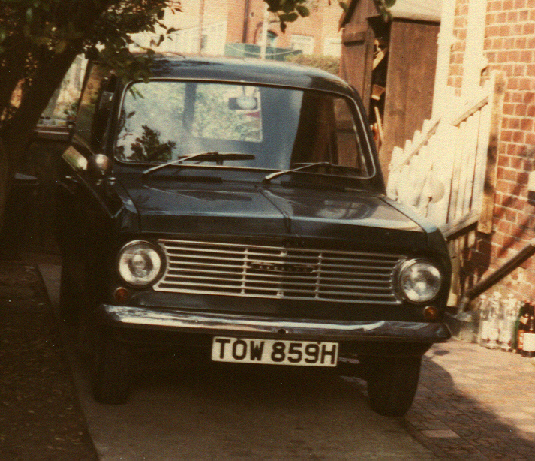
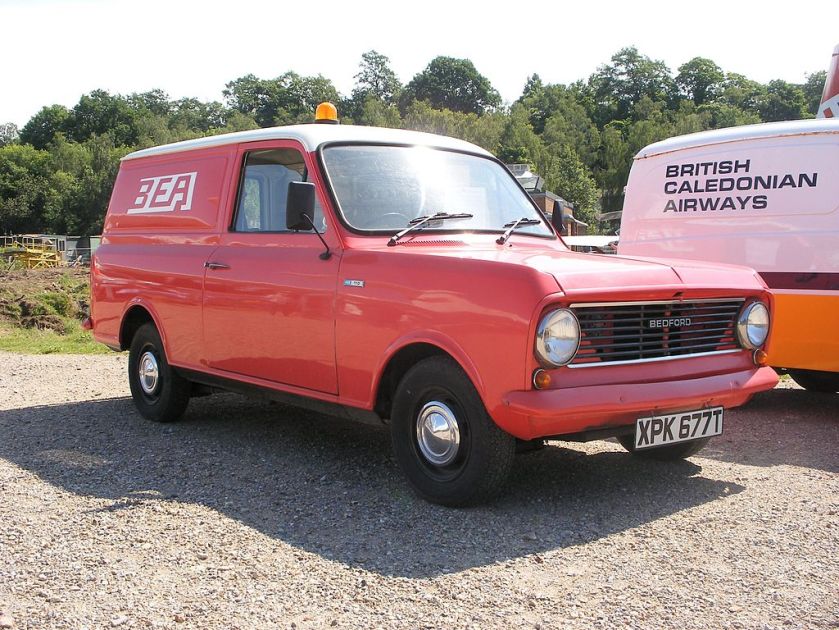
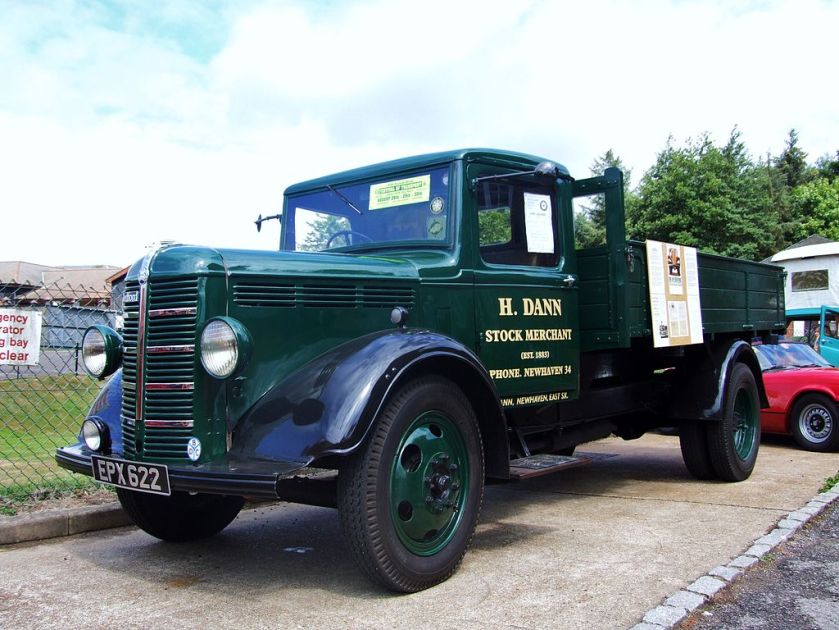
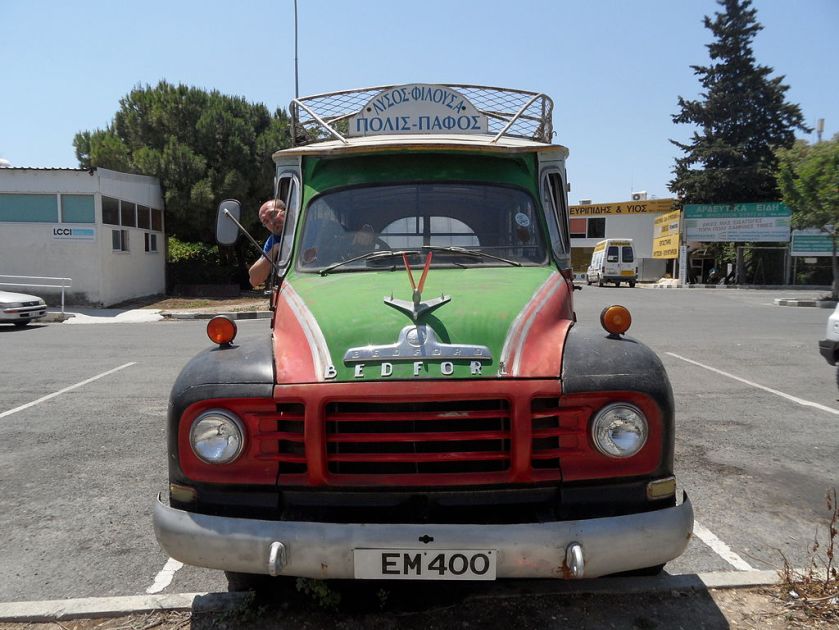






























































































































































![1950 BEDFORD OB Duple Bodied on Car And Classic UK [C453364] 1950 BEDFORD OB Duple Bodied on Car And Classic UK [C453364]](https://i0.wp.com/myntransportblog.wordpress.com/wp-content/uploads/2018/10/1950-bedford-ob-duple-bodied-on-car-and-classic-uk-c453364.jpg?w=392&h=294&ssl=1)



















































































































































































































































































































































































































































































































































































































































































































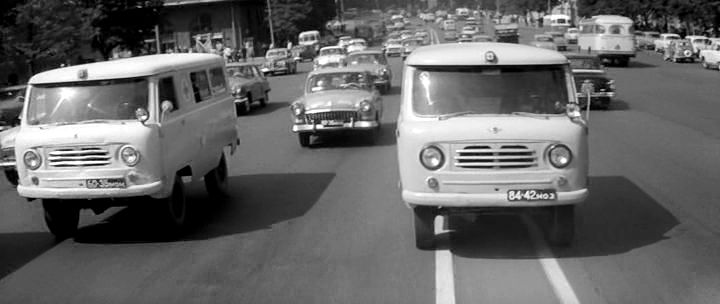
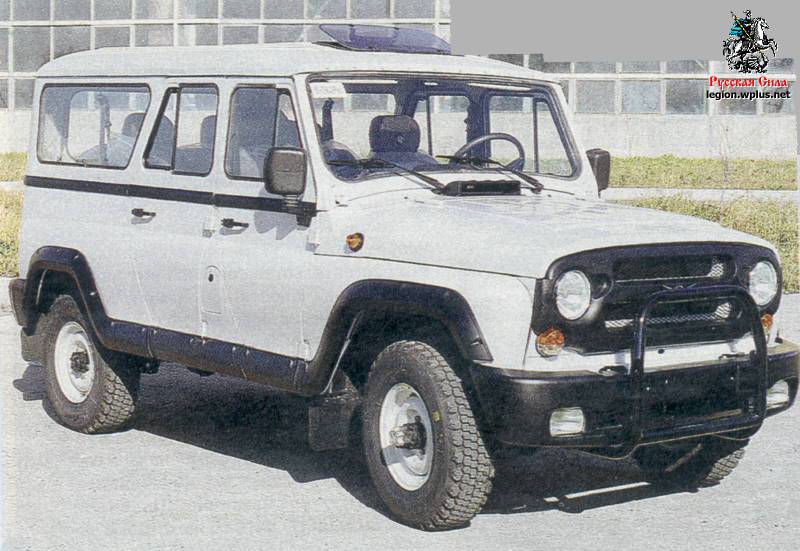


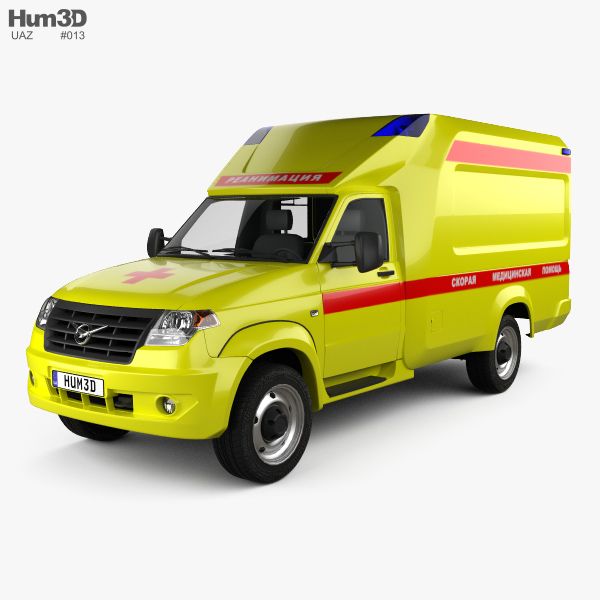
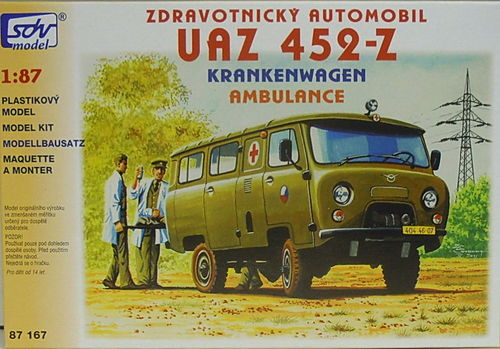
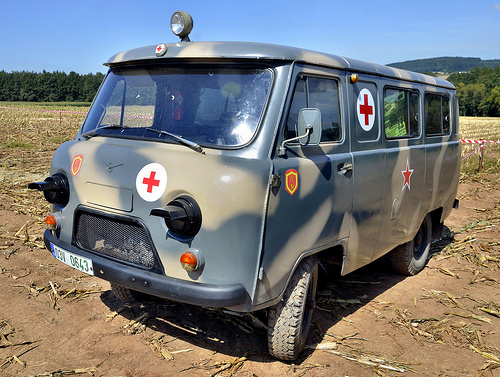
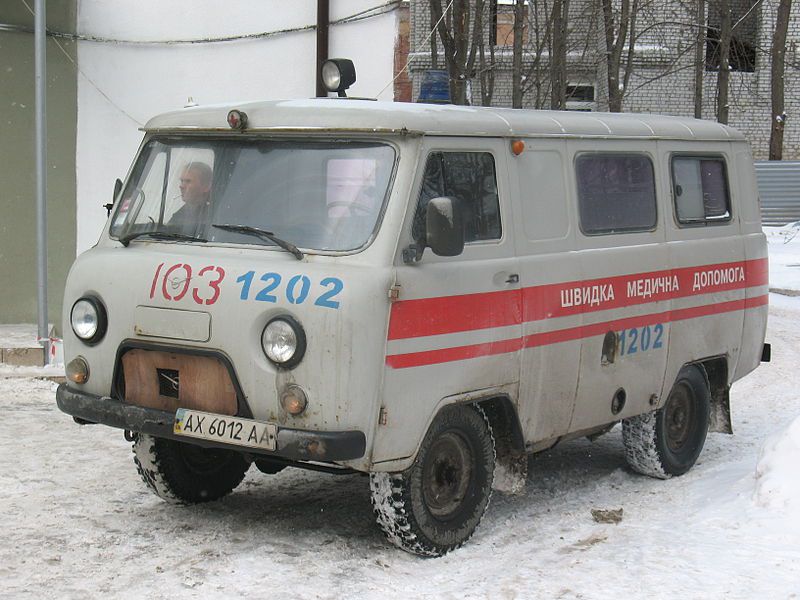







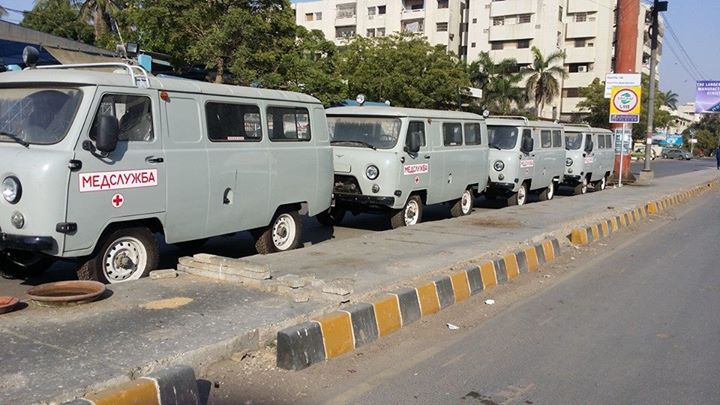
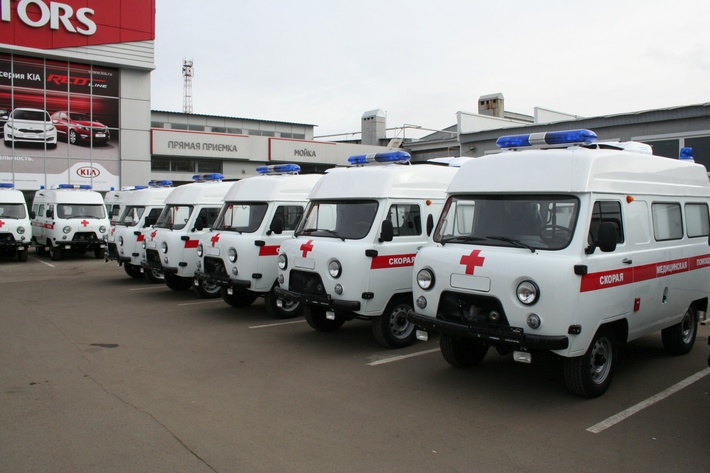
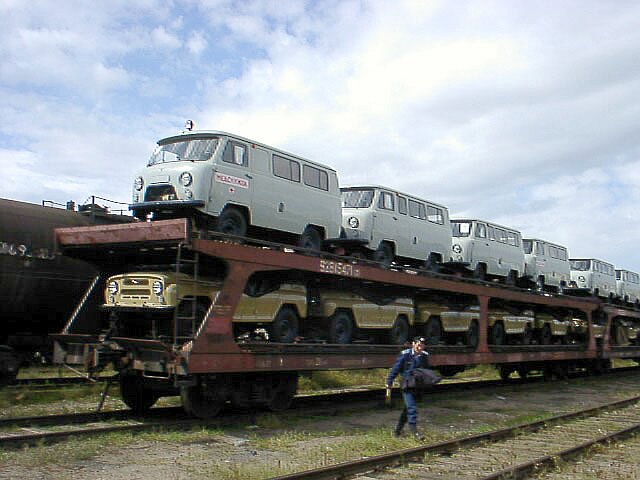
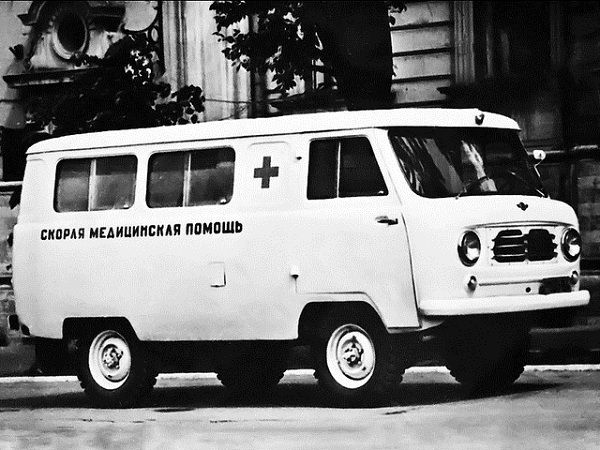

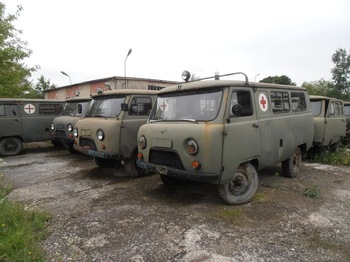
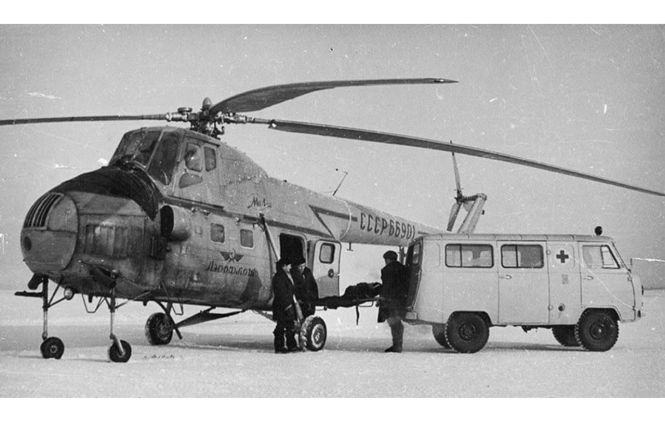

 UAZ or “Bukhanka” Ambulances
UAZ or “Bukhanka” Ambulances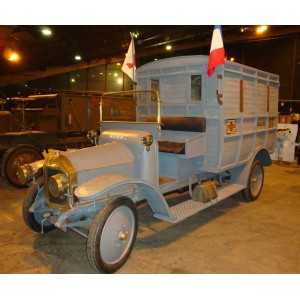
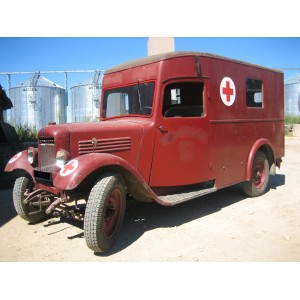


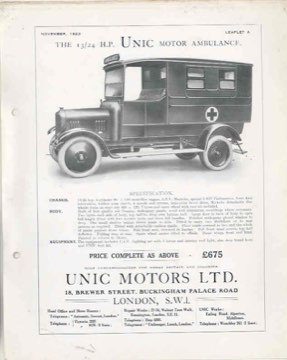
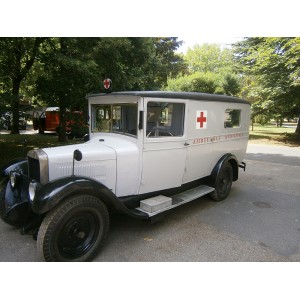

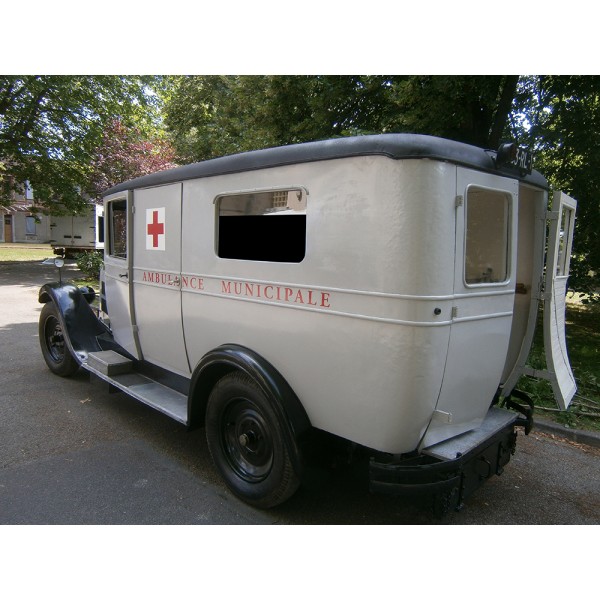
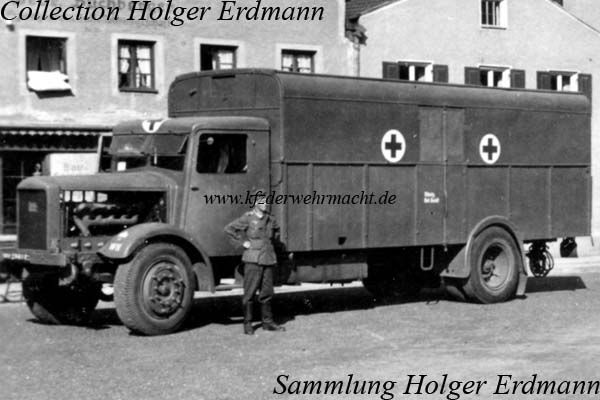
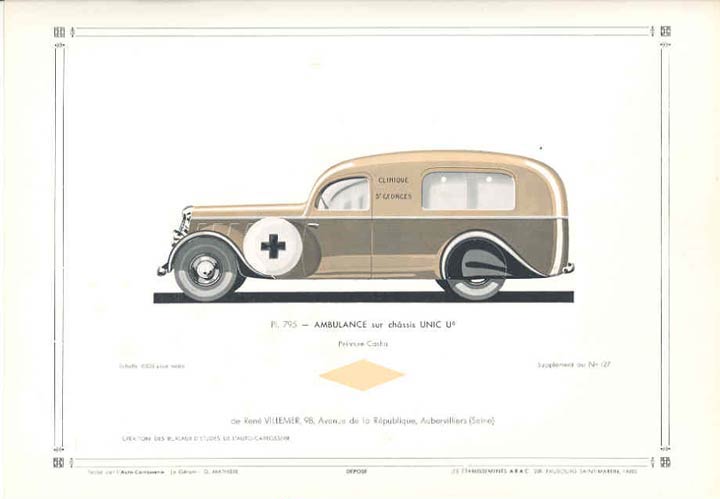


 All Unic Ambulances or Red Cross Truck
All Unic Ambulances or Red Cross Truck
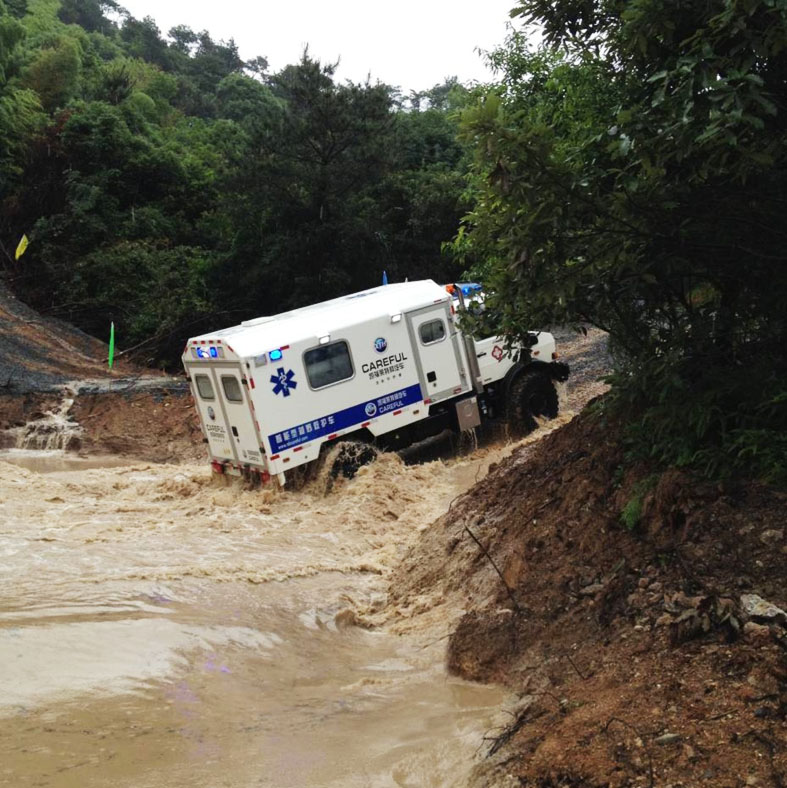
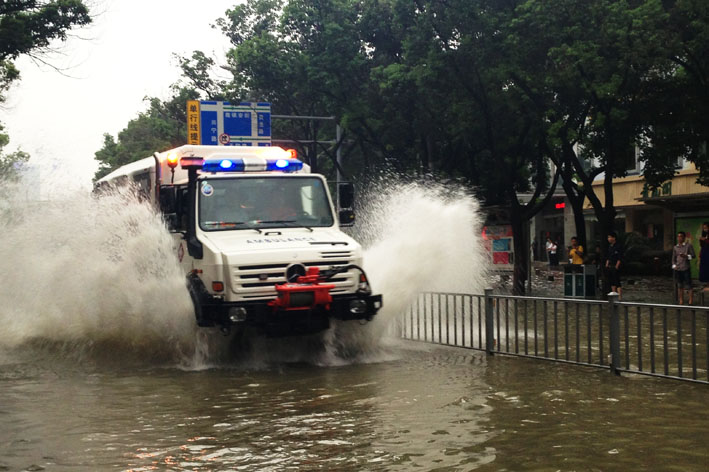
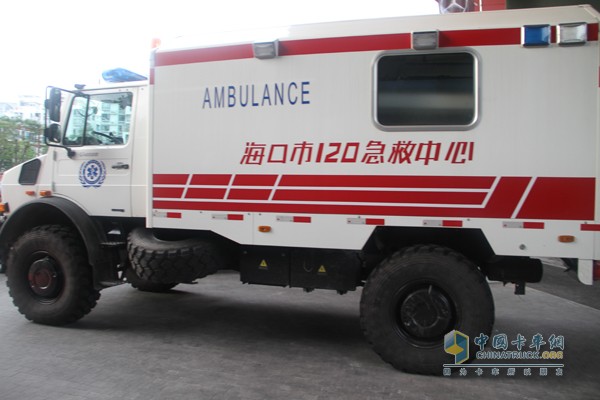


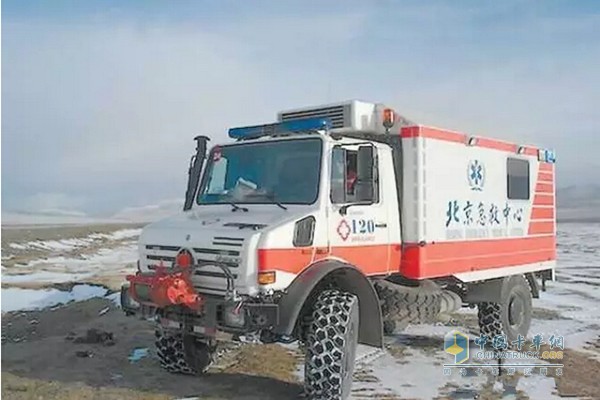
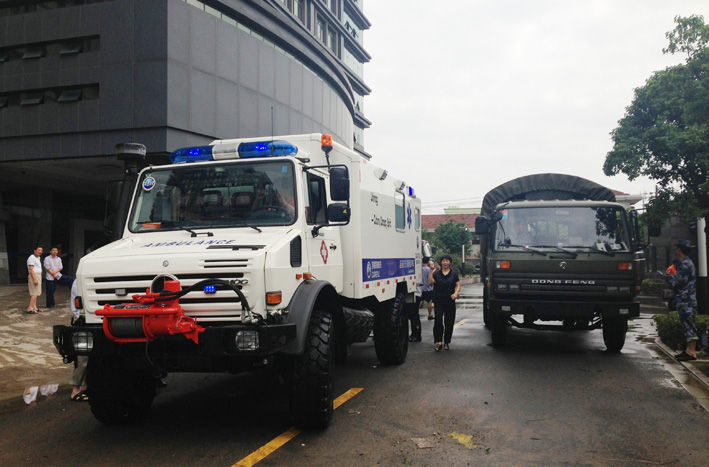


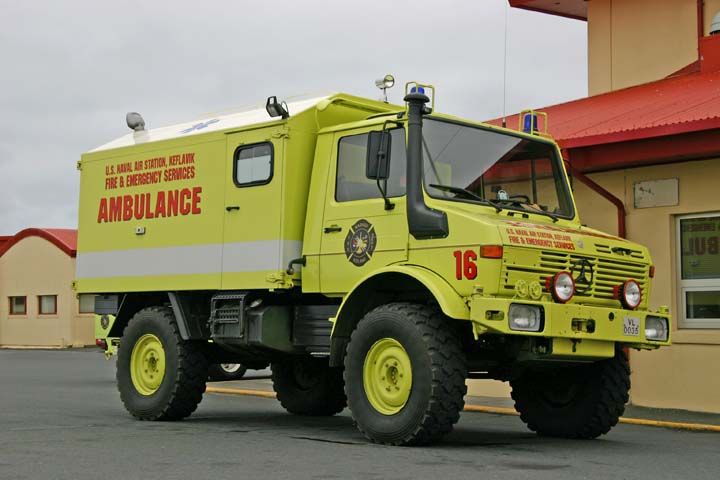




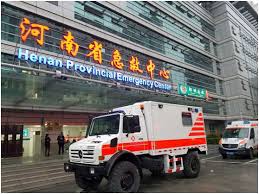
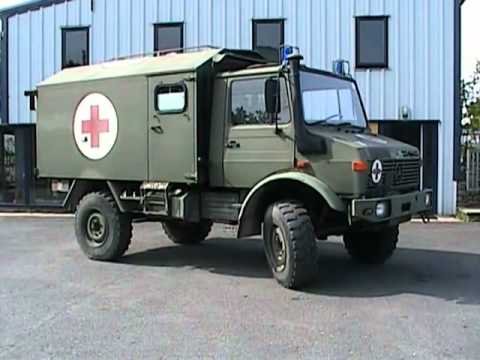 UNIMOG (Mercedes-Benz) Ambulances
UNIMOG (Mercedes-Benz) Ambulances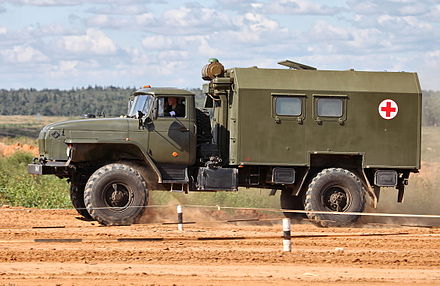
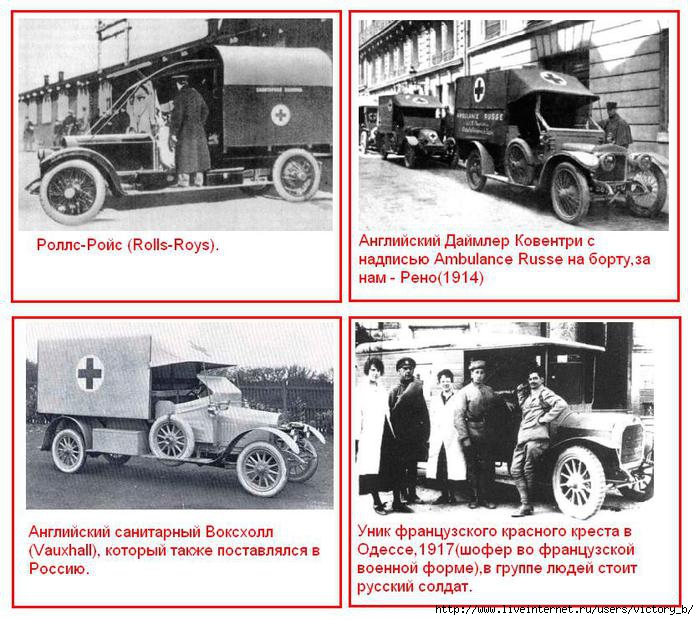
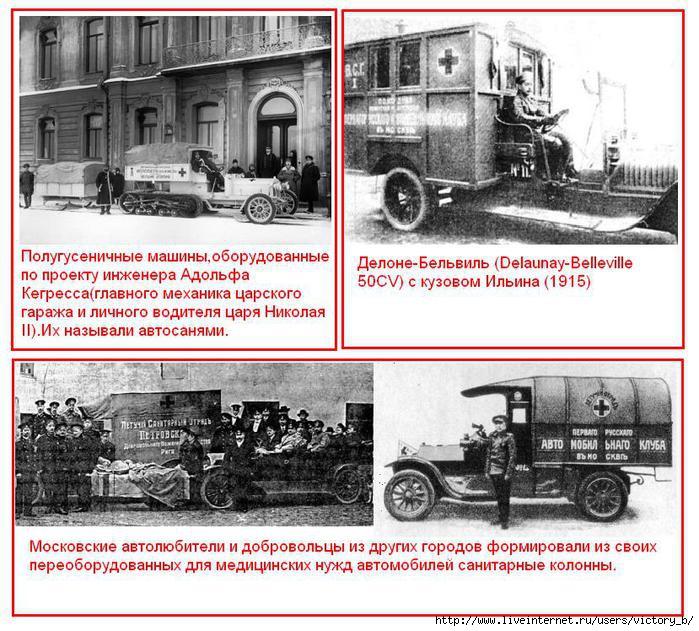
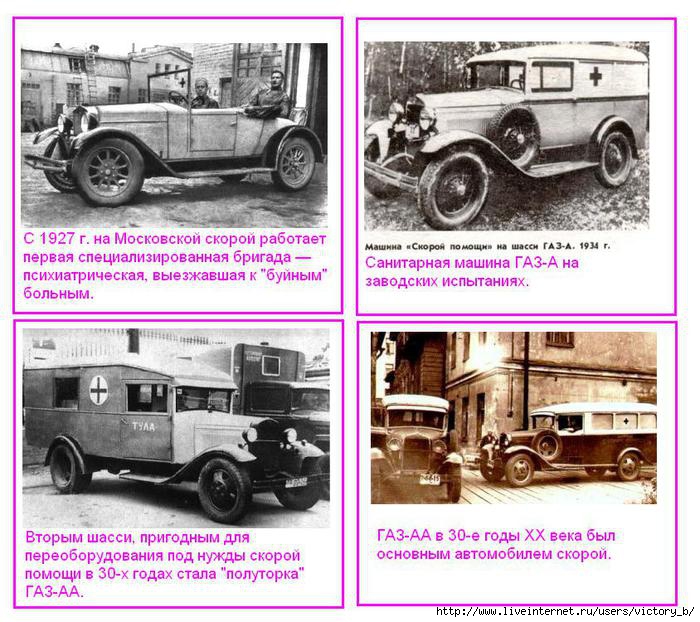
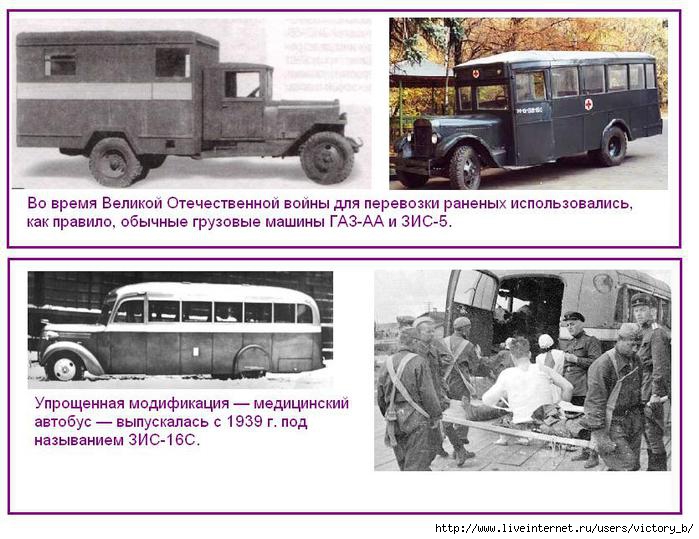
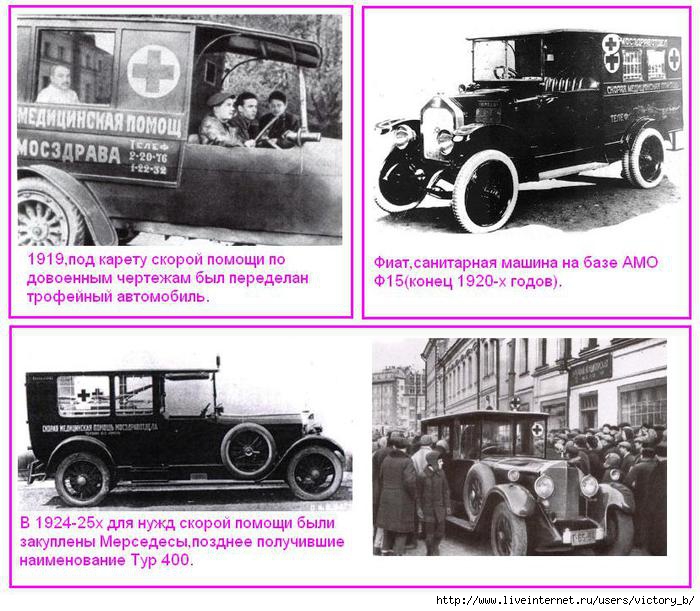
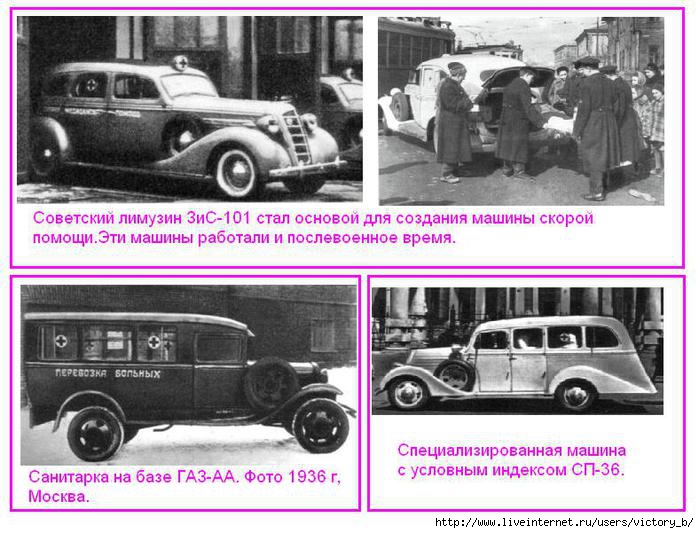
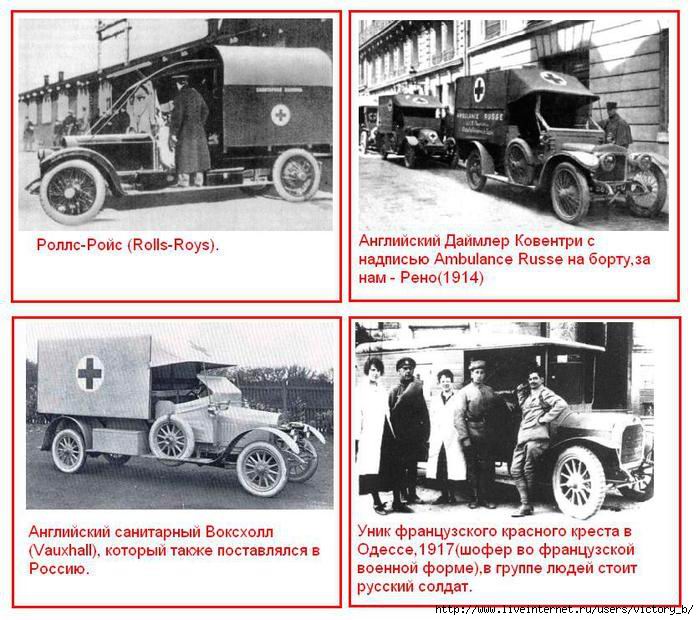
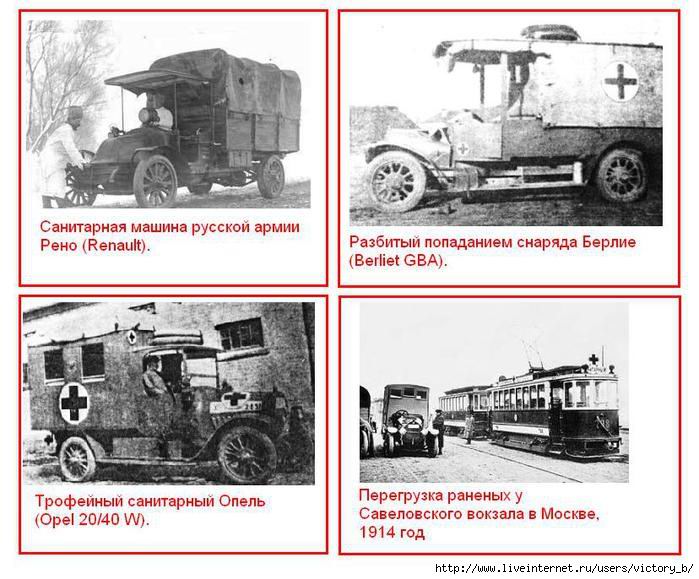

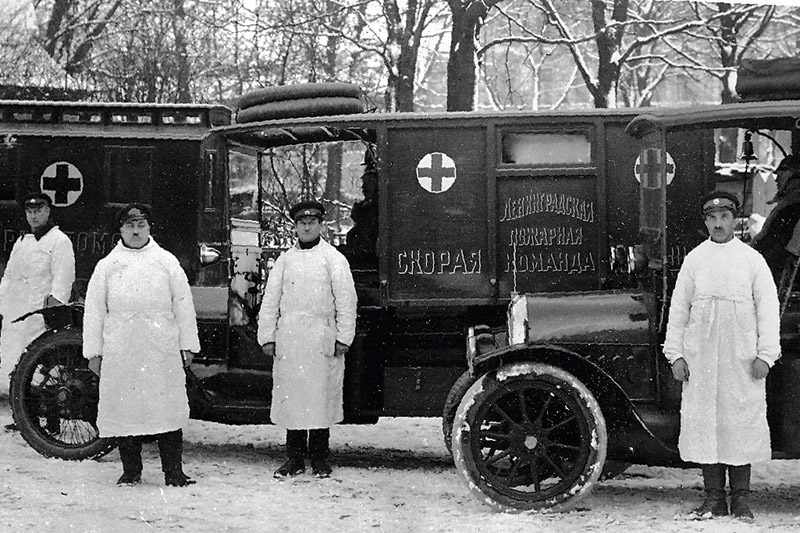
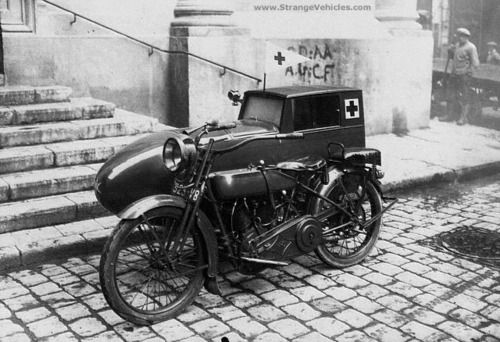


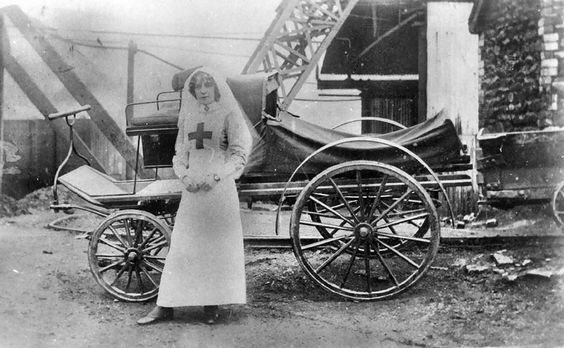
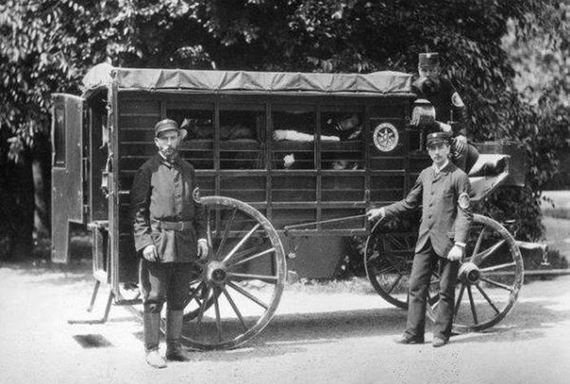

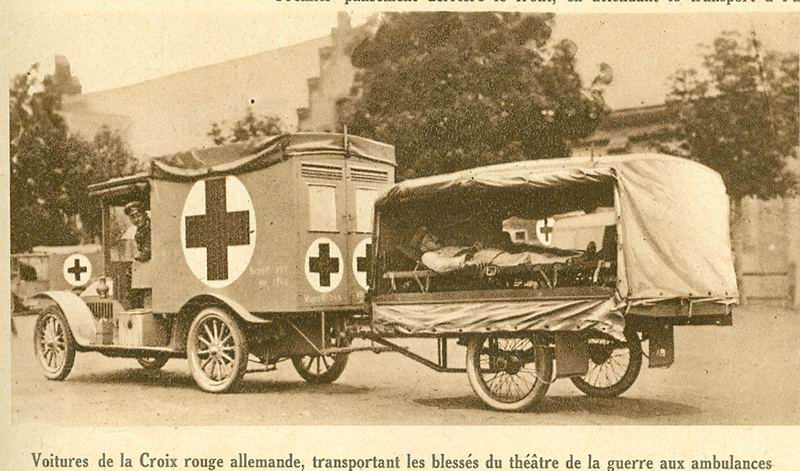
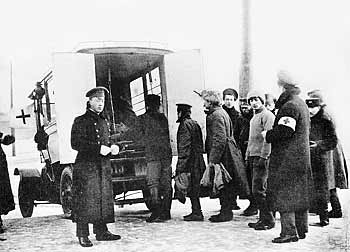
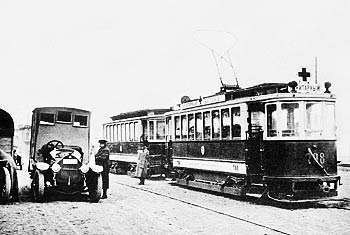
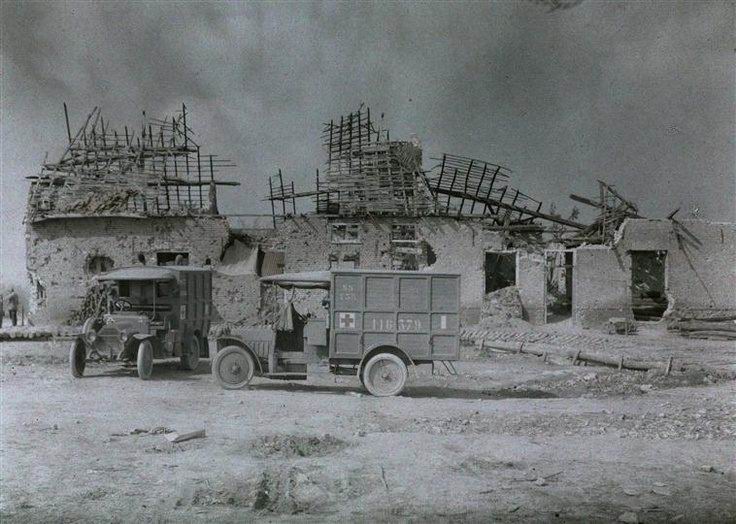

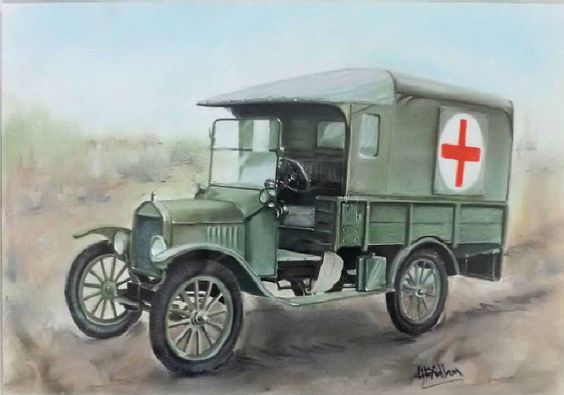
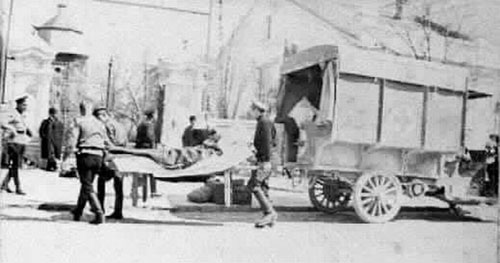
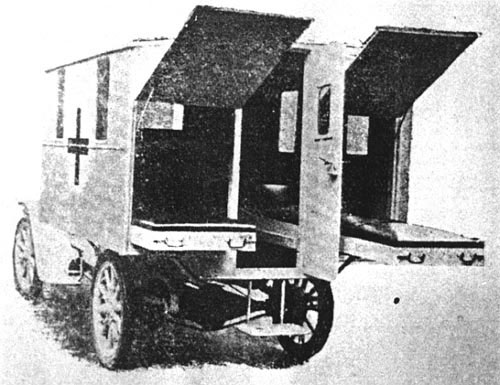
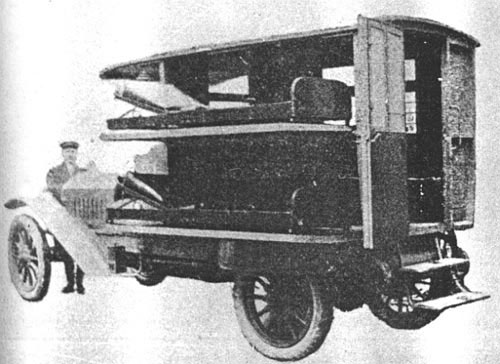
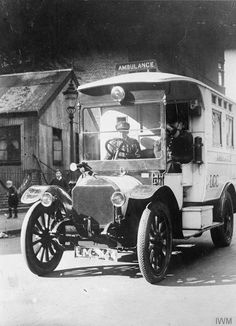

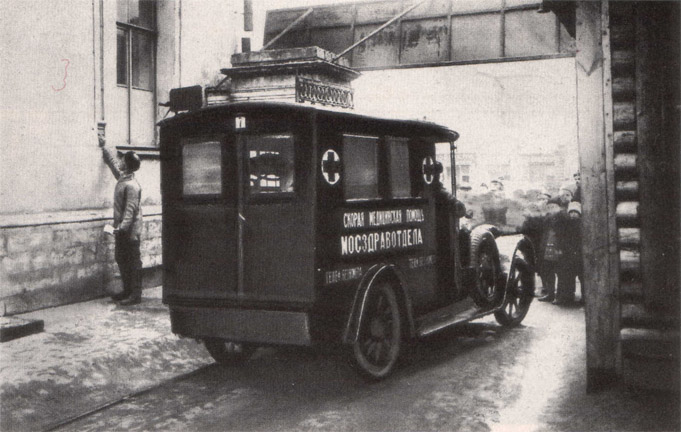 1924 SMP amb
1924 SMP amb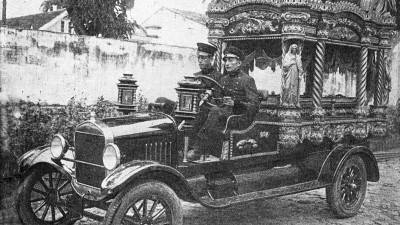
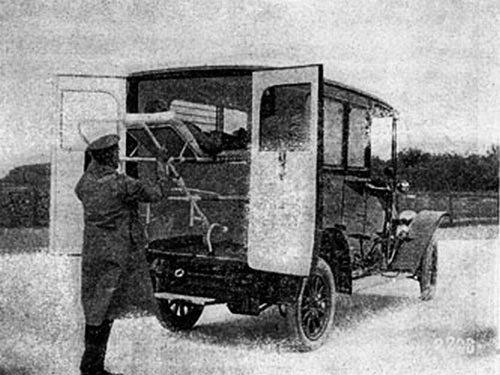
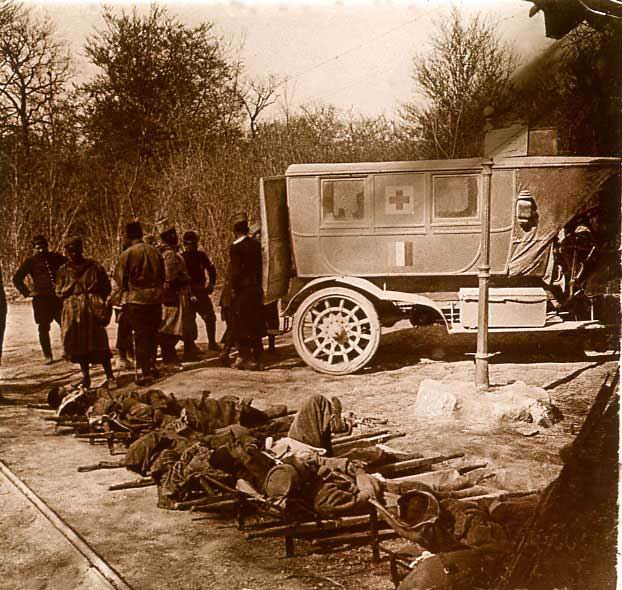

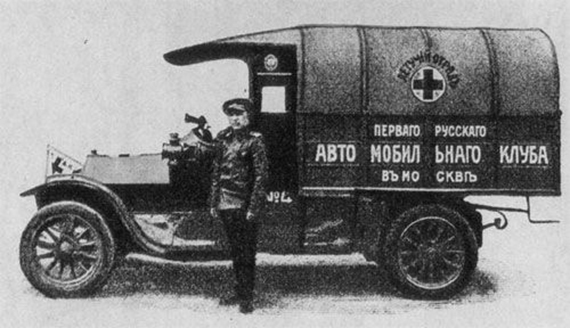



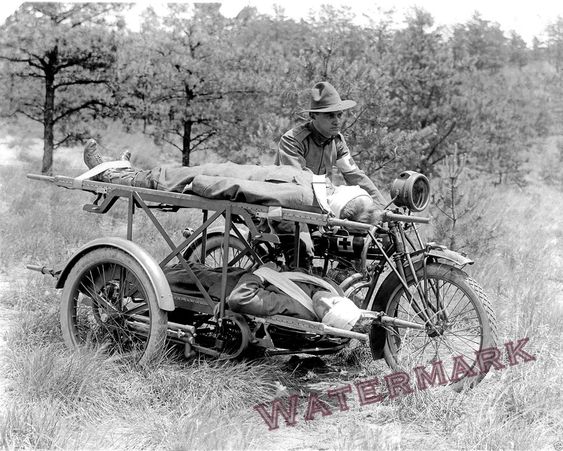

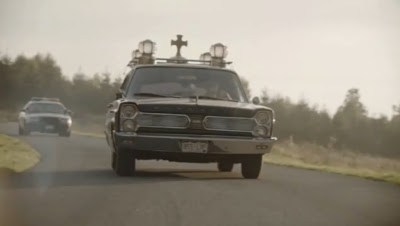
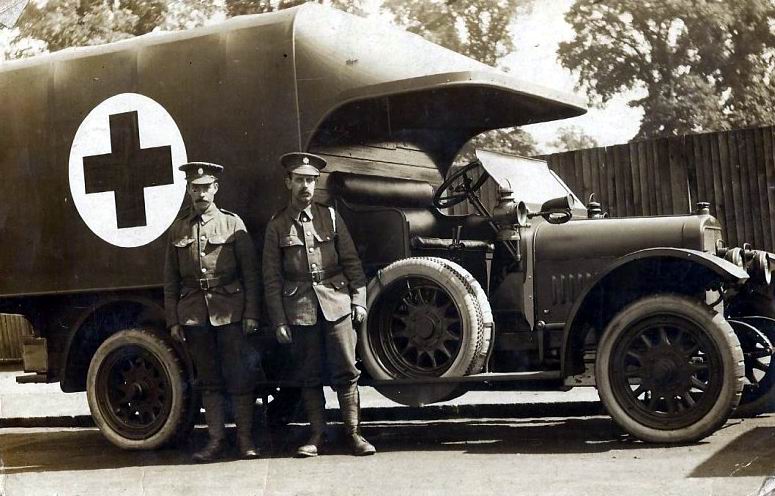
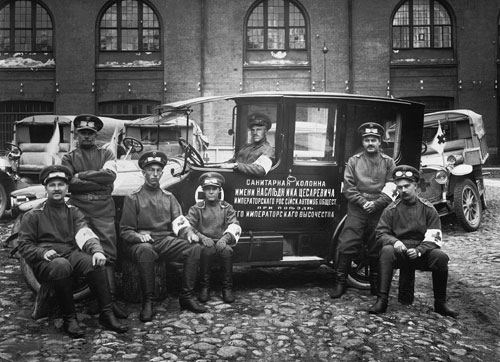
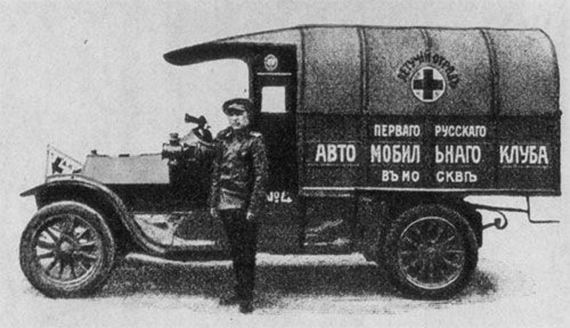
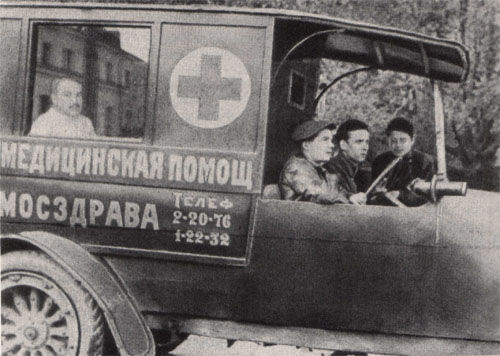
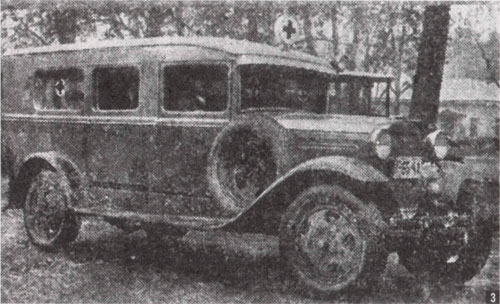
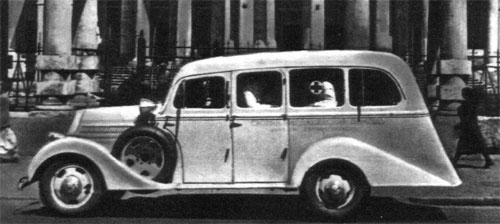




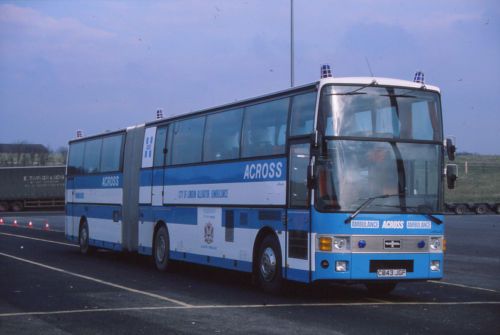



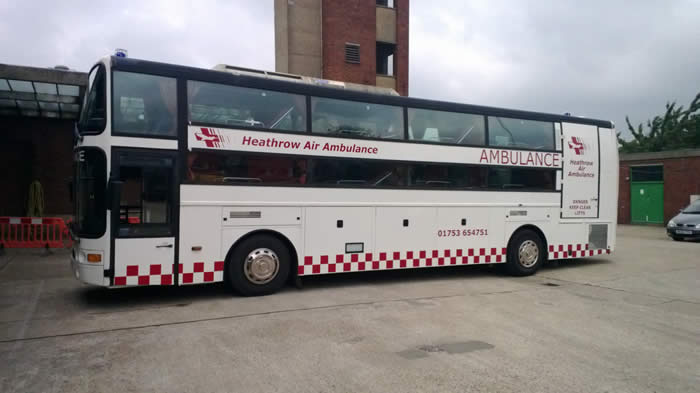 van Hool Ambulance Buses (Visser Leeuwarden)
van Hool Ambulance Buses (Visser Leeuwarden)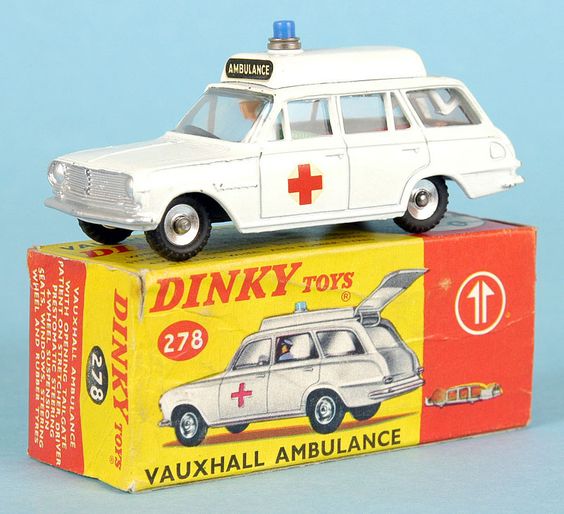
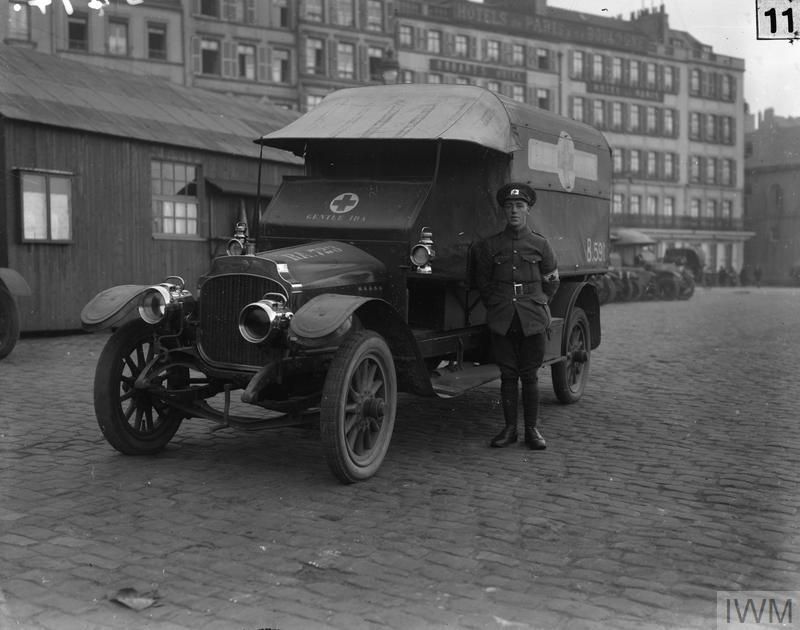

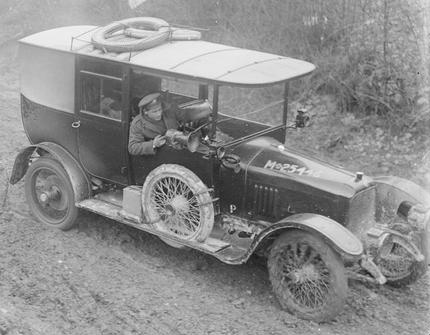


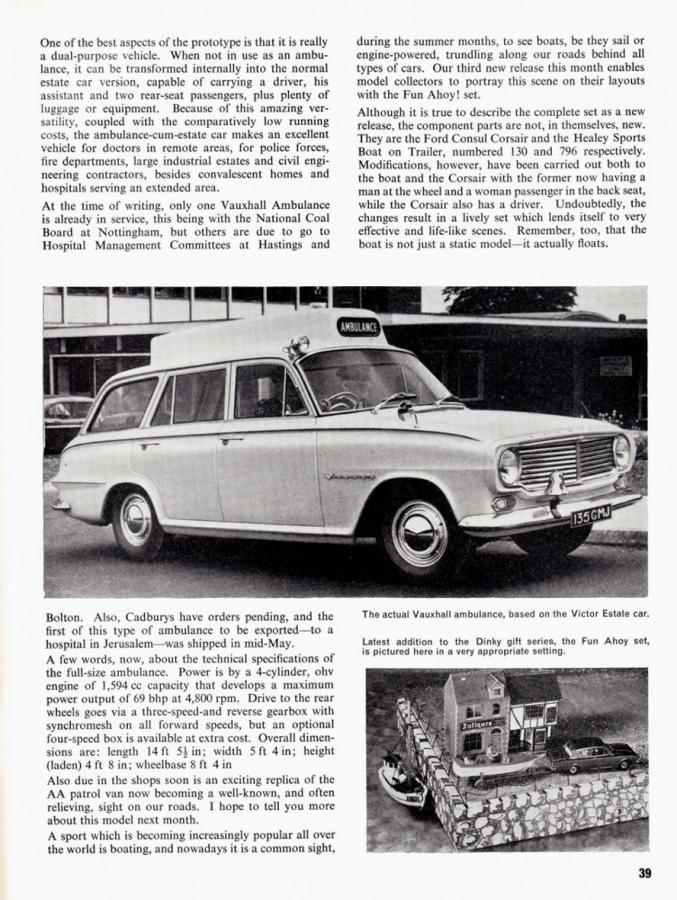
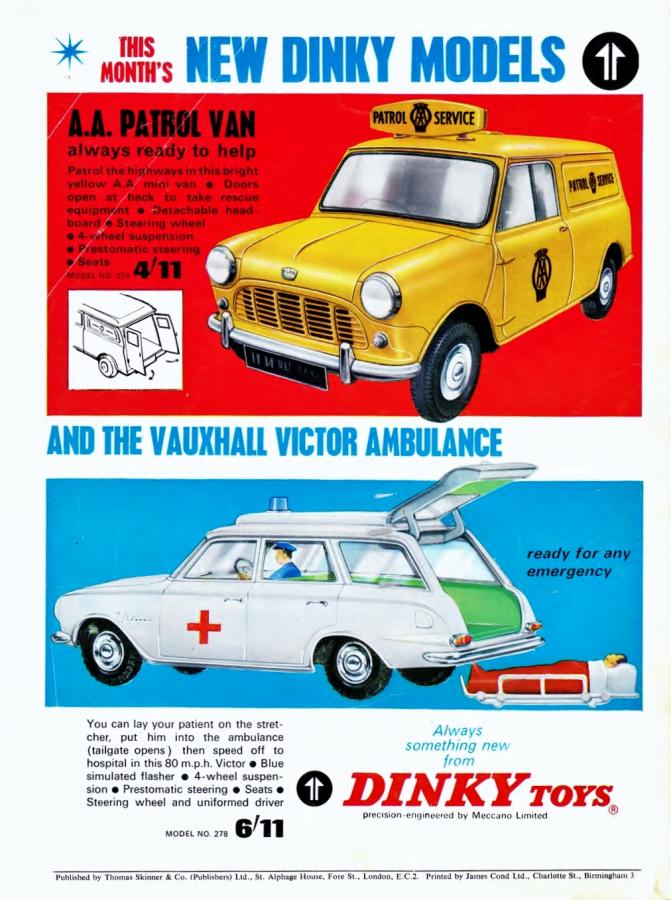





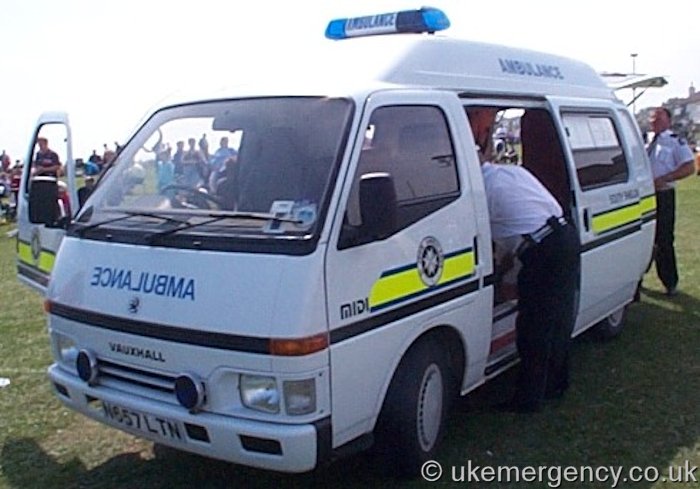



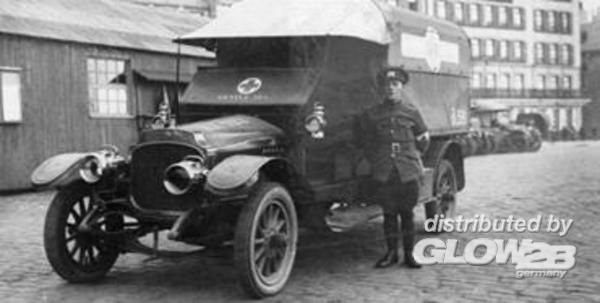

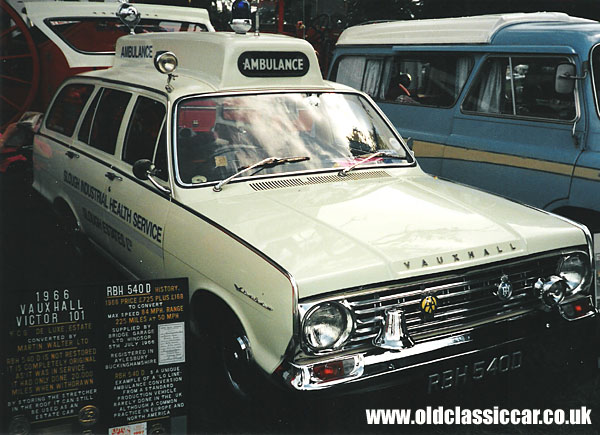


 Vauxhall Ambulances since 1912
Vauxhall Ambulances since 1912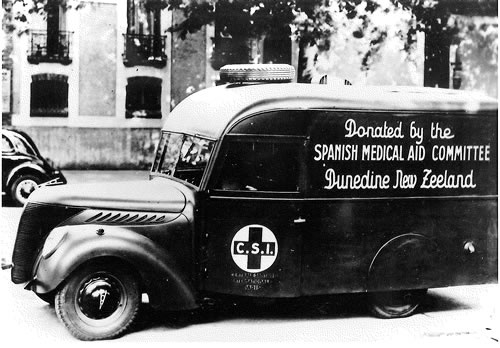


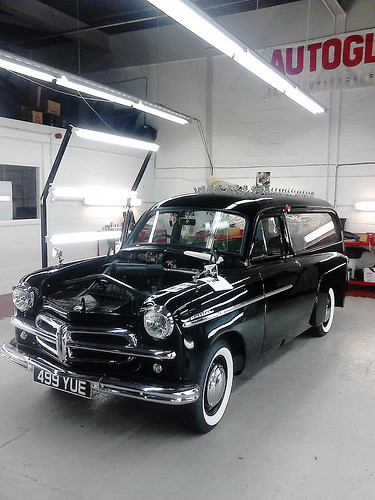

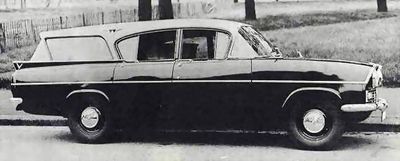
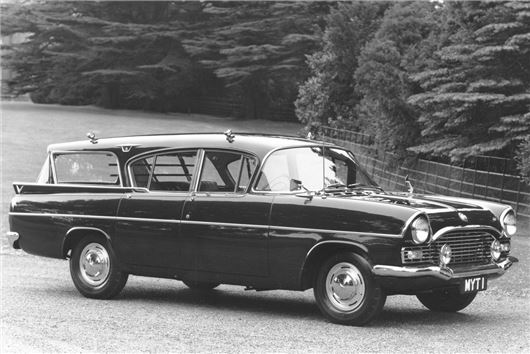
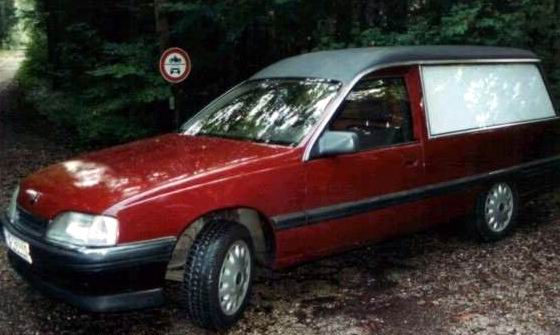
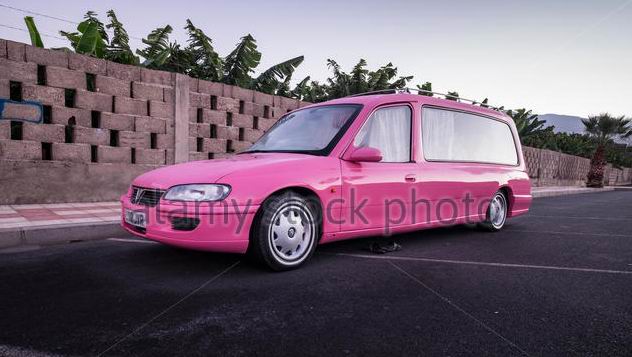




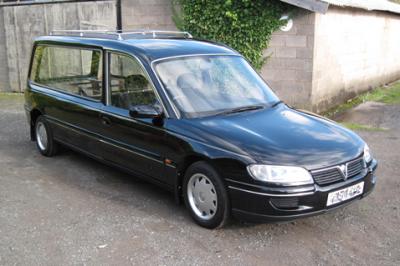
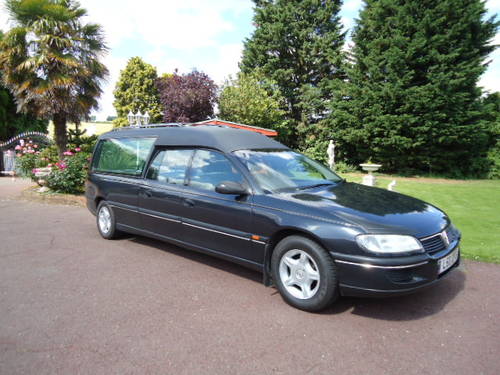


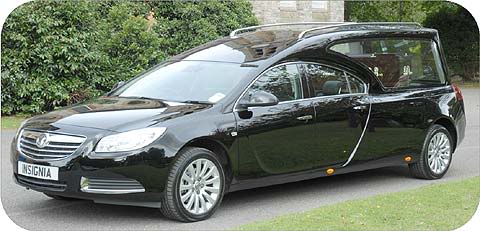

 Vauxhall Hearses and ex-Hearses
Vauxhall Hearses and ex-Hearses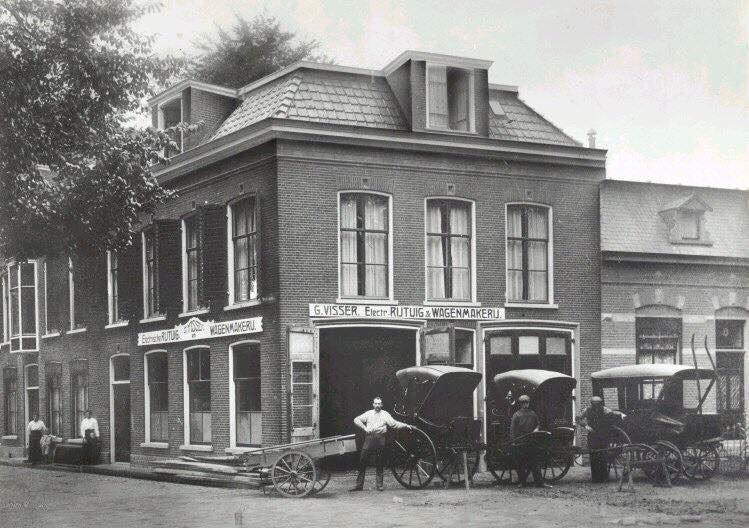 1900-visser-carrosserie-leeuwarden-1ste-vestiging
1900-visser-carrosserie-leeuwarden-1ste-vestiging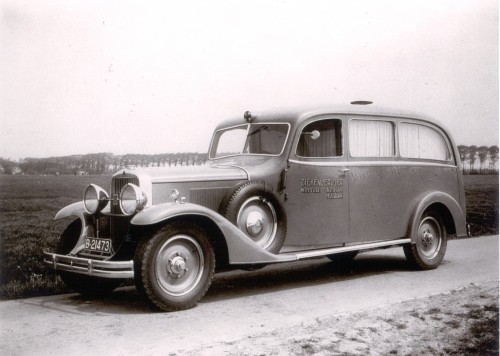
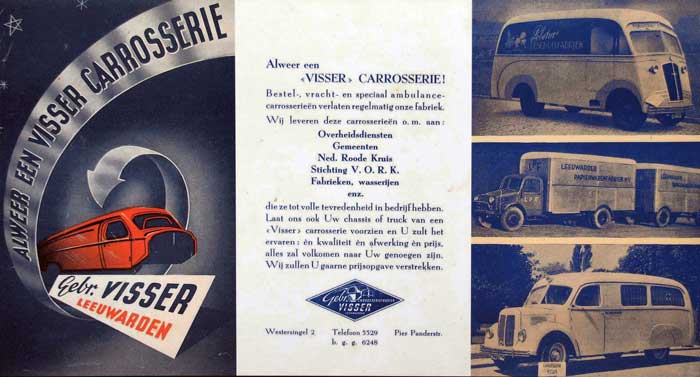


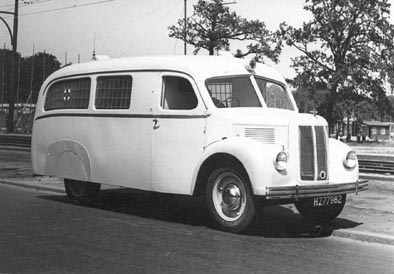


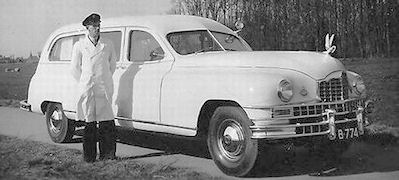

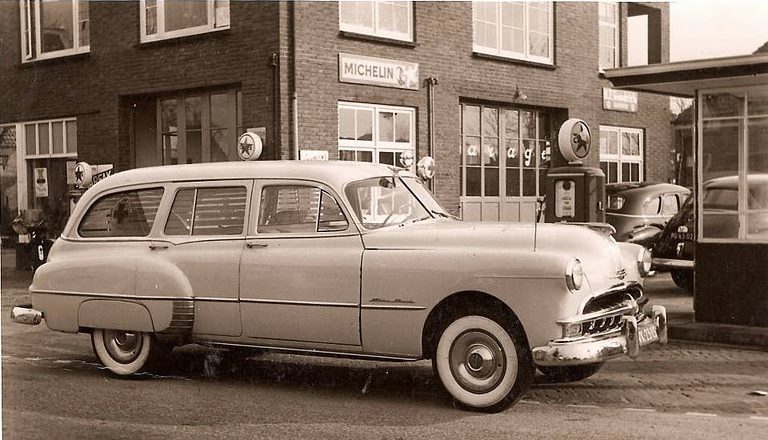
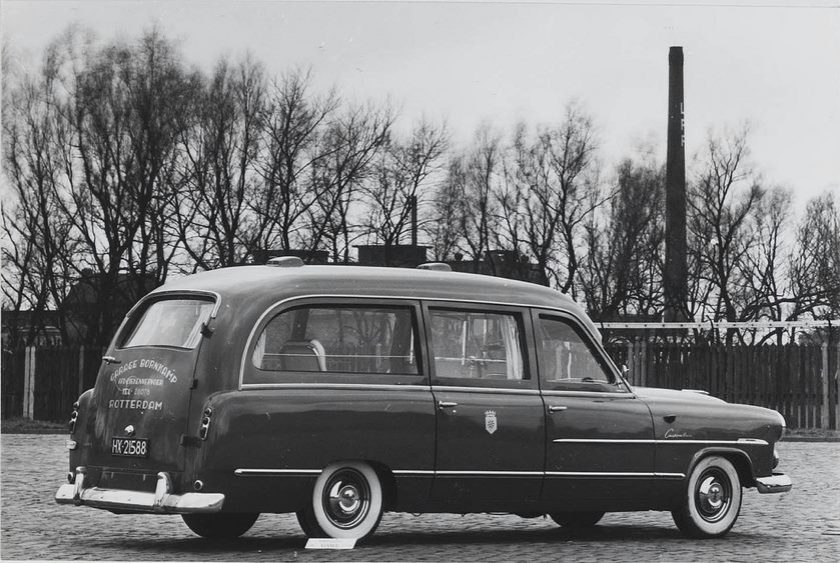



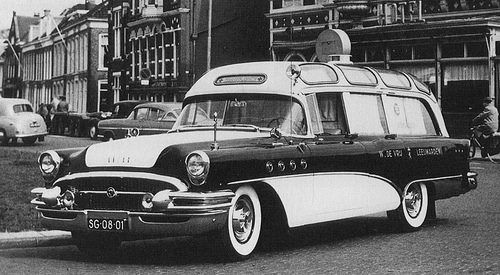

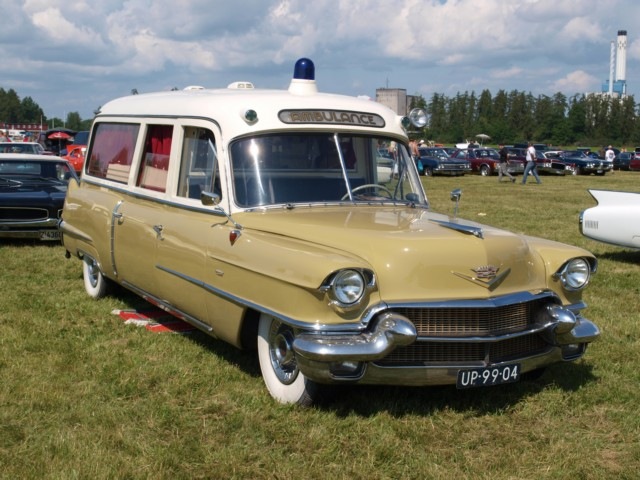
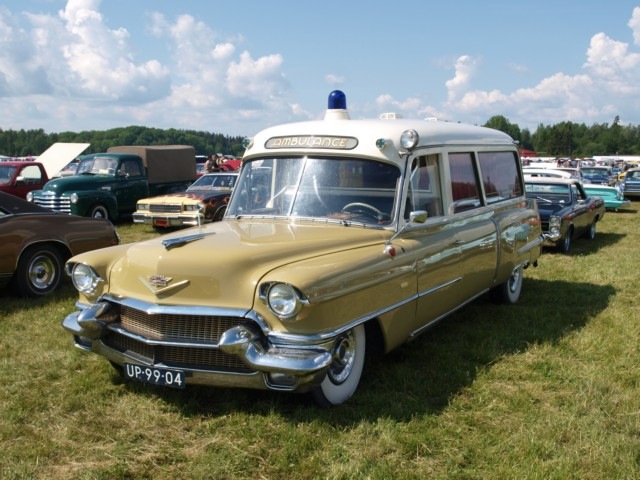




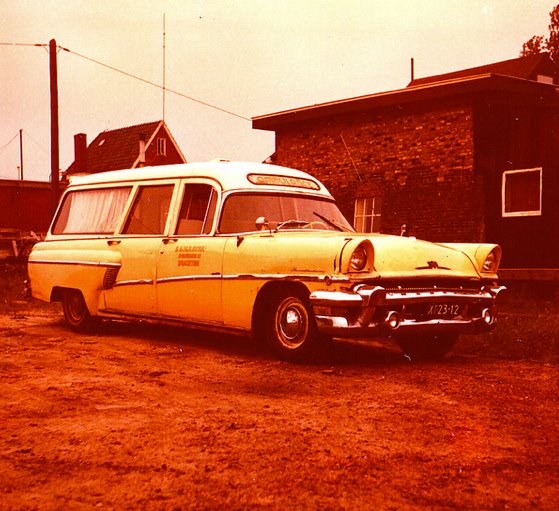



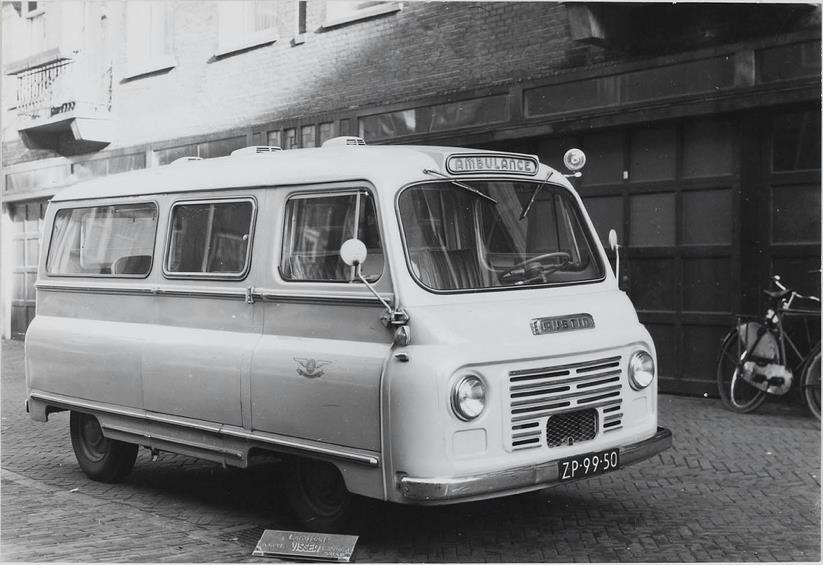

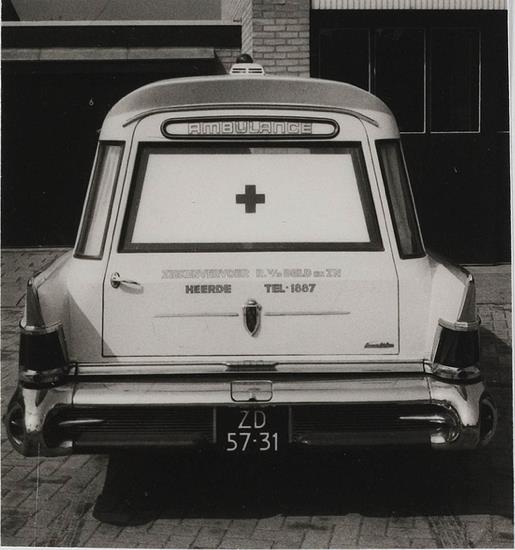


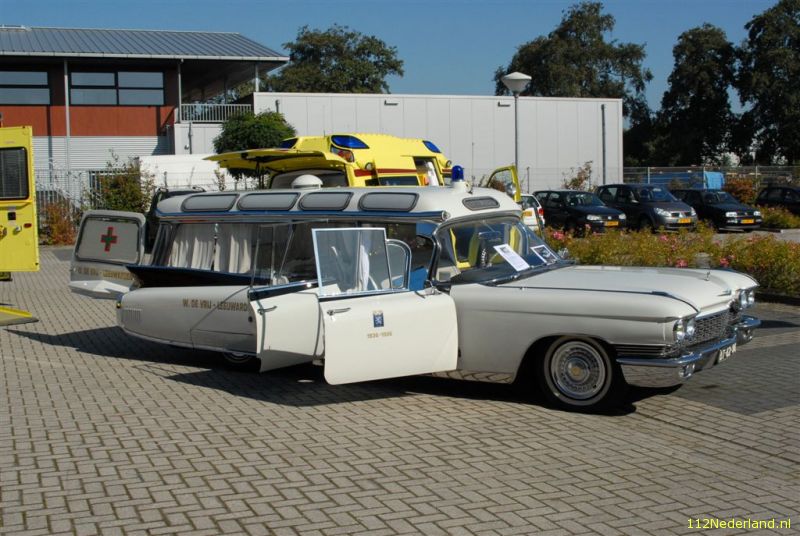


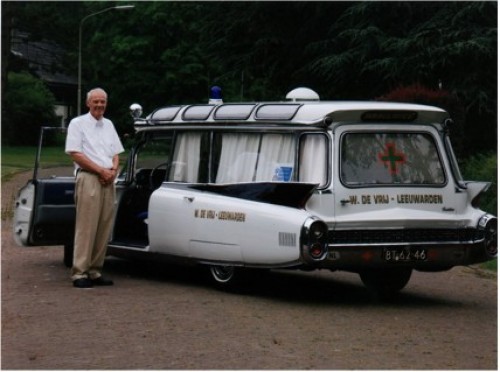
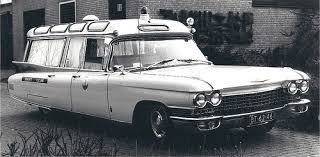
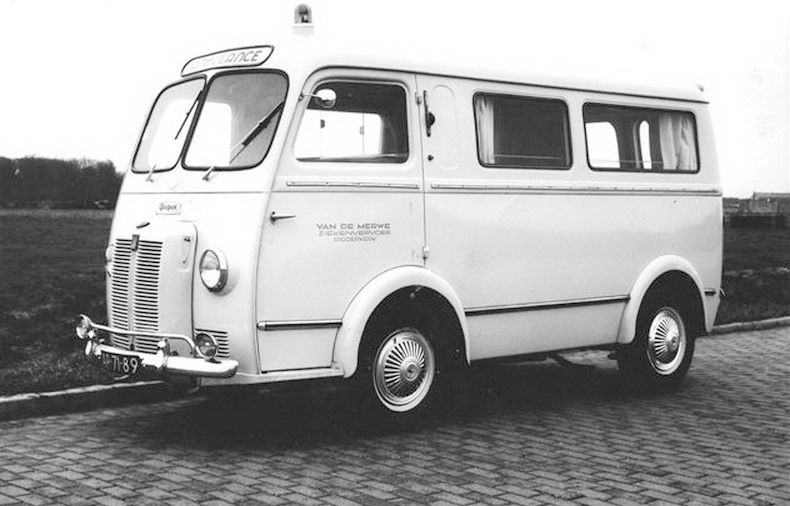
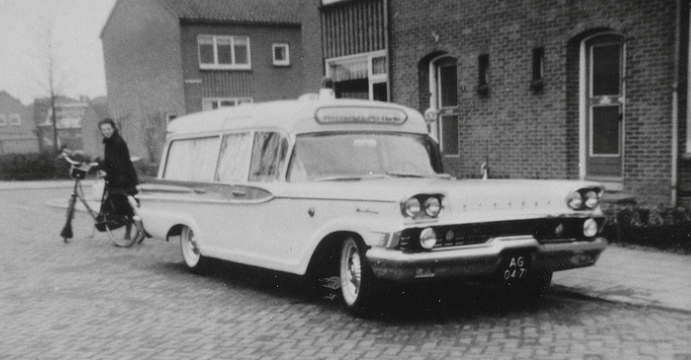
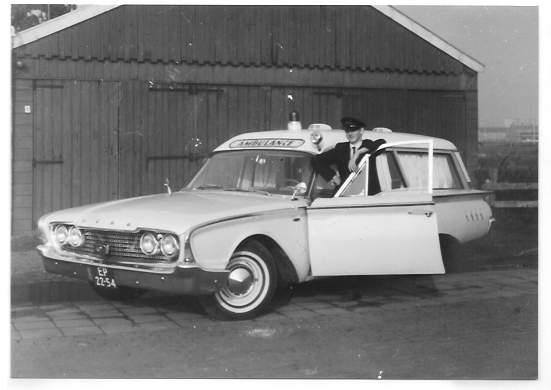
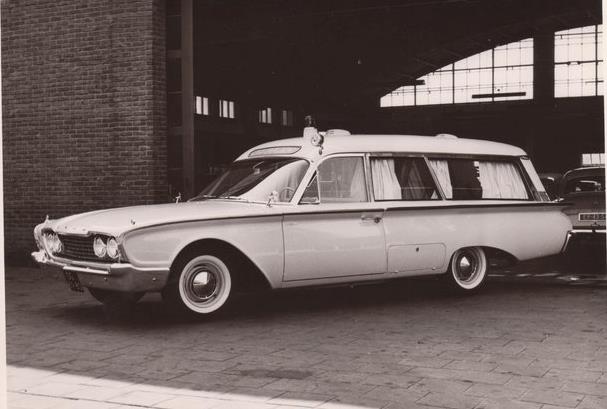


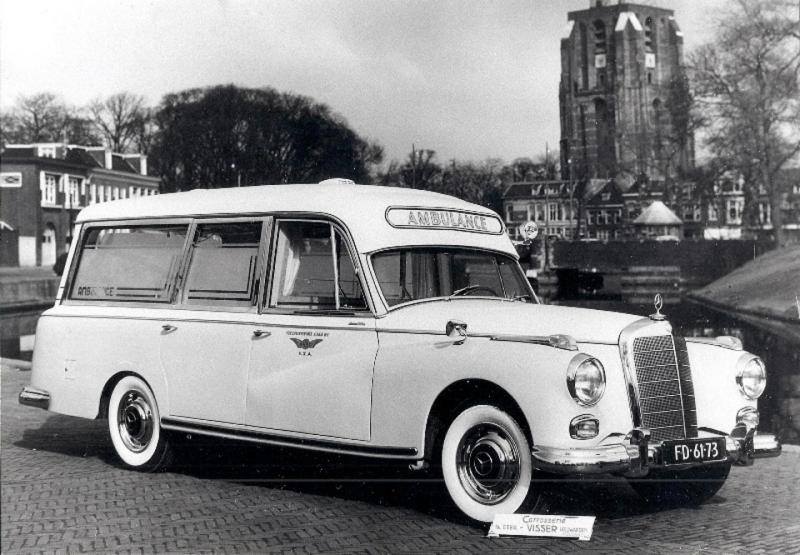

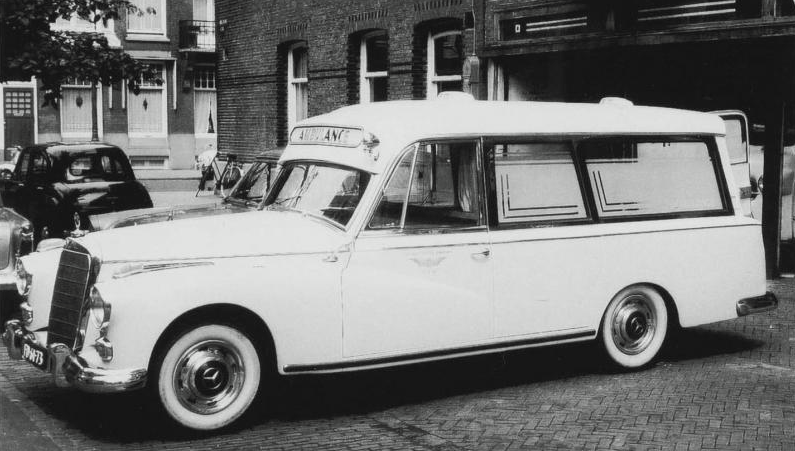


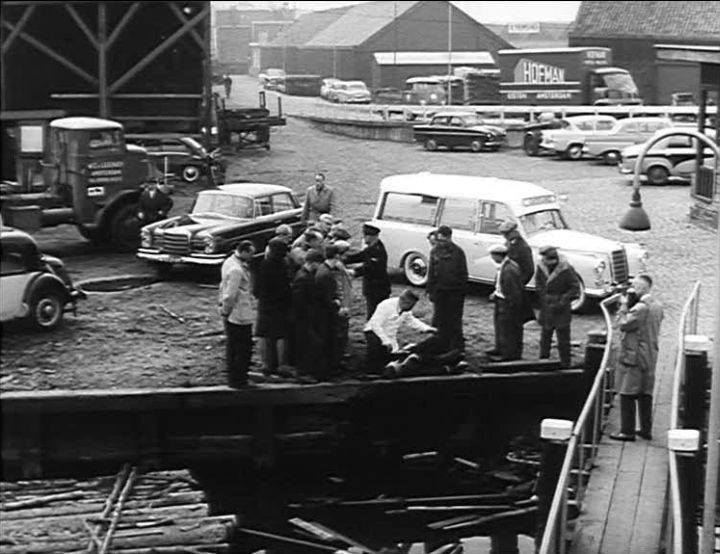
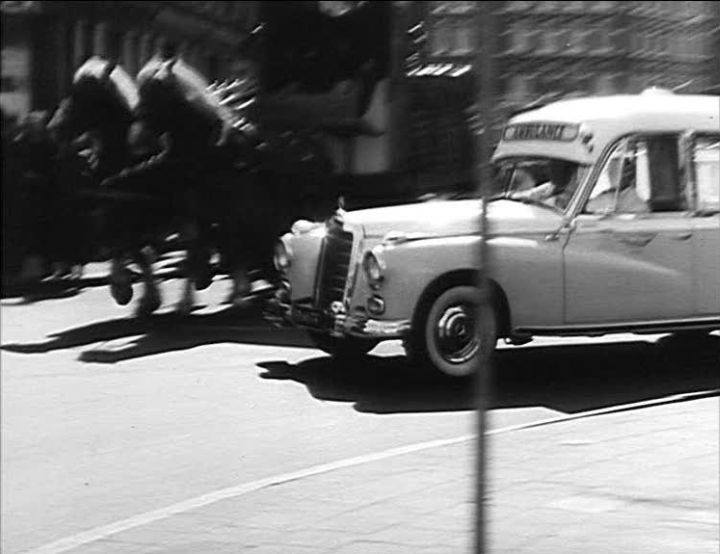
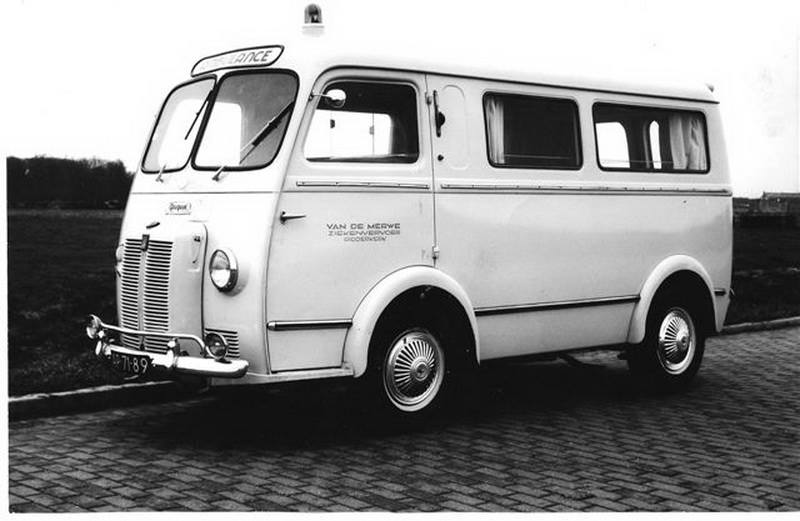

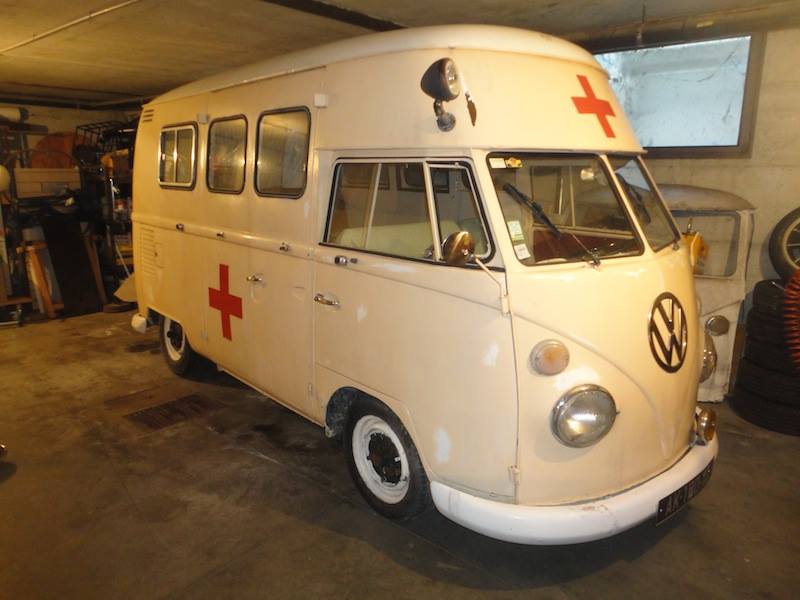



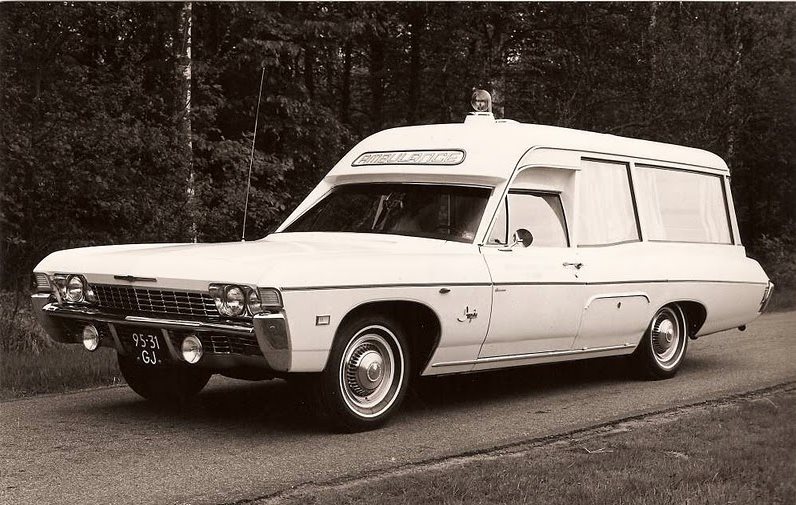
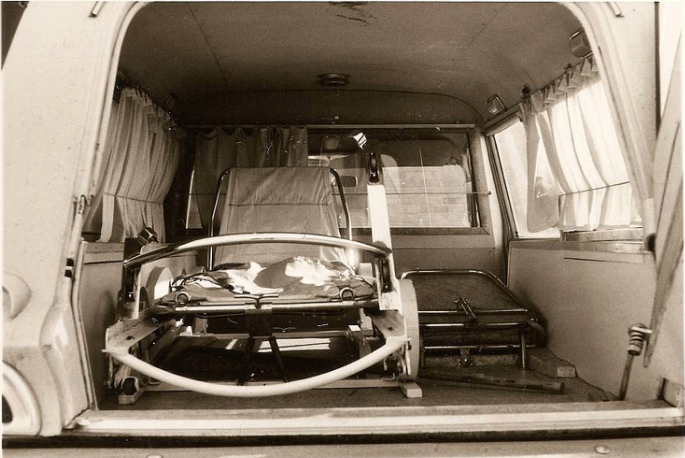
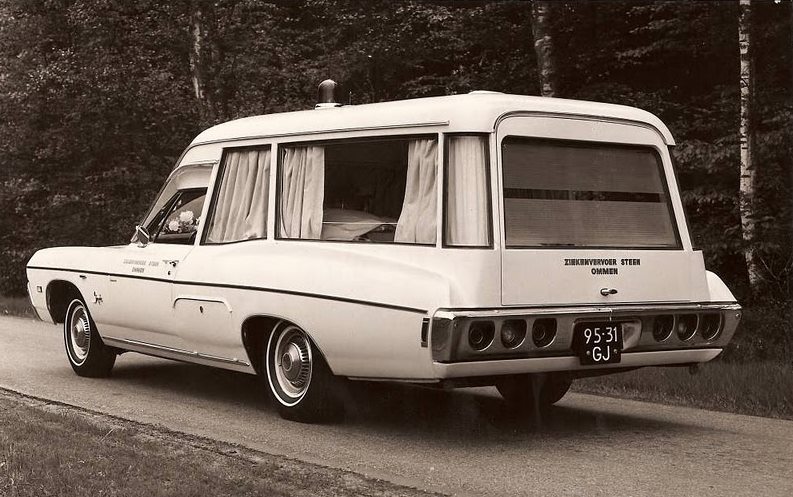
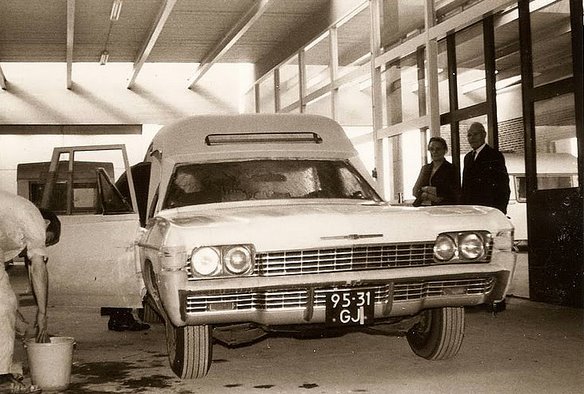
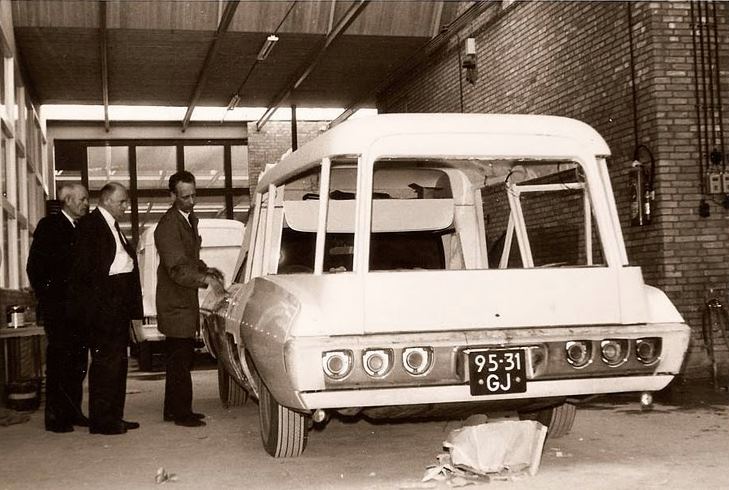
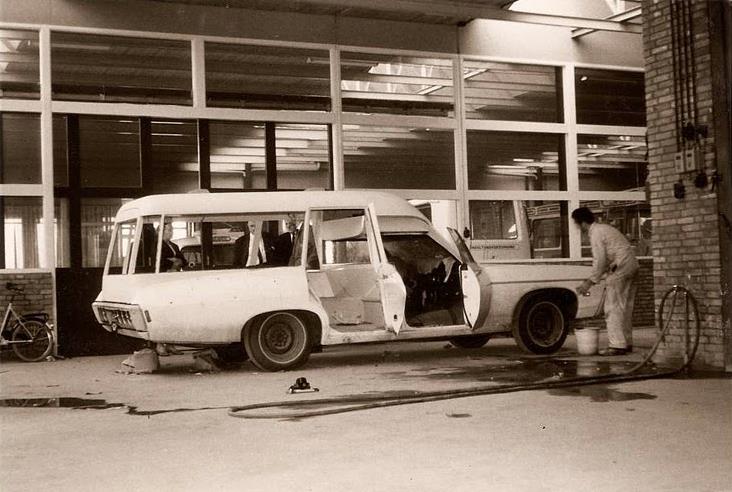

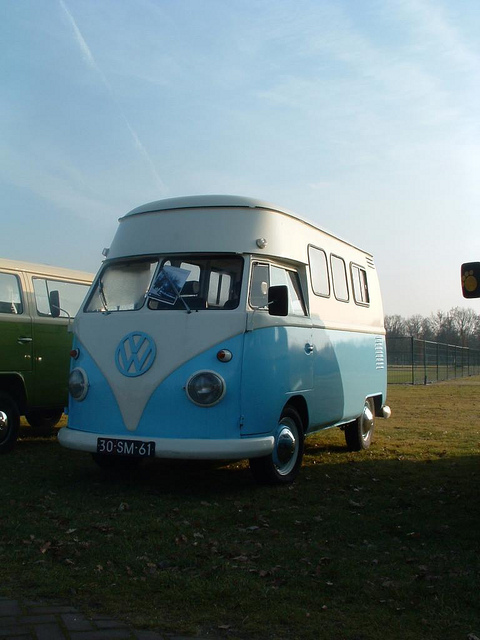
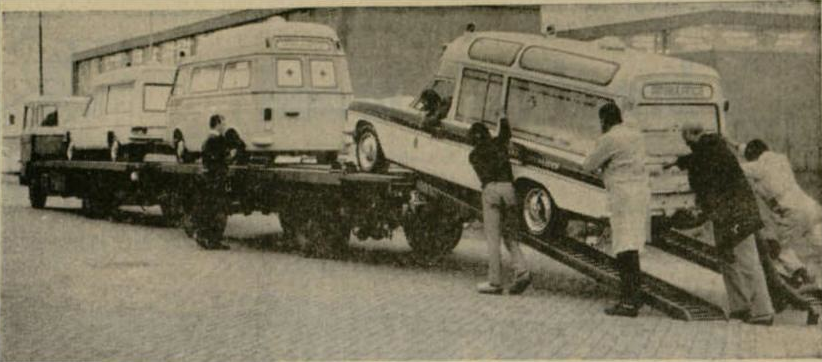
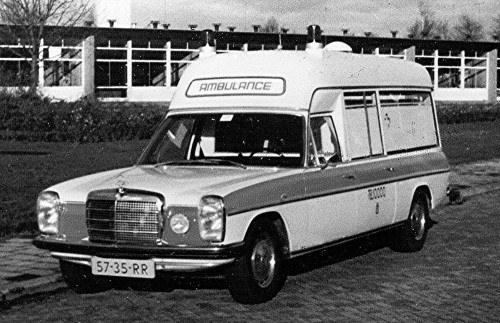
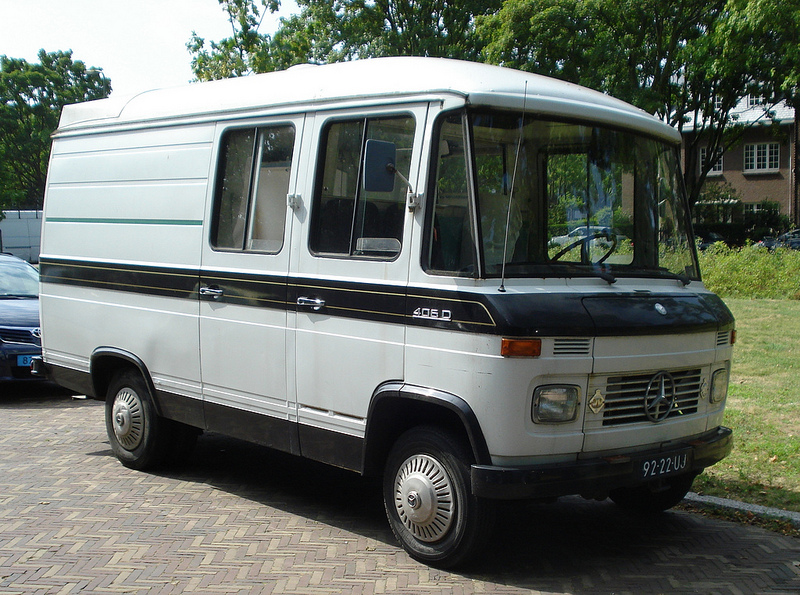



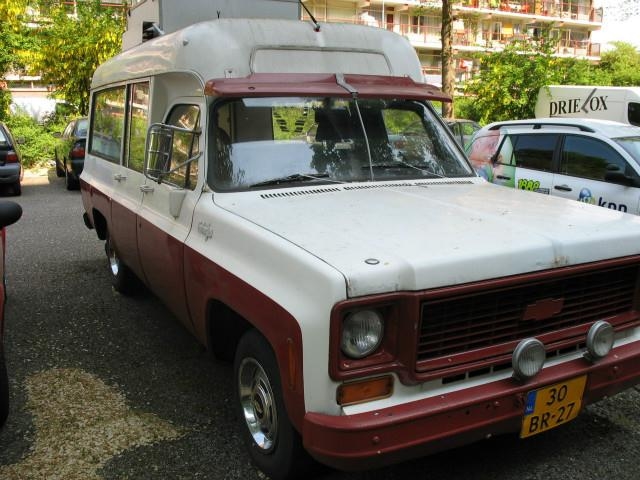




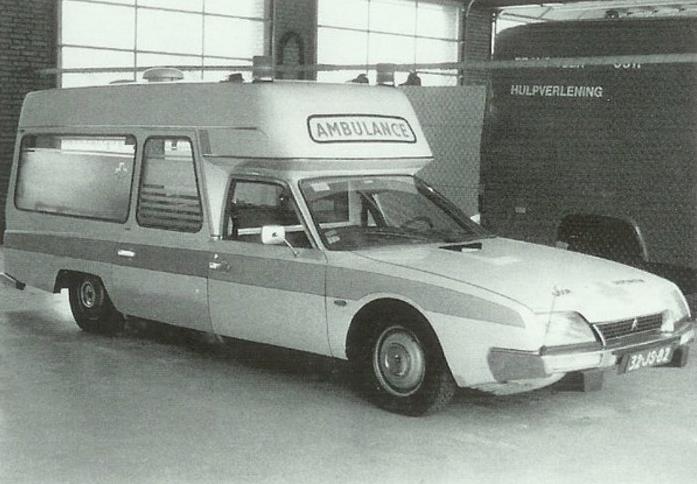


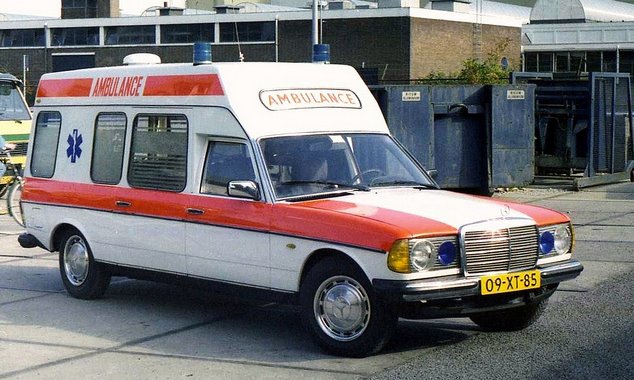







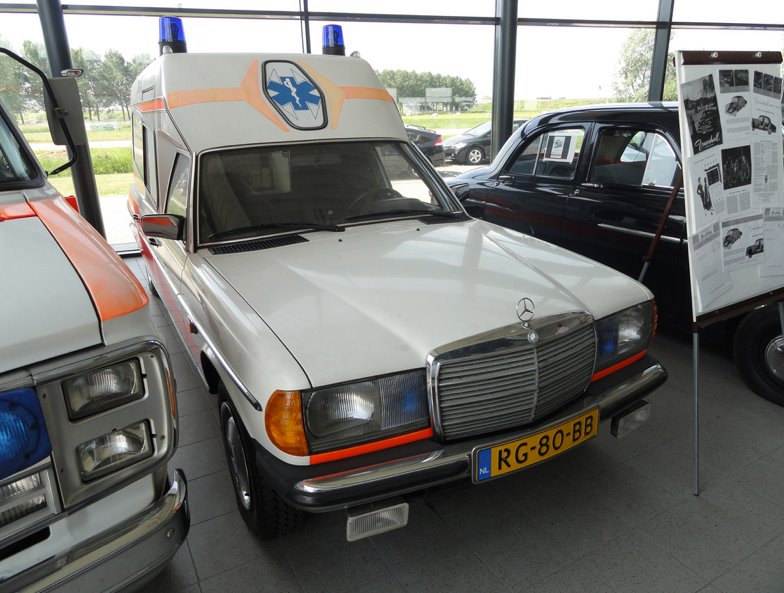






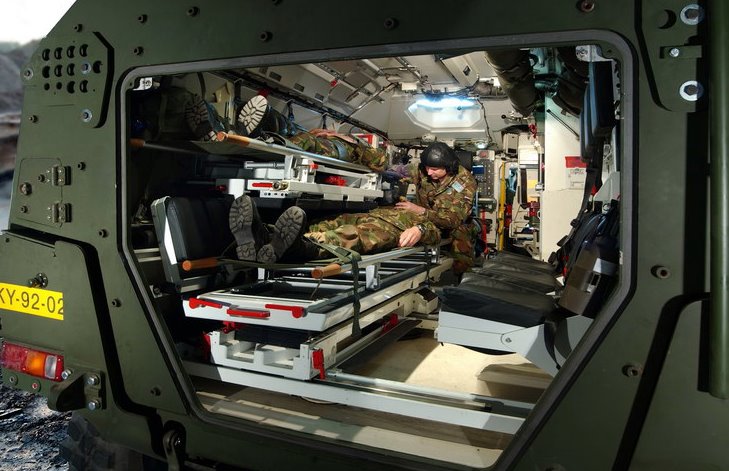


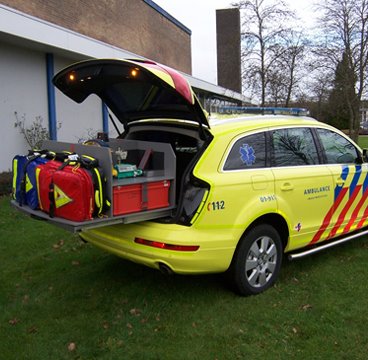
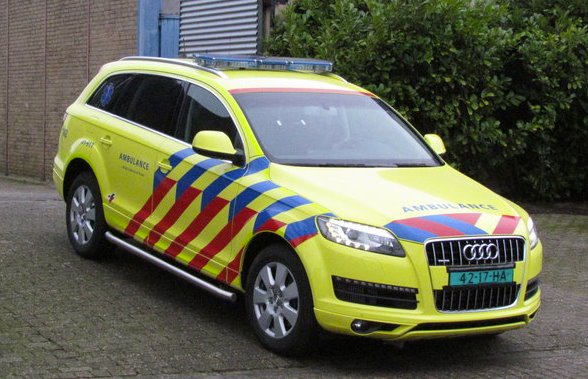
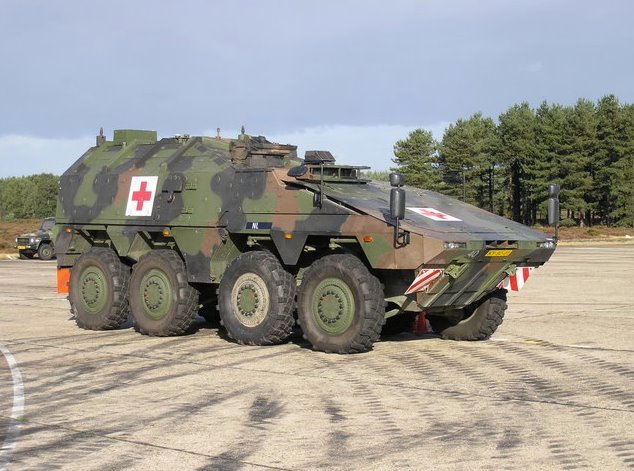

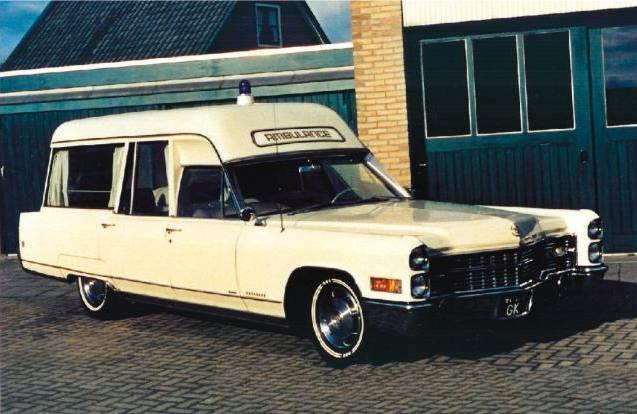






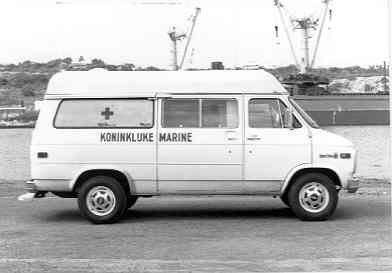

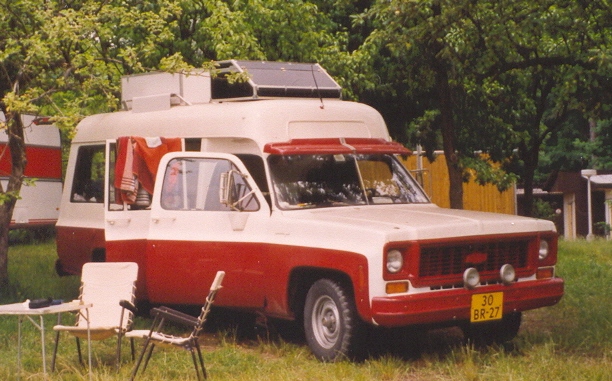

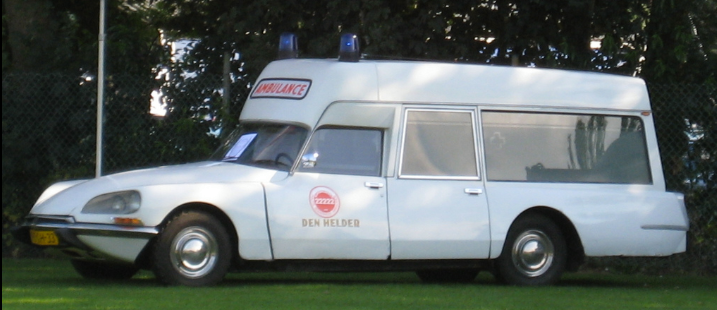

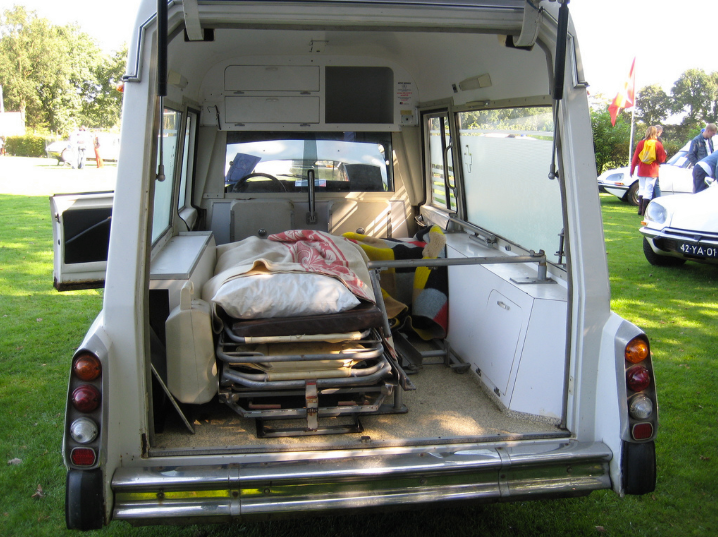





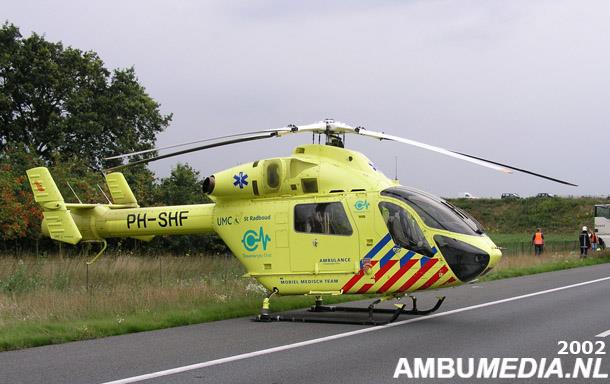
















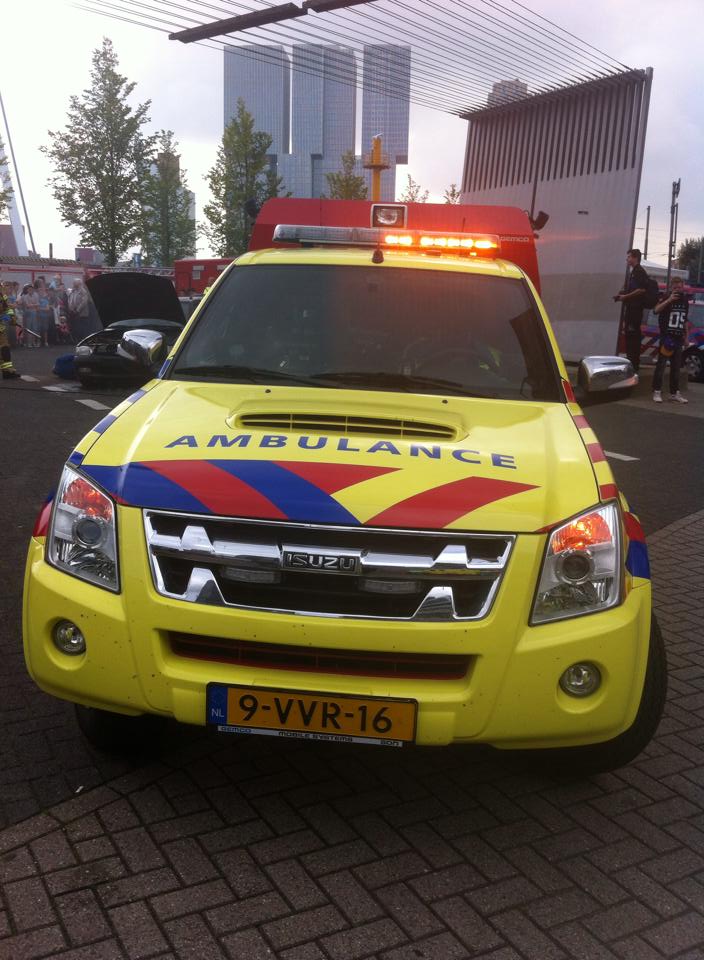
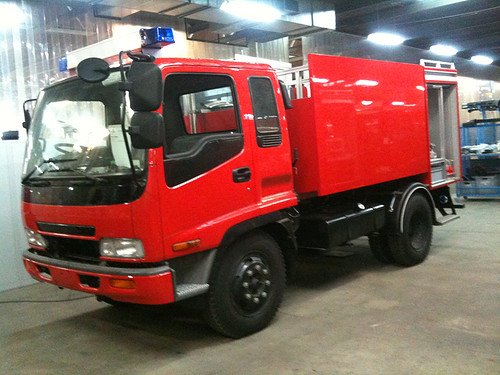


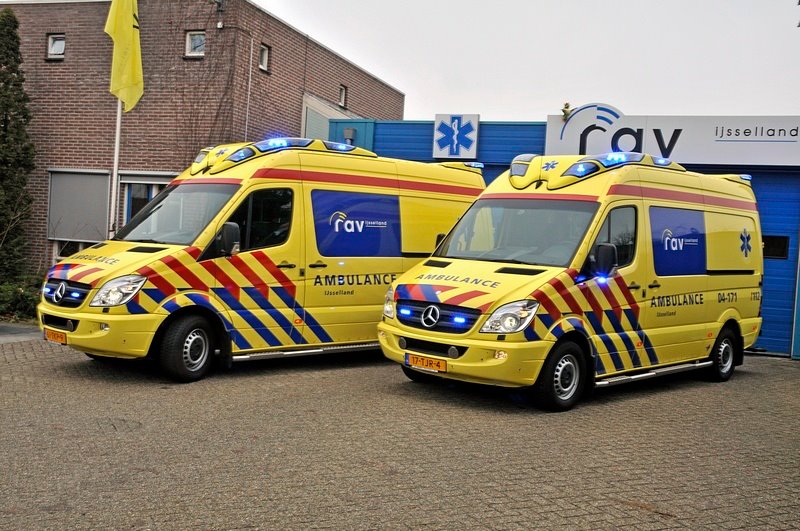
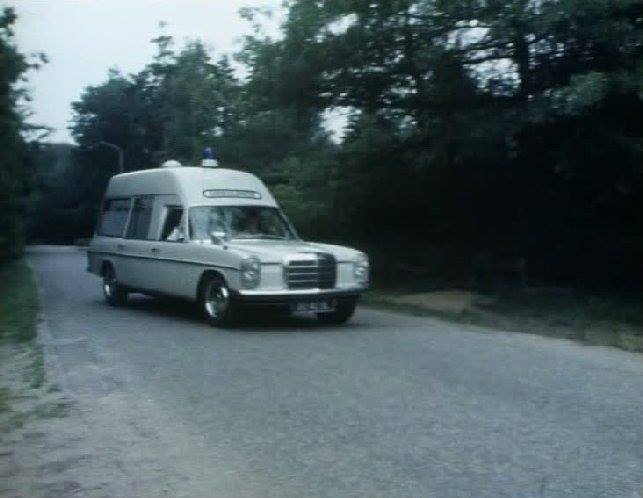






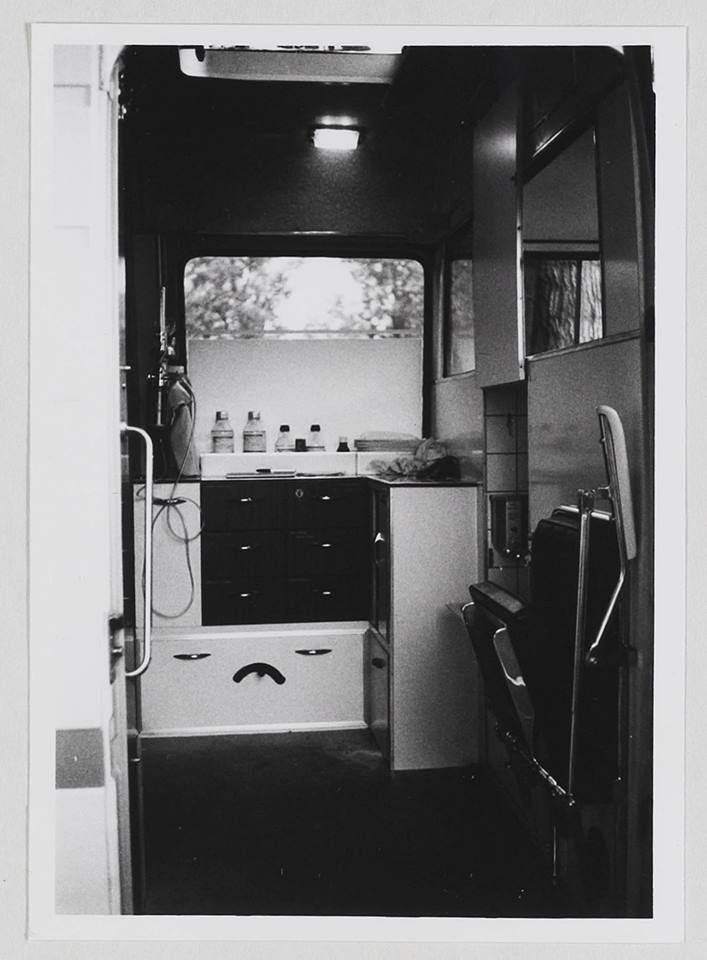






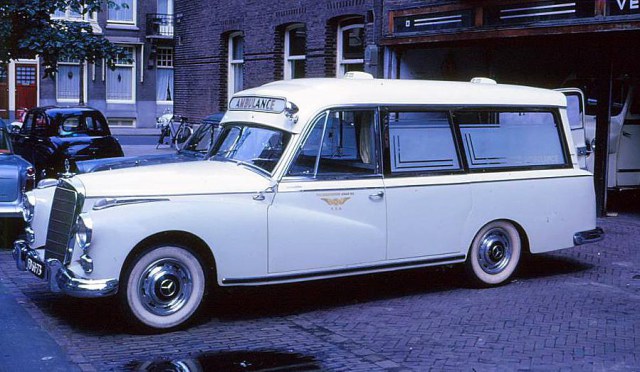
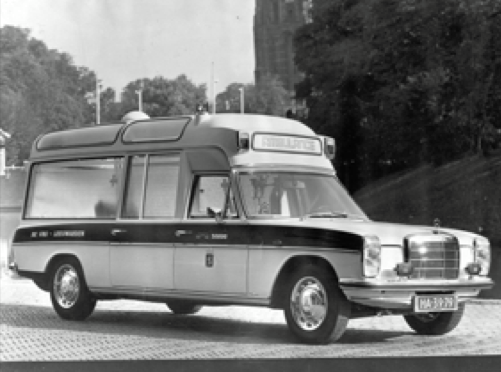

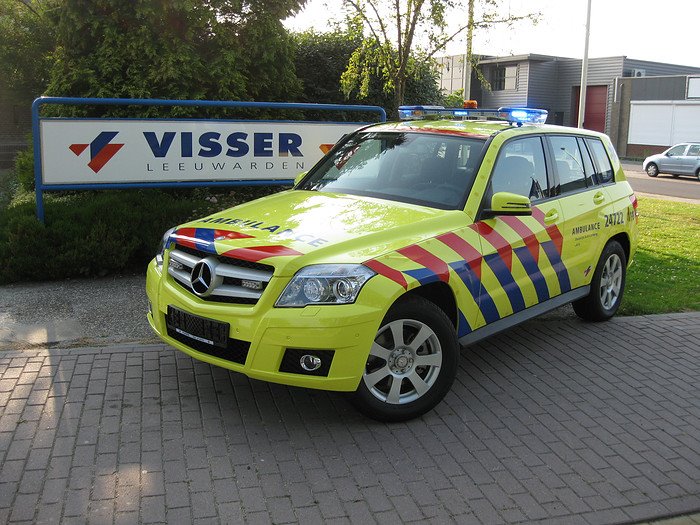



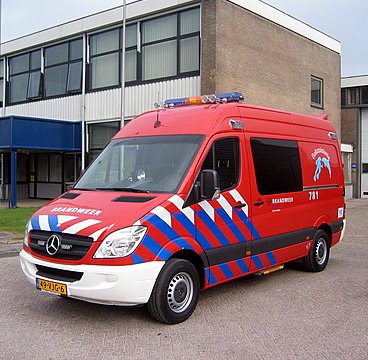









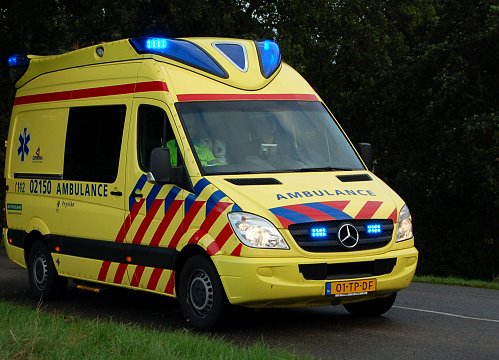
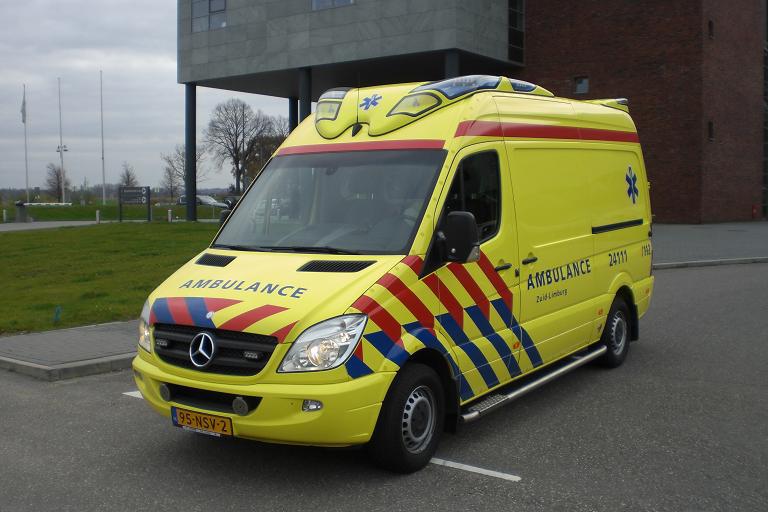

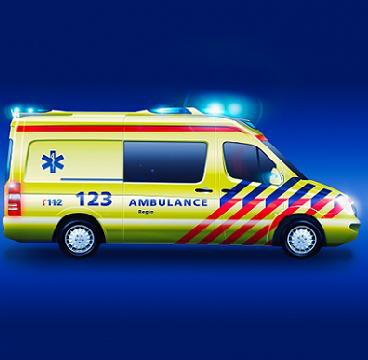





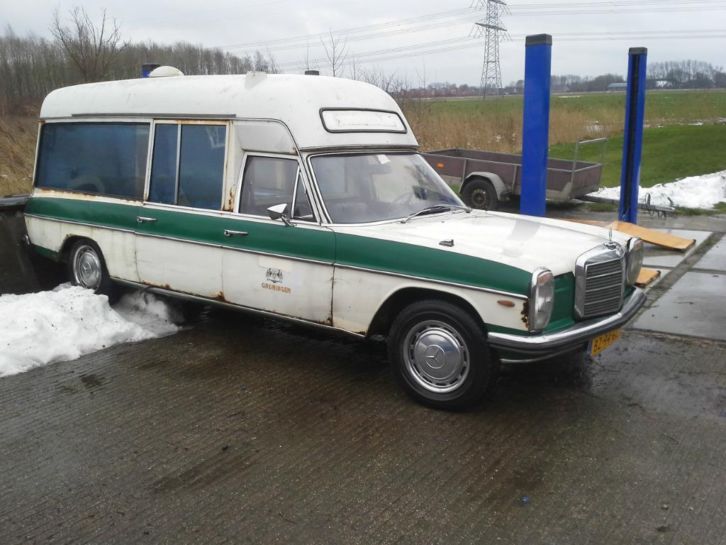
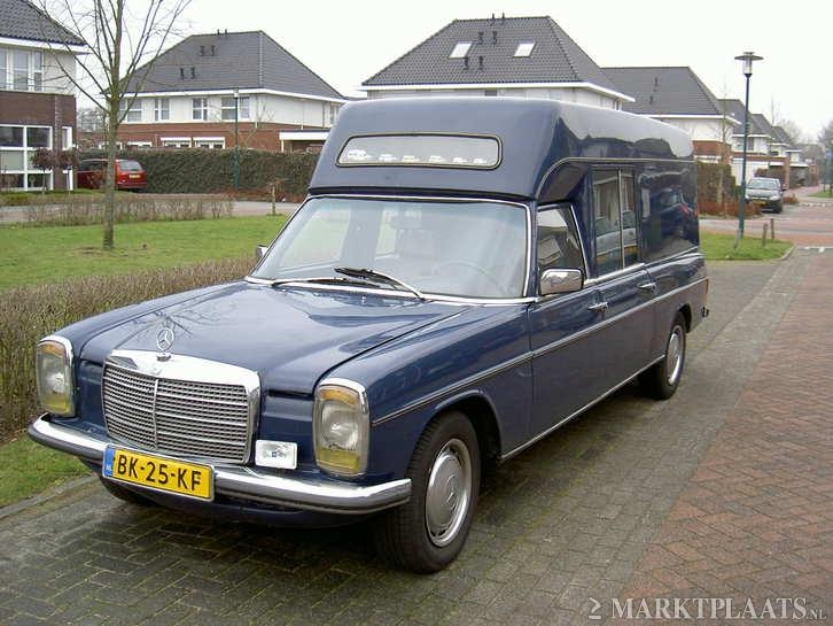
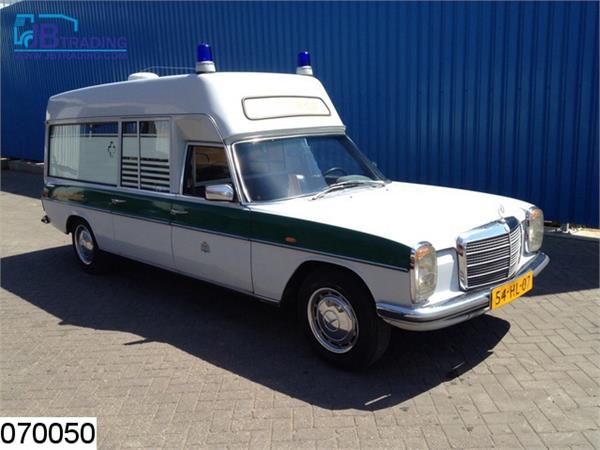
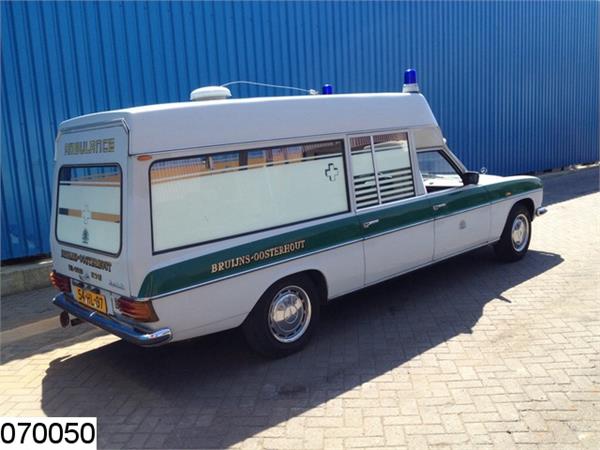
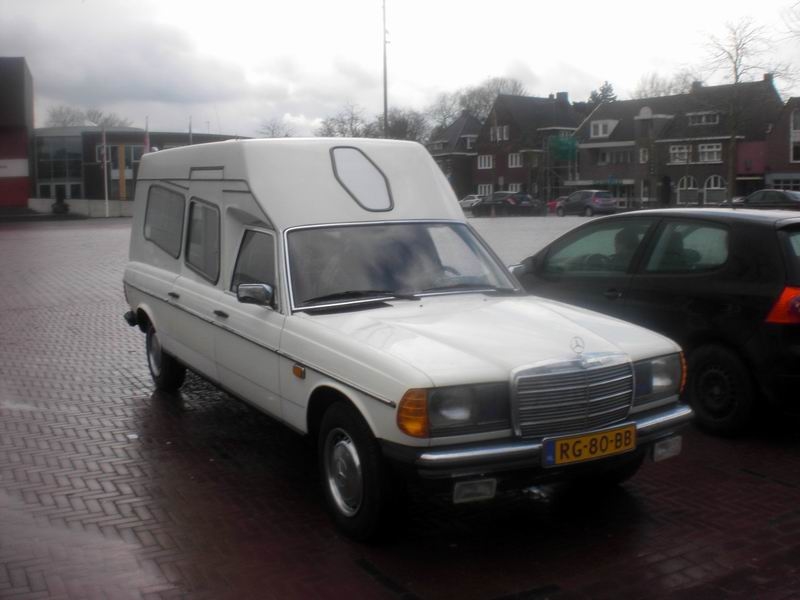

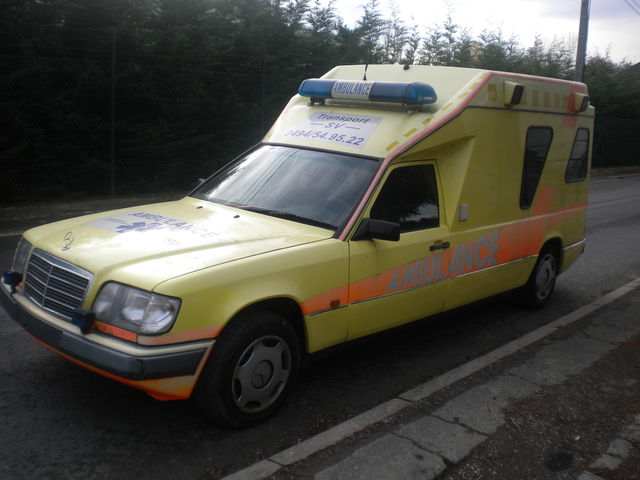
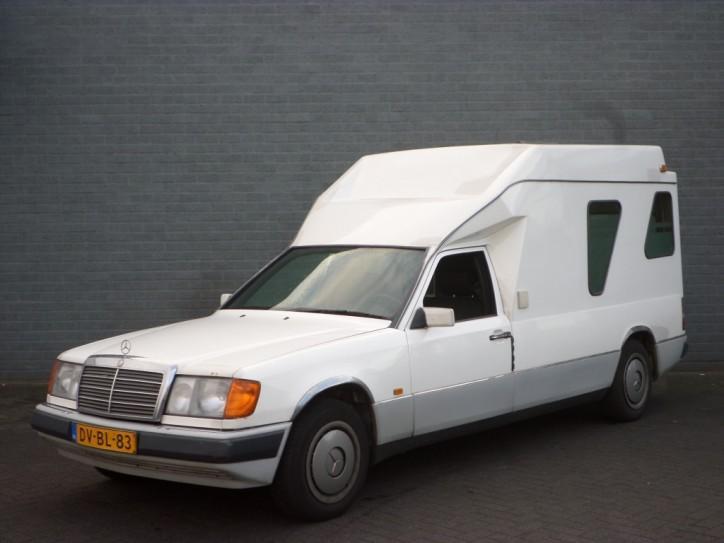
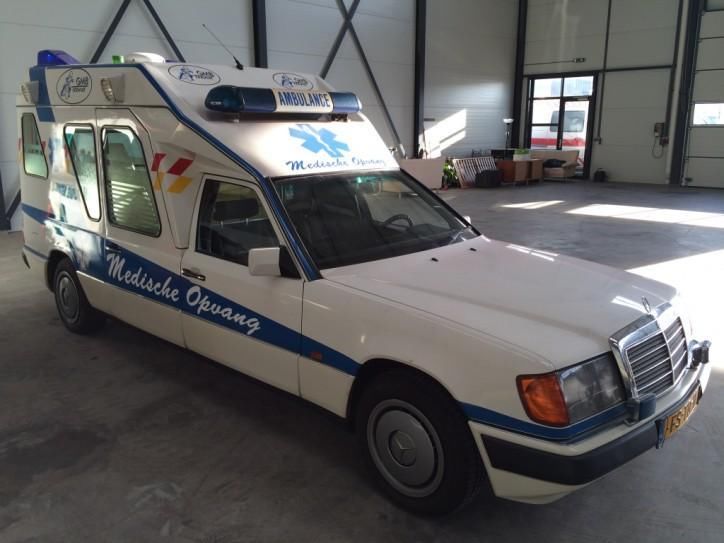

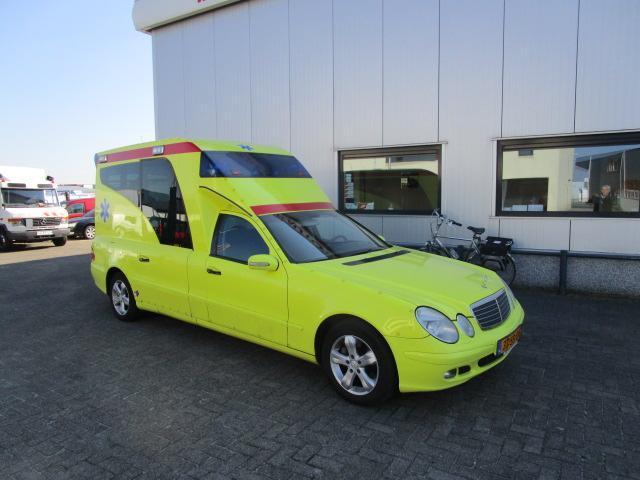

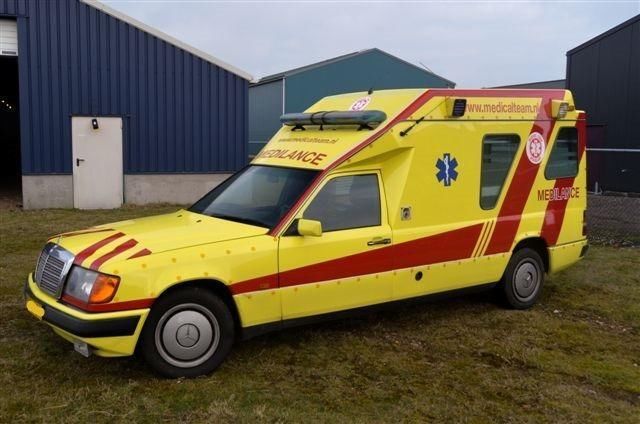
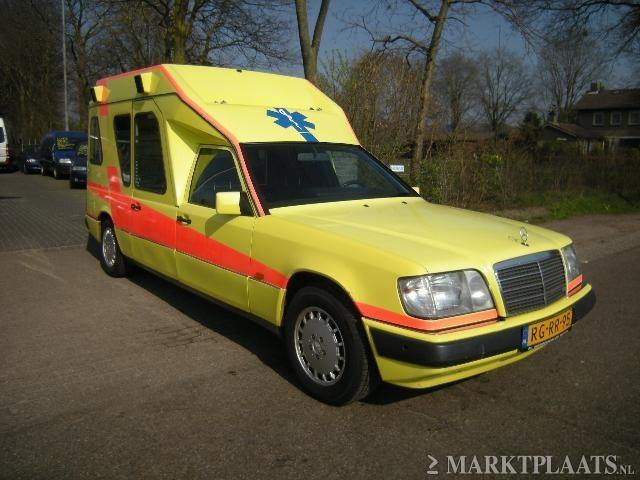
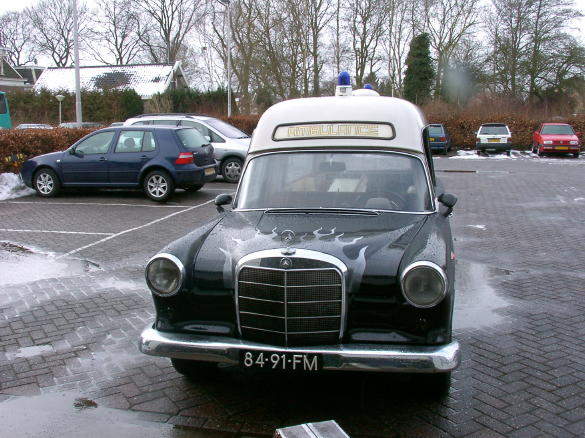
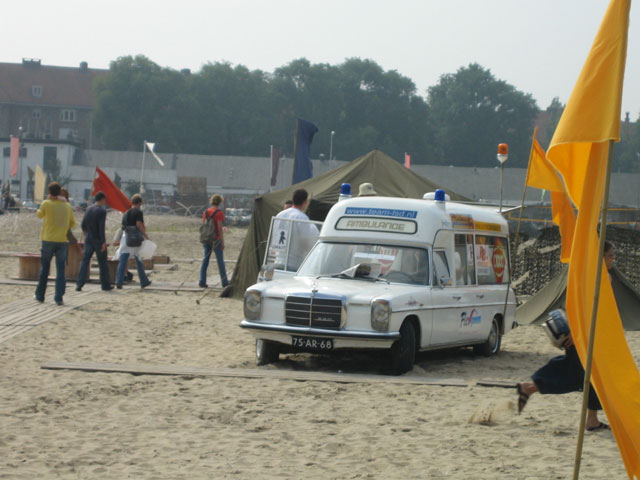
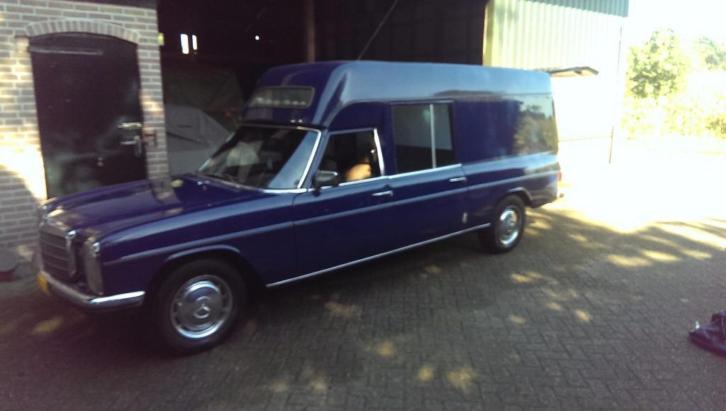


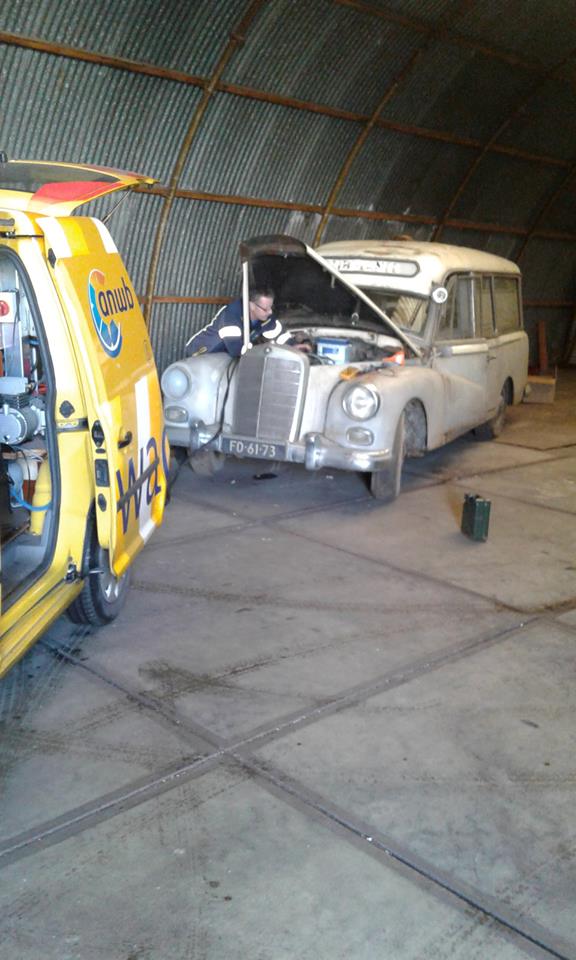
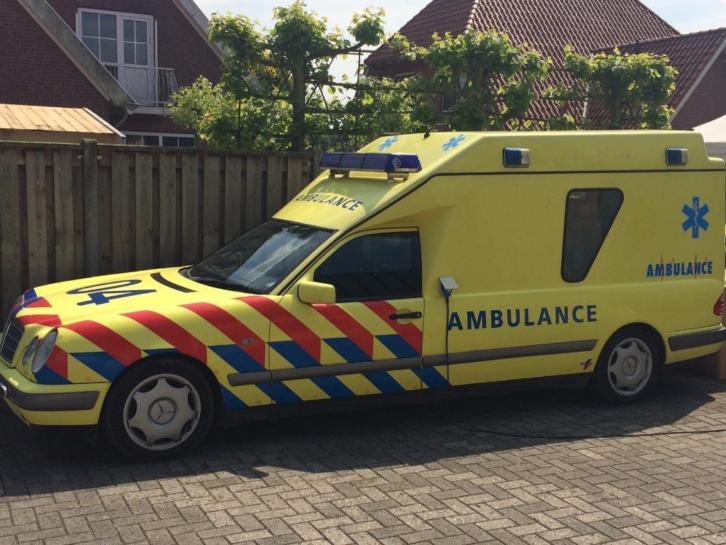





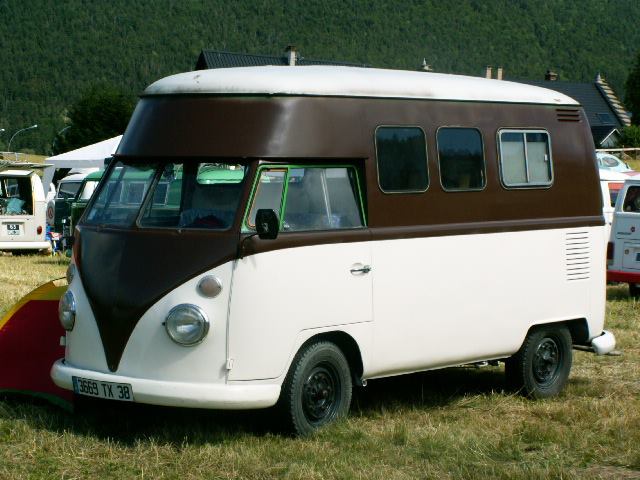

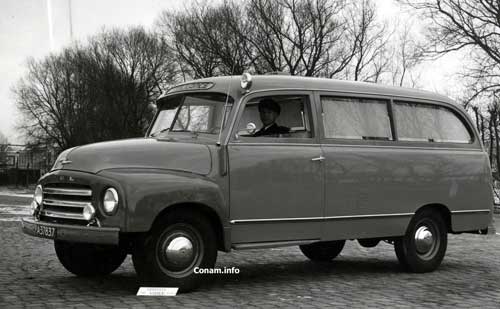



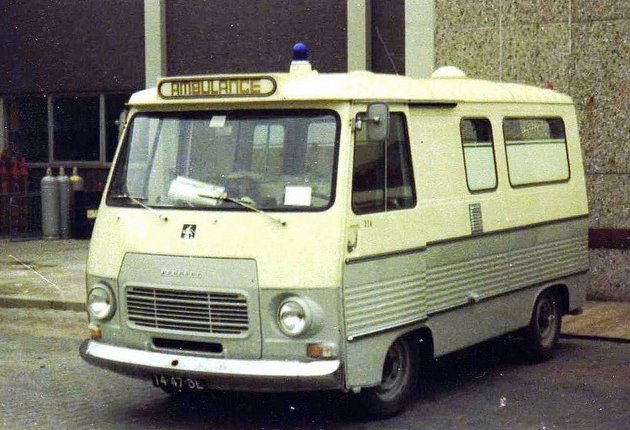







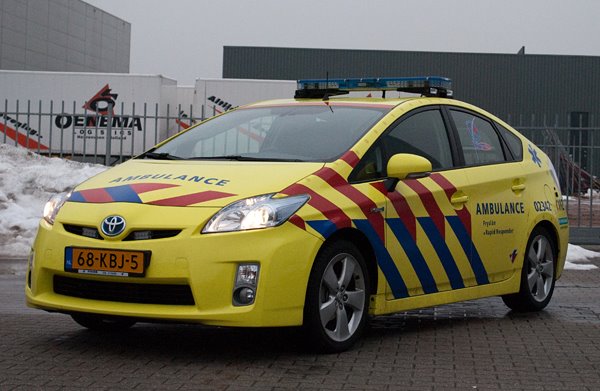
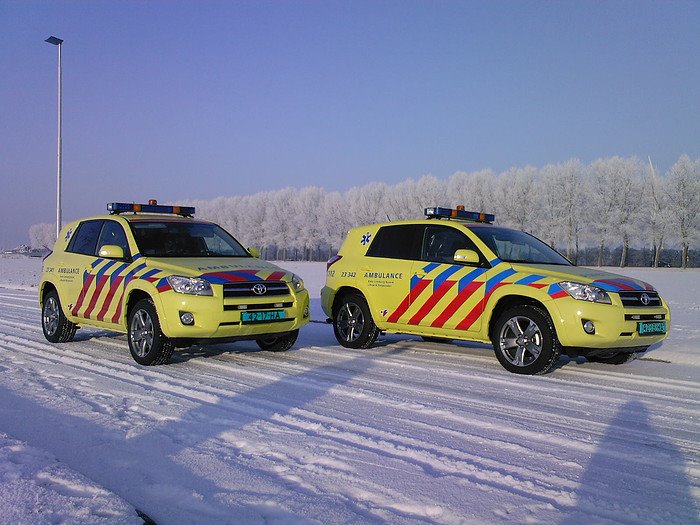
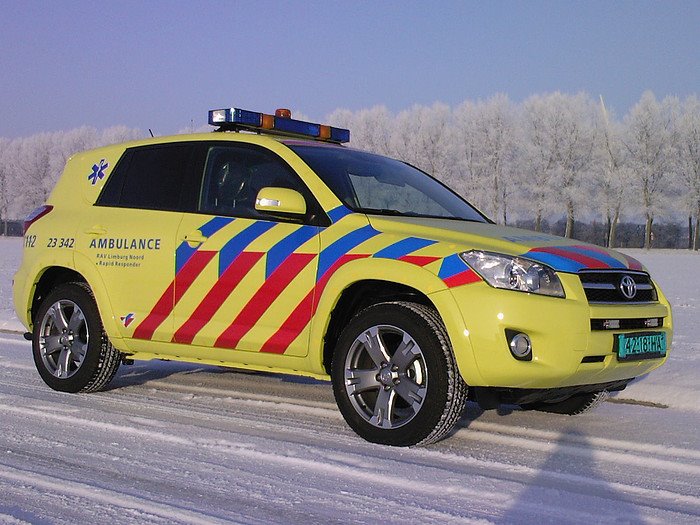

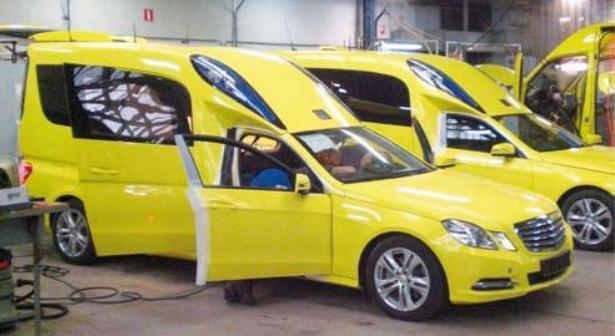
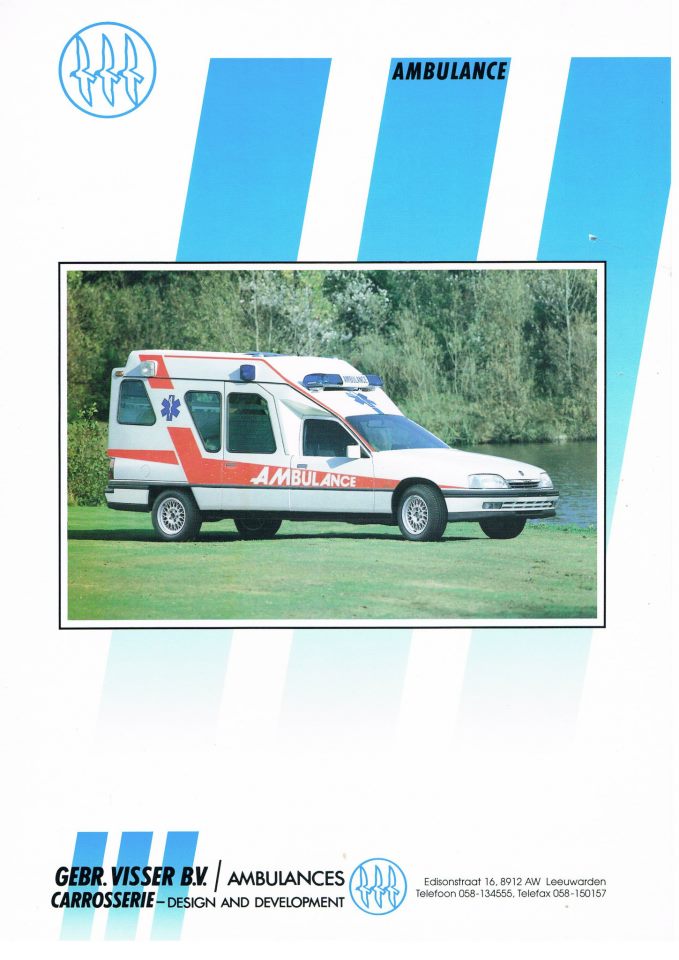



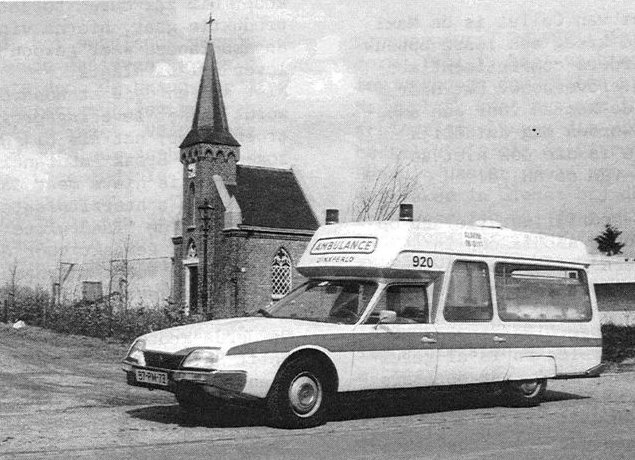



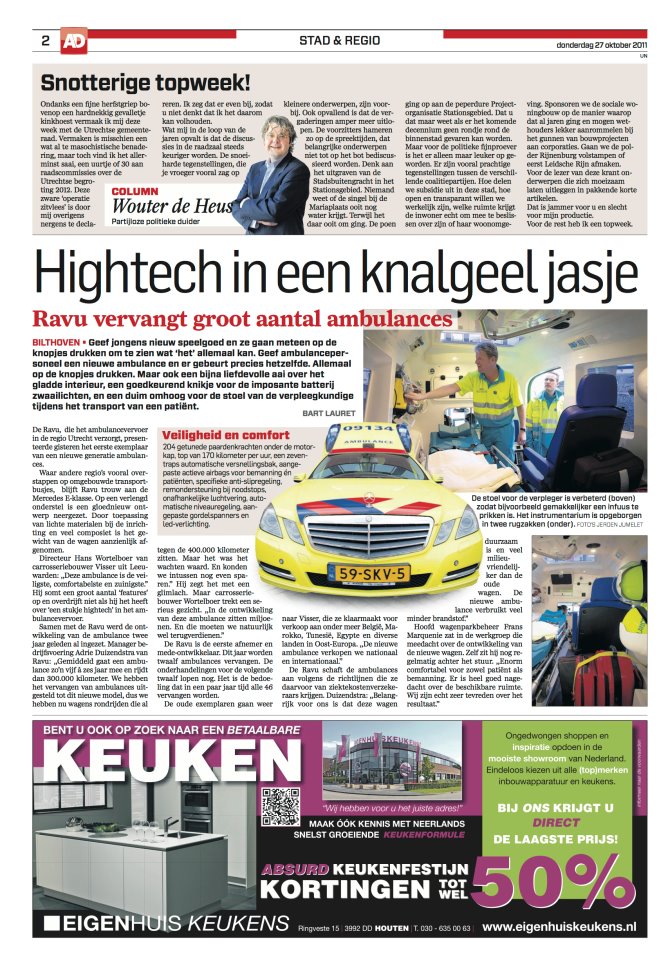
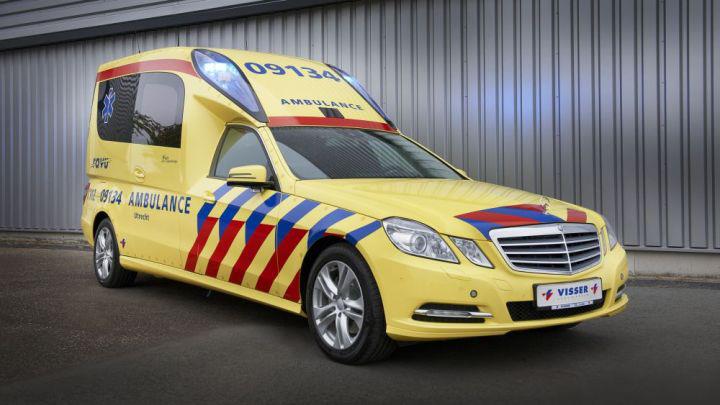
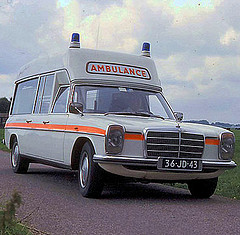
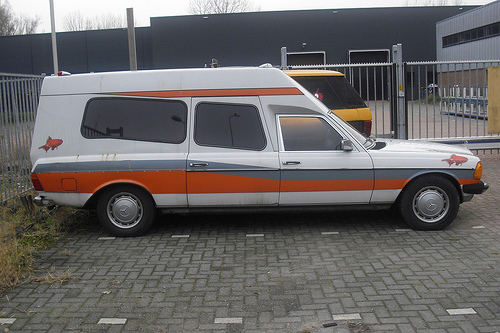

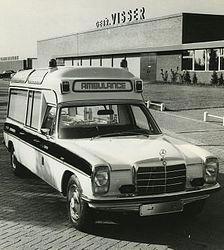




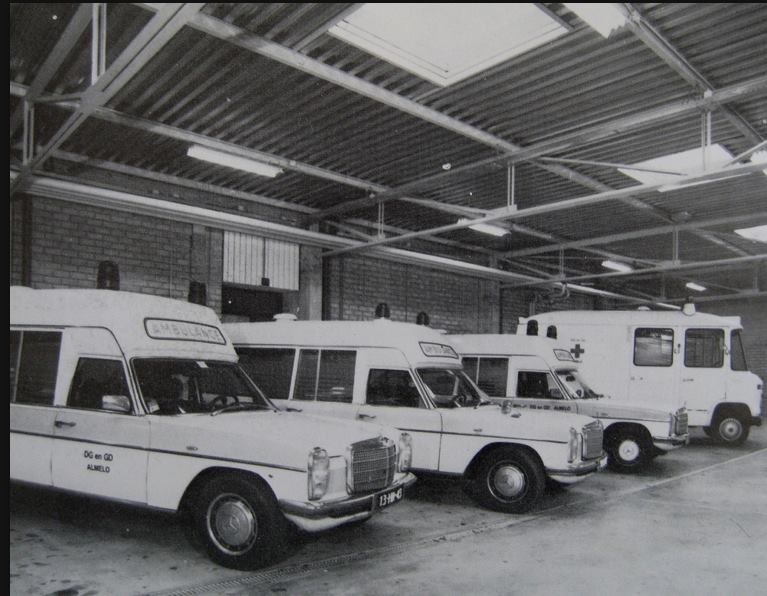


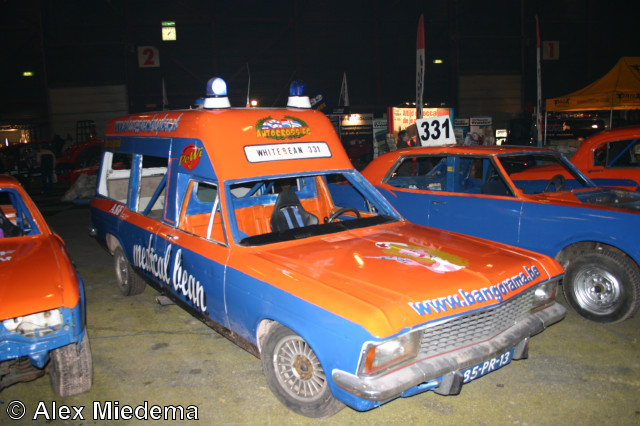
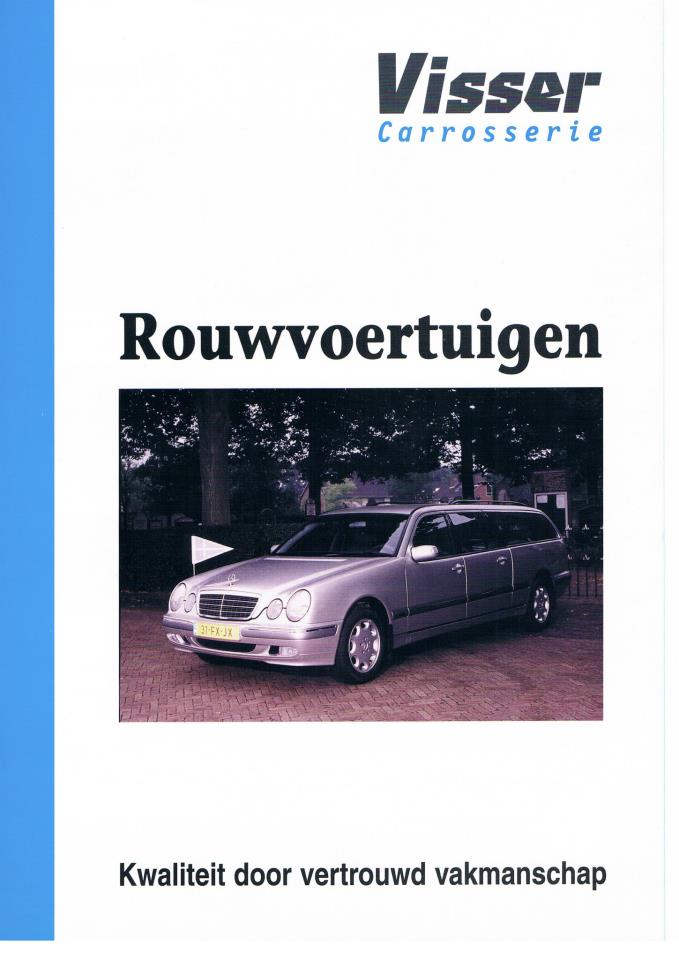
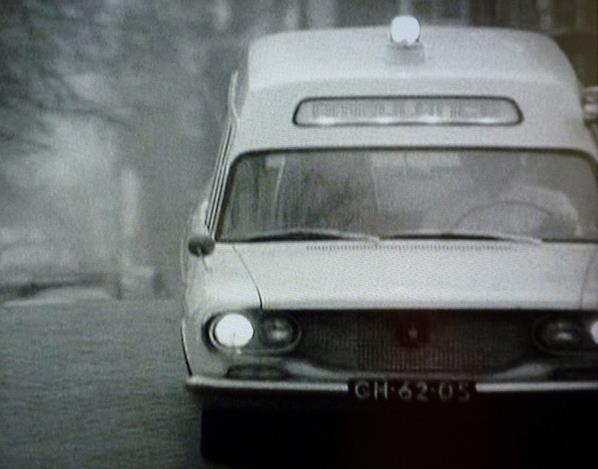
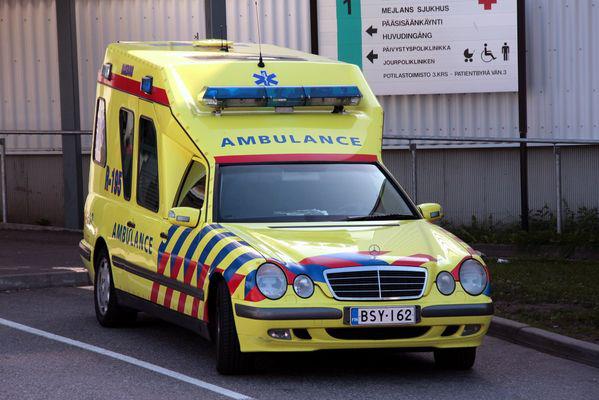
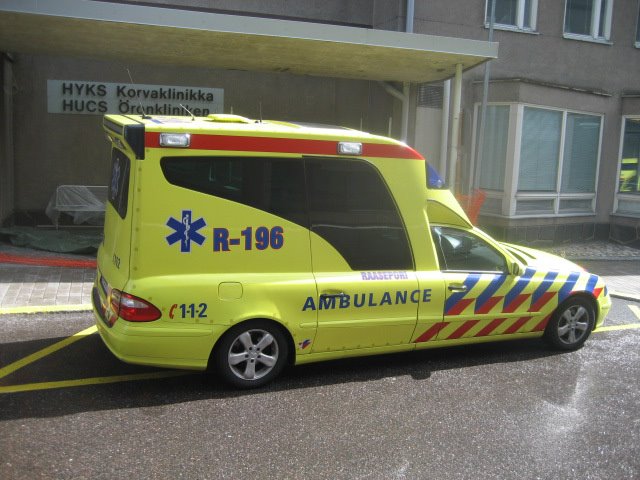
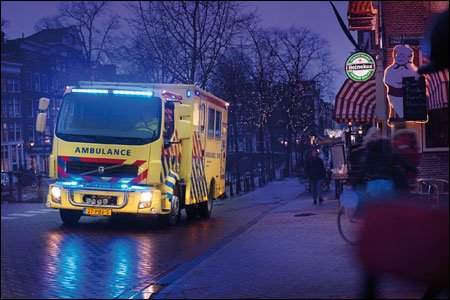
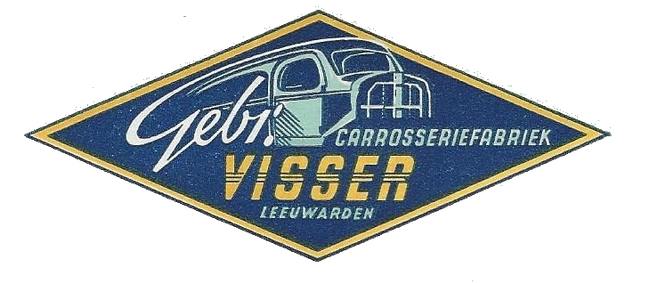




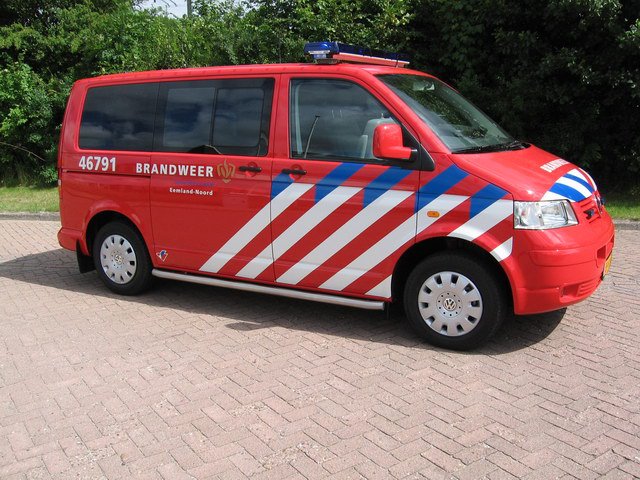

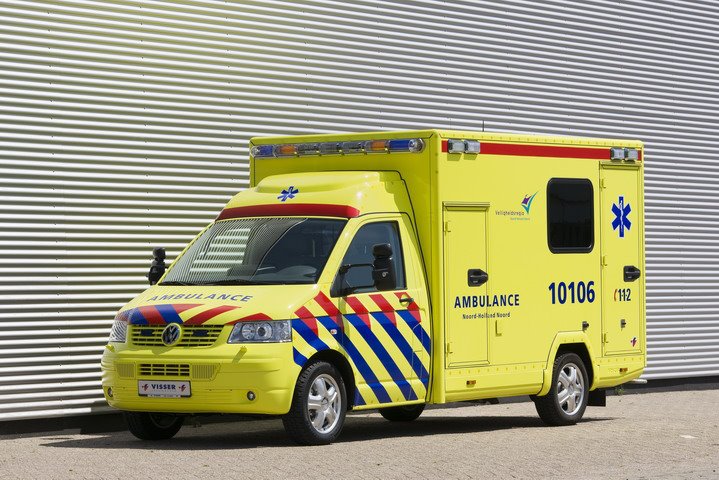

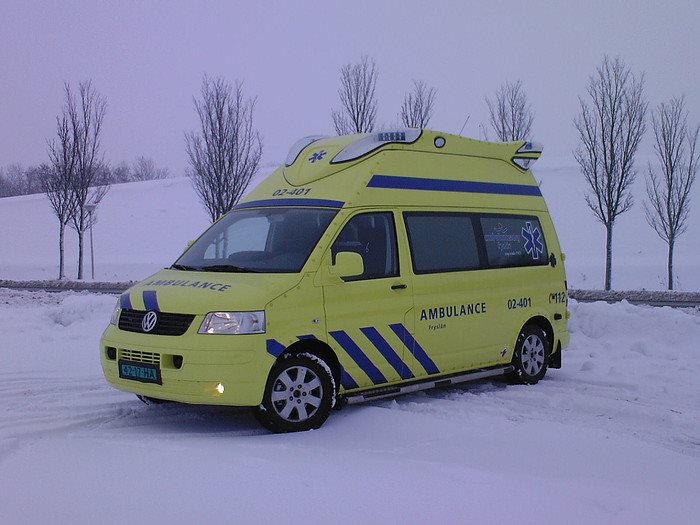


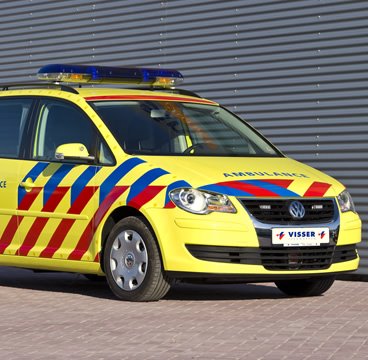





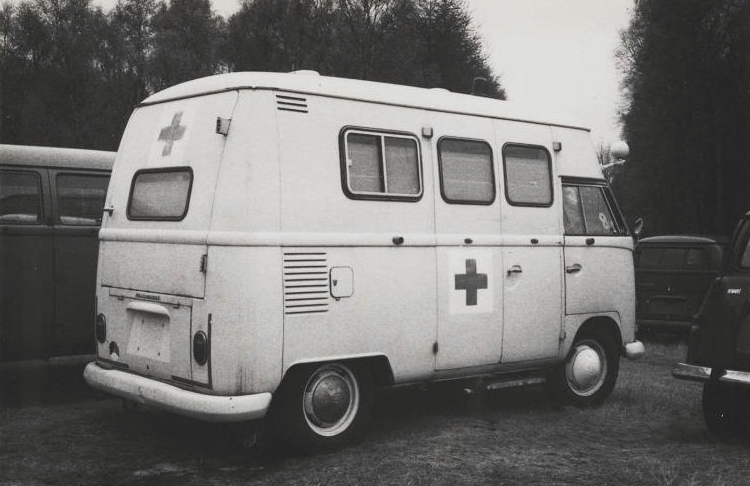
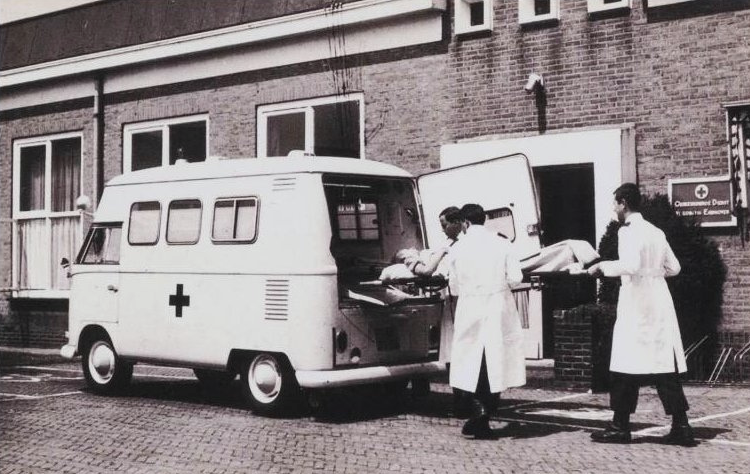
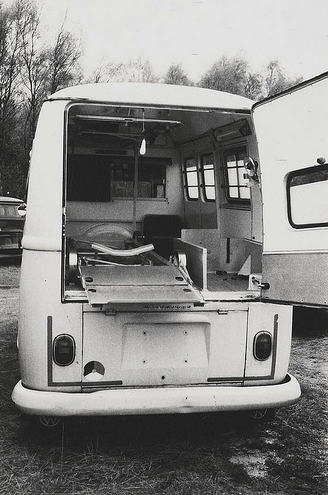
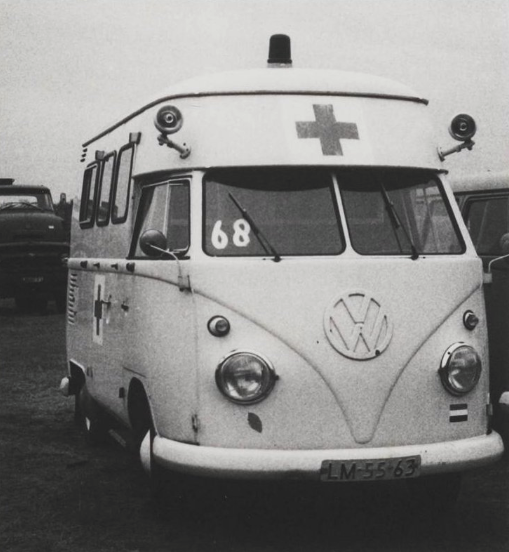

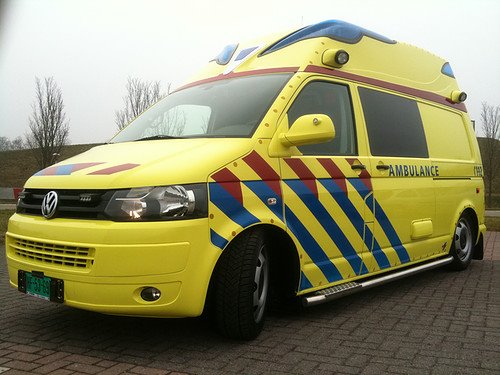


 All Ambulances, Hearses, Heli’s e.s.o. are build by carrosserie Visser te Leeuwarden in the Netherlands a real specialist since 1900.
All Ambulances, Hearses, Heli’s e.s.o. are build by carrosserie Visser te Leeuwarden in the Netherlands a real specialist since 1900.

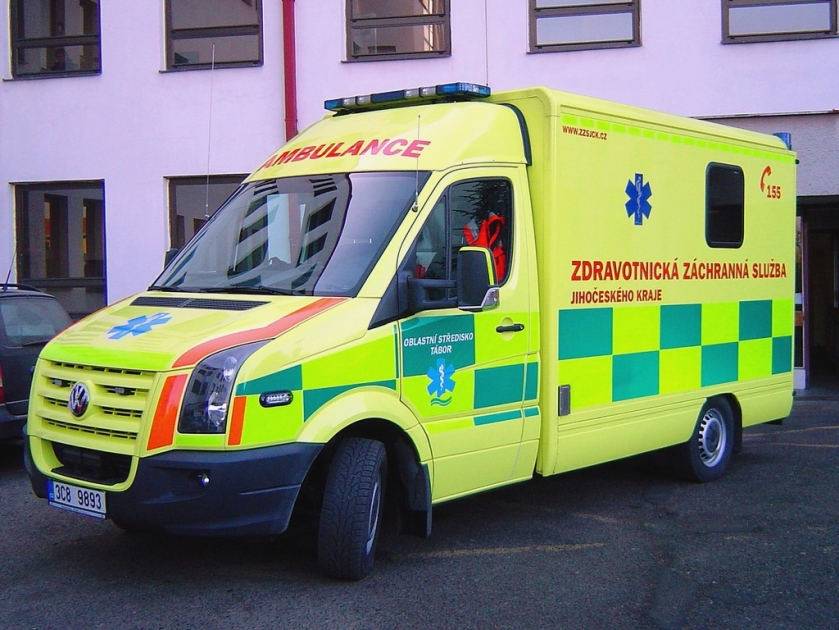
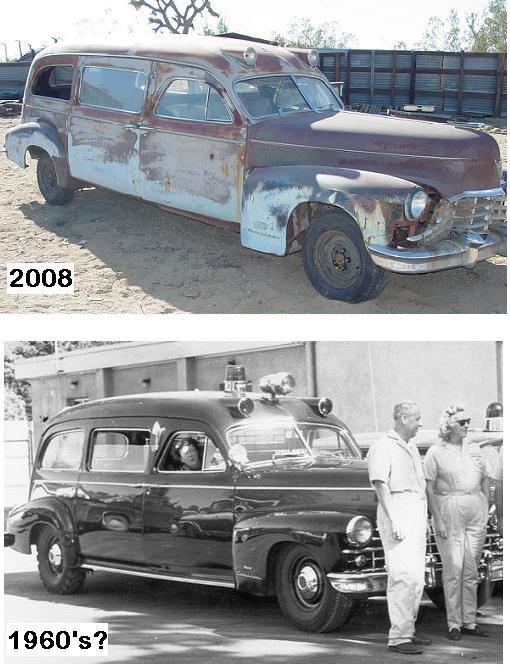
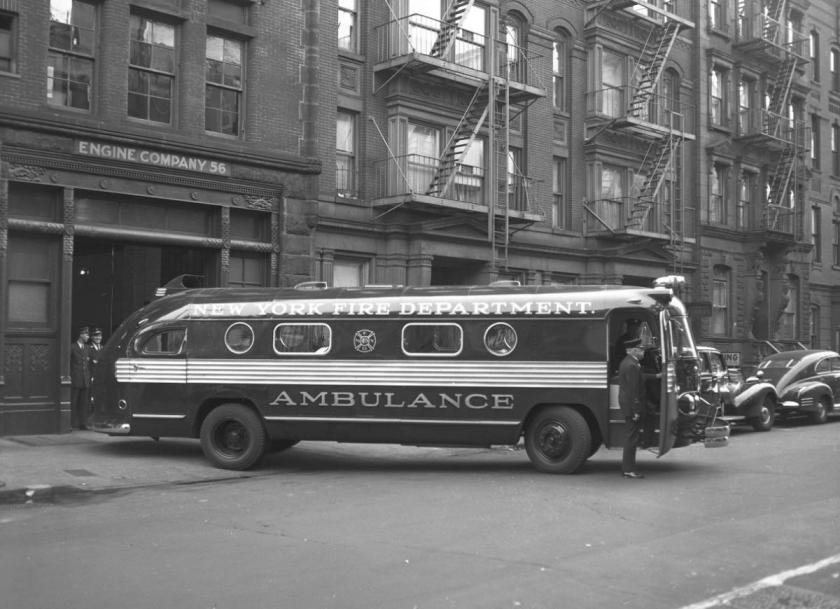
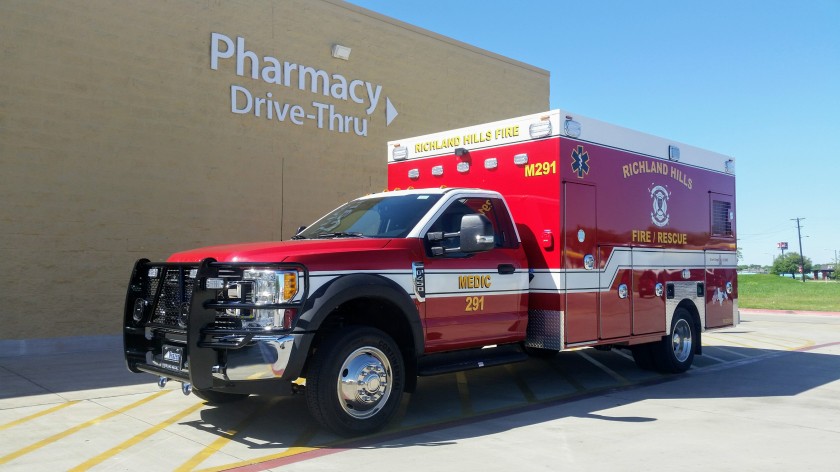
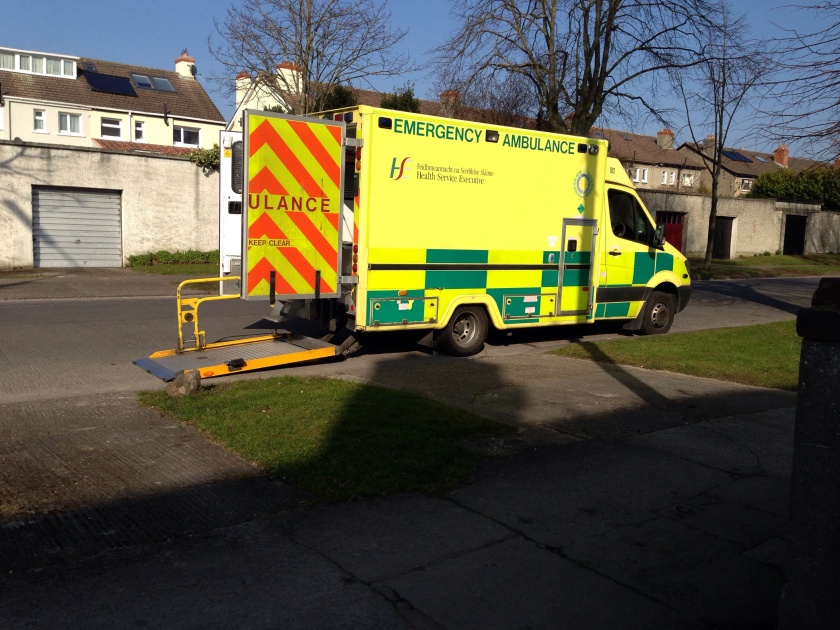
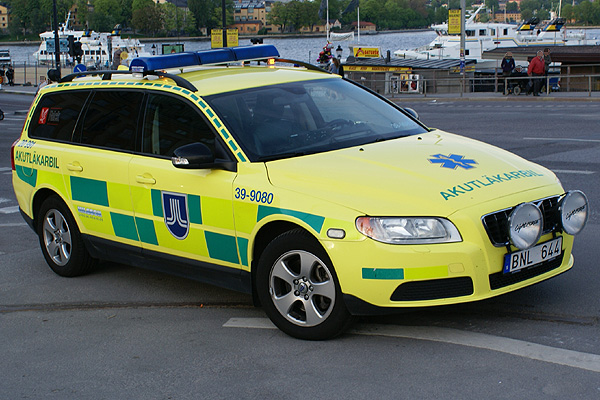
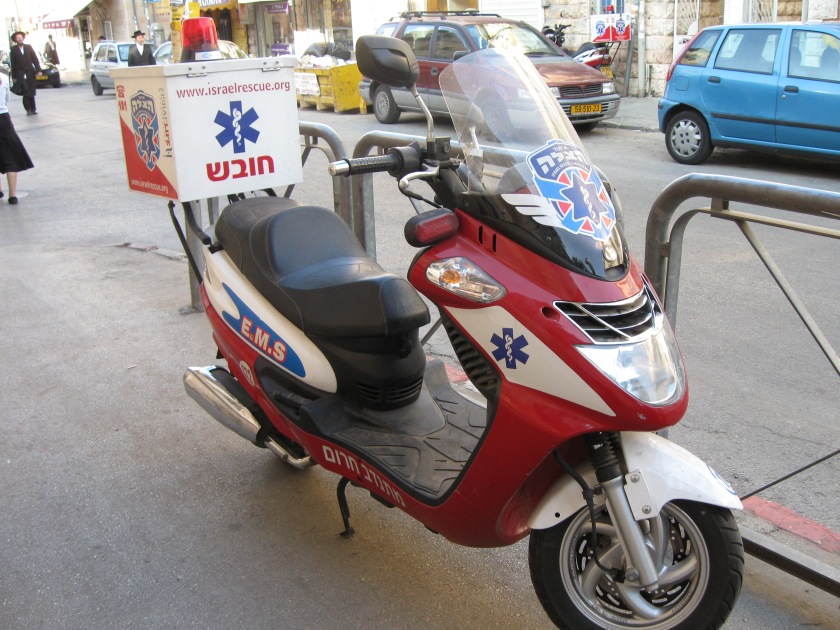
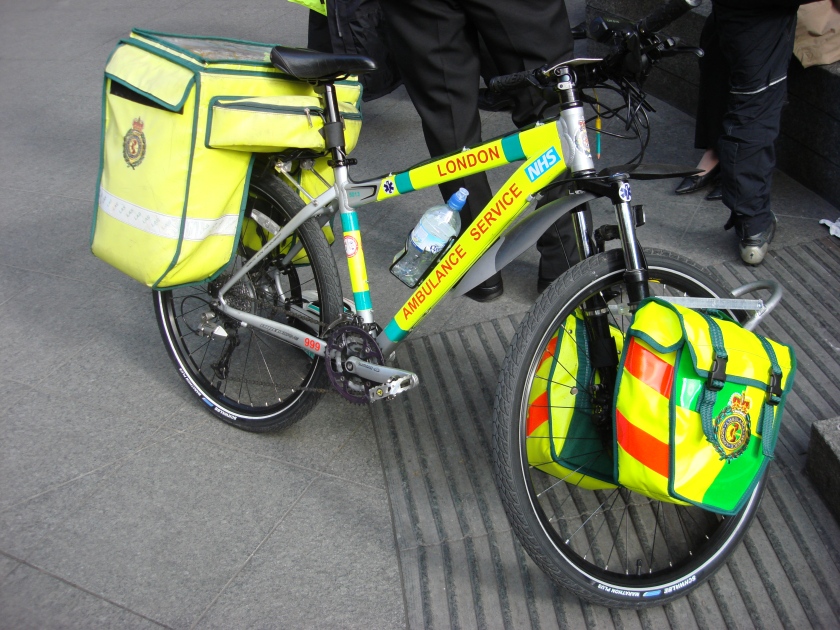











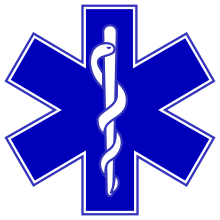












 1909 De Spyker ambulances voor het Roode Kruis
1909 De Spyker ambulances voor het Roode Kruis 1909 SPIJKER Ambulance amsterdam redcross lehmann trompenburg
1909 SPIJKER Ambulance amsterdam redcross lehmann trompenburg











 1914 Spyker
1914 Spyker
 1916 ford-t-ambulances-st-vincents-web
1916 ford-t-ambulances-st-vincents-web

 1918 Ford T Ambulance
1918 Ford T Ambulance

 1920 Dodge Brothers model 30 Ambulance Zuid Holland Wateringen H-31364
1920 Dodge Brothers model 30 Ambulance Zuid Holland Wateringen H-31364


















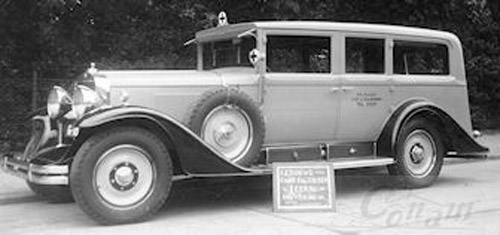








 1939 Packard Ziekenauto op Storkterrein Hengelo NL
1939 Packard Ziekenauto op Storkterrein Hengelo NL
 1940 Ziekenauto Bedrijfsongeval Demka fabrieken te Zuilen NL
1940 Ziekenauto Bedrijfsongeval Demka fabrieken te Zuilen NL







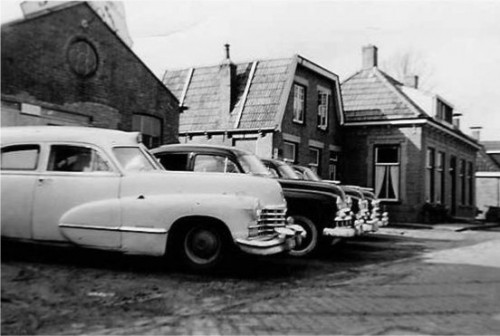
 1947 Ziekenauto uit Sneek Chauffeur was T.J Vallinga. met Packard uit 1947
1947 Ziekenauto uit Sneek Chauffeur was T.J Vallinga. met Packard uit 1947




 1950 Packard 1950 Buick en Buick De Vrij Zuiderplein Lw NL
1950 Packard 1950 Buick en Buick De Vrij Zuiderplein Lw NL
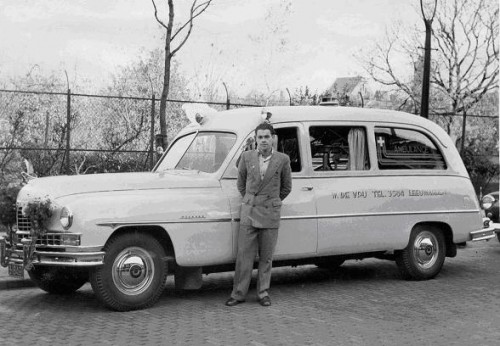













 Cadillac Ambulance
Cadillac Ambulance
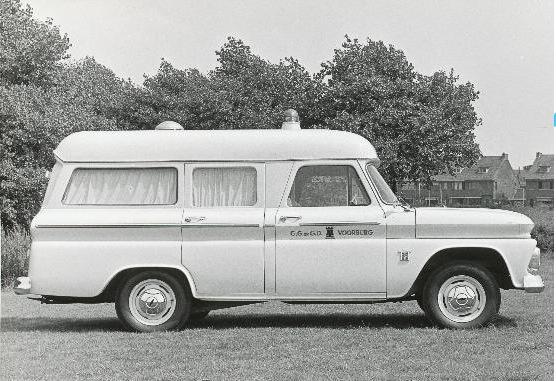




 1965 Peugeot D4B Ambulance gemeente Texel
1965 Peugeot D4B Ambulance gemeente Texel

 1967 Citroën ID 19 Ambulance NL
1967 Citroën ID 19 Ambulance NL

 1967-68 Mercedes Benz 230 amb 84-91-FM
1967-68 Mercedes Benz 230 amb 84-91-FM

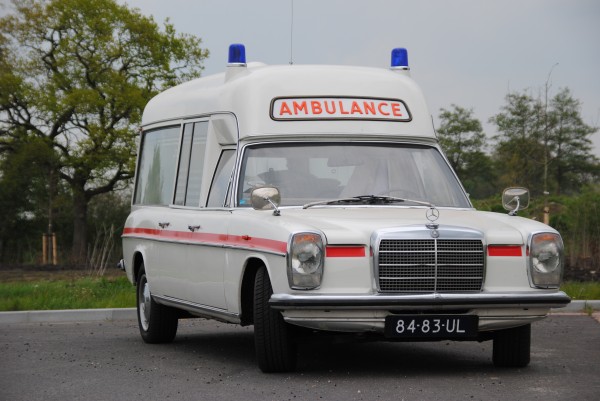
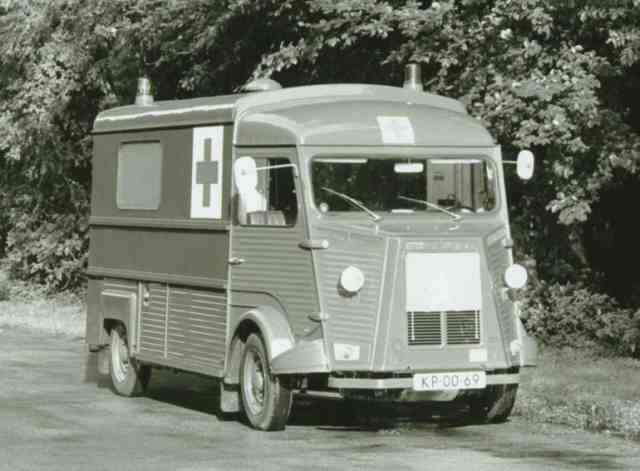 1969 Citroën hy-ambulance NL
1969 Citroën hy-ambulance NL 1968 Mercedes-Benz ambulance Visser, Leeuwarden ZS-97-16
1968 Mercedes-Benz ambulance Visser, Leeuwarden ZS-97-16 1969 20-93-JM MERCEDES-BENZ W114 230 BINZ Ambulance NL
1969 20-93-JM MERCEDES-BENZ W114 230 BINZ Ambulance NL

 1971 Merc Benz 220
1971 Merc Benz 220 1970 Bedford Ambulance HY-91-JT NL
1970 Bedford Ambulance HY-91-JT NL


 1971 peugeot-j7-ambulance-carrosserie-visser-standplaats-schiphol NL
1971 peugeot-j7-ambulance-carrosserie-visser-standplaats-schiphol NL











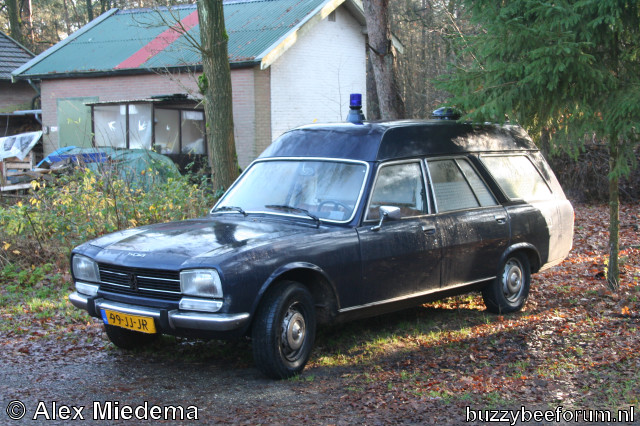 1979 Peugeot 504 Ambulance NL
1979 Peugeot 504 Ambulance NL 1980 Mercedes-Benz 240D NL
1980 Mercedes-Benz 240D NL

 1985 PEUGEOT 505 GR Ambulance NL
1985 PEUGEOT 505 GR Ambulance NL 1986 Opel Senator Miesen Ambulance D
1986 Opel Senator Miesen Ambulance D 1987 Peugeot J9 ambulance Leiden en omstreken RP-44-XJ NL
1987 Peugeot J9 ambulance Leiden en omstreken RP-44-XJ NL
 1989 Mercedes-Benz W124 XY-96-JS Binz carr NL
1989 Mercedes-Benz W124 XY-96-JS Binz carr NL

 2001 Nederlandse Volvo S80 ambulance met Nilson carrosserie NL
2001 Nederlandse Volvo S80 ambulance met Nilson carrosserie NL





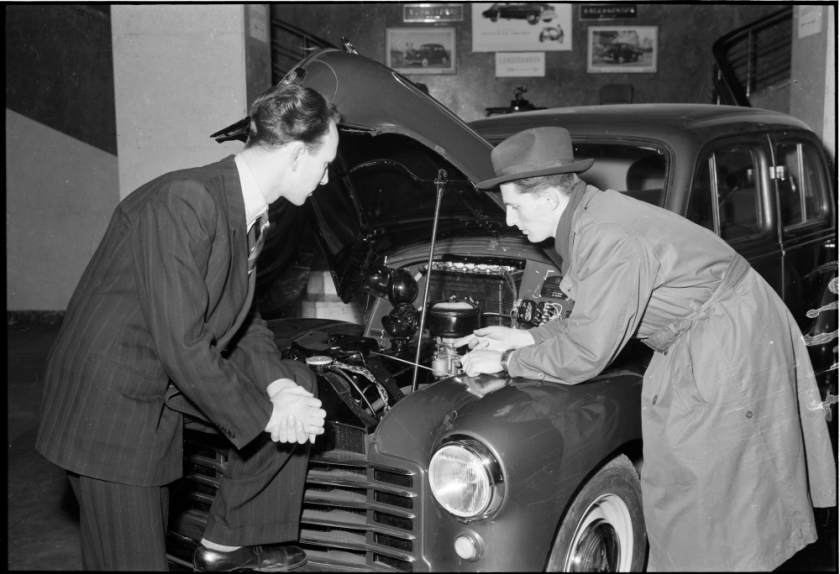


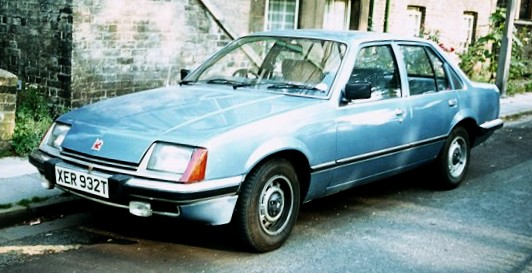

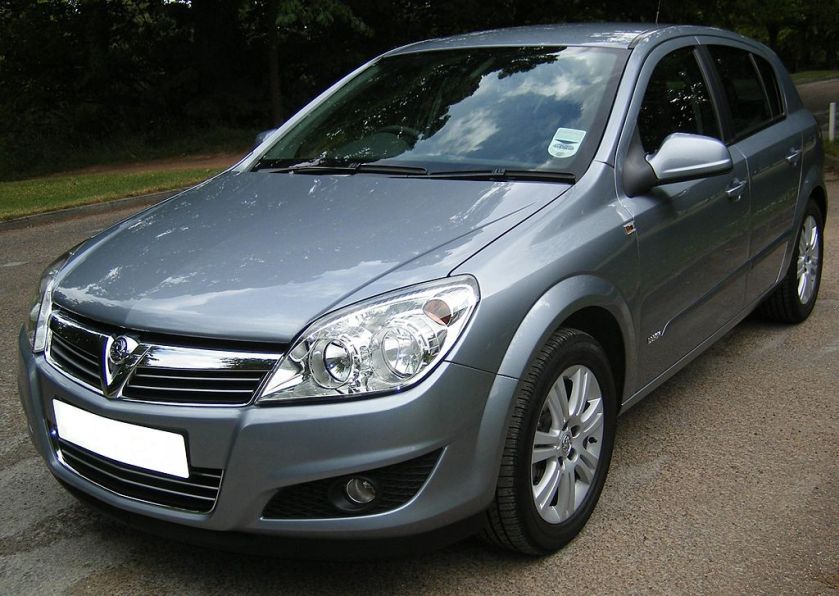





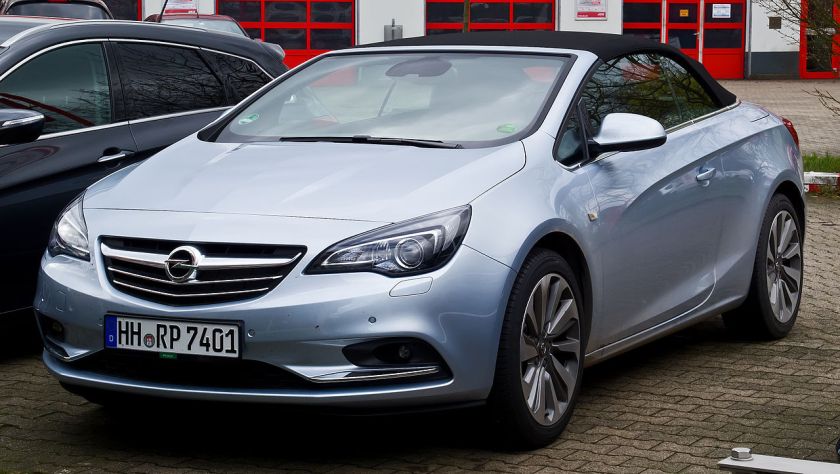




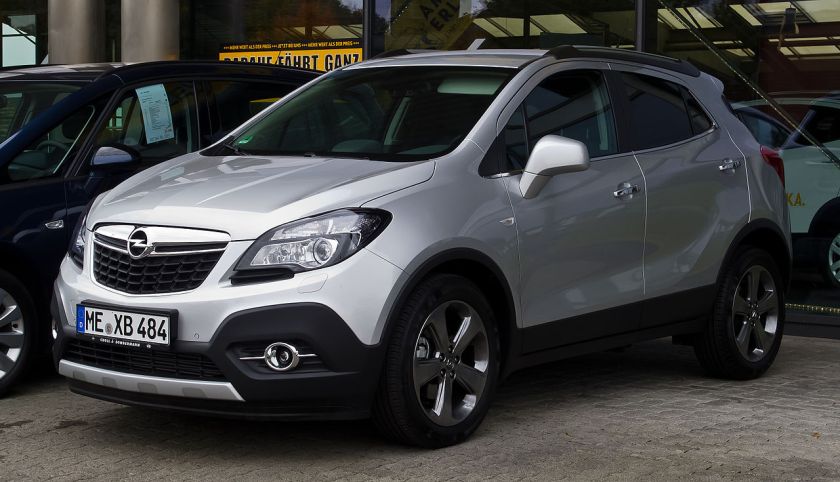


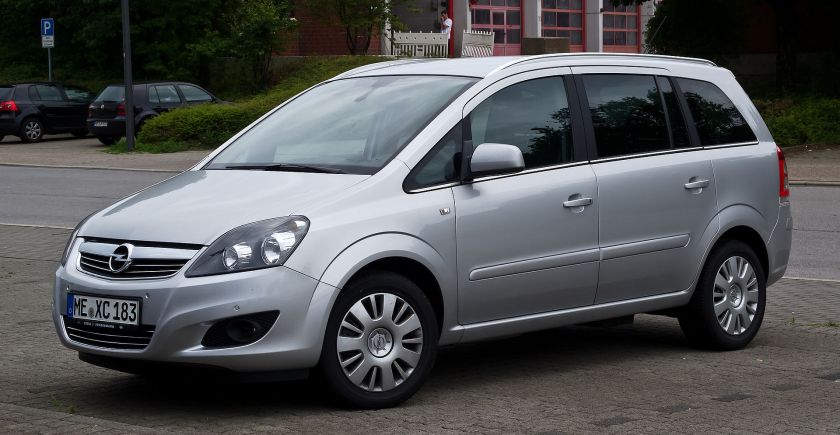




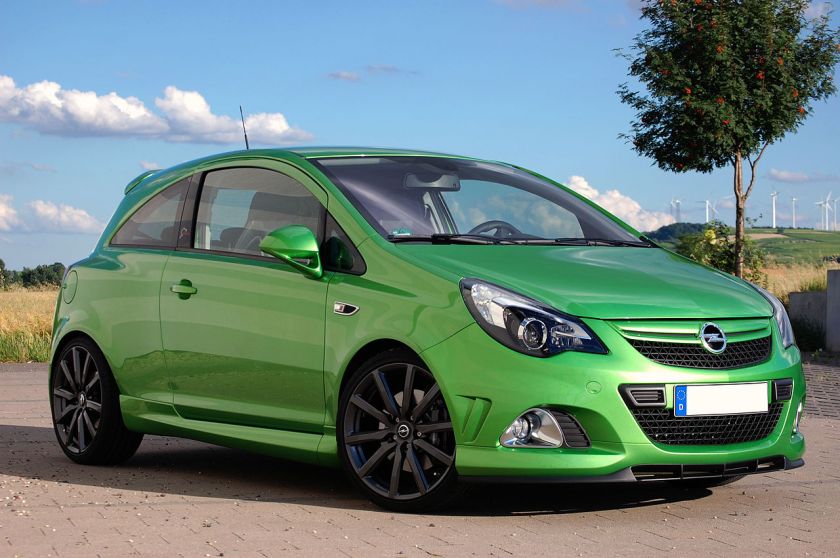





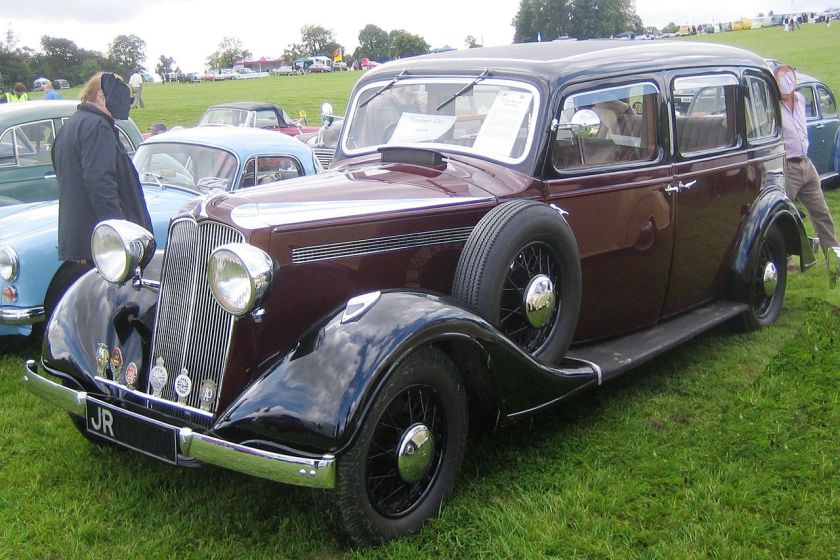





















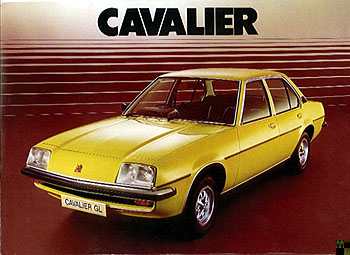

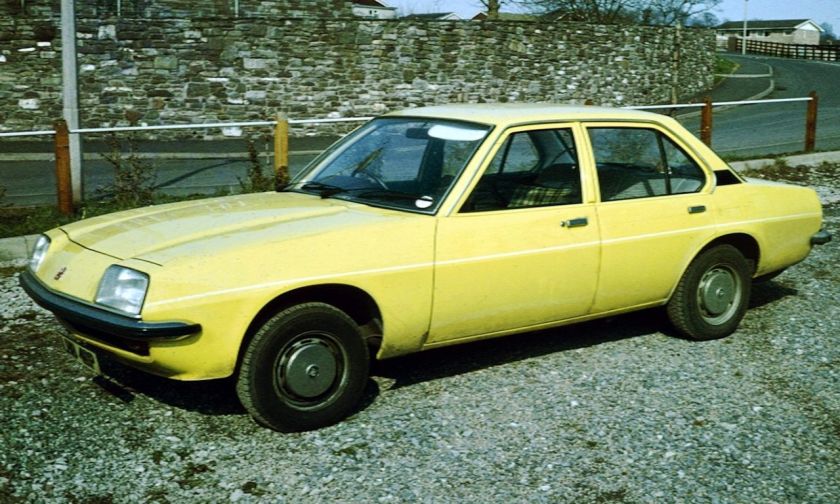











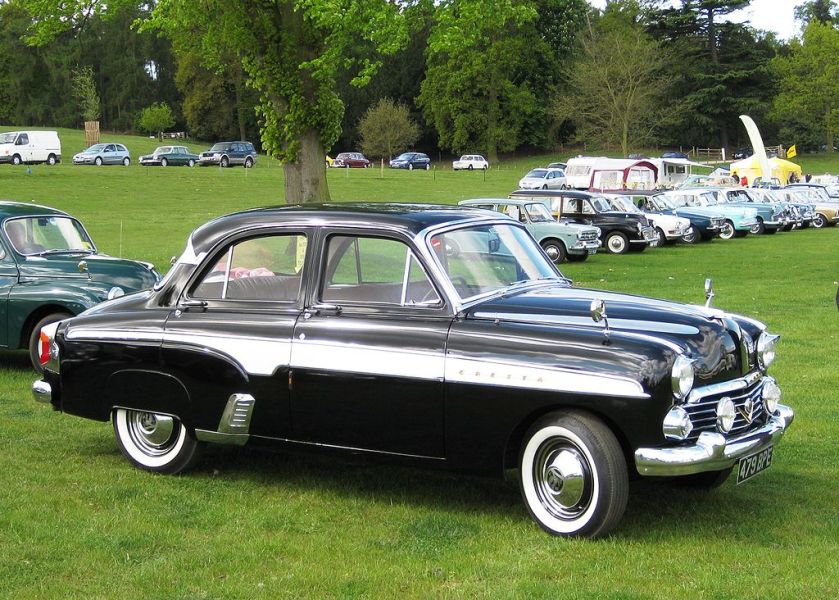






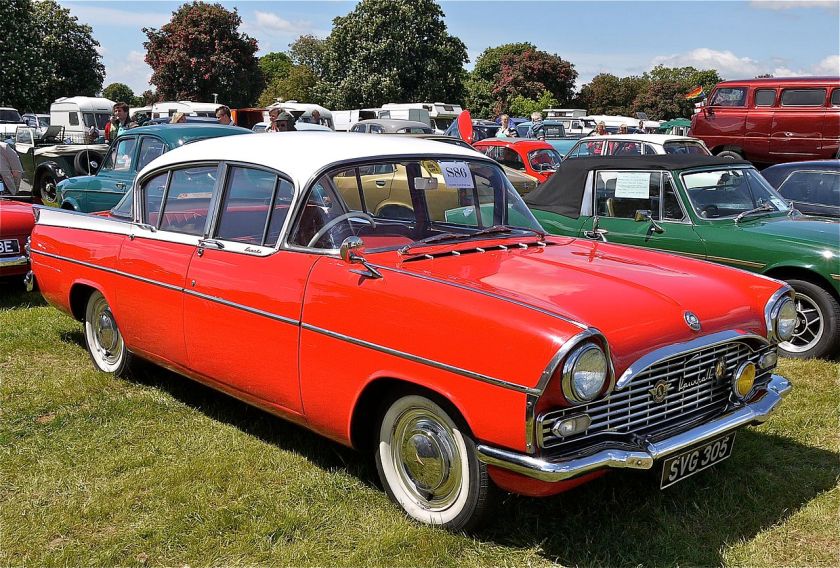

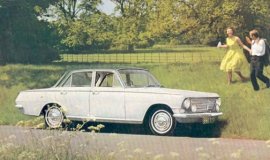



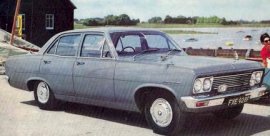






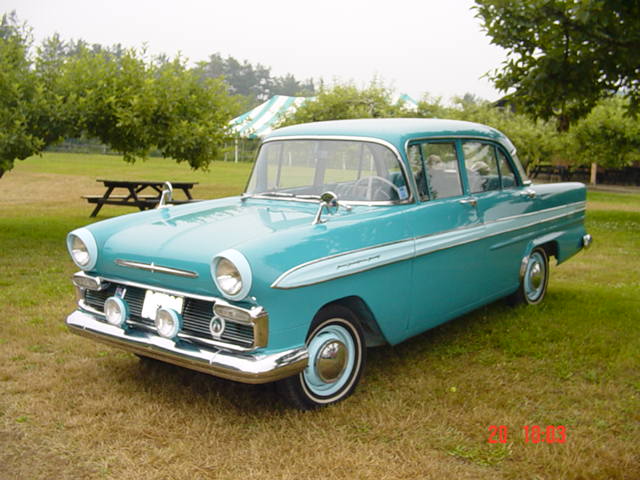



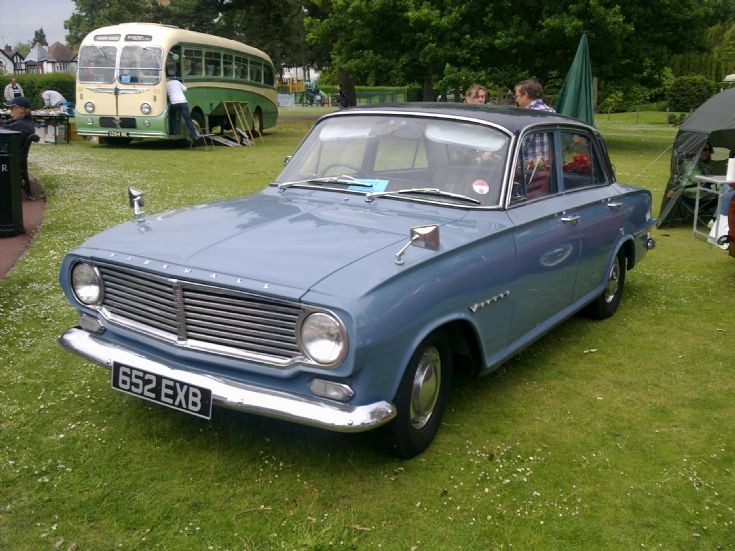
![1962 Vauxhall Victor FB(GX-98-63), NN-38-81 Opel Caravan [1953]](https://myntransportblog.wordpress.com/wp-content/uploads/2014/12/1962-vauxhall-victor-fbgx-98-63-nn-38-81-opel-caravan-1953.jpg?w=840)



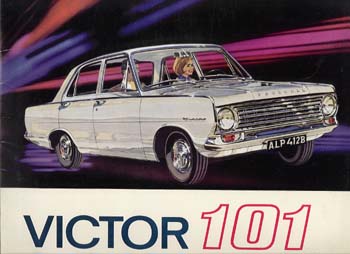



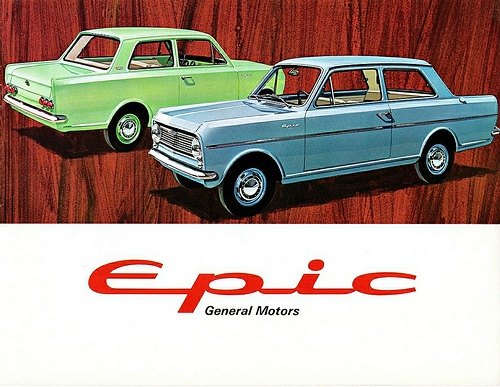




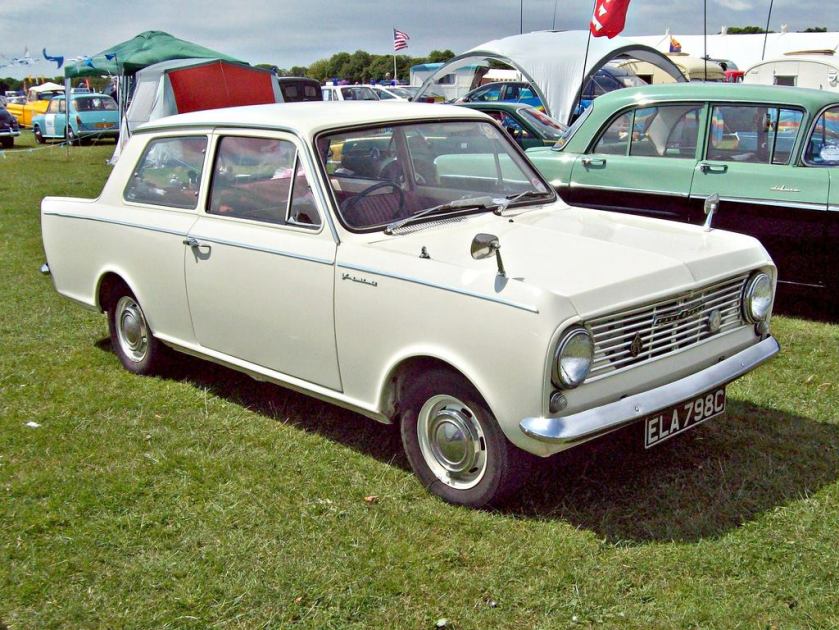








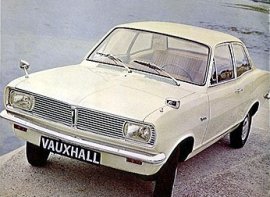







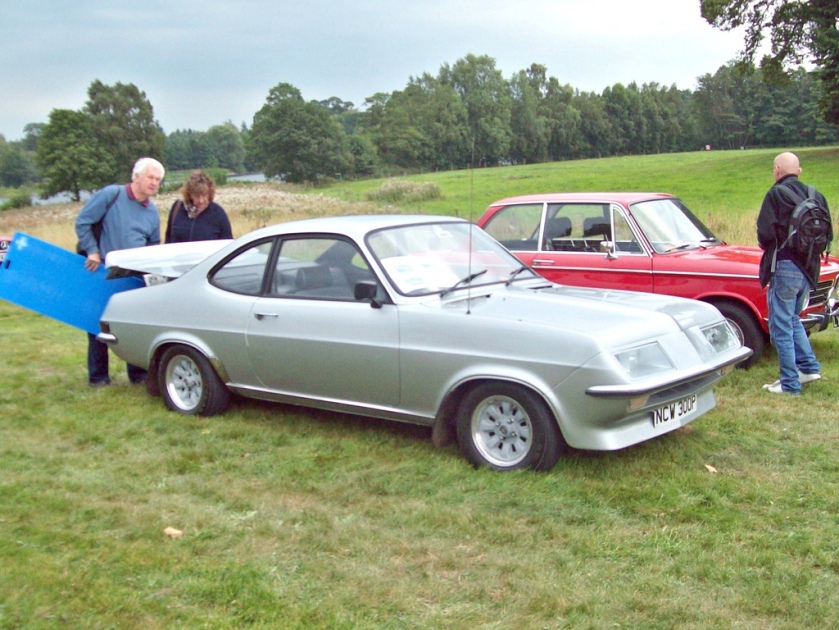

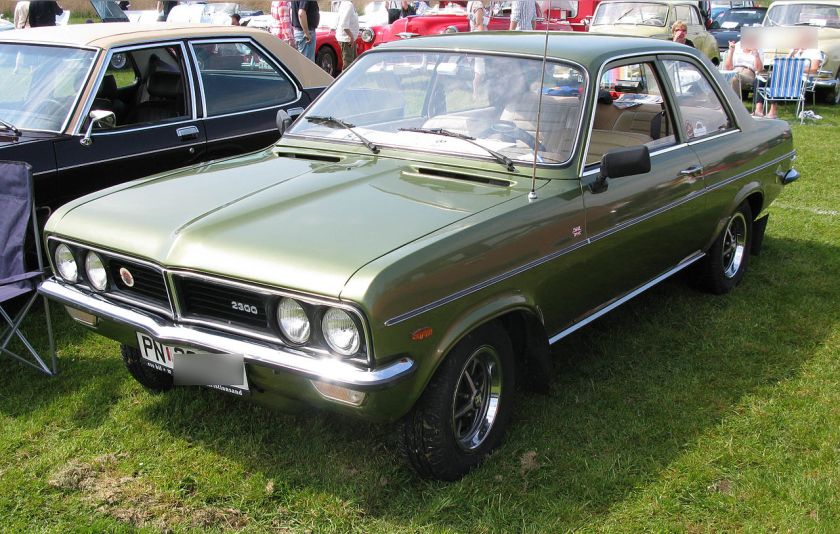











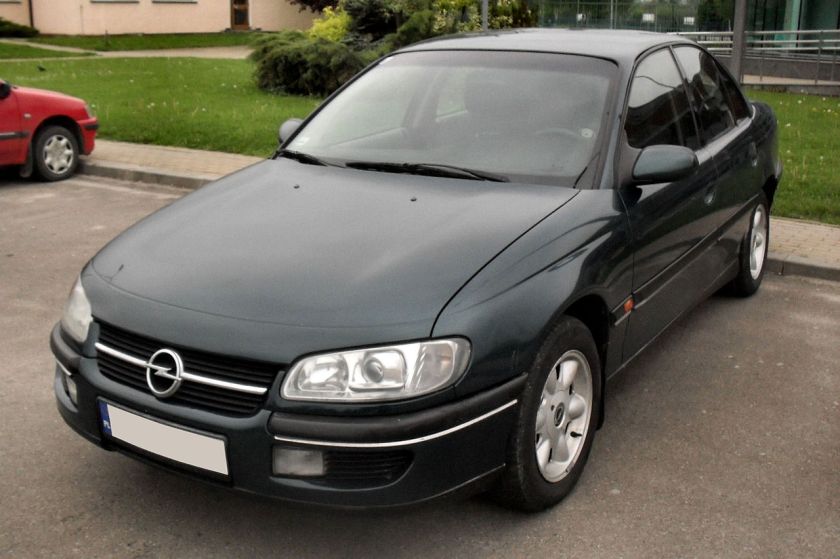












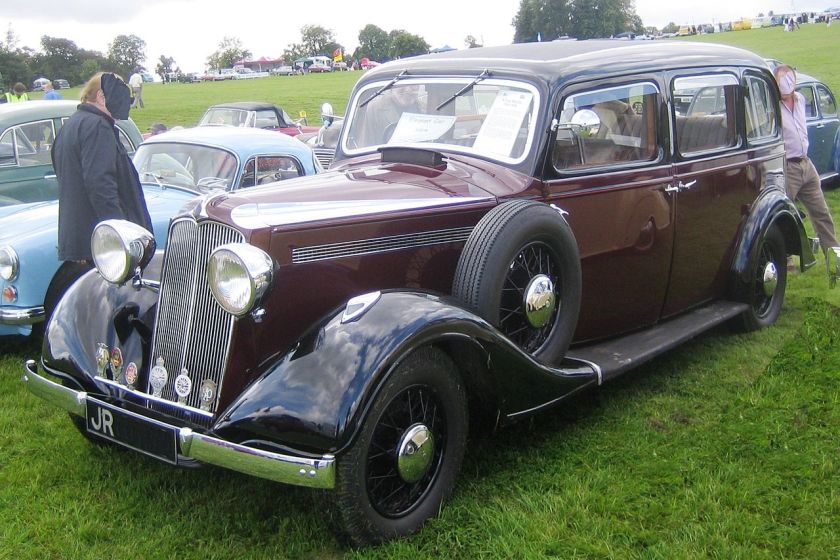









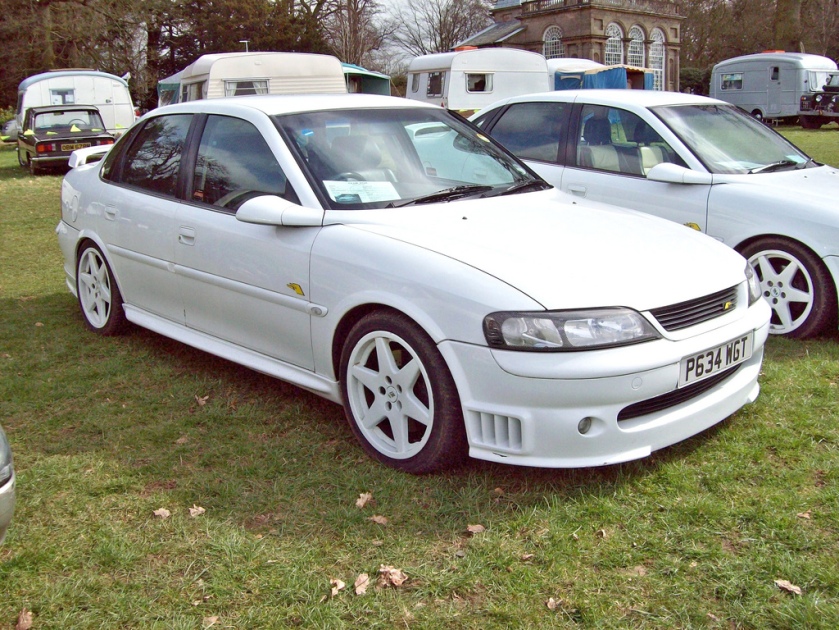









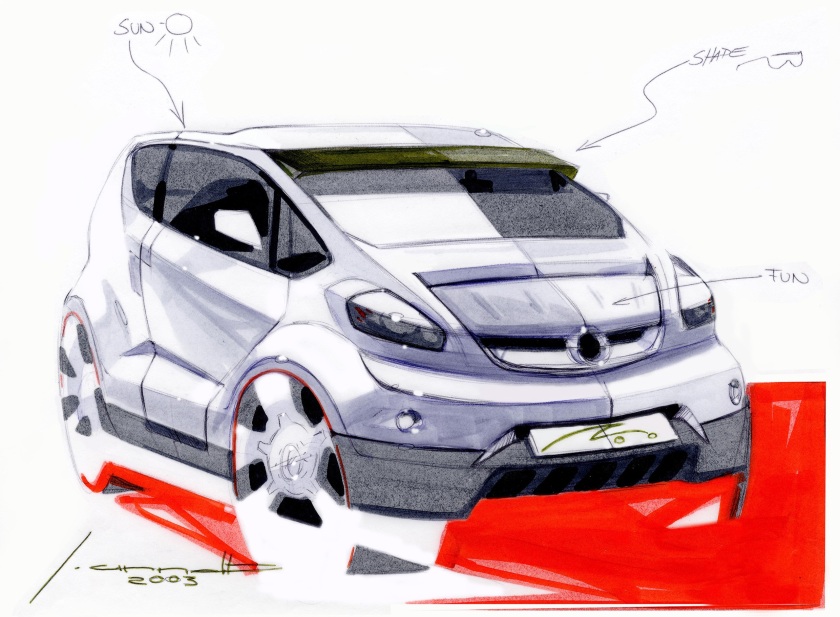






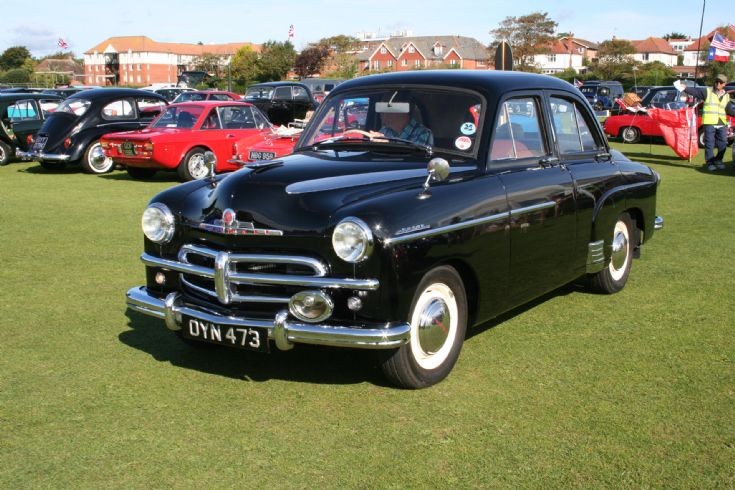







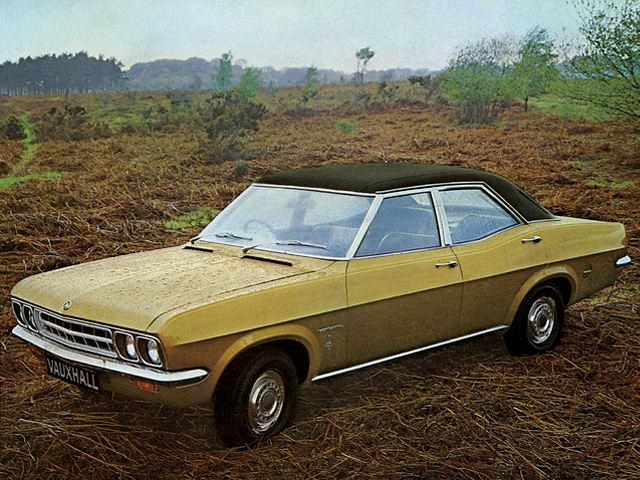










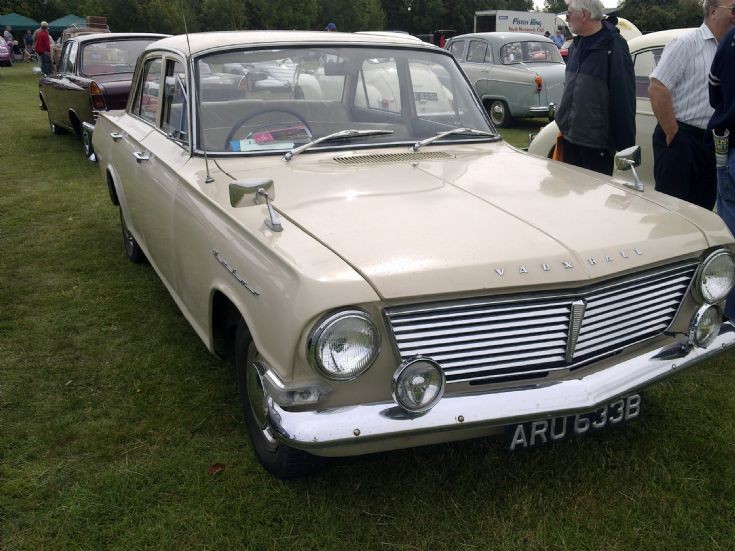
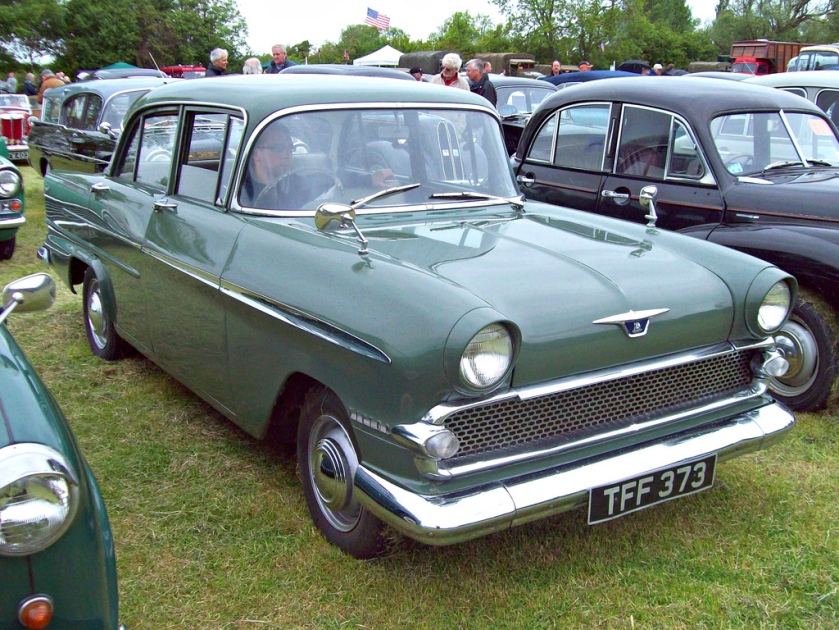




![1962 Vauxhall Victor FB(GX-98-63), NN-38-81 Opel Caravan [1953]](https://myntransportblog.wordpress.com/wp-content/uploads/2014/12/1962-vauxhall-victor-fbgx-98-63-nn-38-81-opel-caravan-19531.jpg?w=840)

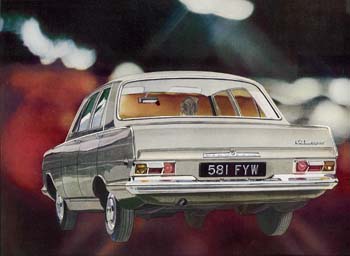

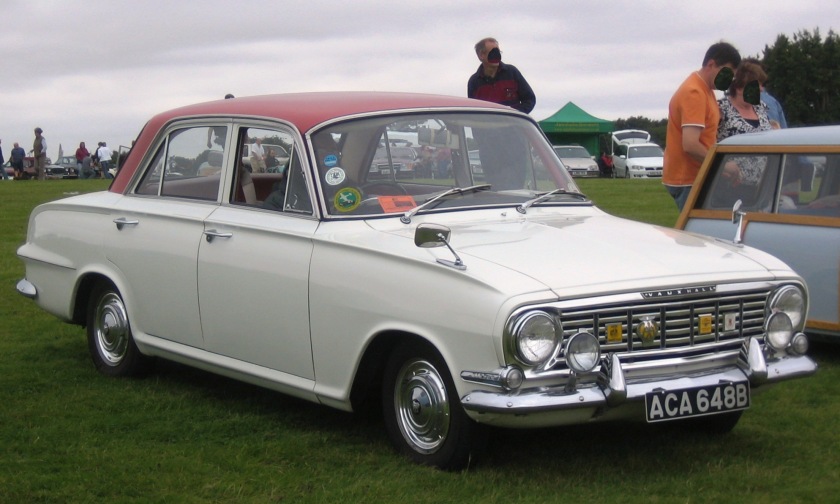
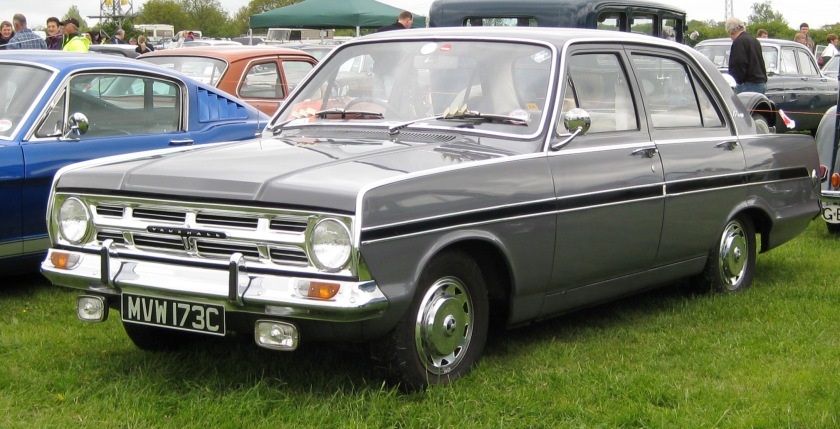









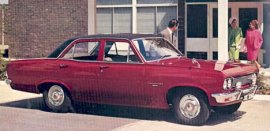







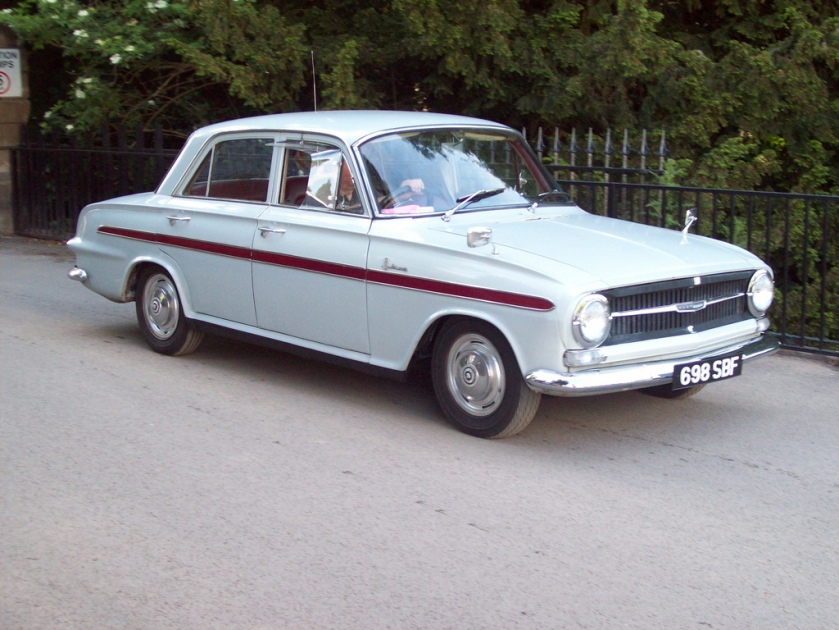
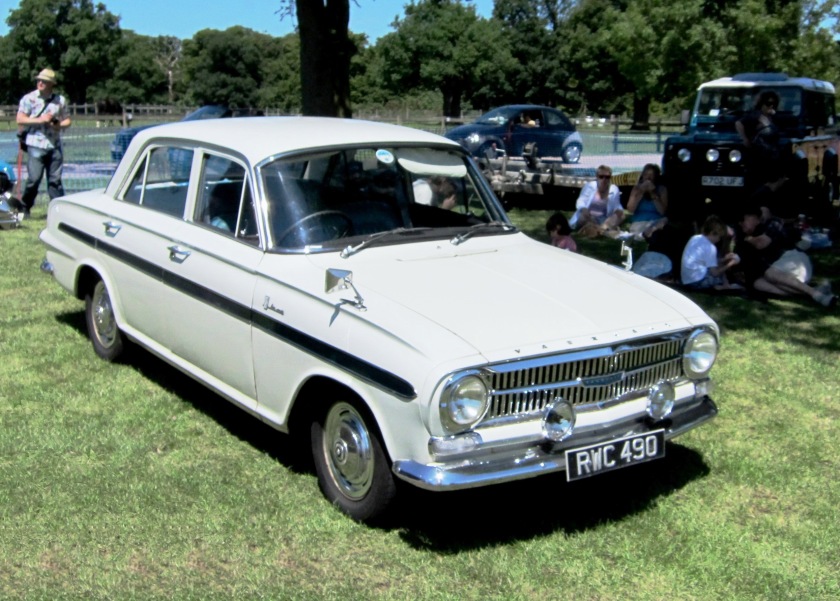





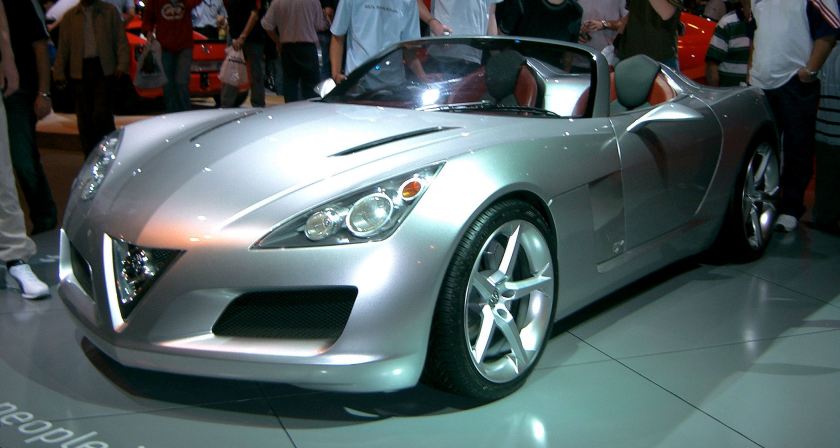























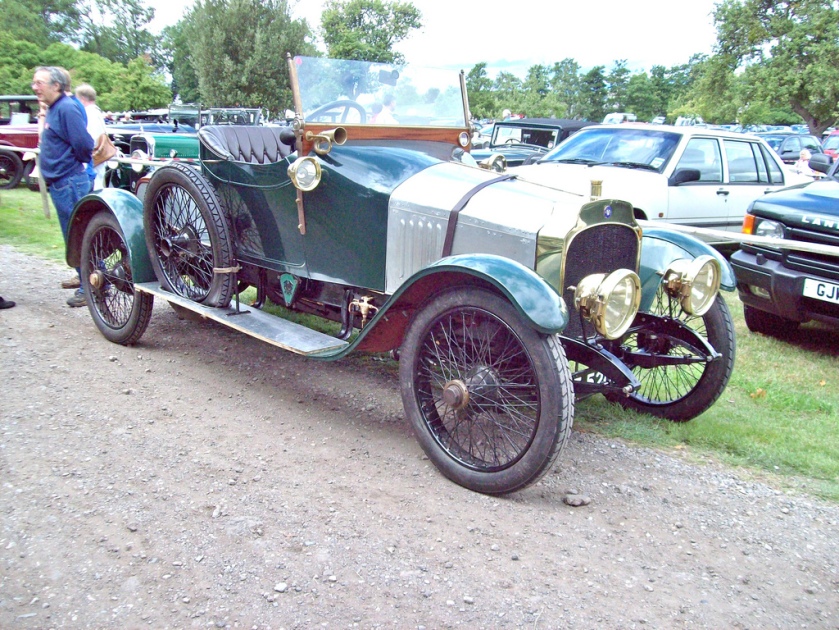
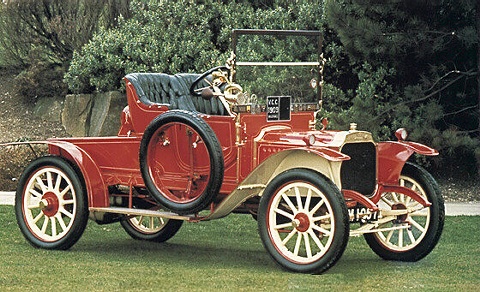







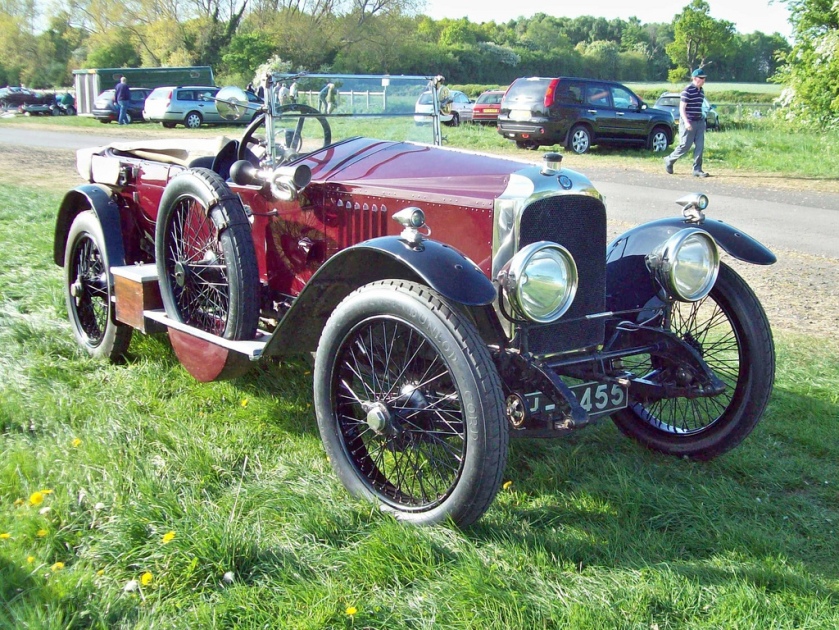

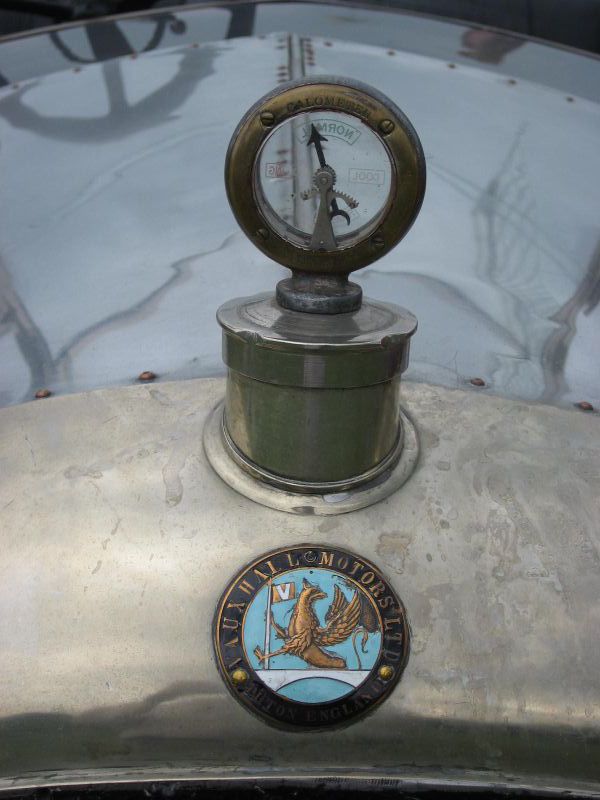




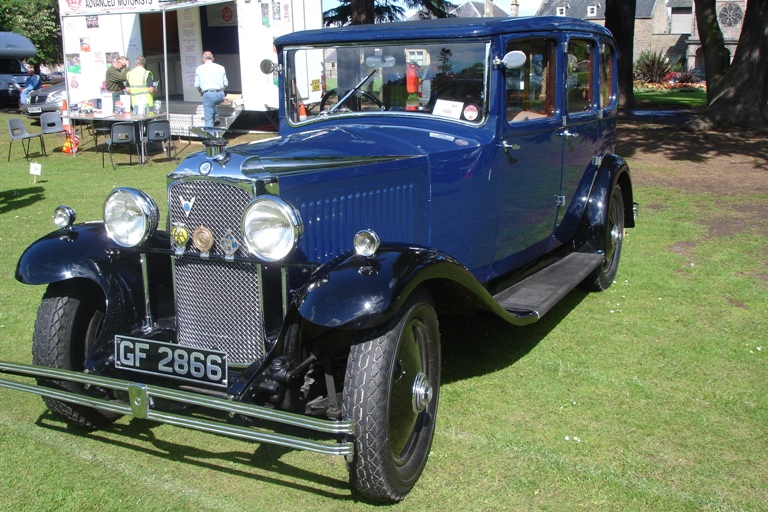










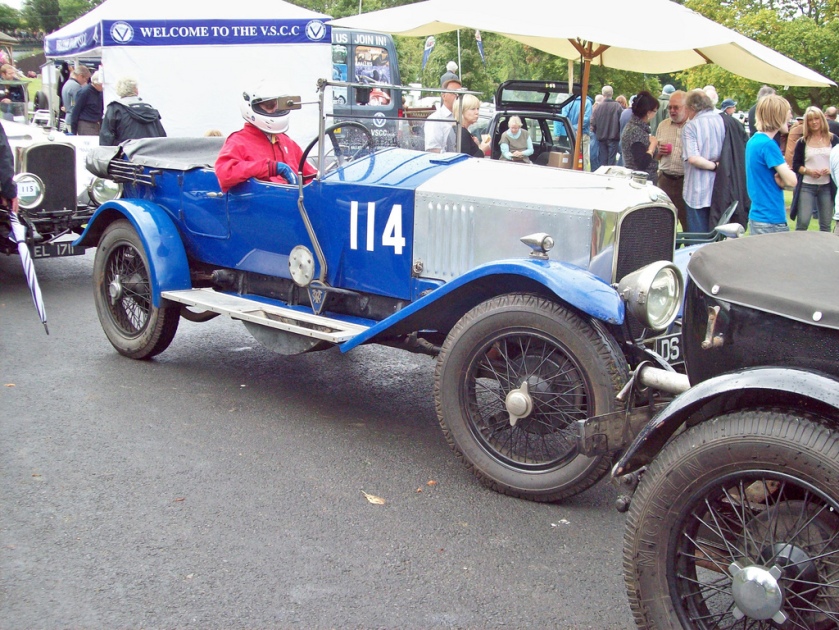







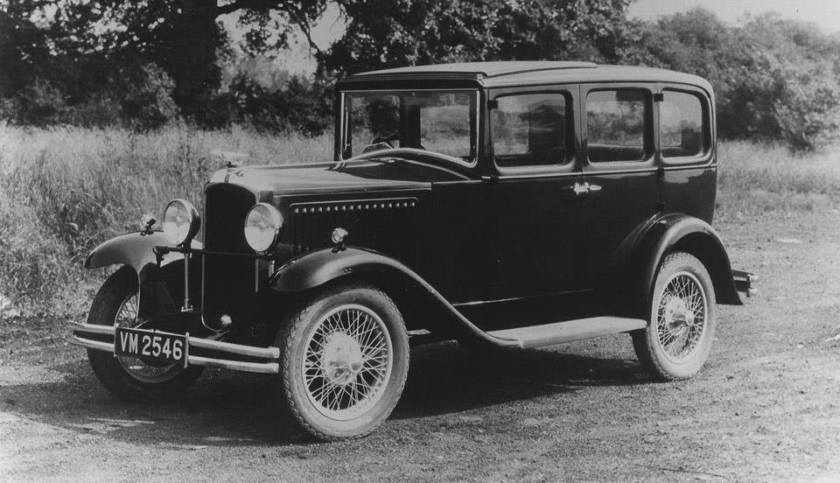










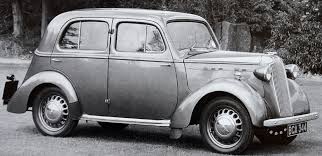


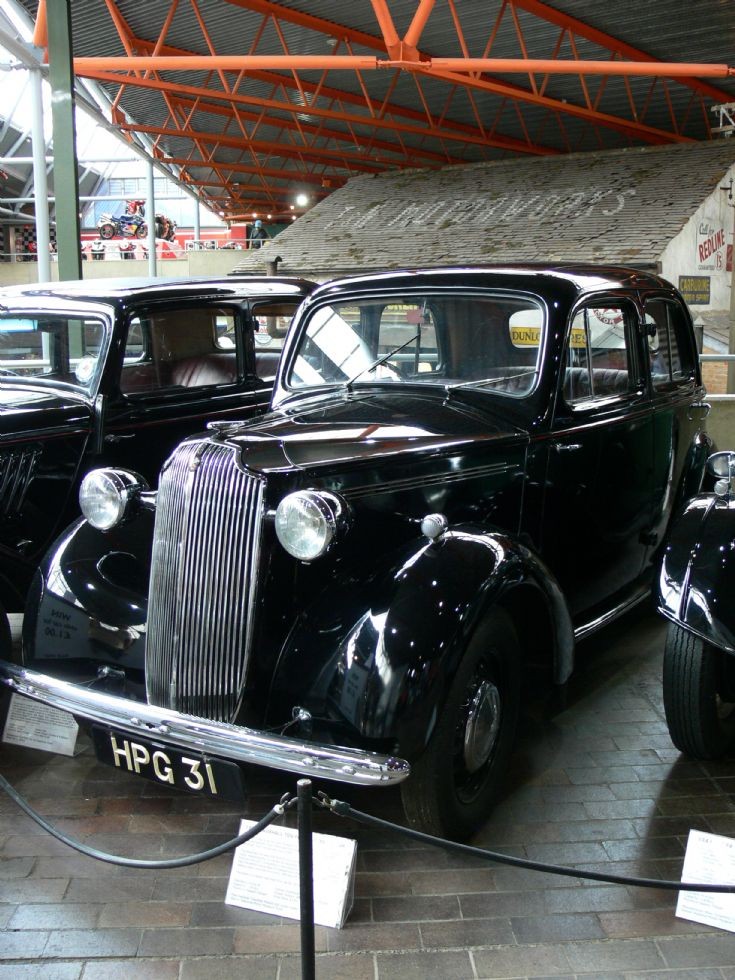














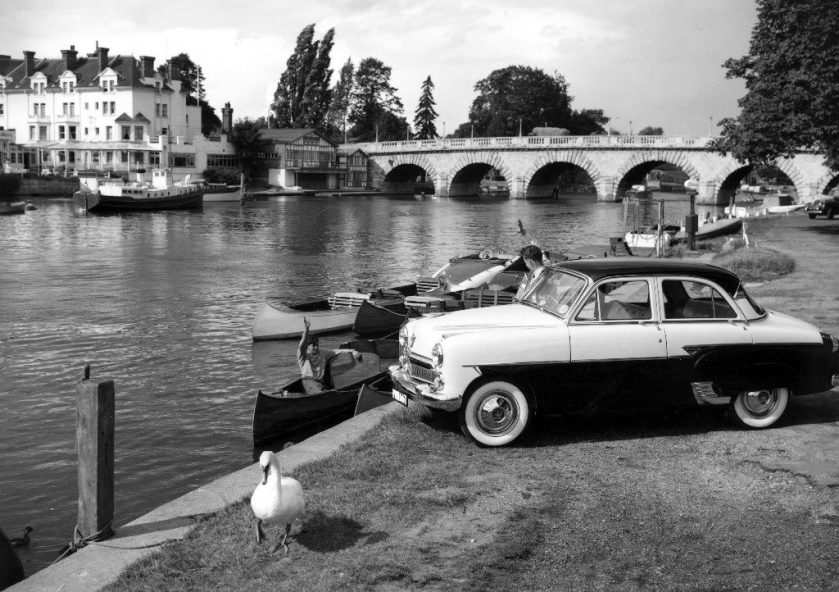






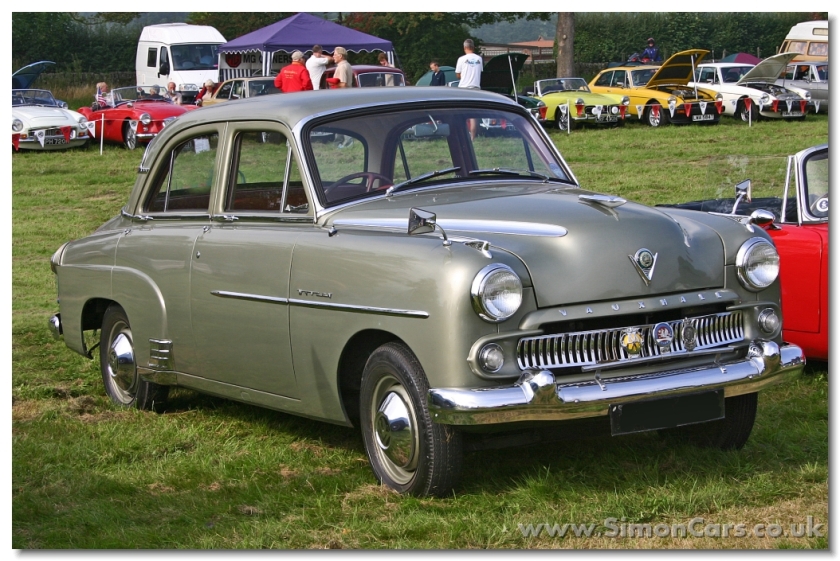








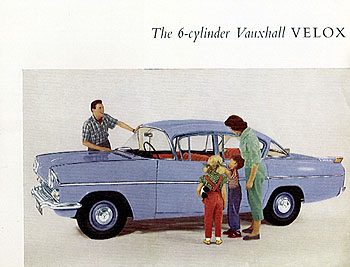



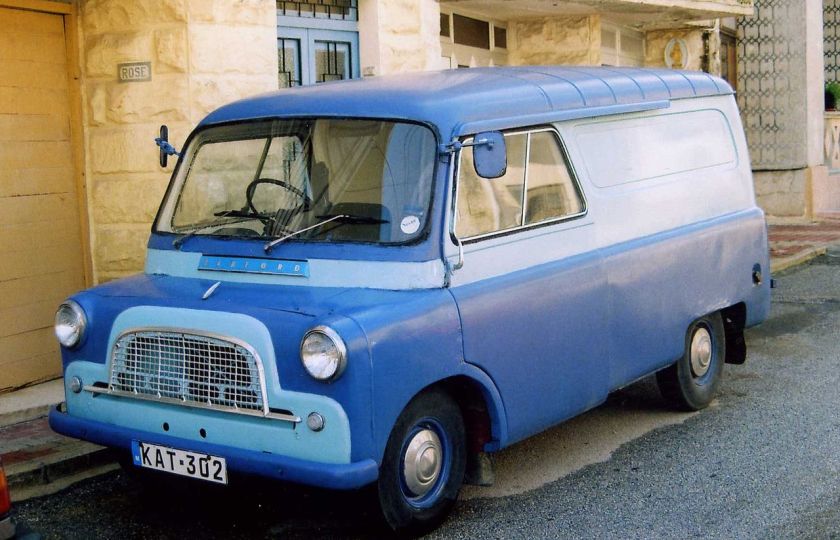












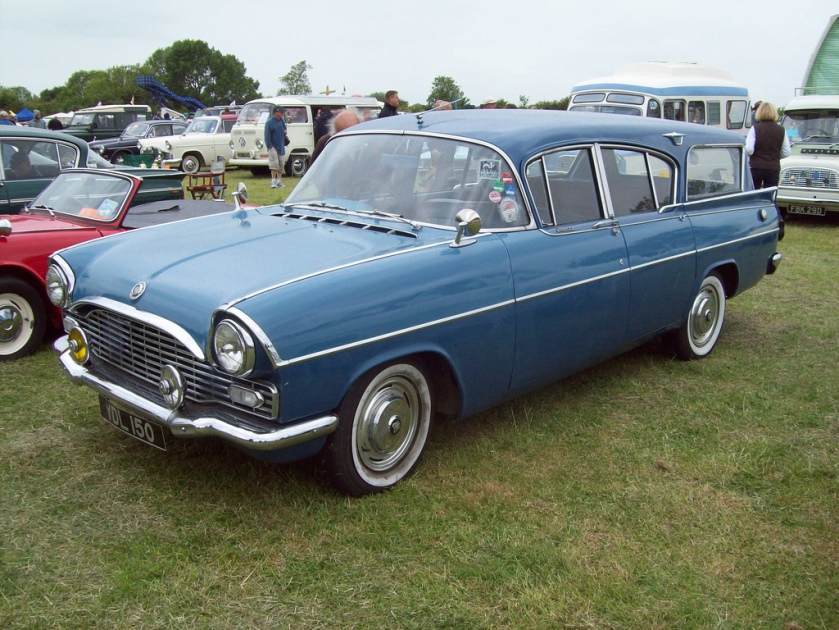
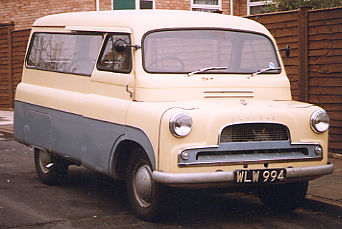


![1962 Vauxhall Victor FB(GX-98-63), NN-38-81 Opel Caravan [1953]](https://myntransportblog.wordpress.com/wp-content/uploads/2014/12/1962-vauxhall-victor-fbgx-98-63-nn-38-81-opel-caravan-19532.jpg?w=840)
































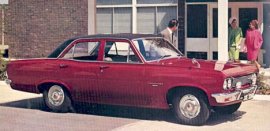



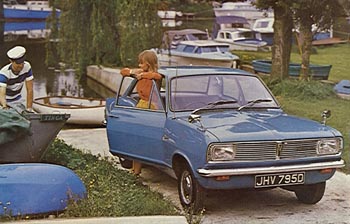



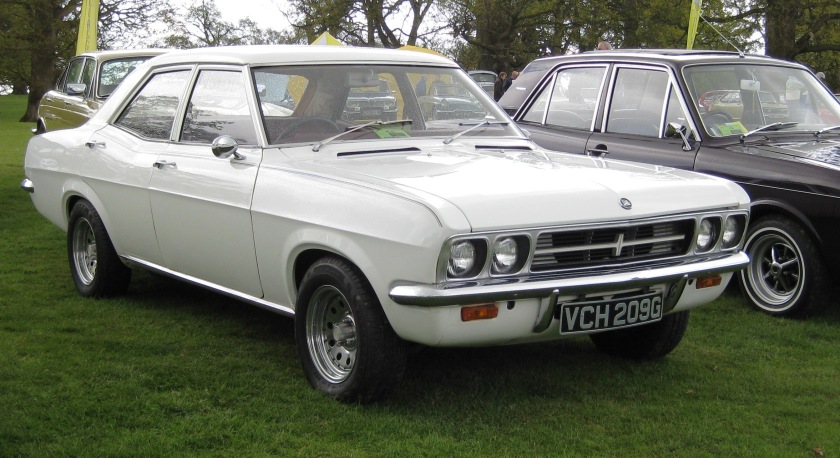
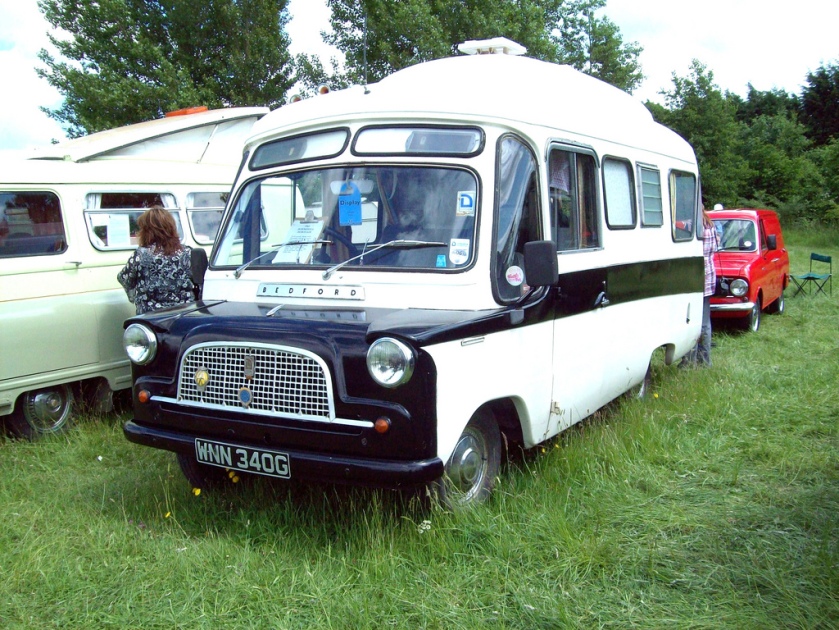



































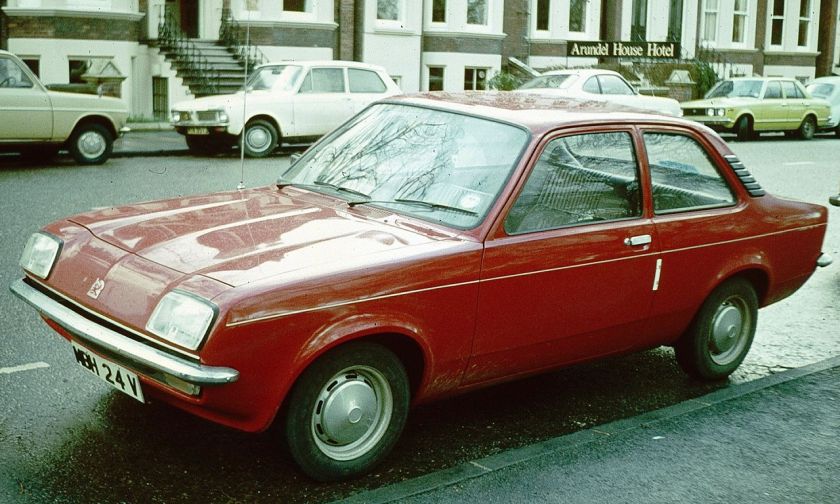

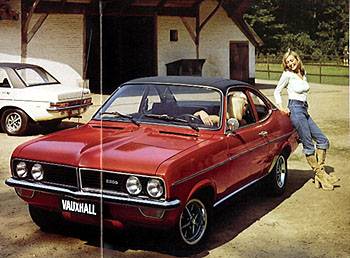













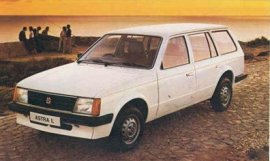












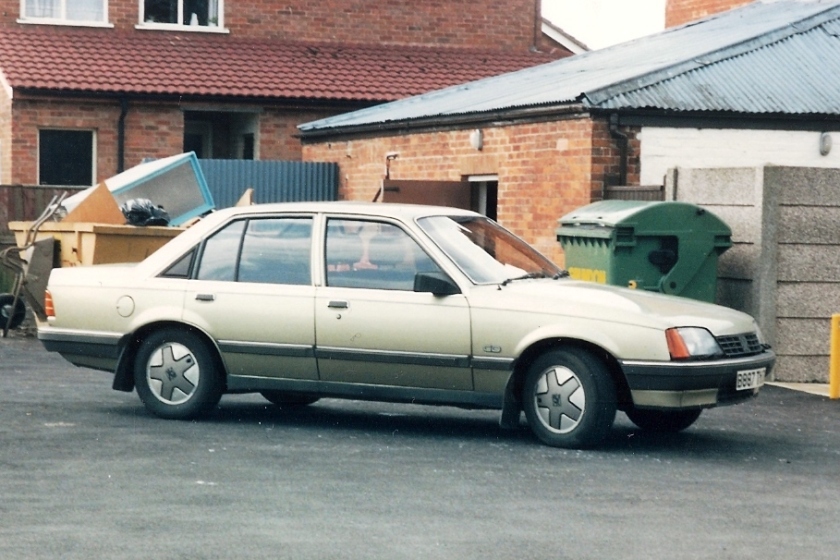








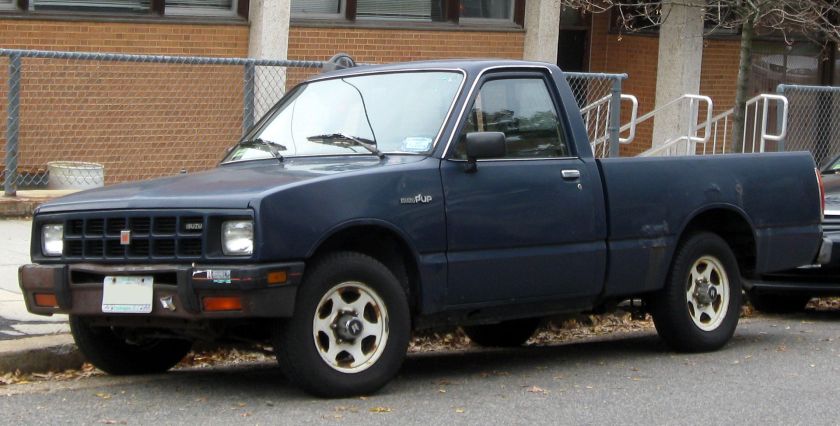







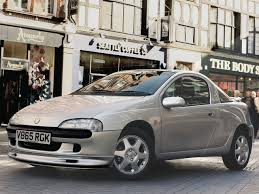










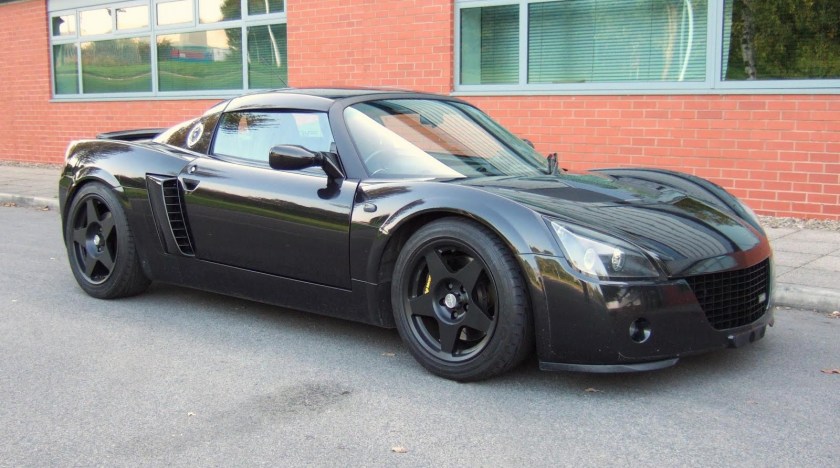













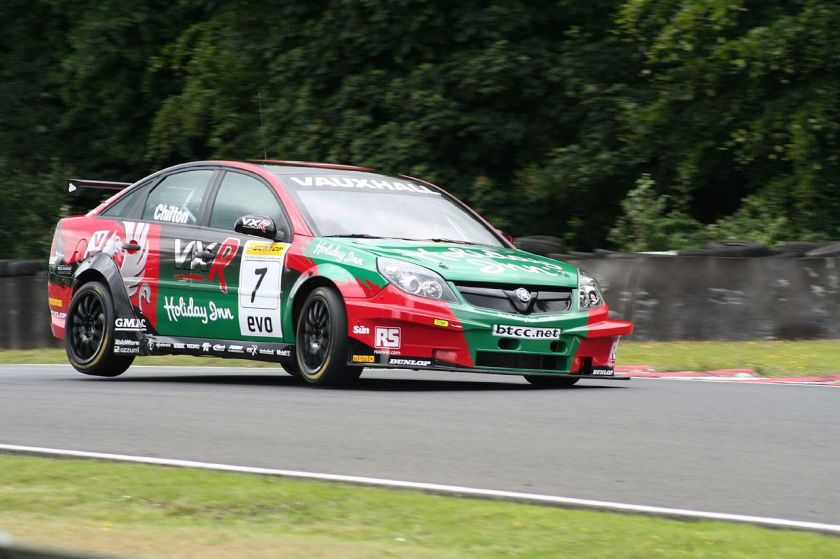





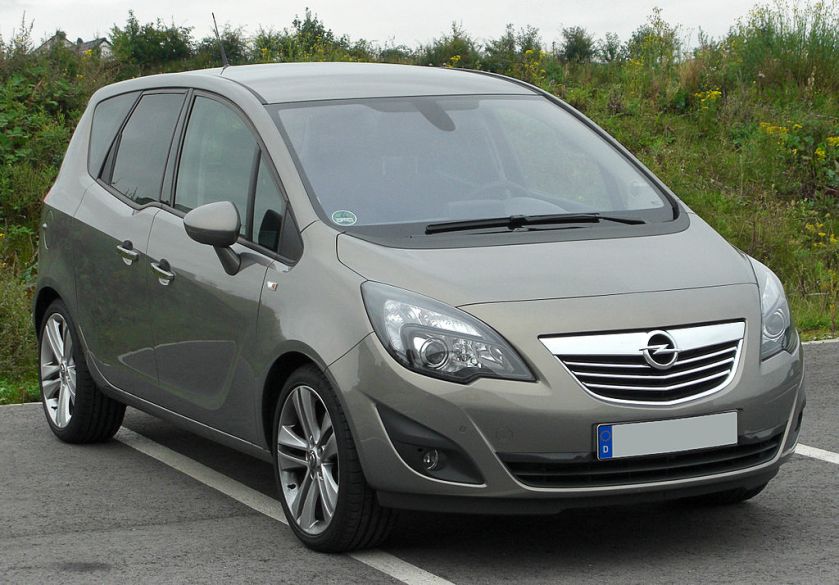


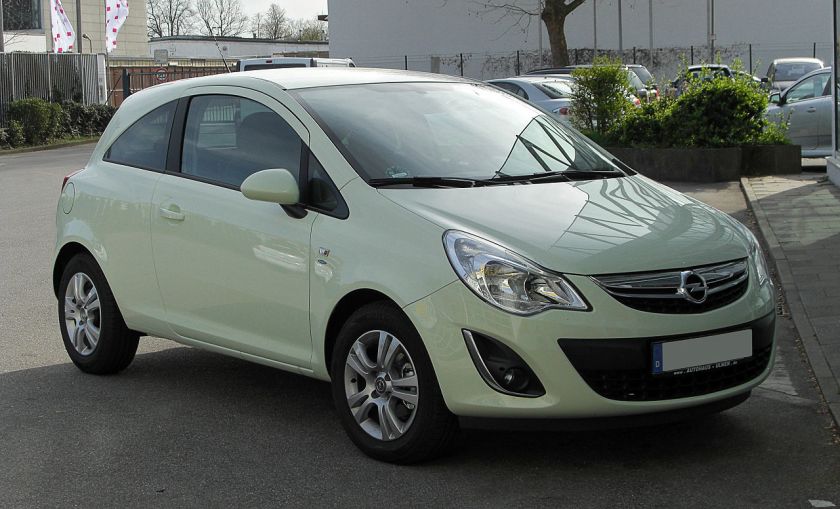




































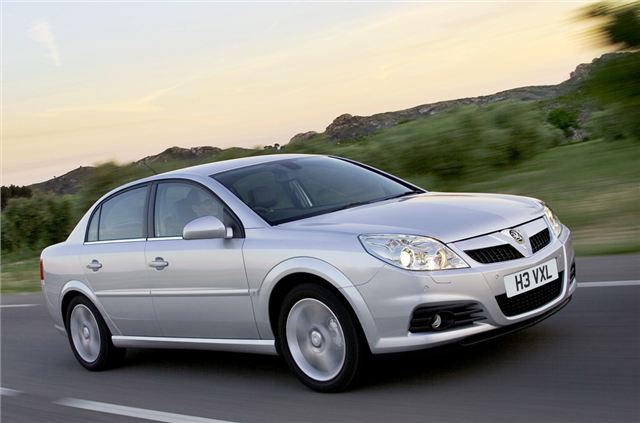
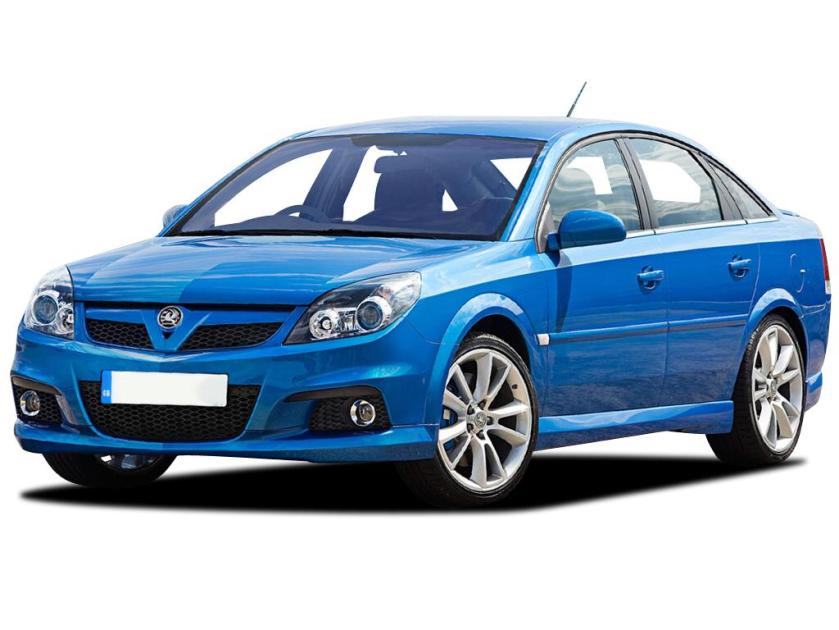








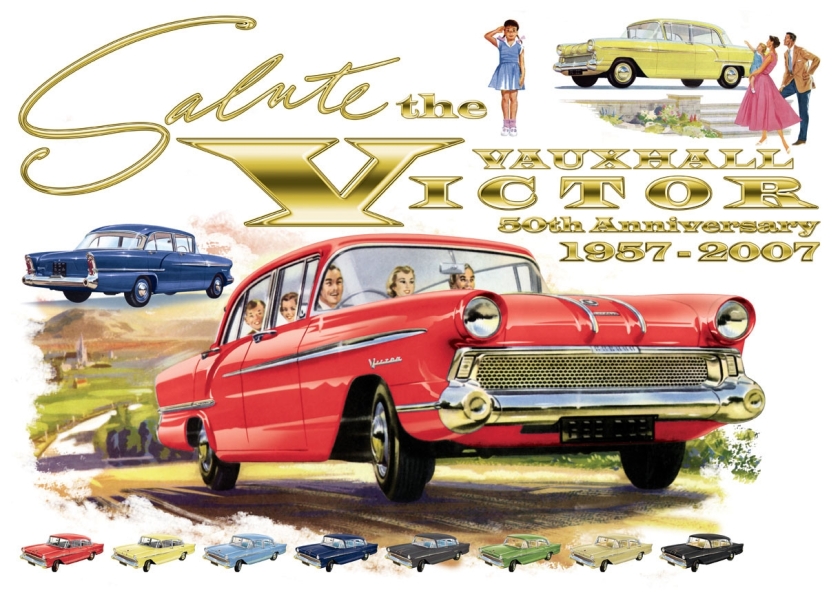

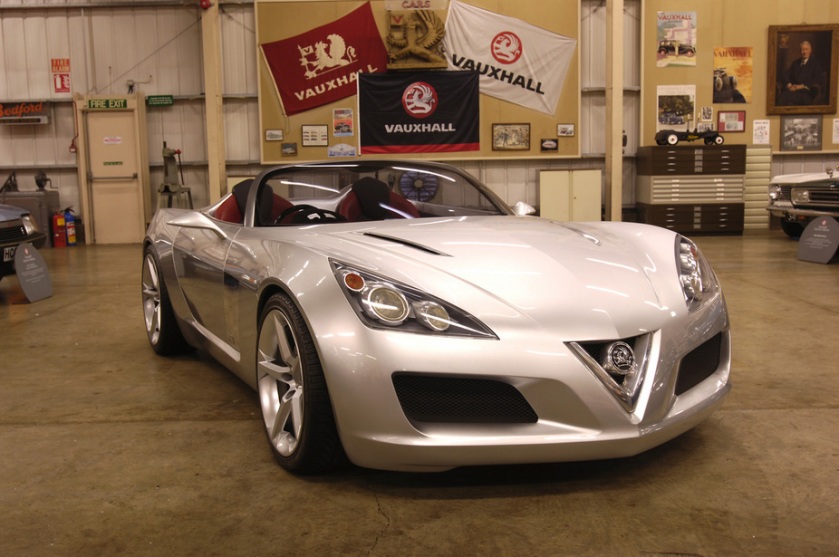








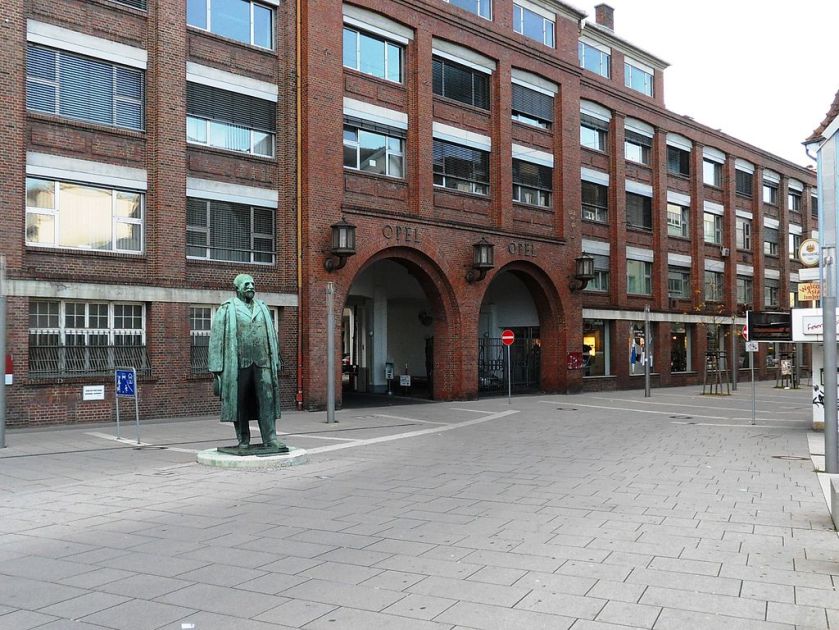
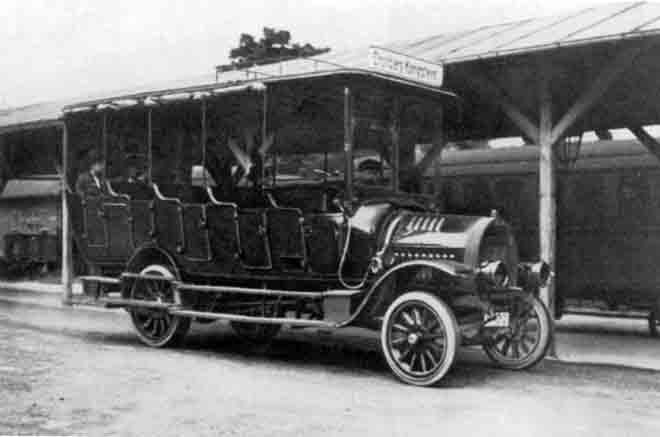
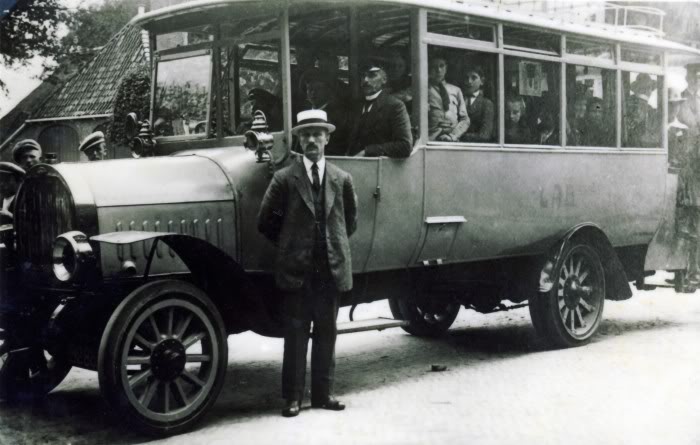
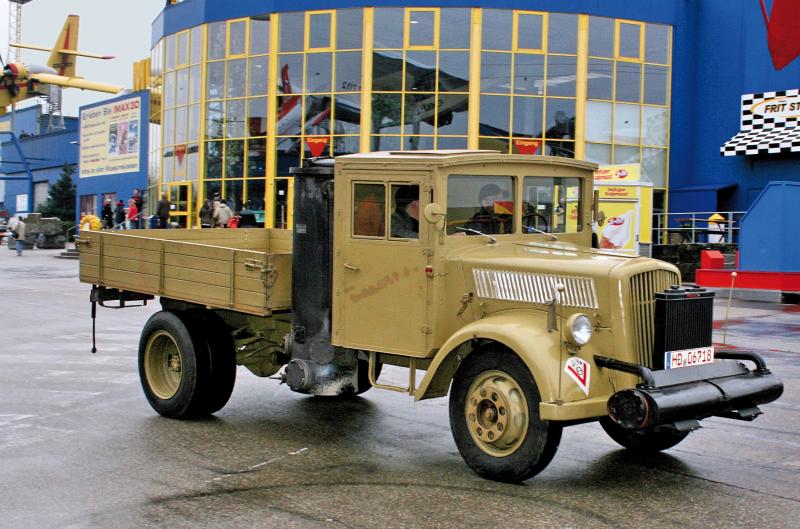
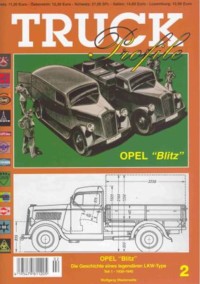
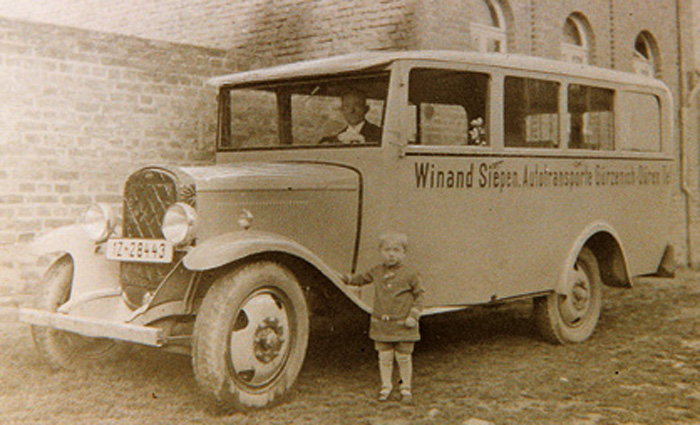
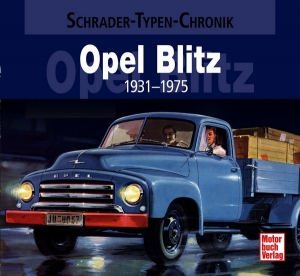
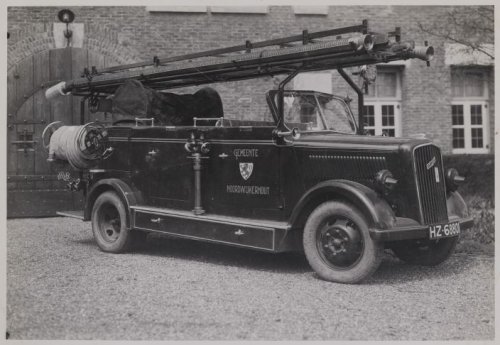
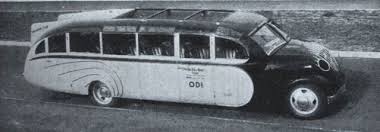
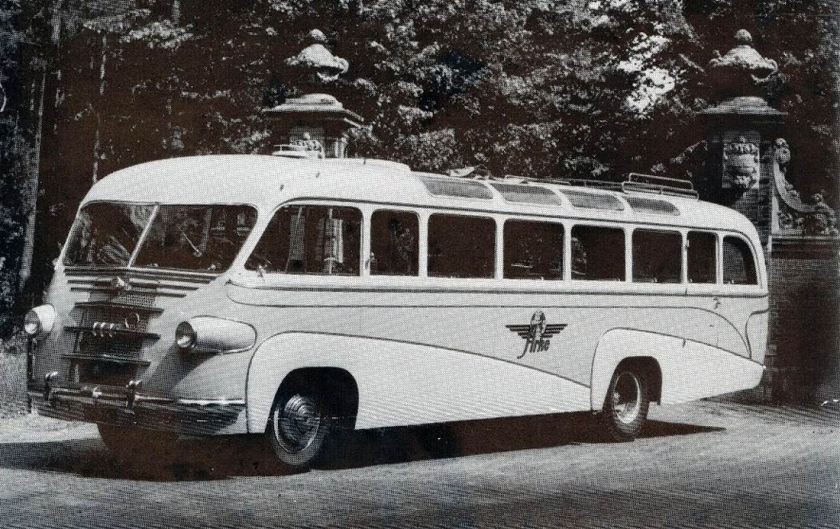
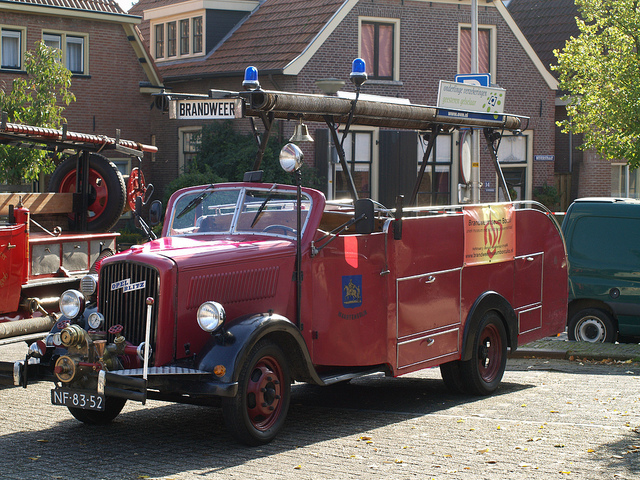
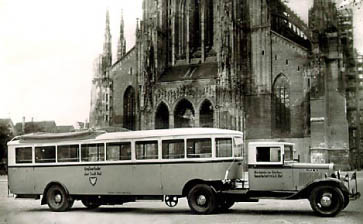
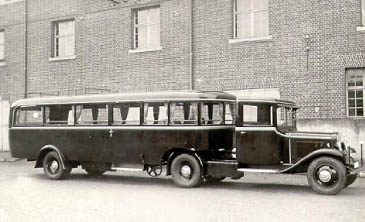
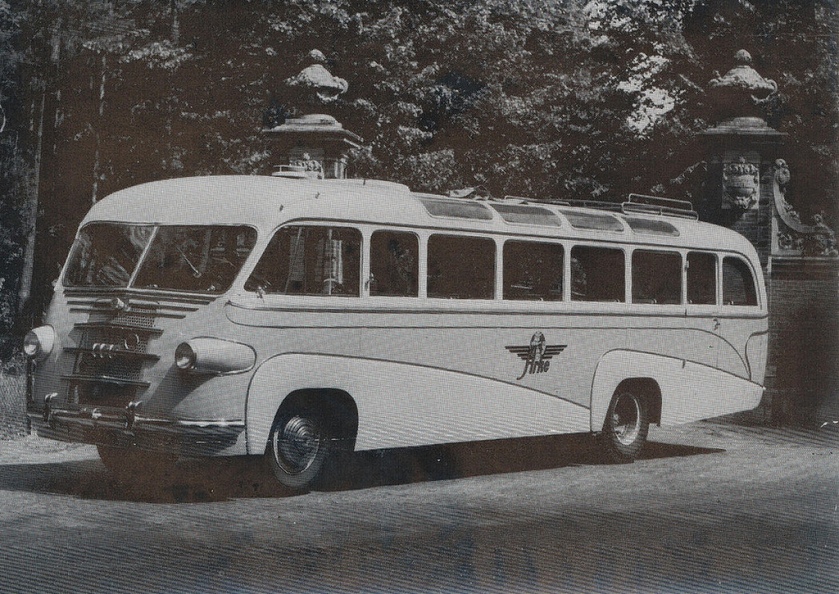
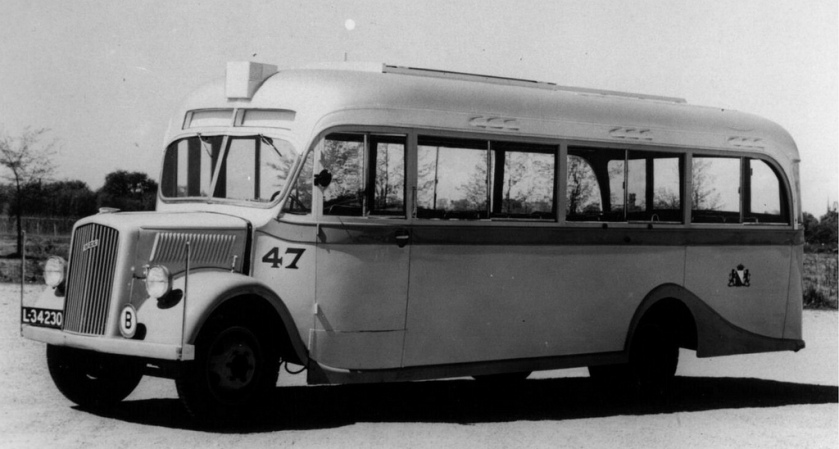
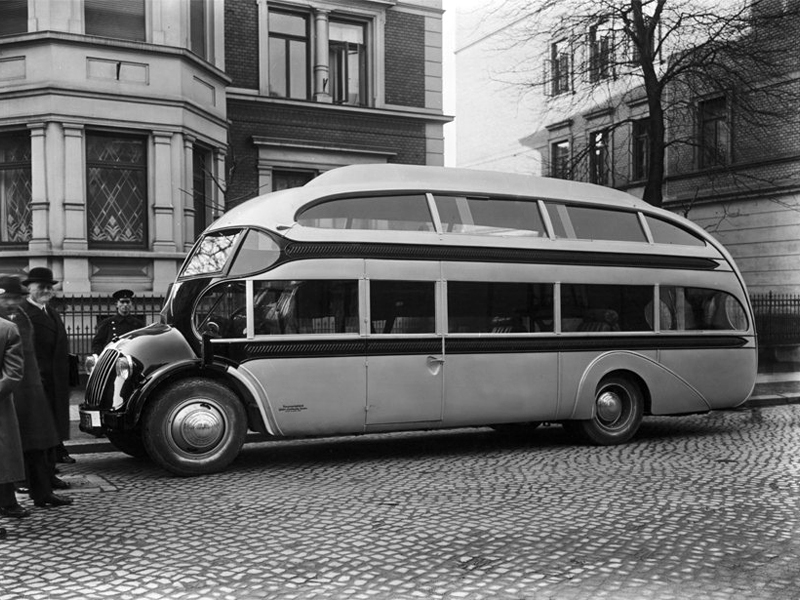
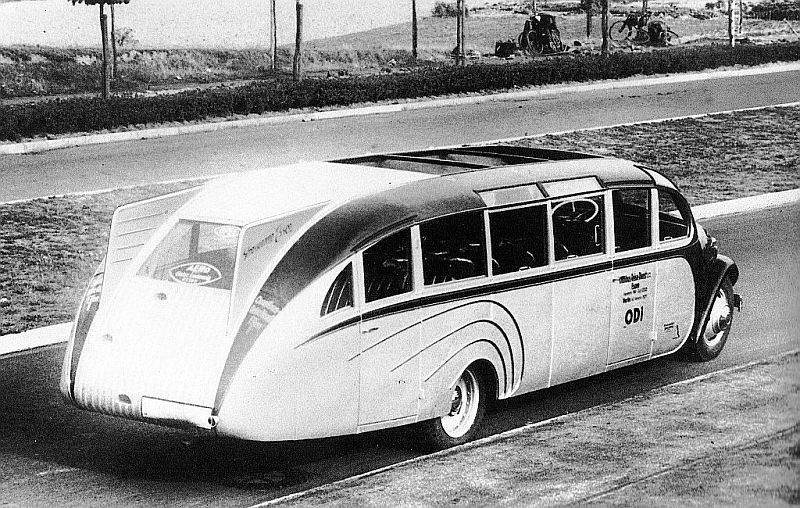
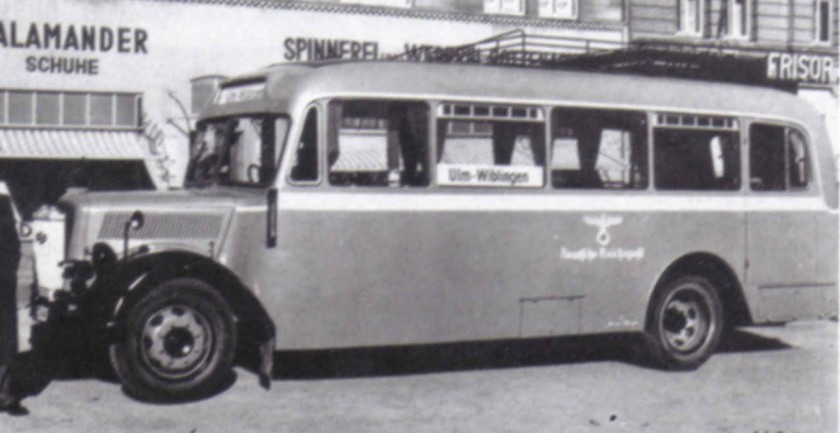
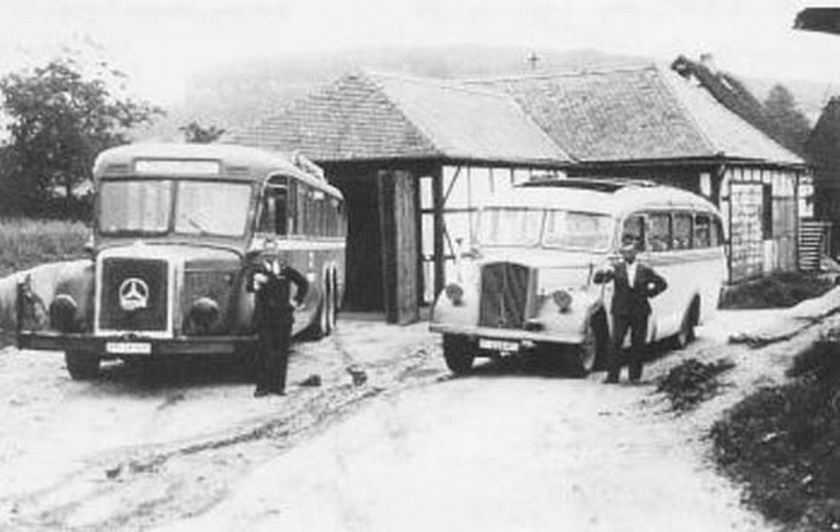
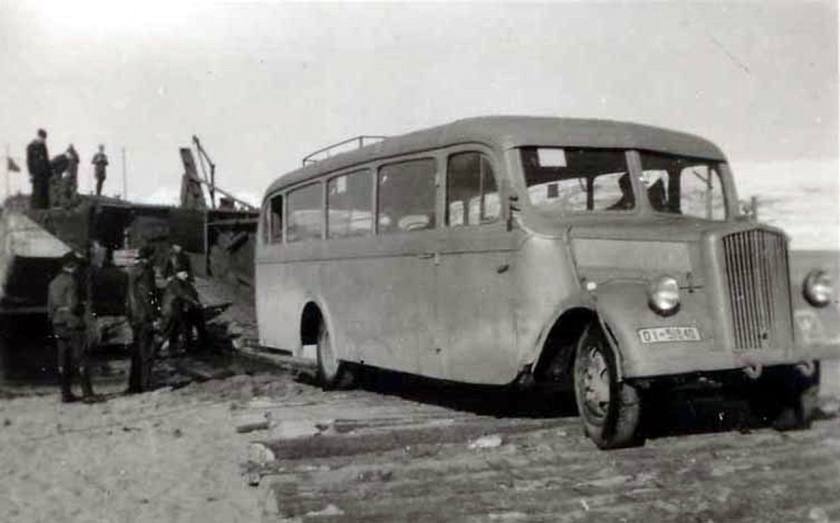
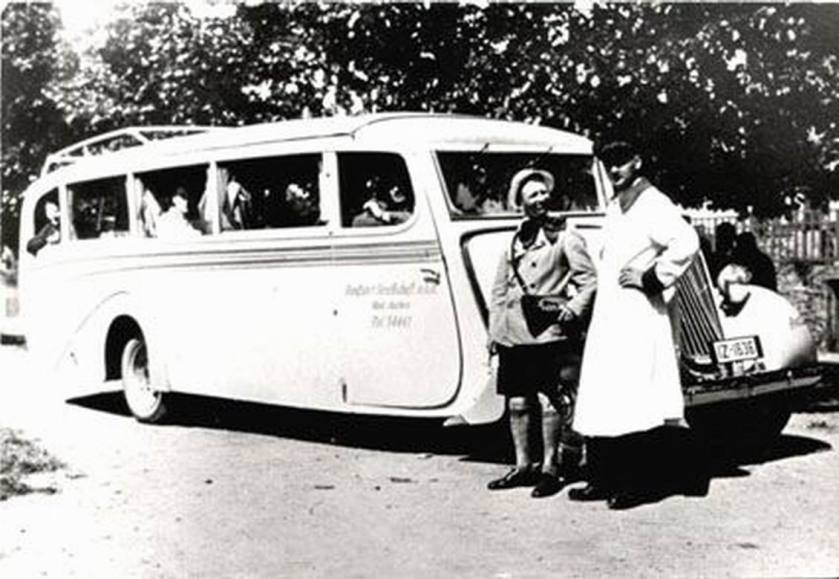
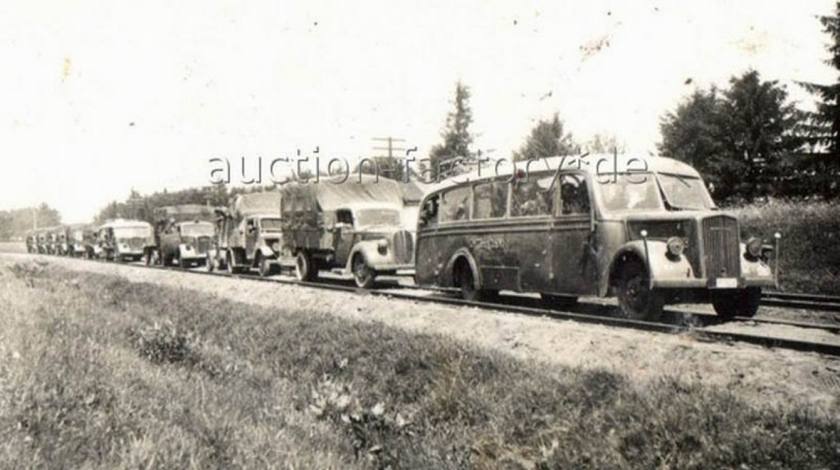
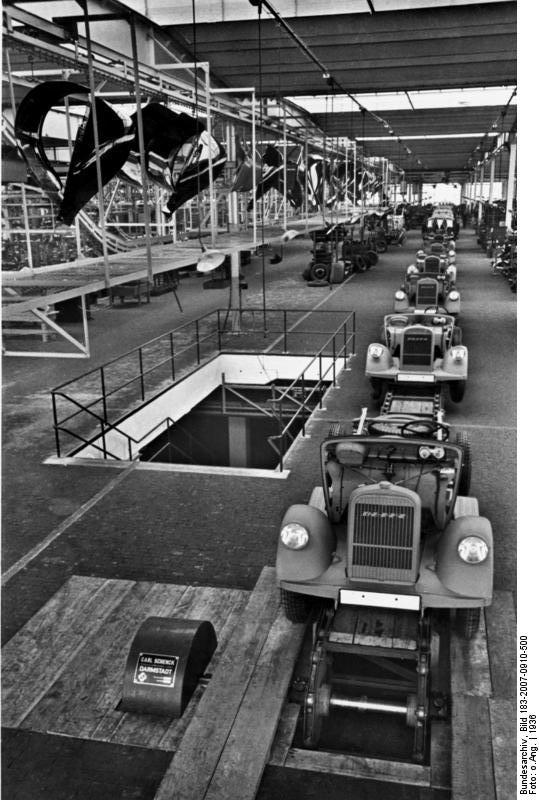
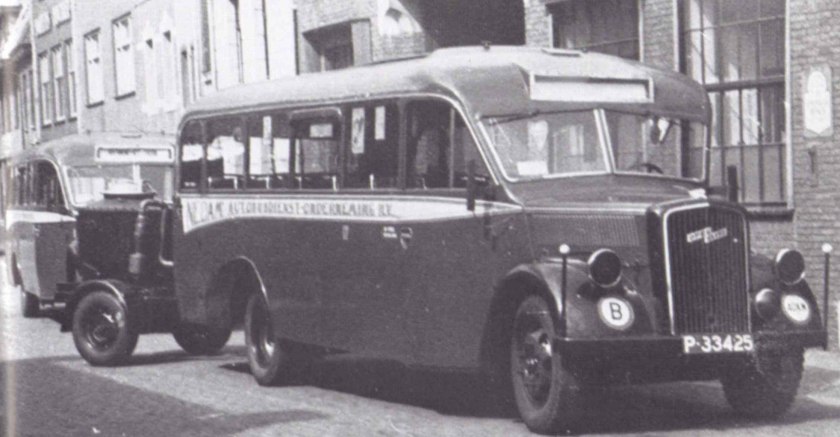
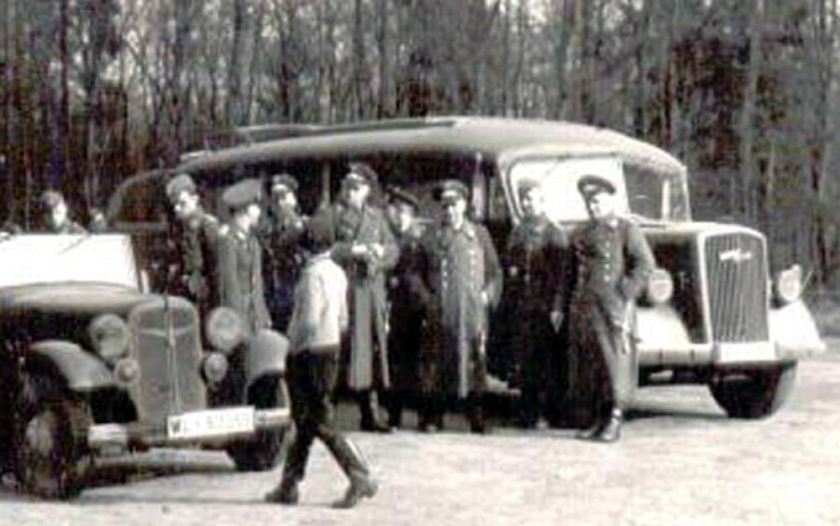
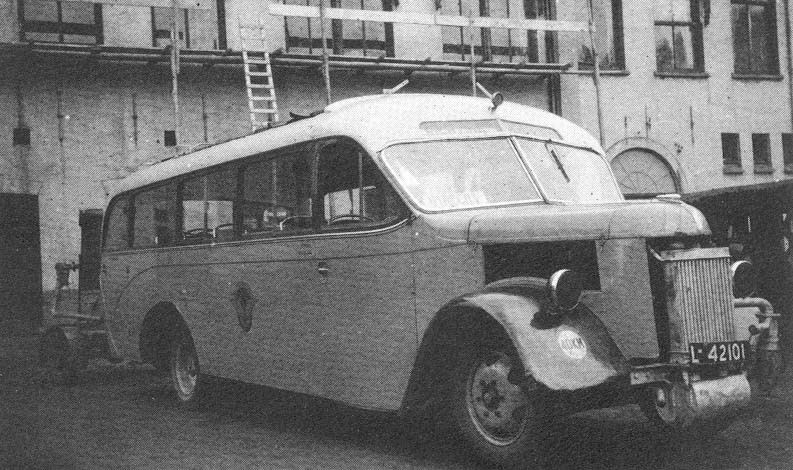
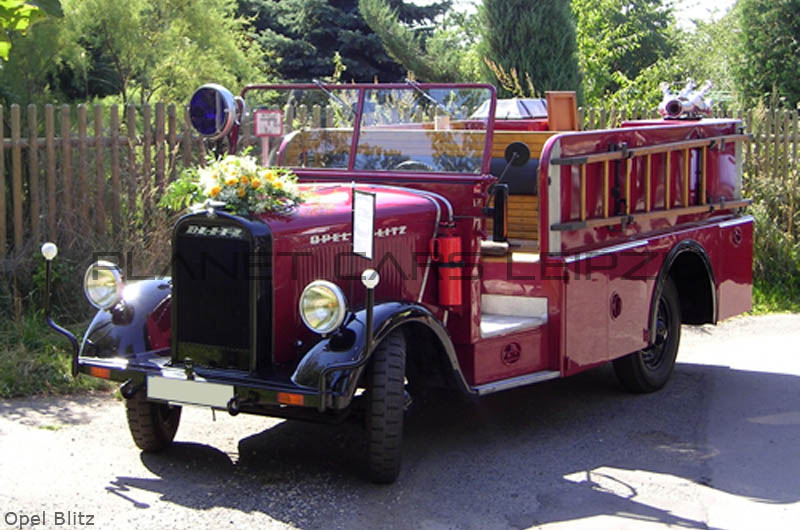
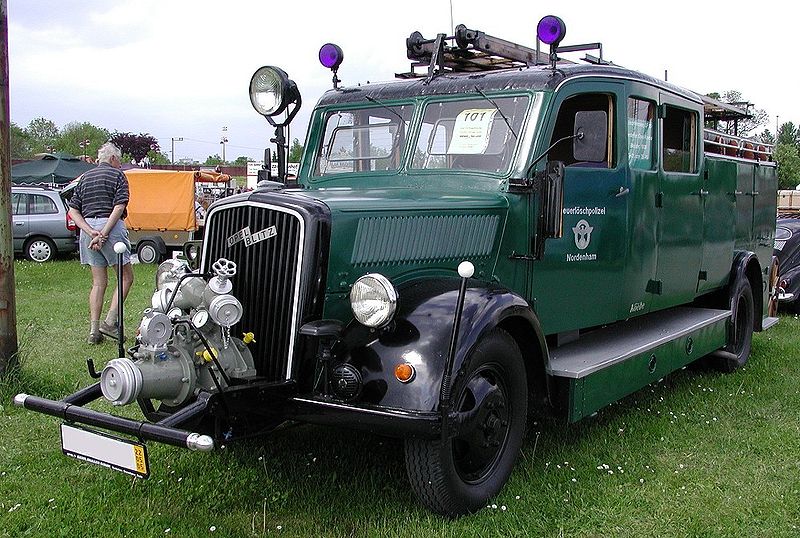

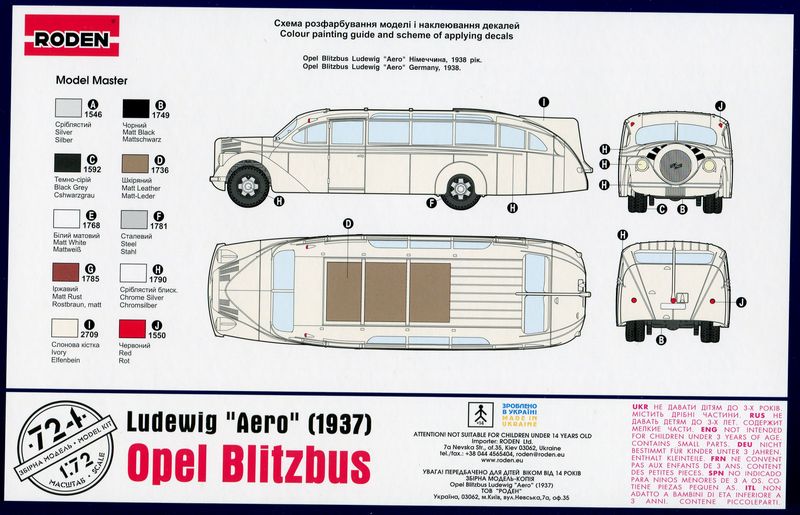
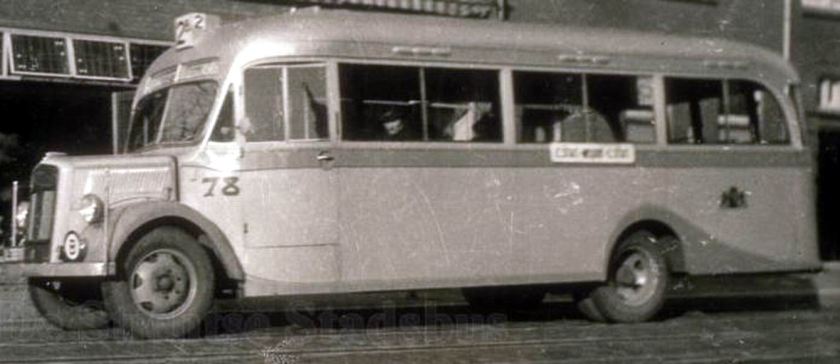
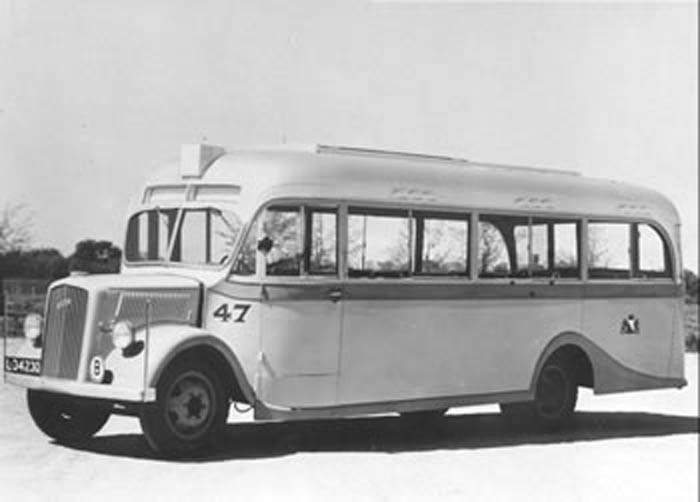
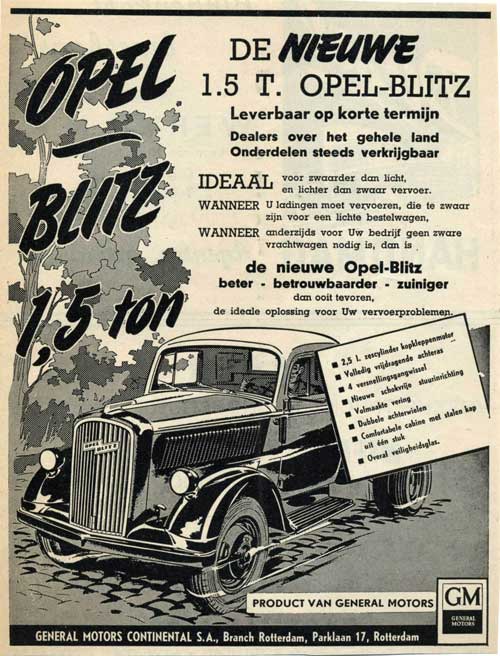
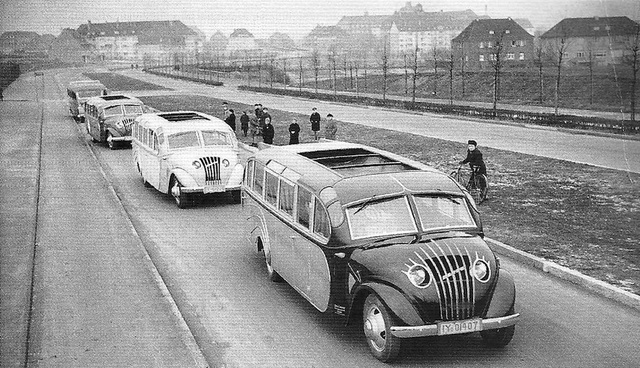
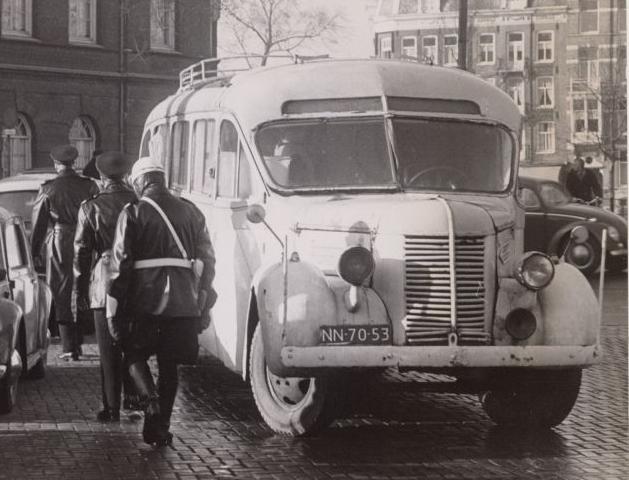
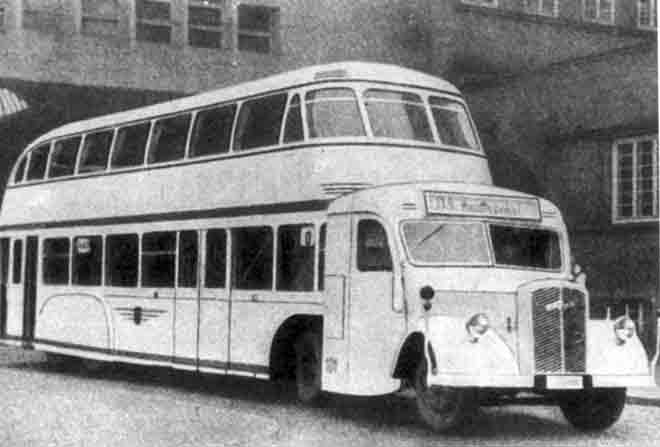
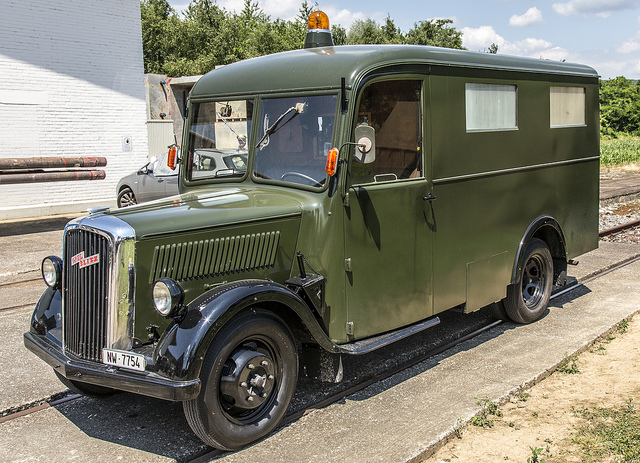
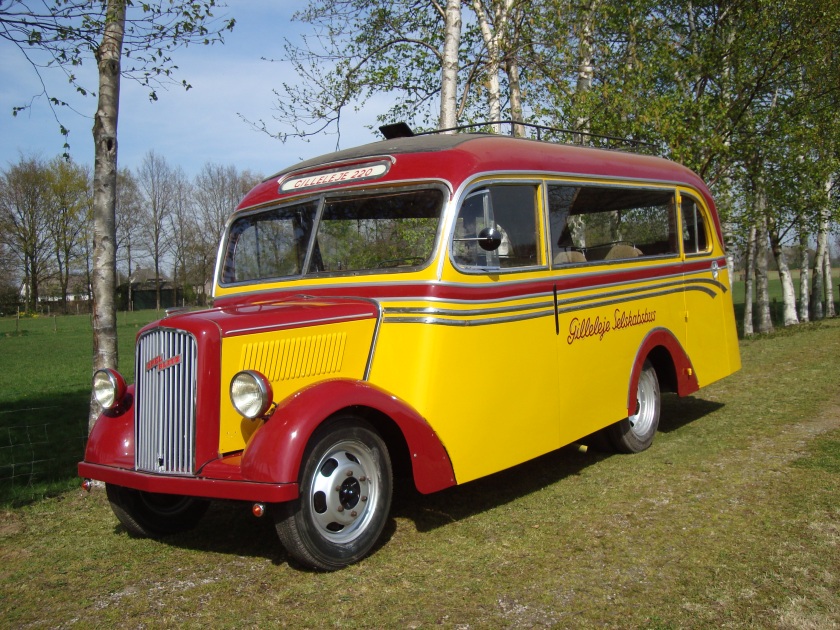
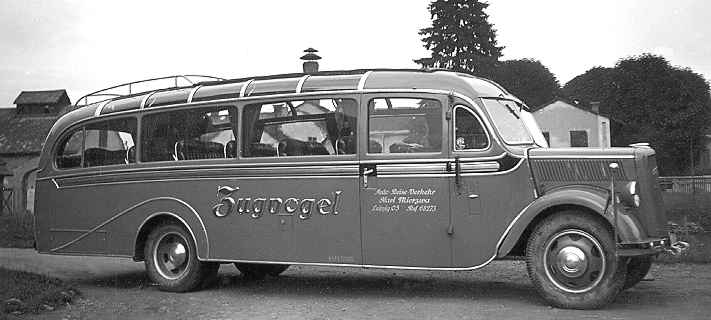
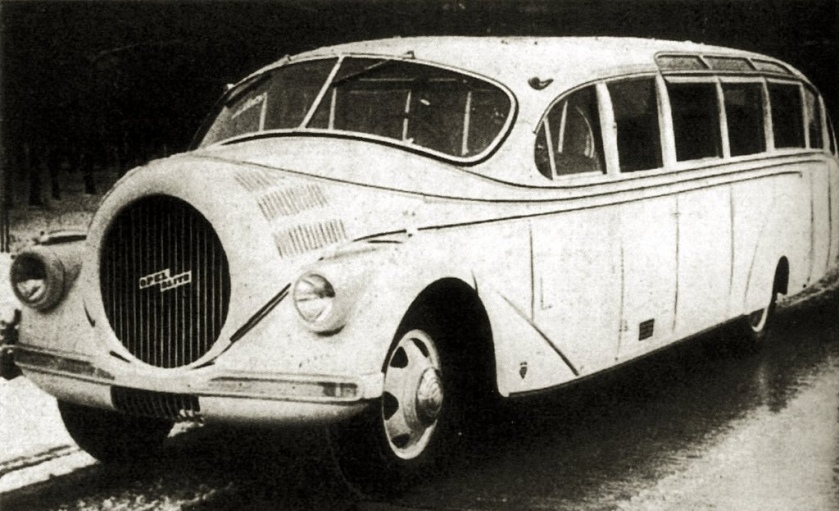
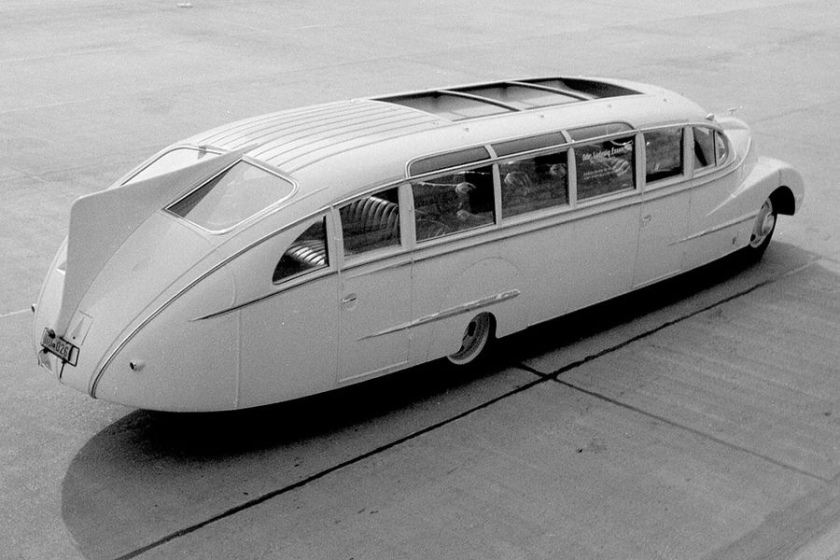
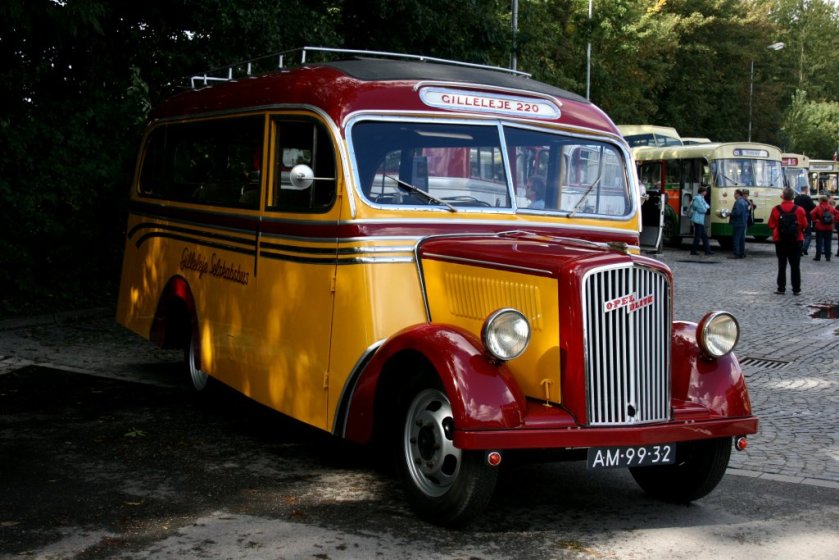
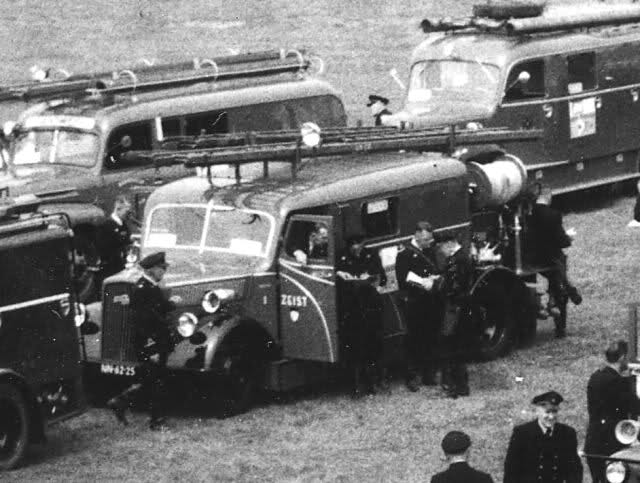
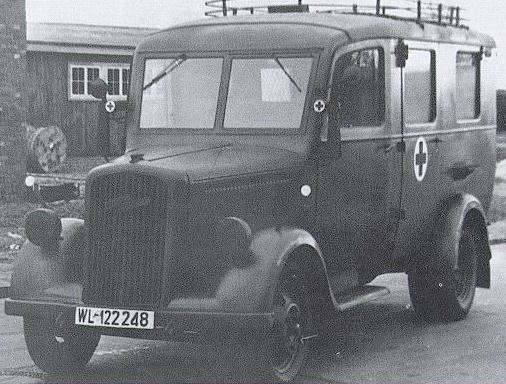
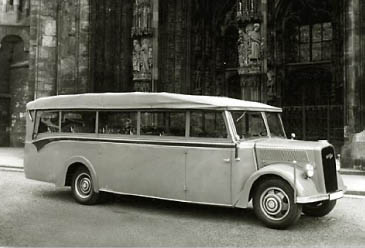
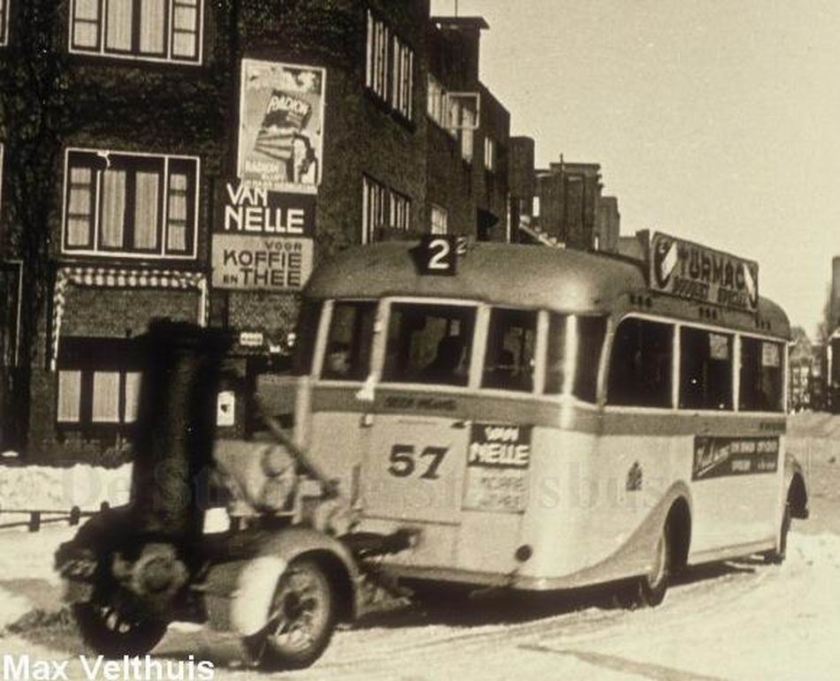
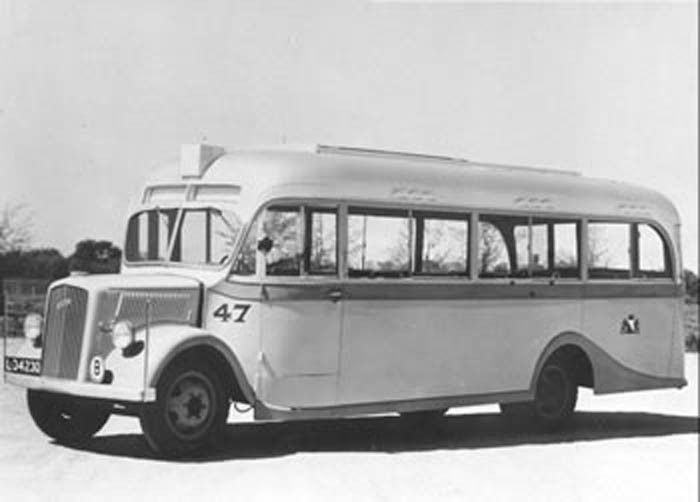
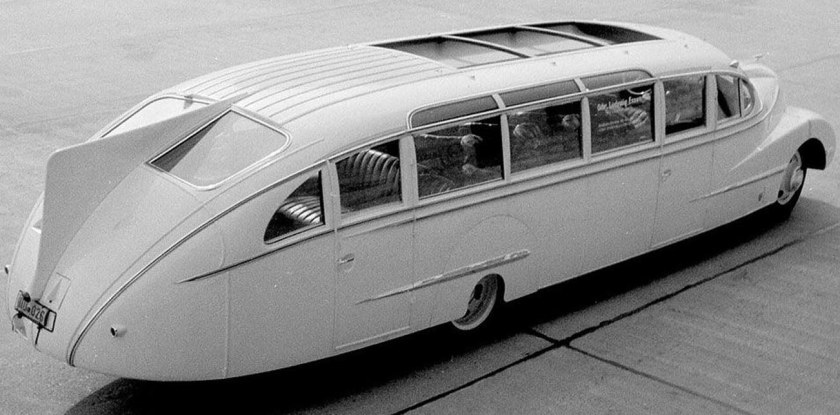
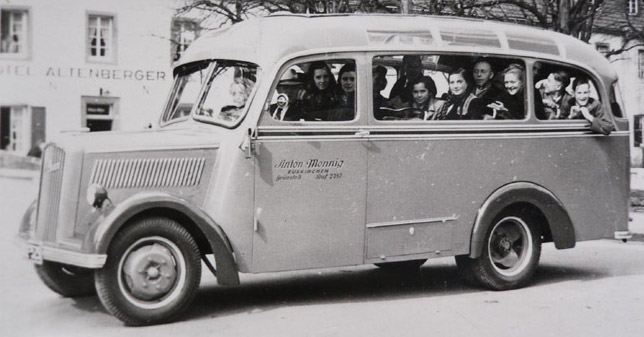
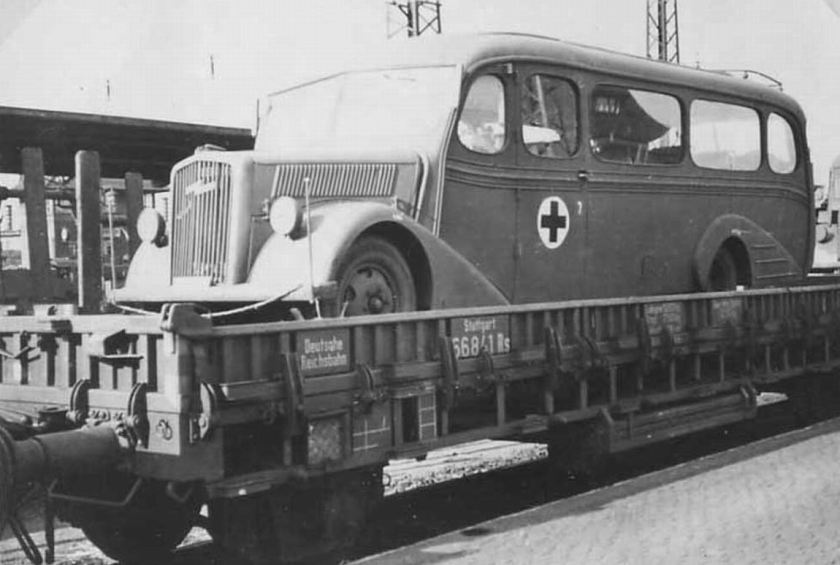
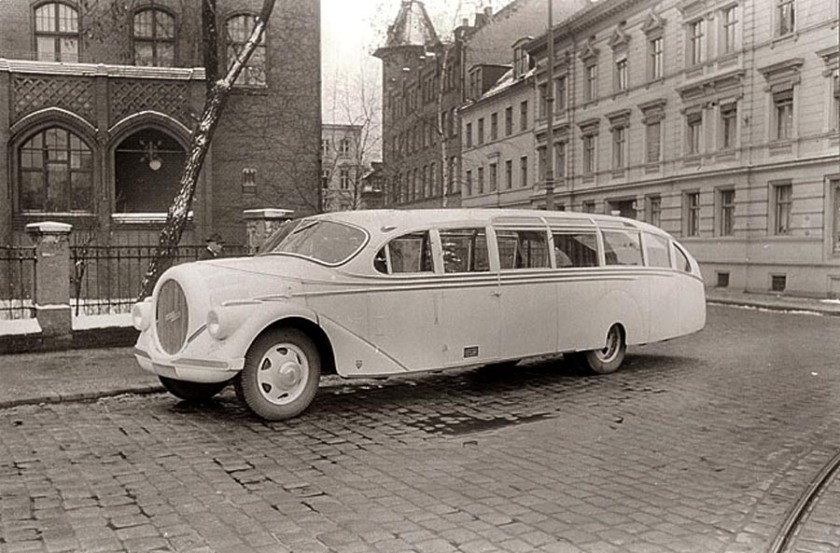
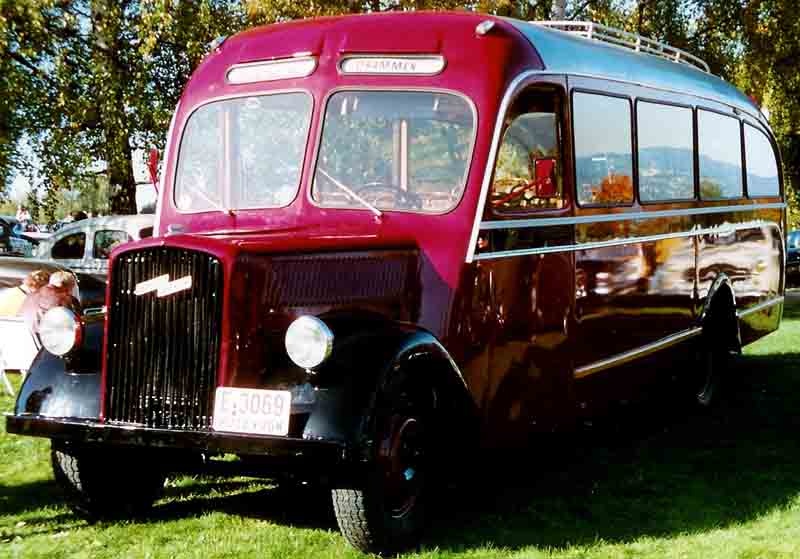
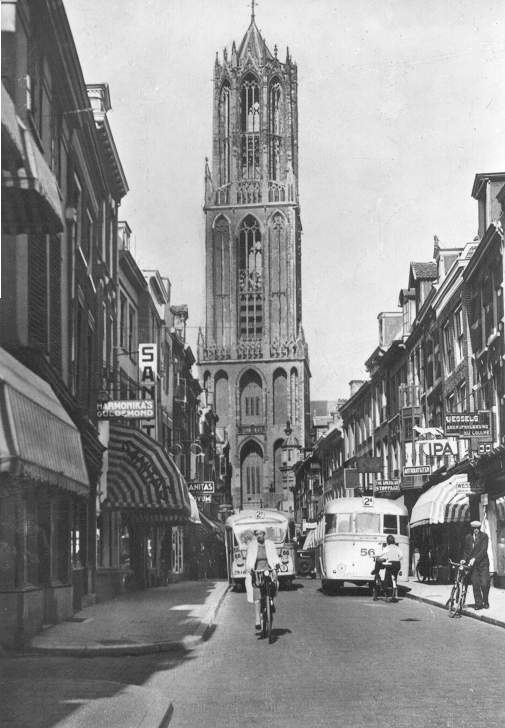
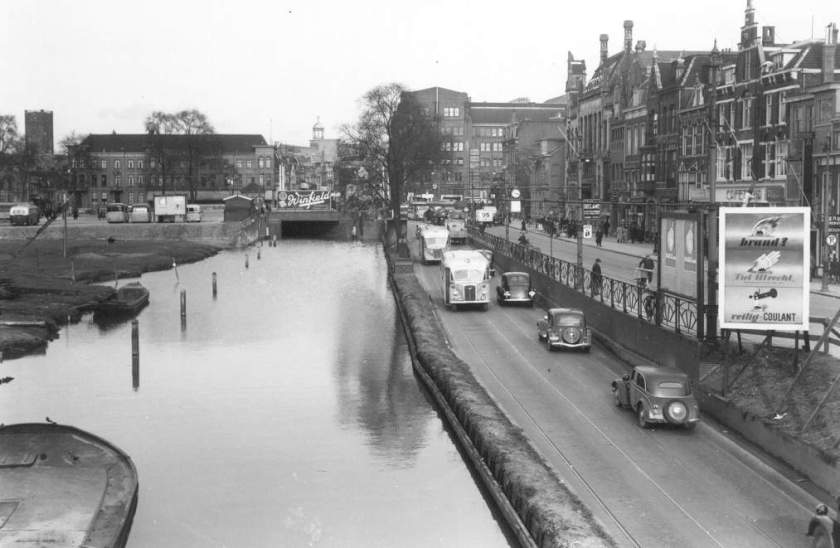
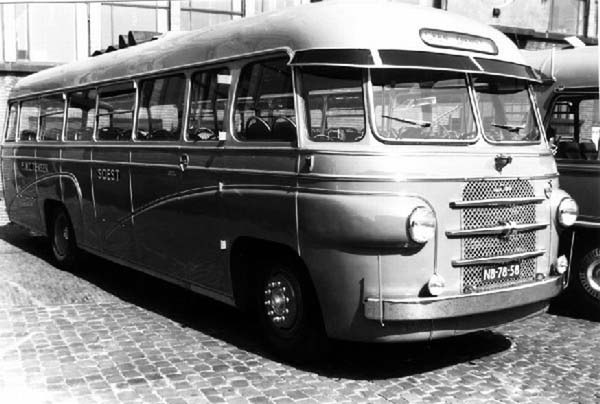
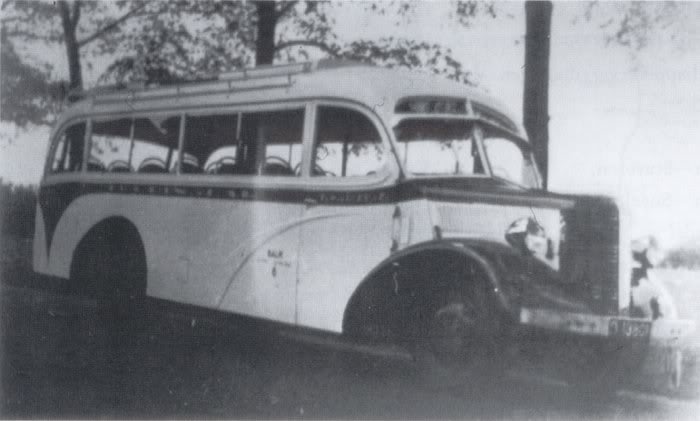
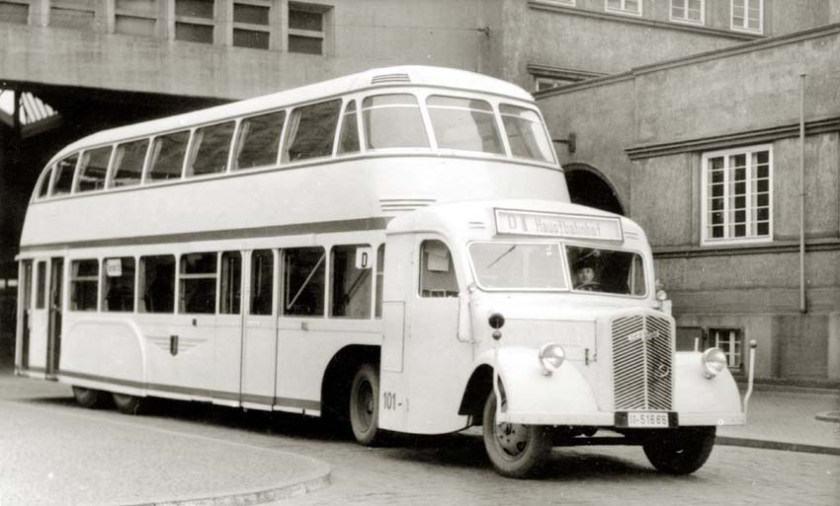
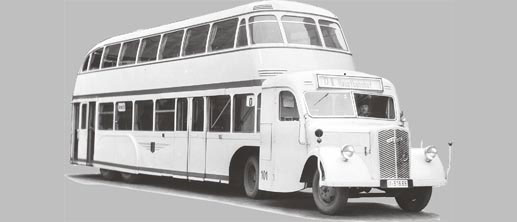
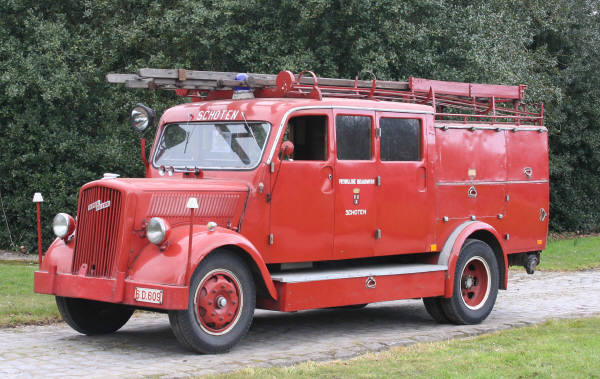
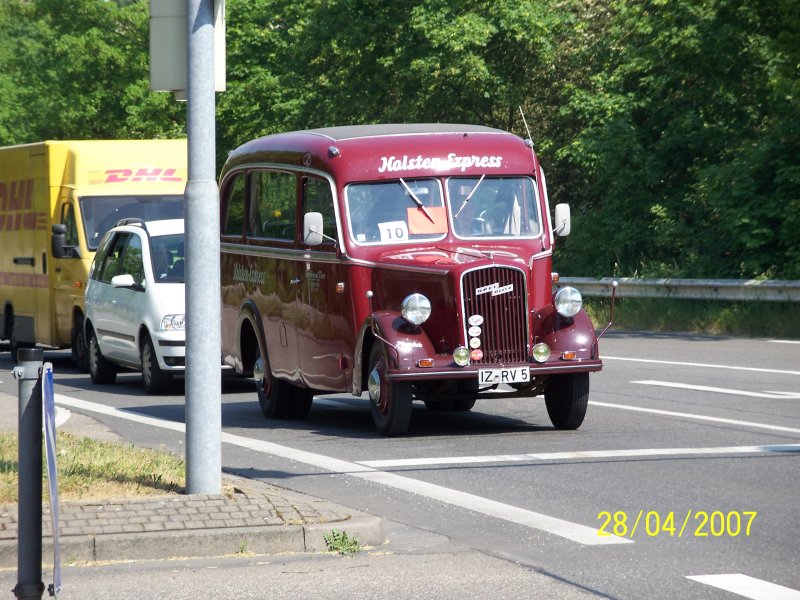
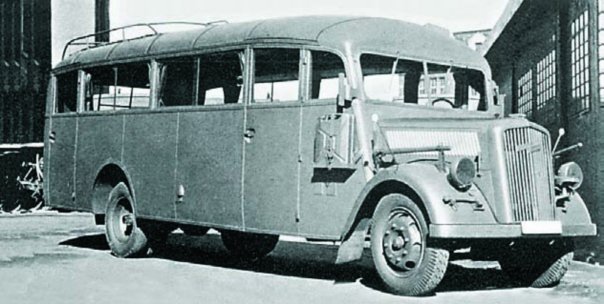
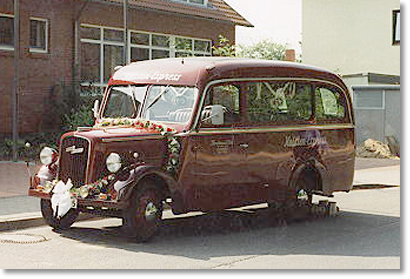
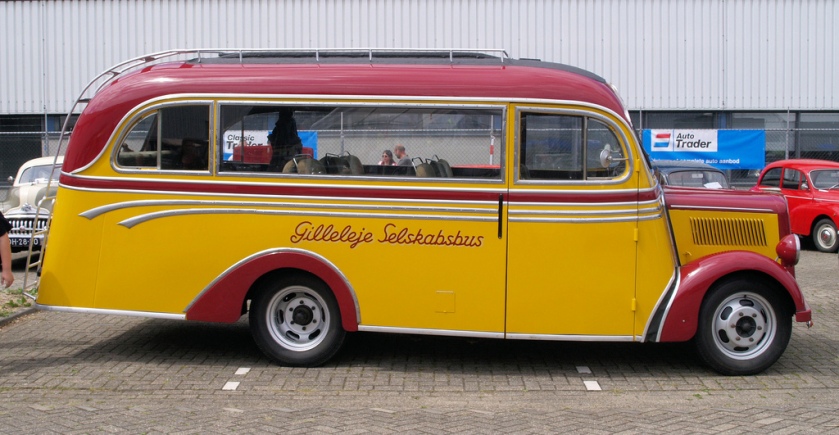
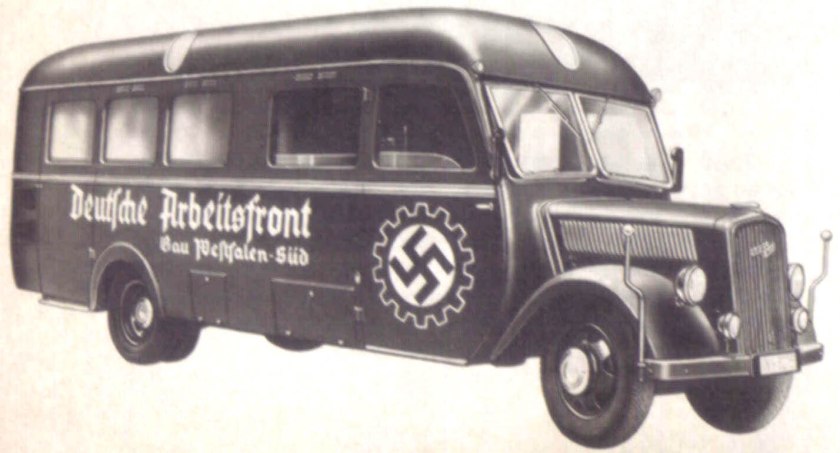
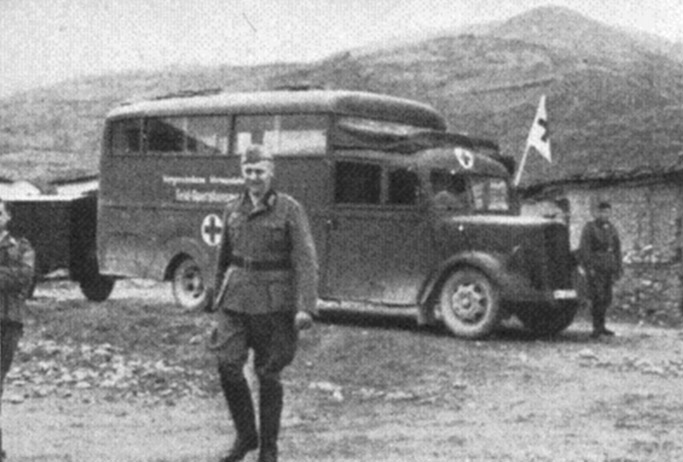
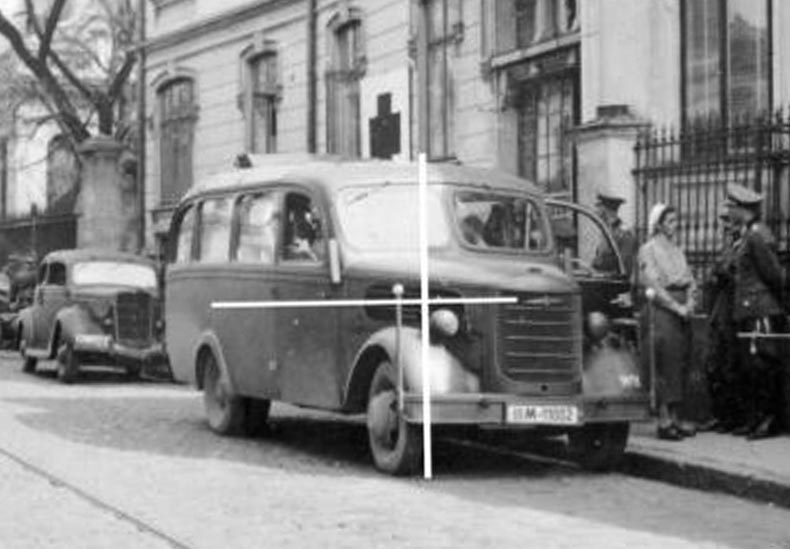
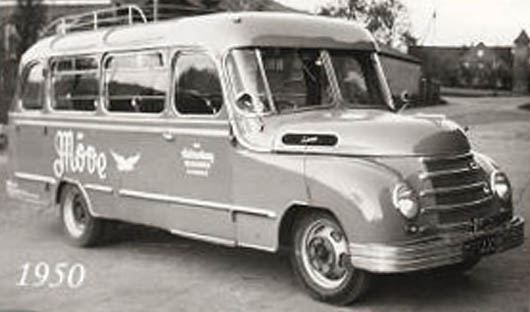
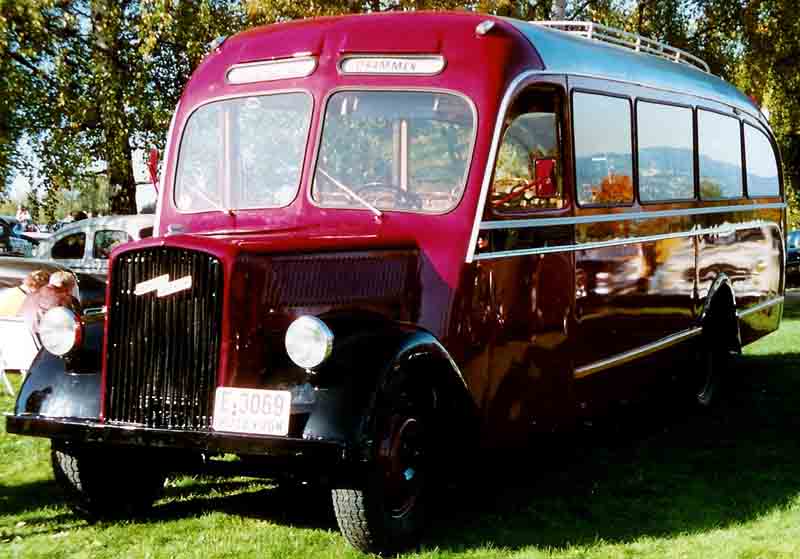
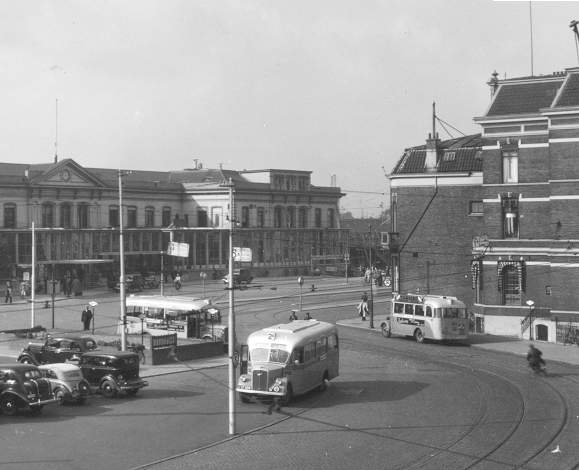
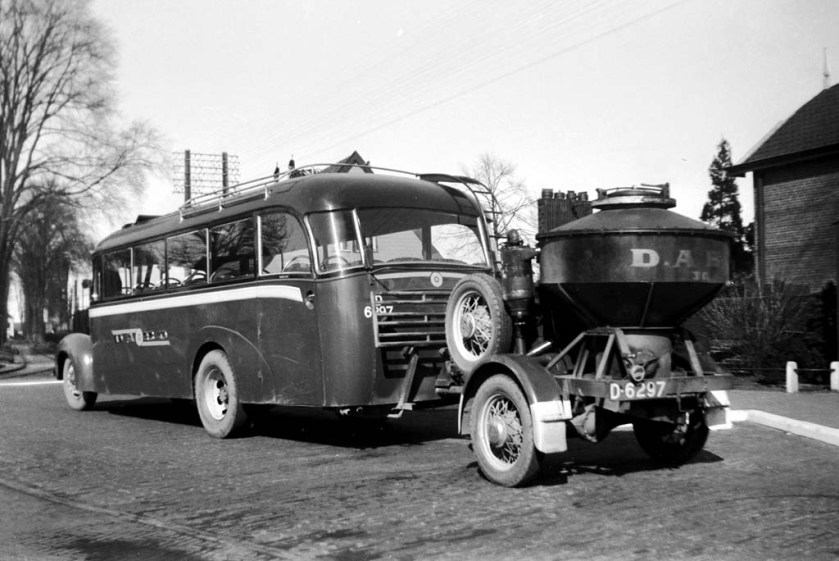
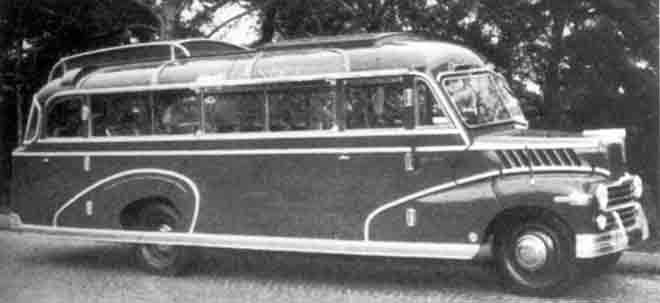
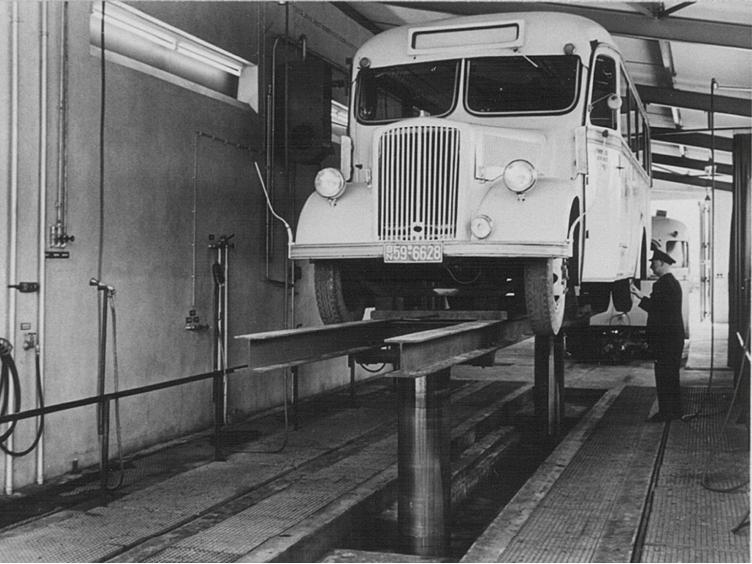
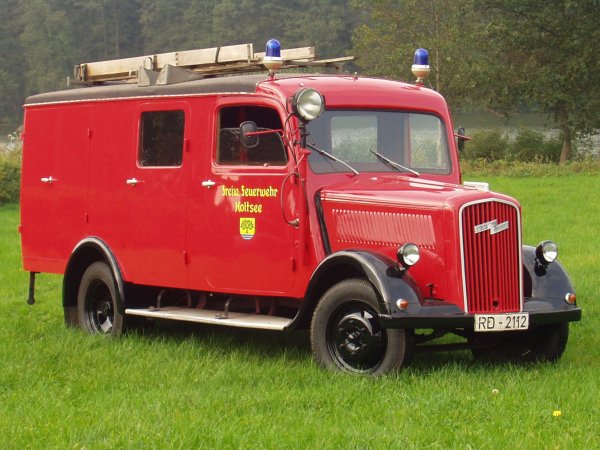
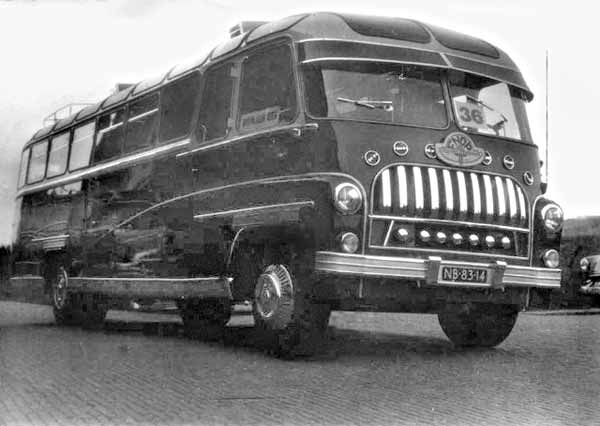
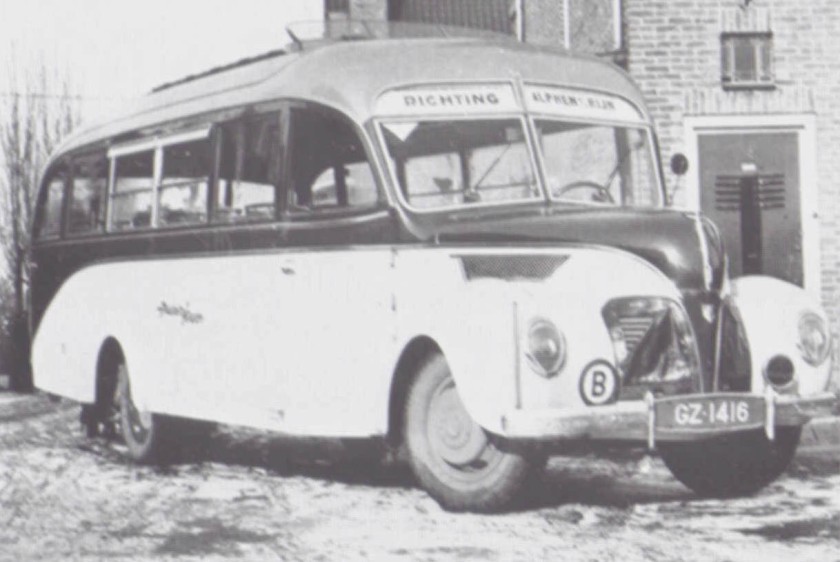
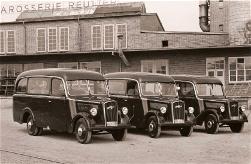
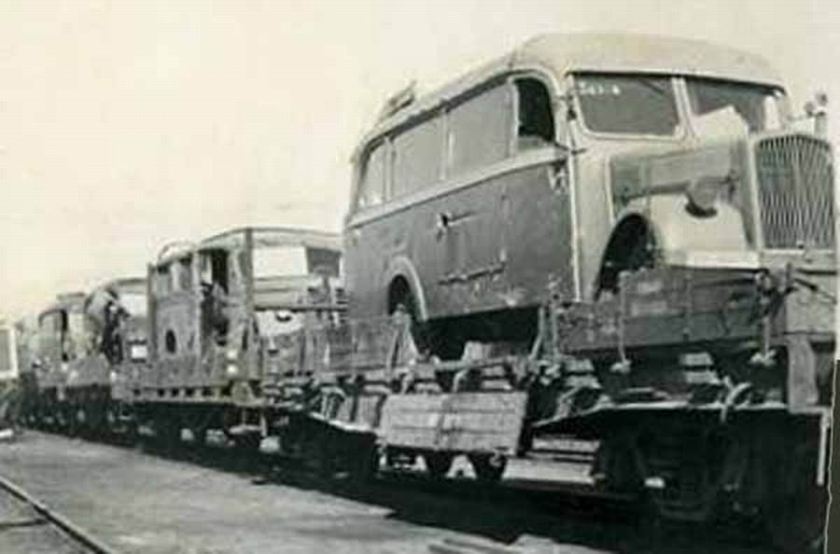
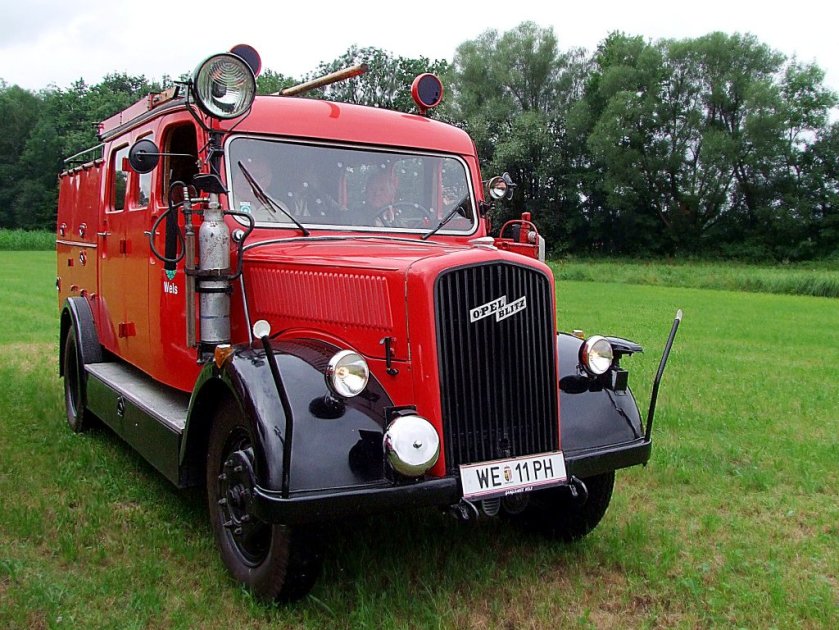
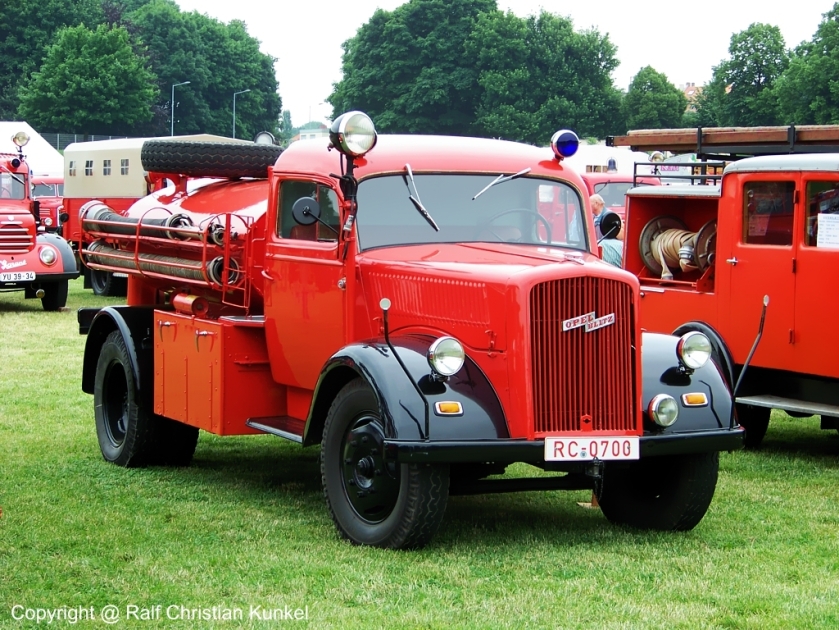
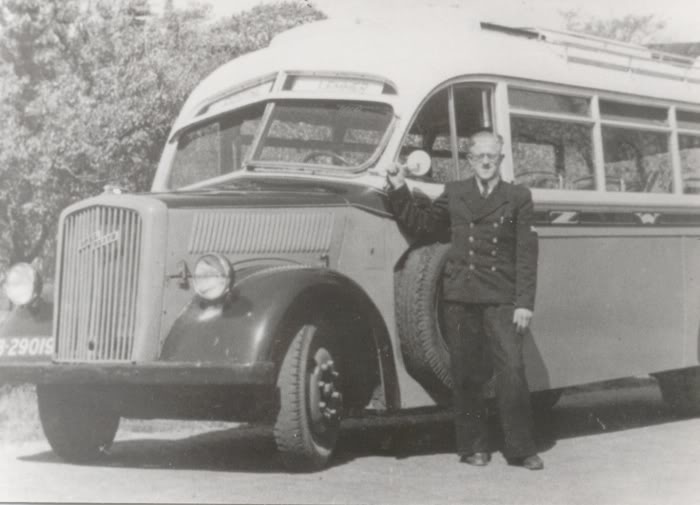
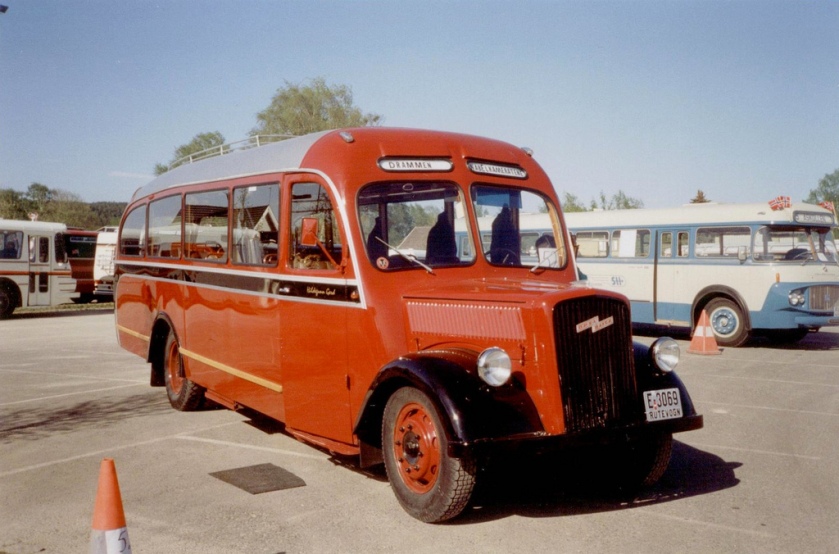
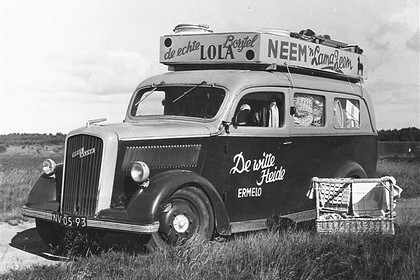
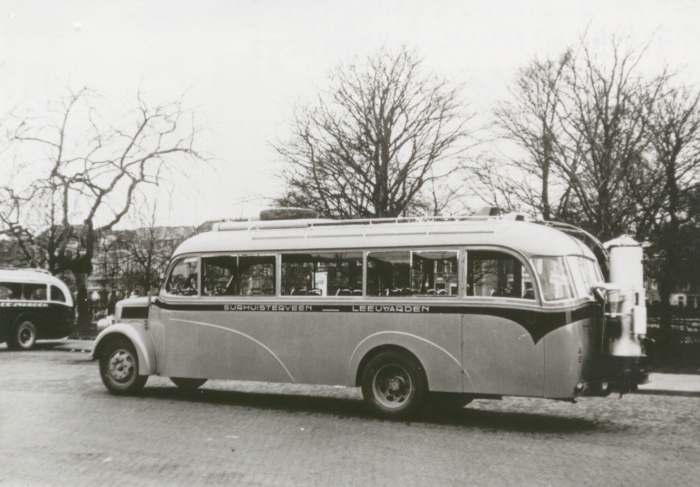
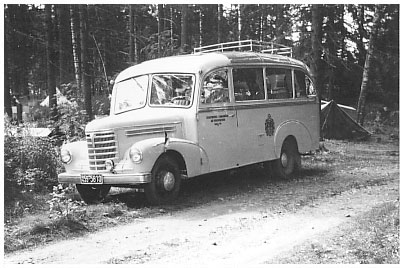
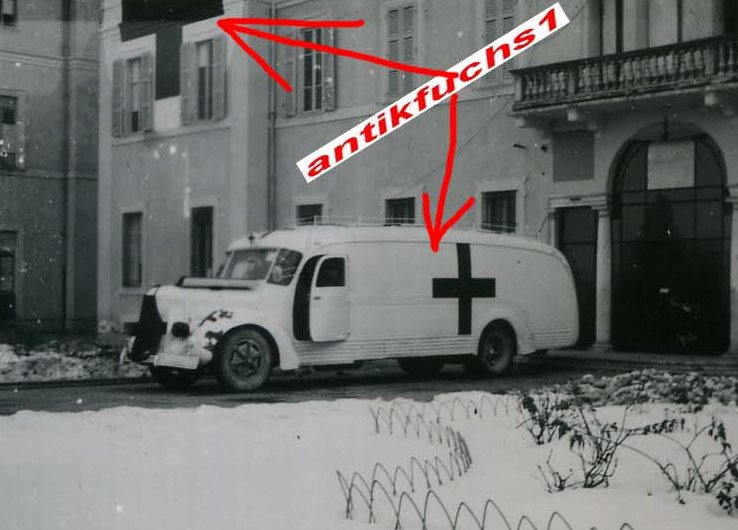
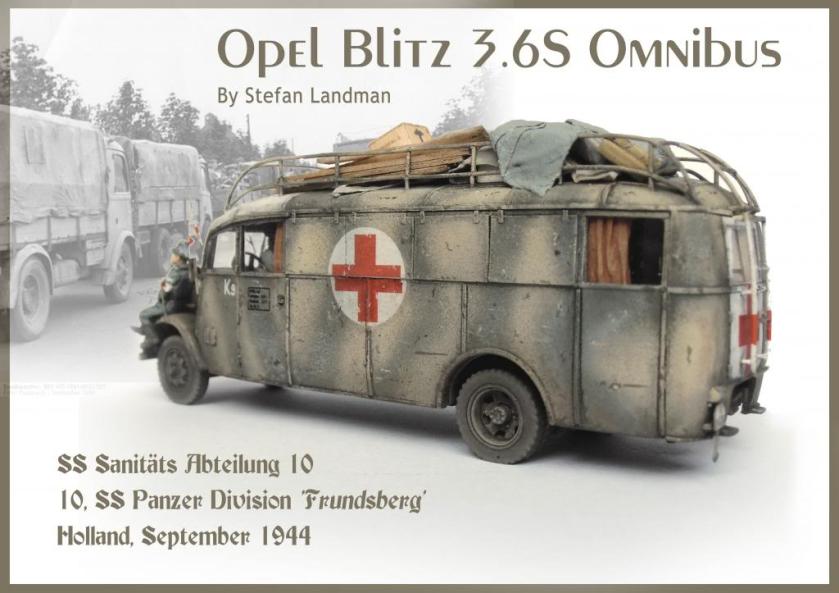
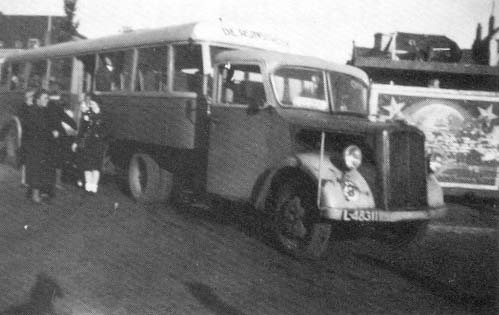
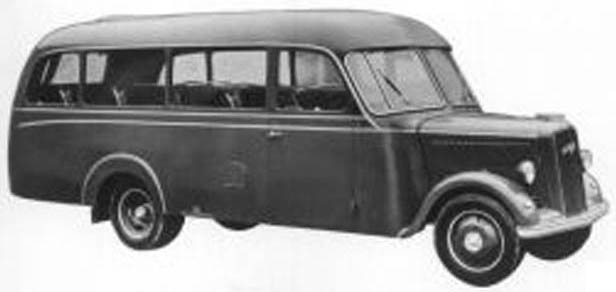
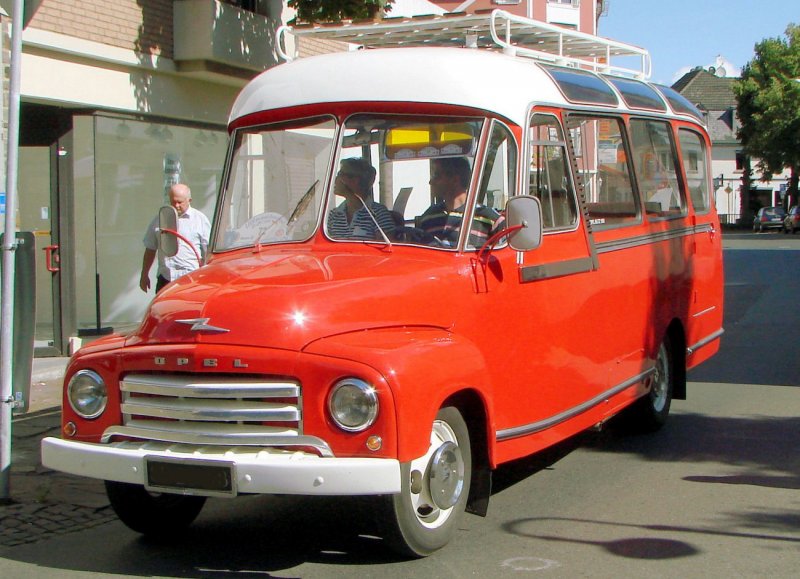
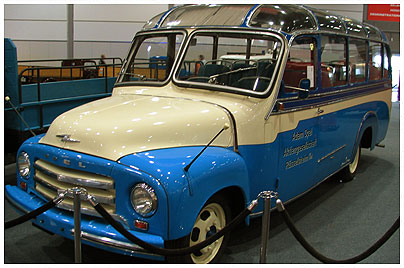
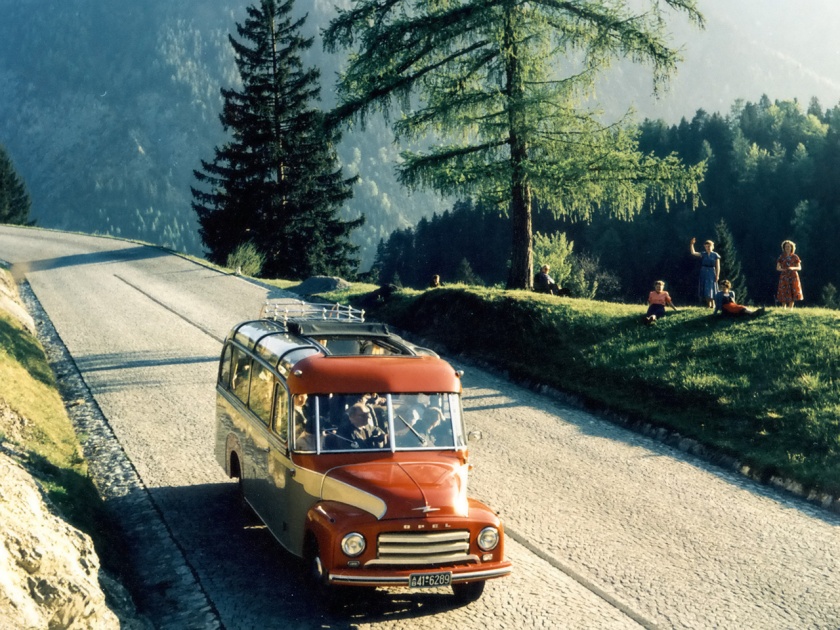
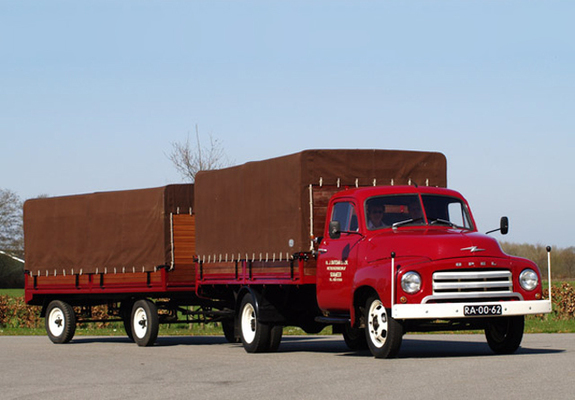

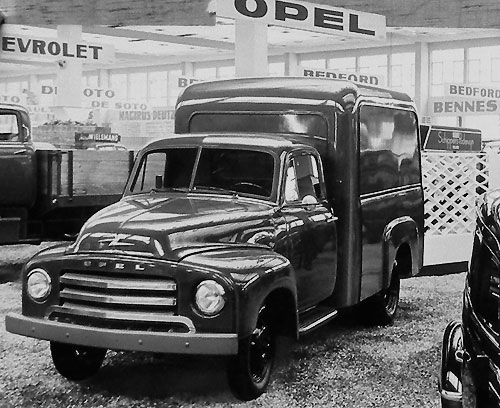
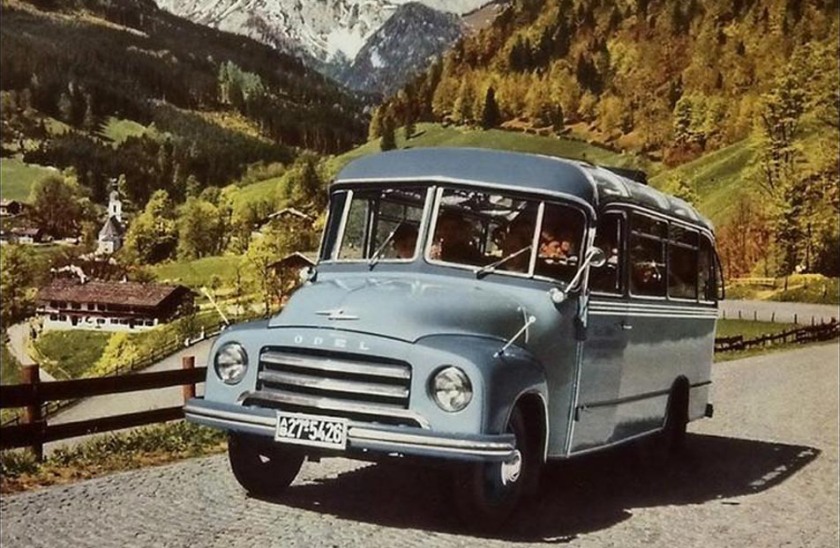
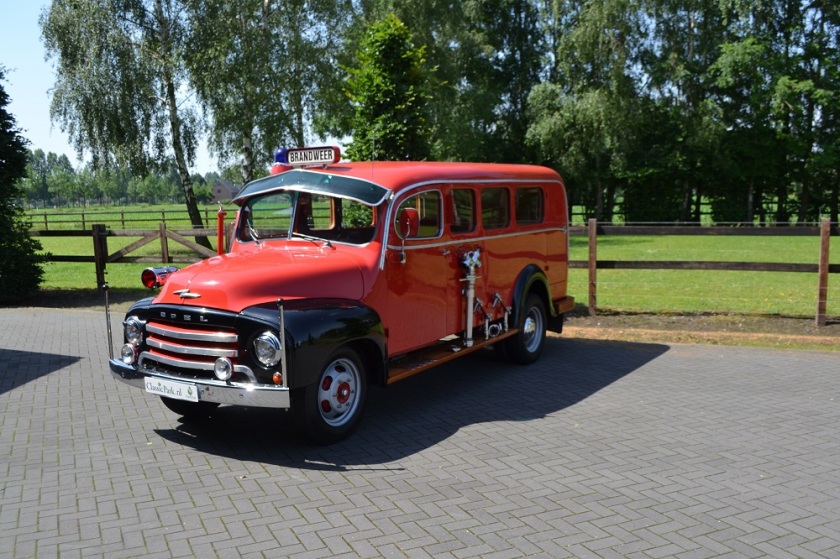
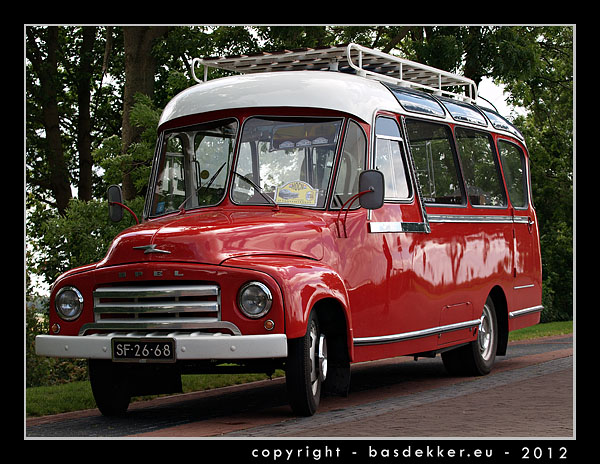
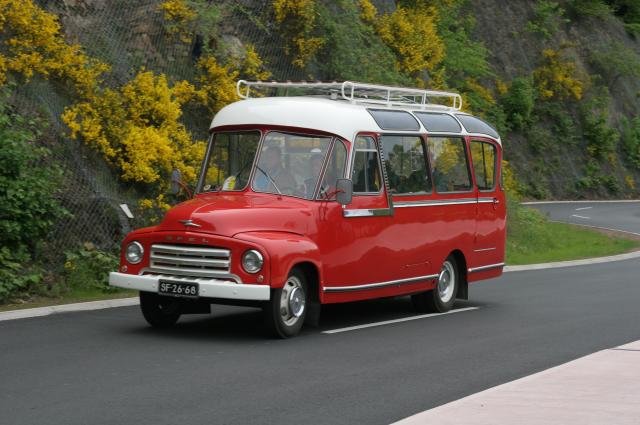
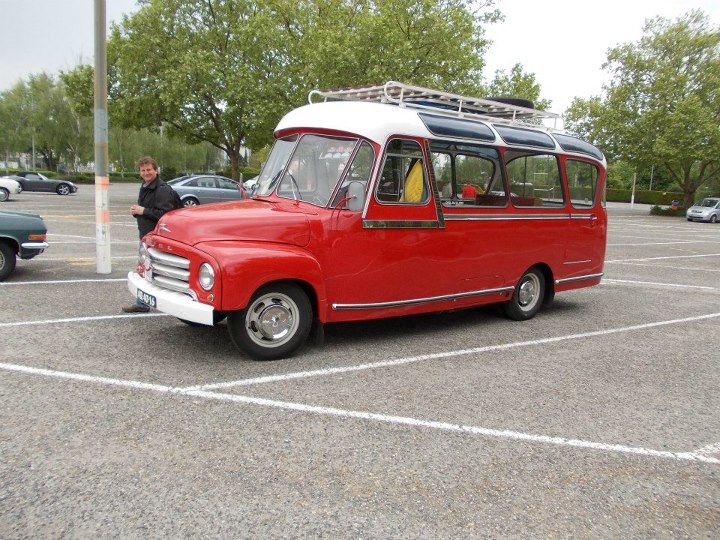
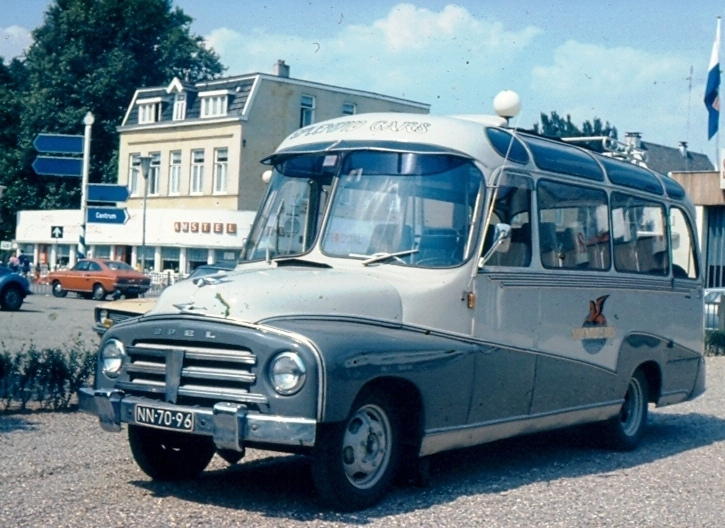
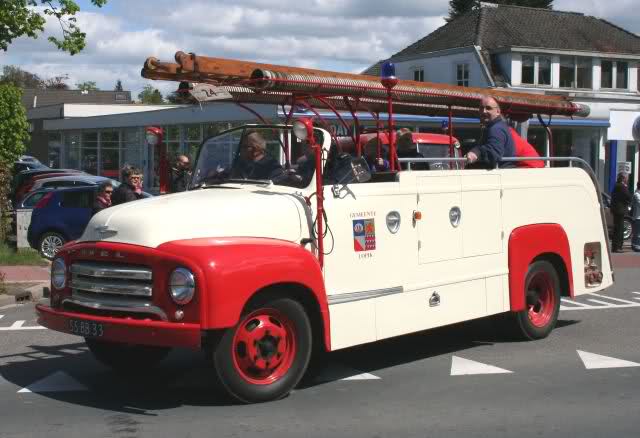
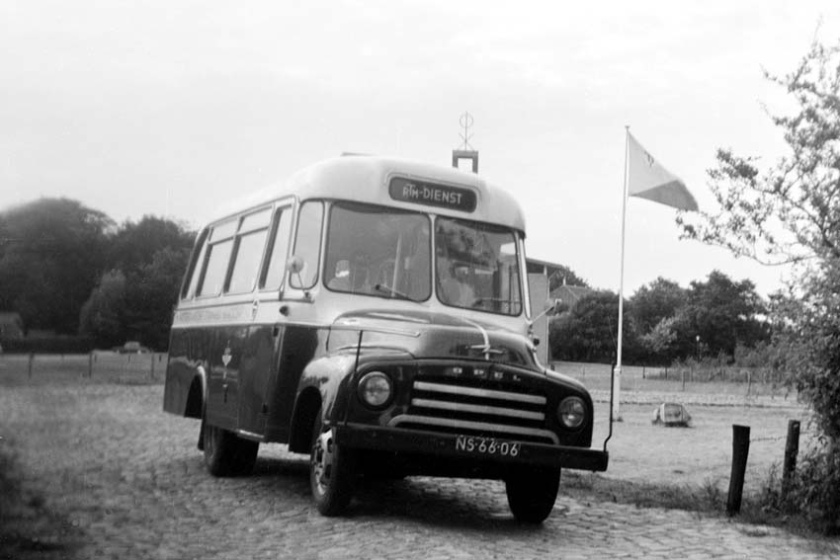
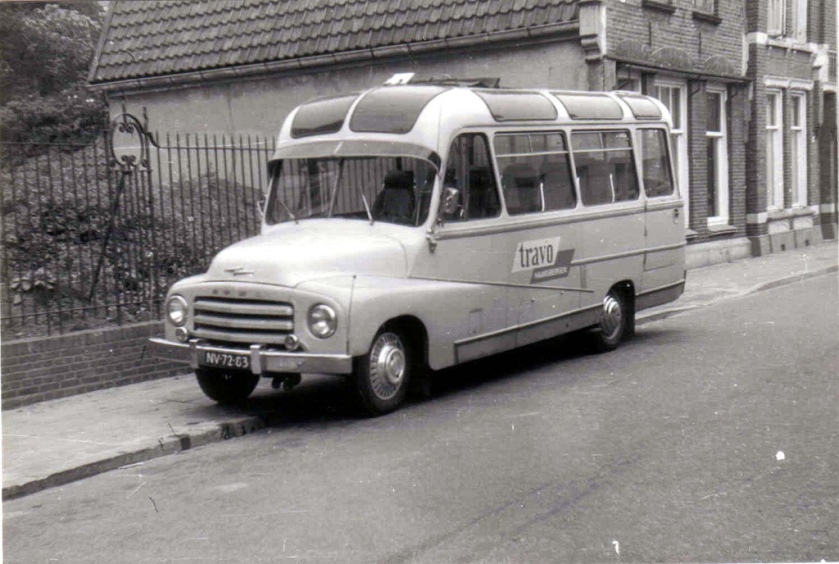
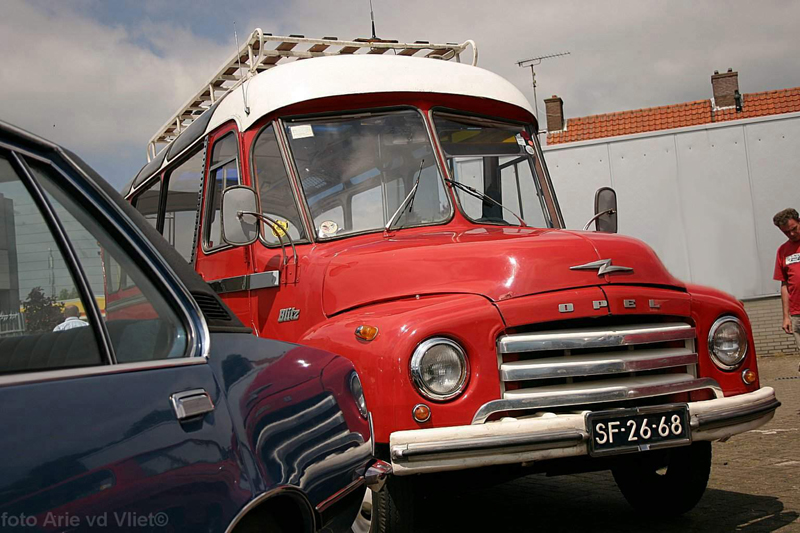
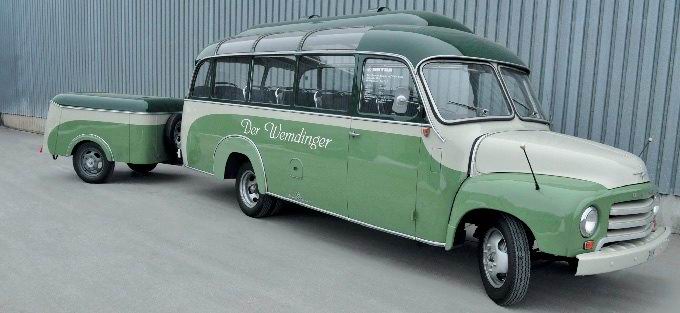
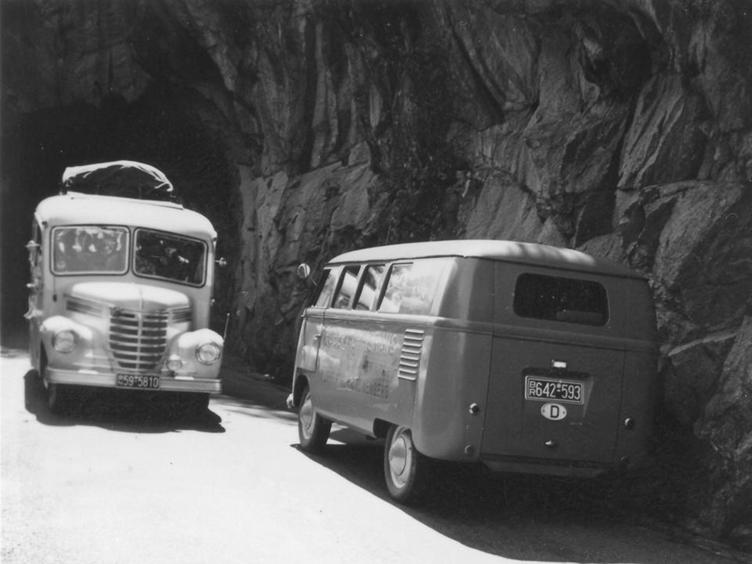
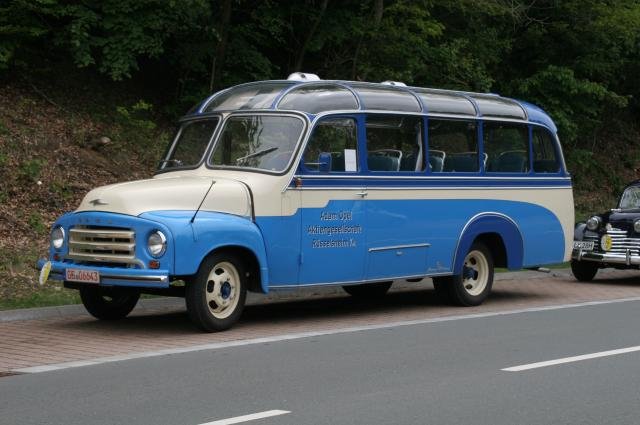
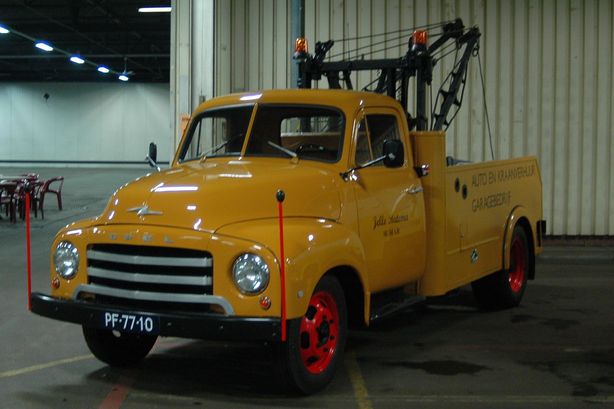
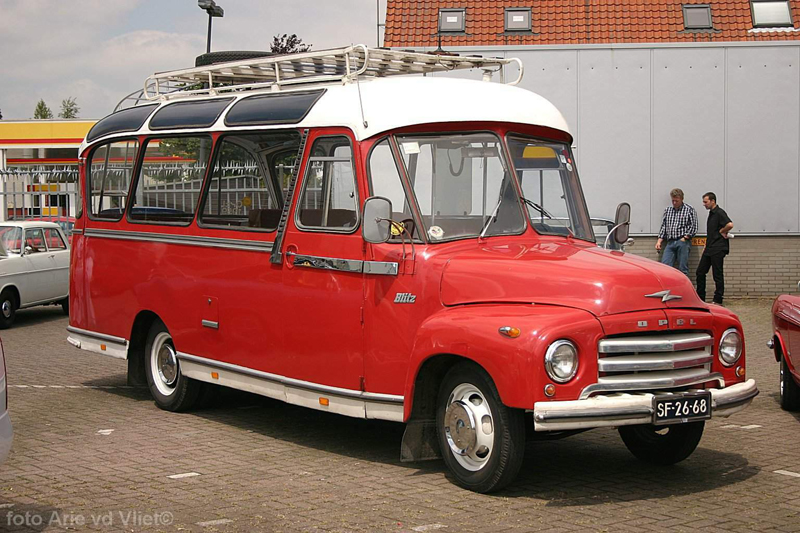
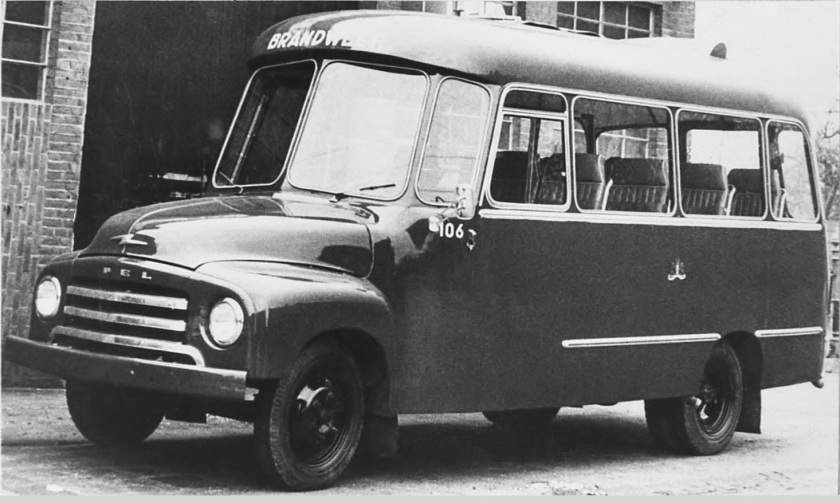
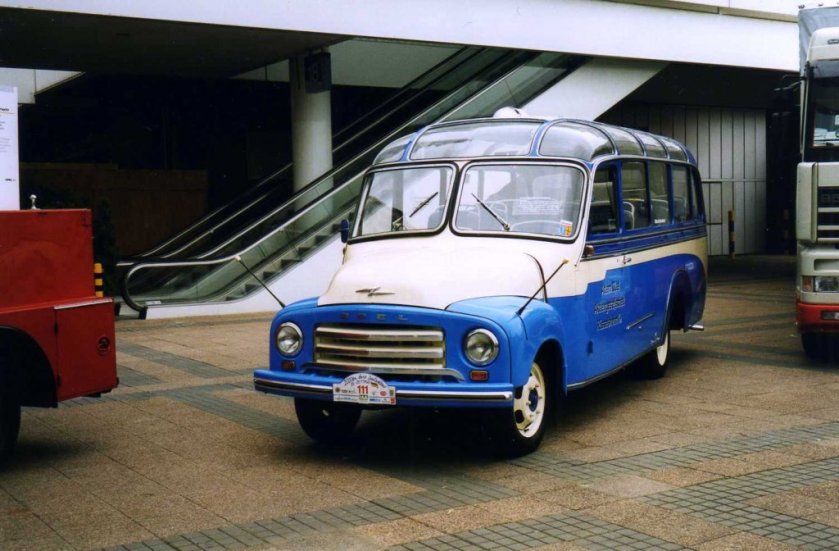
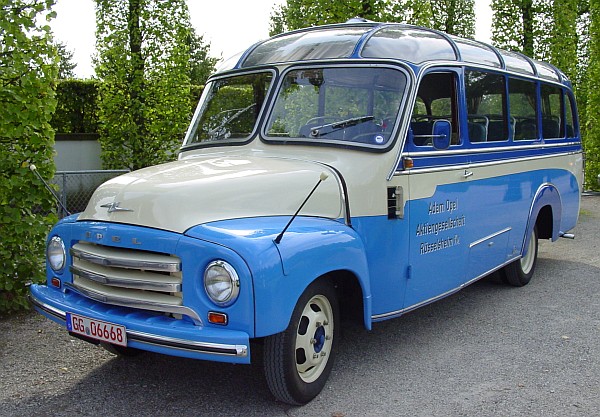
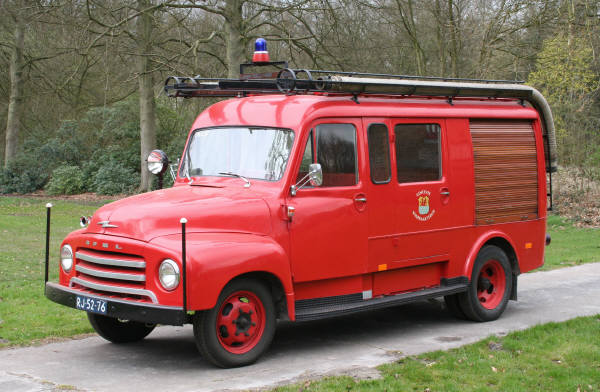
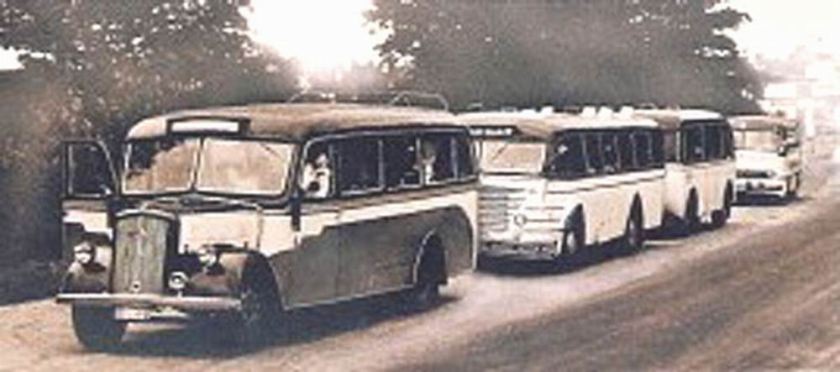
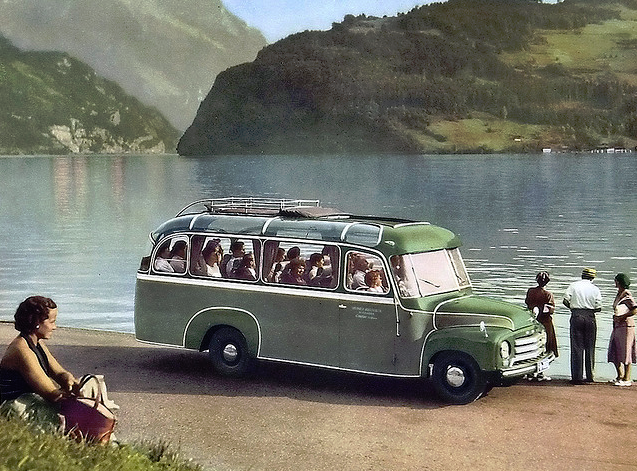
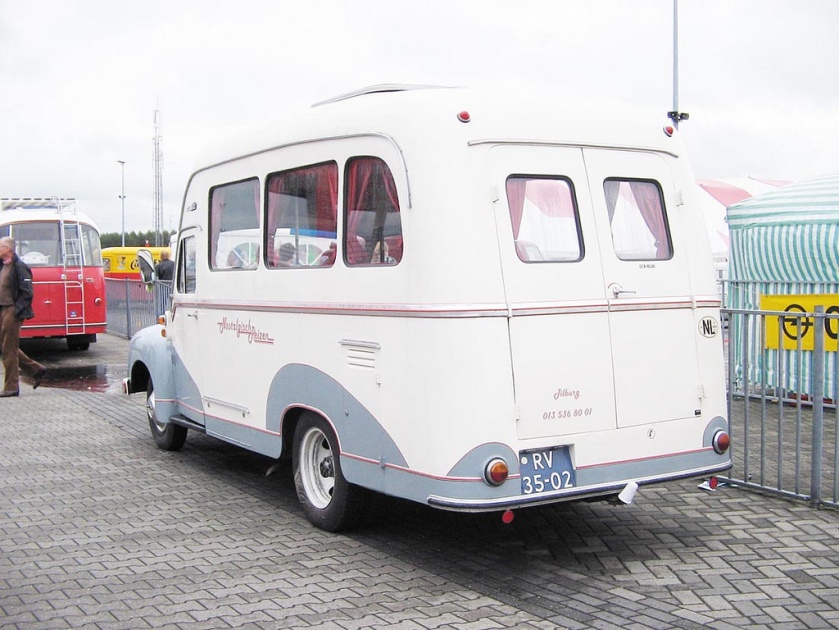
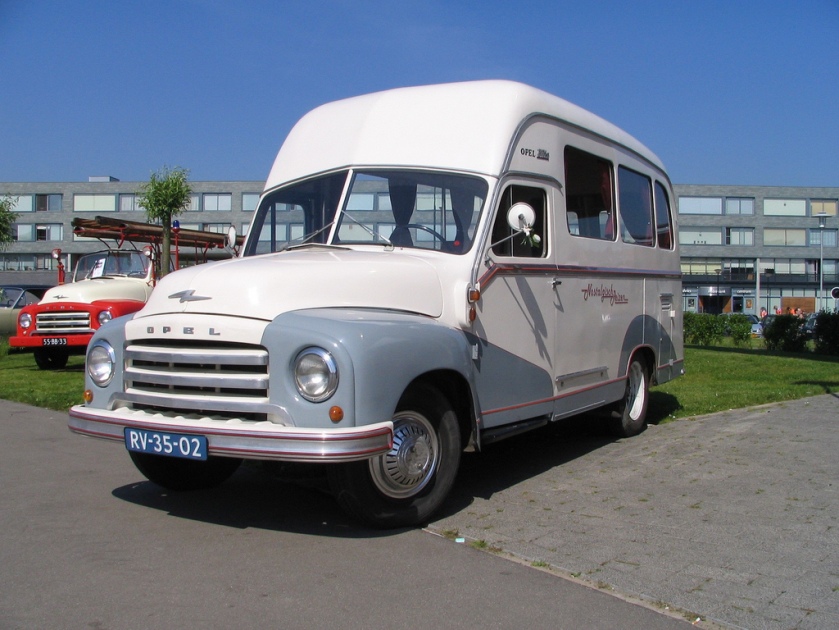
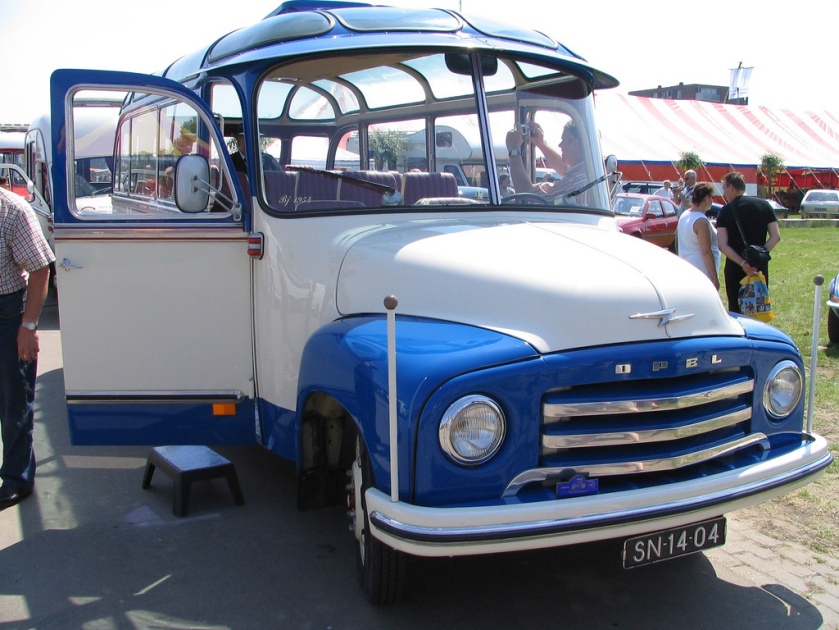
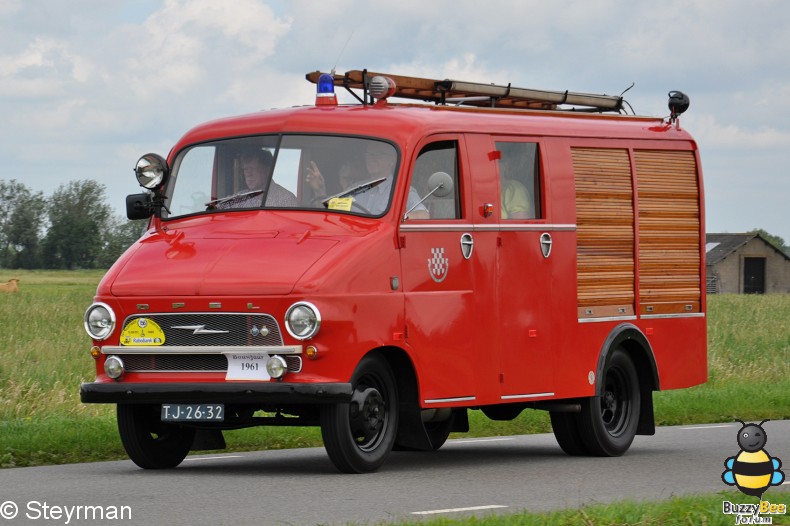
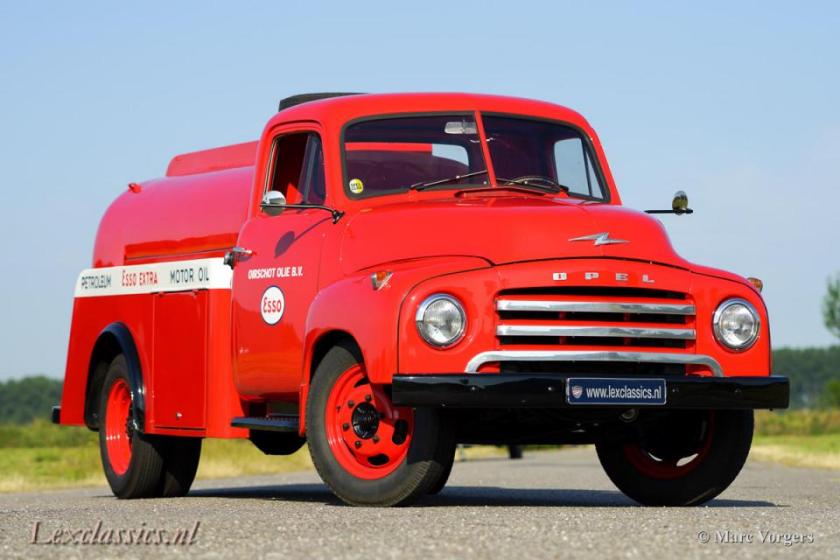
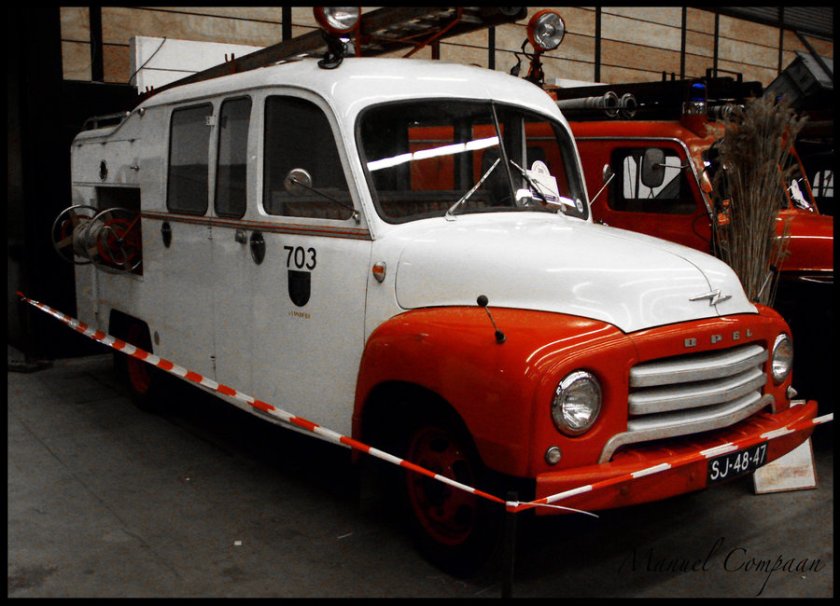
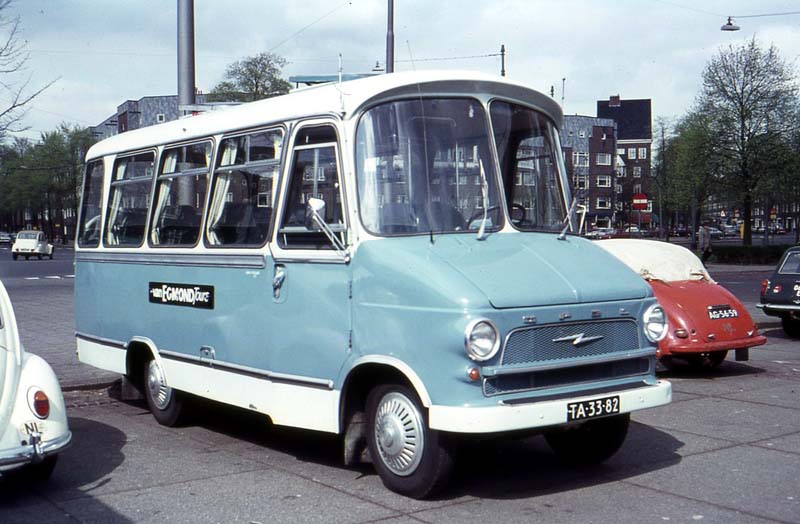
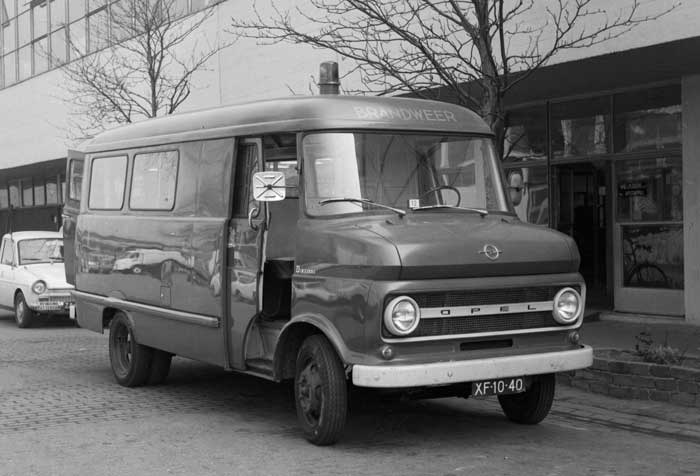
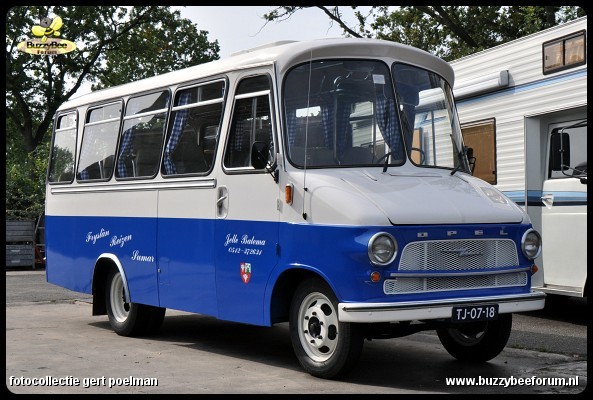
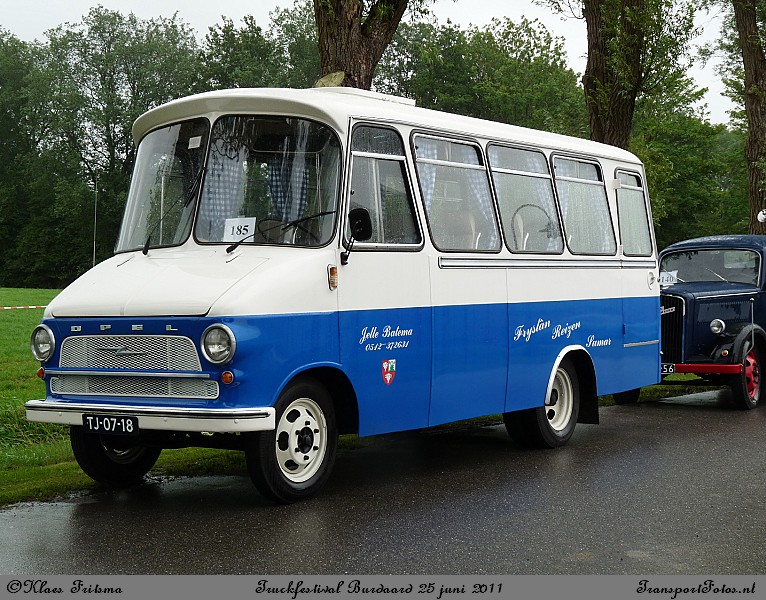
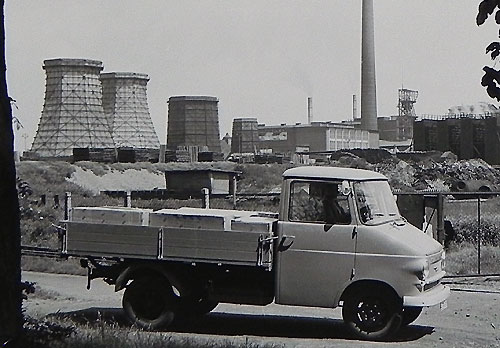
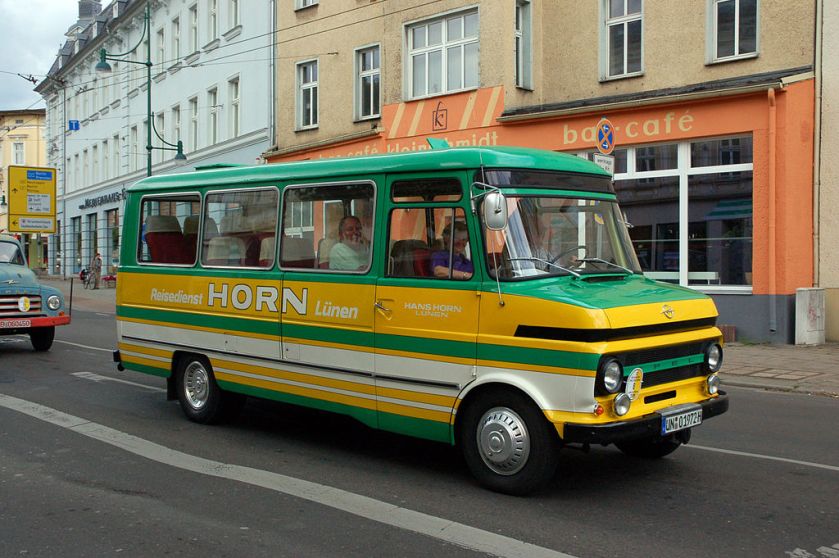
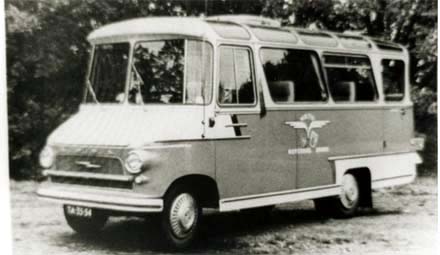

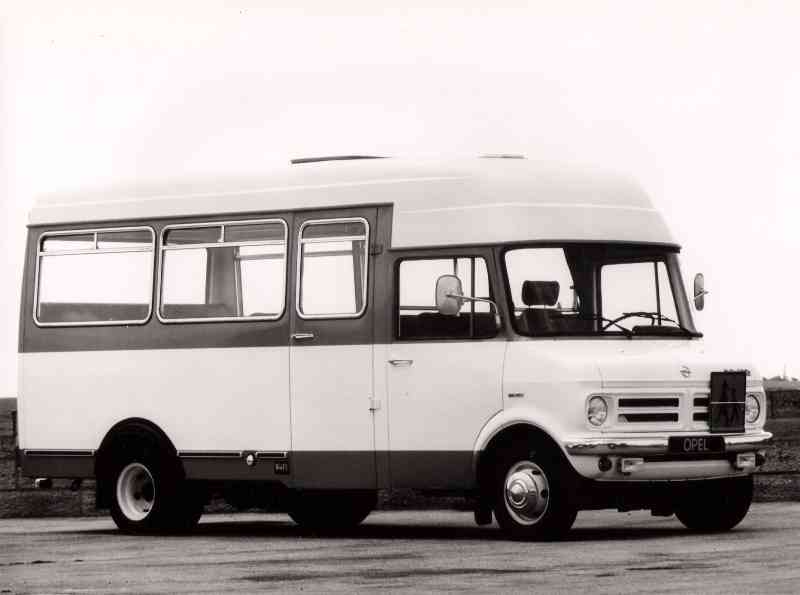
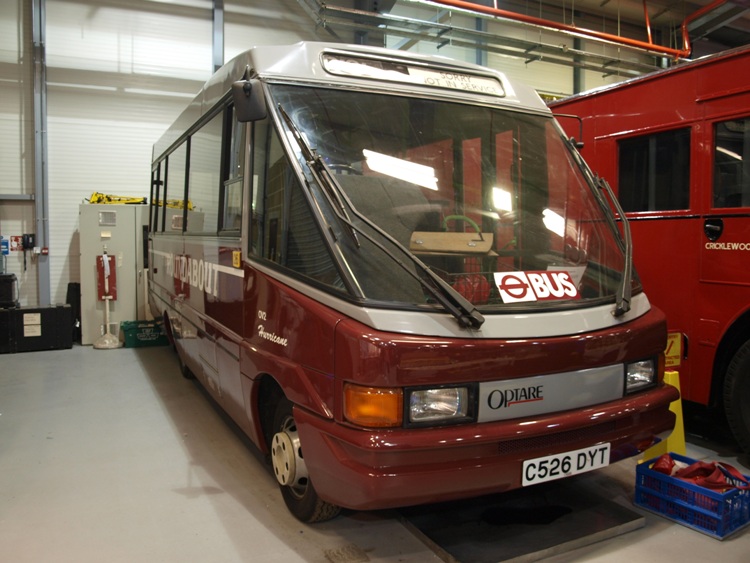
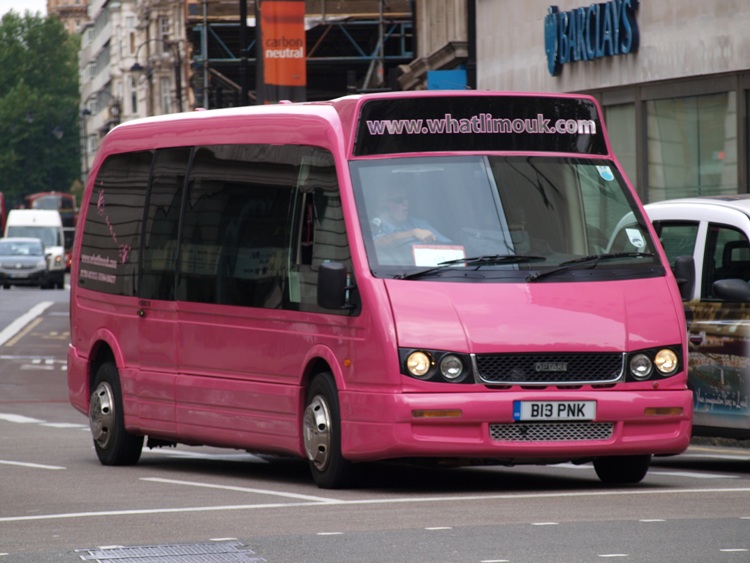
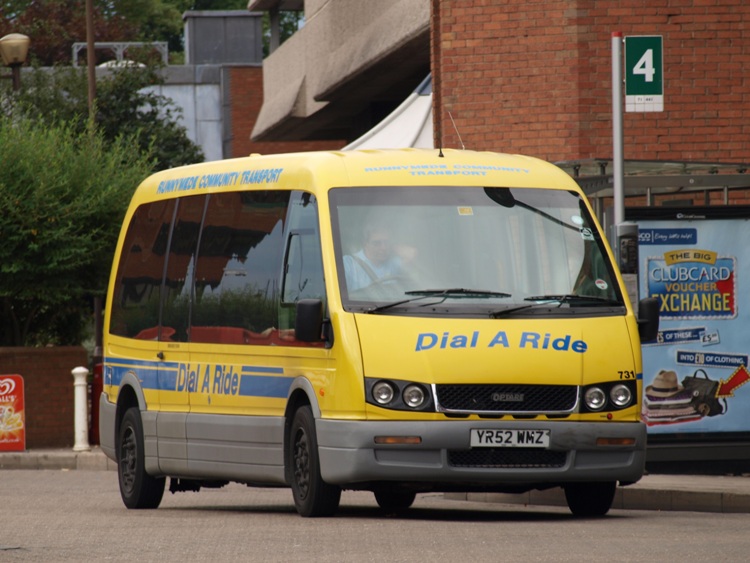
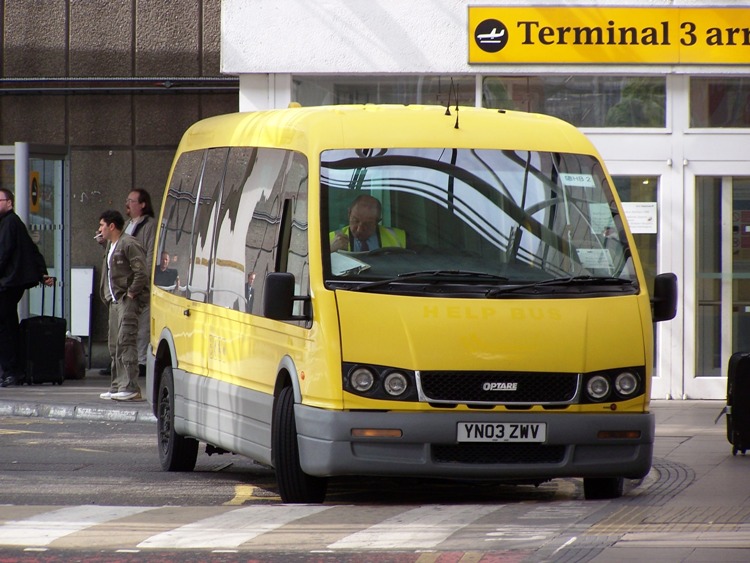
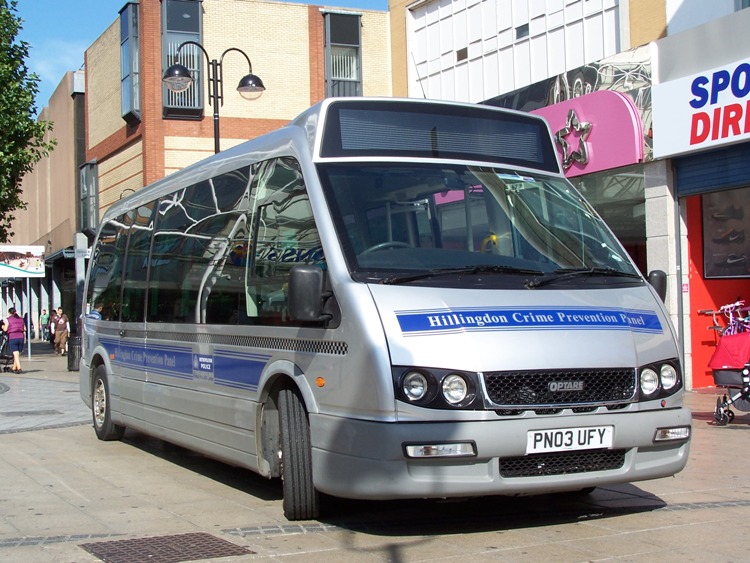
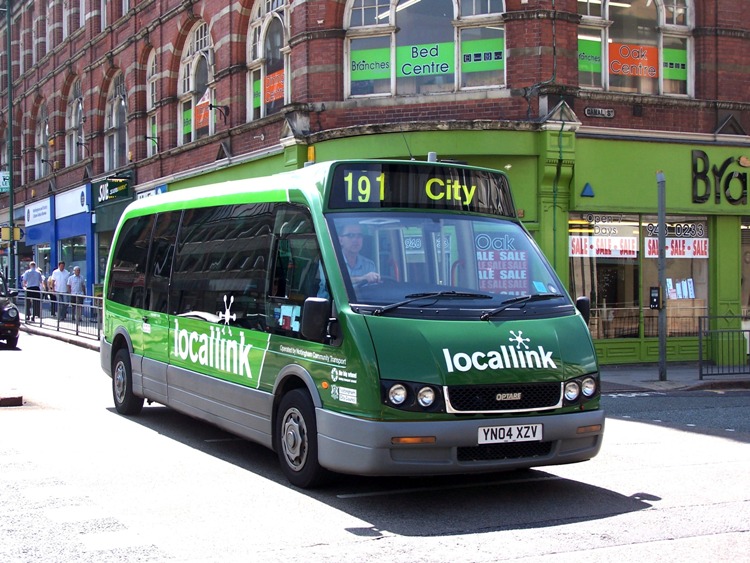
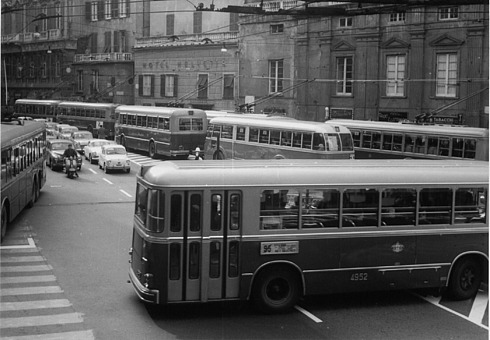
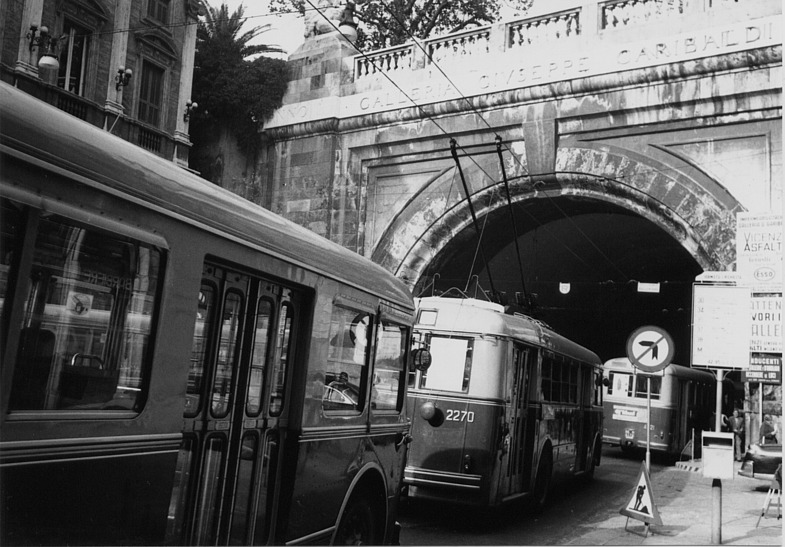
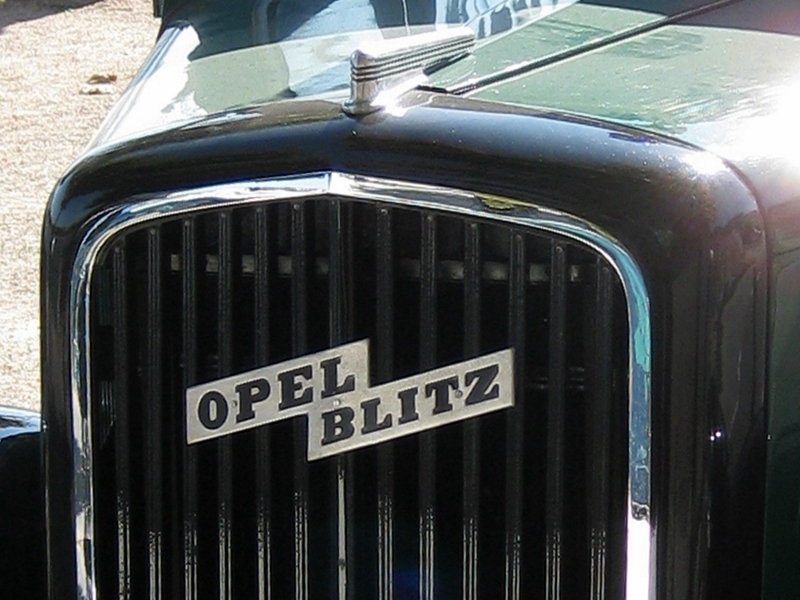
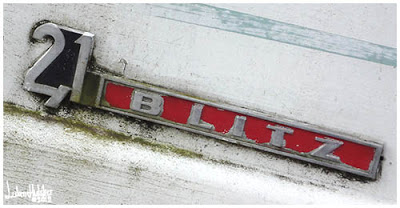
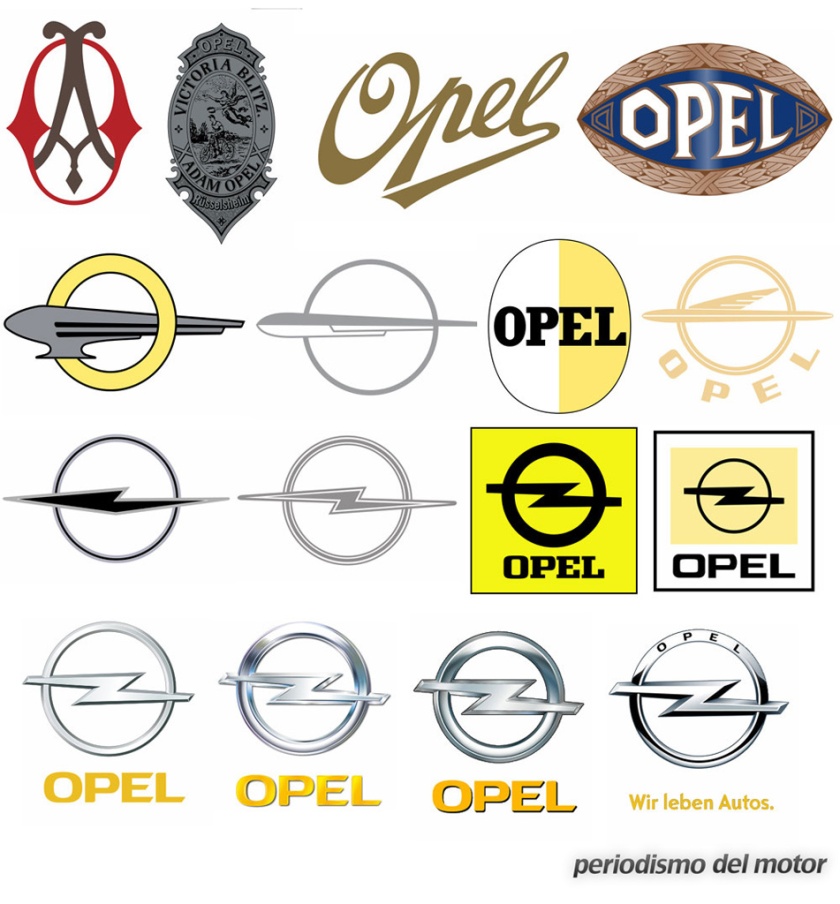
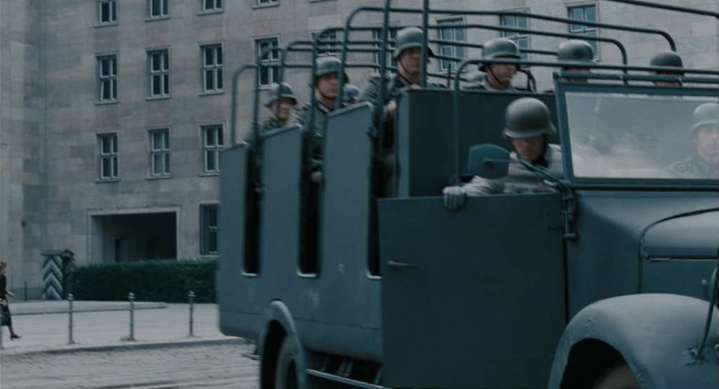
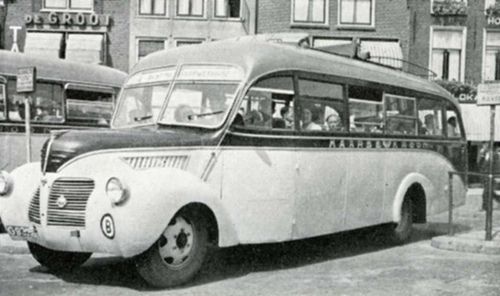
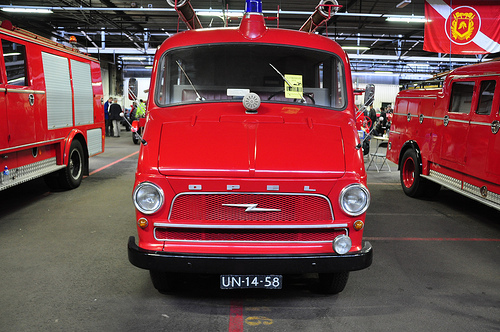
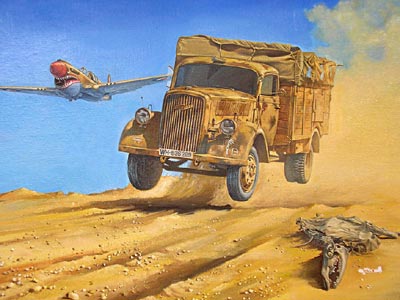
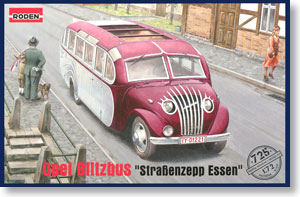
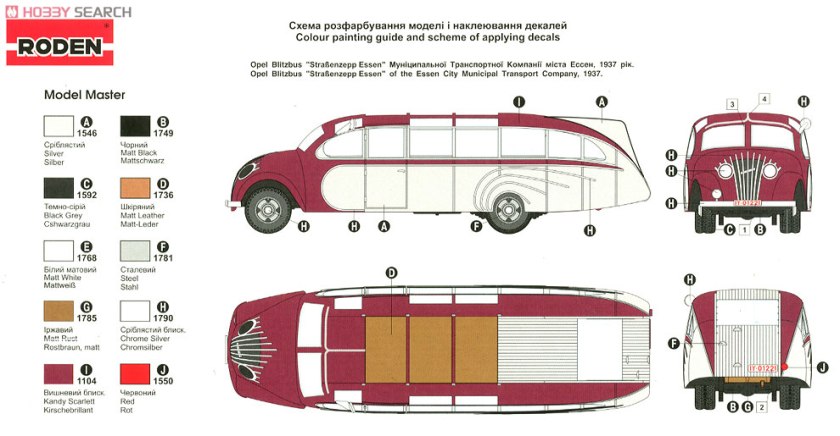
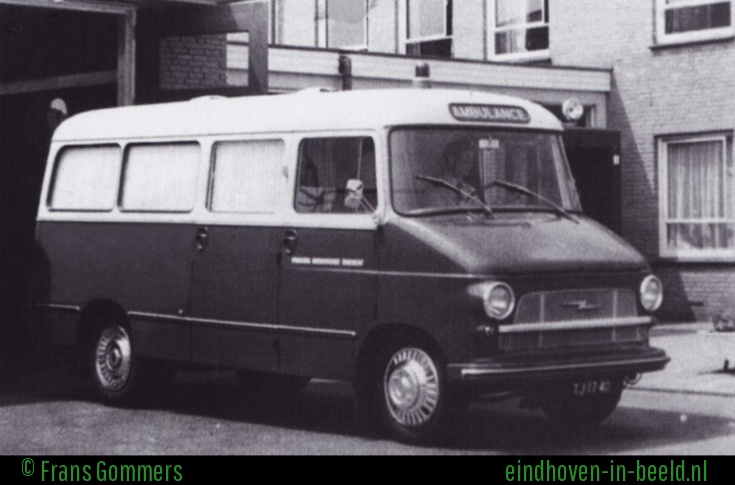
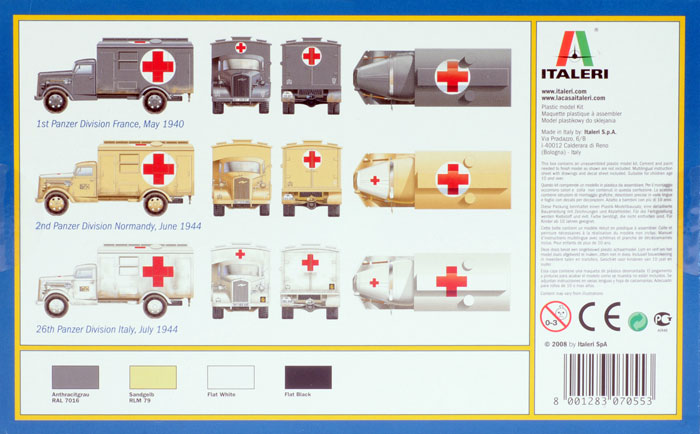
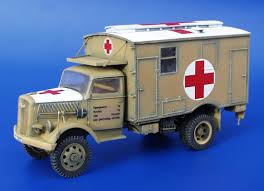
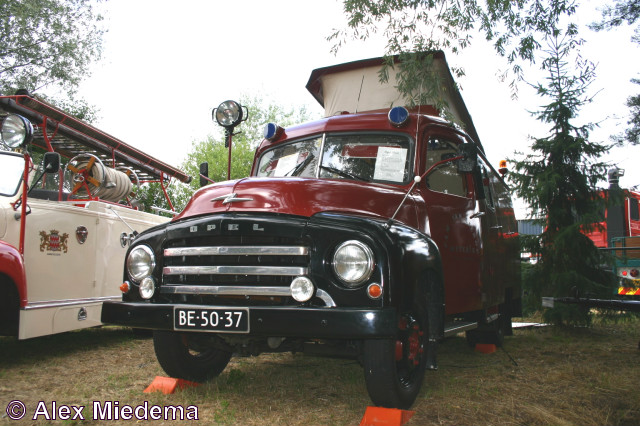
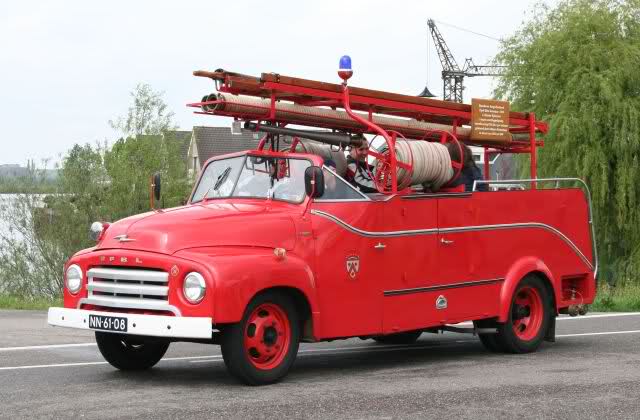
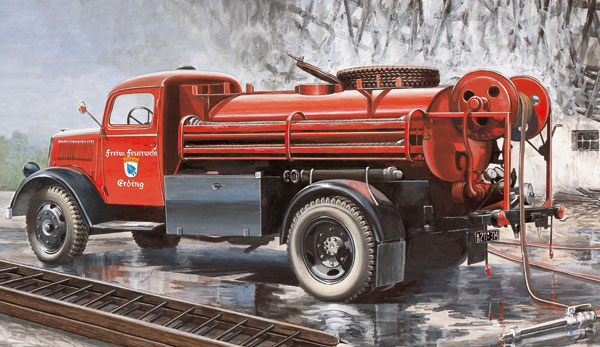
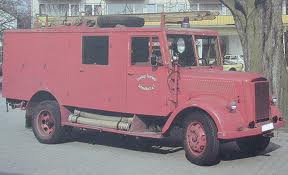
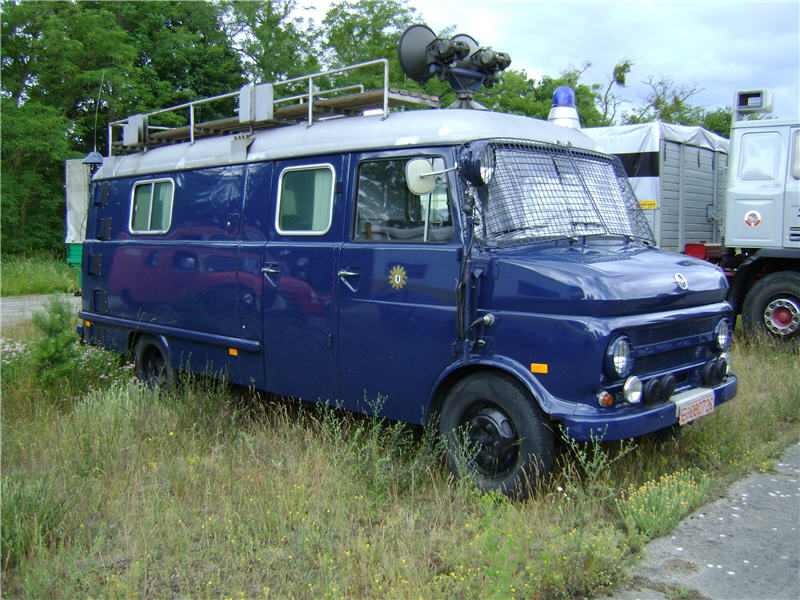
![Opel Blitz Omnibus Strassenzepp Essen [LIMITED to 500px]](https://myntransportblog.wordpress.com/wp-content/uploads/2014/07/opel-blitz-omnibus-strassenzepp-essen-limited-to-500px.jpg?w=840)
